I am a citizen of the most beautiful nation on earth, a nation whose laws are harsh yet simple, a nation that never cheats, which is immense and without borders, where life is lived in the present. In this limitless nation, this nation of wind, light, and peace, there is no other ruler besides the sea.
Bernard Moitessier
I had the most amazing trip, for 11 days, with Eric & Shanley of Pangaea Exploration, and Quincey & Mitch of QM Travels, and a great group of 8 people, aboard Sea Dragon, a 72-feet, 45 tons, steel hulled sailing vessel built initially for an around the world race back in 2000. Today, this sailboat is used for exploration, education, and scientific research. I will try to relate with pictures and writing this adventure.
Day One - Meeting the team & Sea Dragon in Vancouver
After arriving to Vancouver by bus from Seattle where I had spent the previous day visiting friends, I make my way to Coal Harbor to meet up with the group I’ll be spending the next 11 days with. The sailboat, is pretty amazing. It’s the largest sailboat I’ve been on so far and I’m very excited about this opportunity to sail it to San Francisco.
In a pretty funny turn of events, as soon as I arrive, an even bigger sailboat pulls into the harbor, a 240-feet ketch sailboat (ketches are two-masted sailboat whose main mast is taller than the second one, mizzen mast, and the mizzen mast is in front of the helm).
After getting settled and putting down my bags, I hang around for a bit and wait for everyone to arrive.
Once everyone is here, the captain, Eric, gives us an intro speech about the boat and we start learning about all the things we need to know to have a safe journey (the location of all the safety equipment for instance and how to stay safe). After a training about line handling and a few boat systems, we eat a delicious dinner in the warm, yellow sunset light.
After dinner, we get a bit of free time and then prepare to spend the first night on the boat.
Day Two - From Vancouver to Prevost Island
After an amazing breakfast, we get set up with our life jackets, tether lines (to be able to attach ourselves to the boat when we move around, especially at night) and go over some more safety procedures.
After that, we start preparing for undocking, which is a pretty big task compared to the boats I am used. But Eric and Shanley make everything seem so easy, fun and organized so everything goes very smoothly. We head out of the harbor and after getting around Stanley Park, we get ready to raise the sails. With a mast towering at 96 feet, and a huge main sail, it also requires a lot of coordination. As it is the first time, it probably takes us 20 minutes! But the wind is just perfect and Sea Dragon starts going nicely, reaching 7 to 8 knots without any effort.
We see Mount Rainier in the distance.
We sail down the Strait of Georgia to the Southern Gulf Islands and go between two of them through Active Pass which is probably called that way because of all the boat traffic from ferries. We see at least 3 of them plus some sailboats as we get through that pass and continue on our journey to the nearby Prevost Island to anchor, for our second night.
The anchorage is incredibly peaceful and several of us go for a swim in the fresh water.
We then watch the beautiful sunset, have some great food, while some play with drones, or go up to the top of the mast.
The night is equally gorgeous, and we can see an amazing amount of stars including the Milky Way.
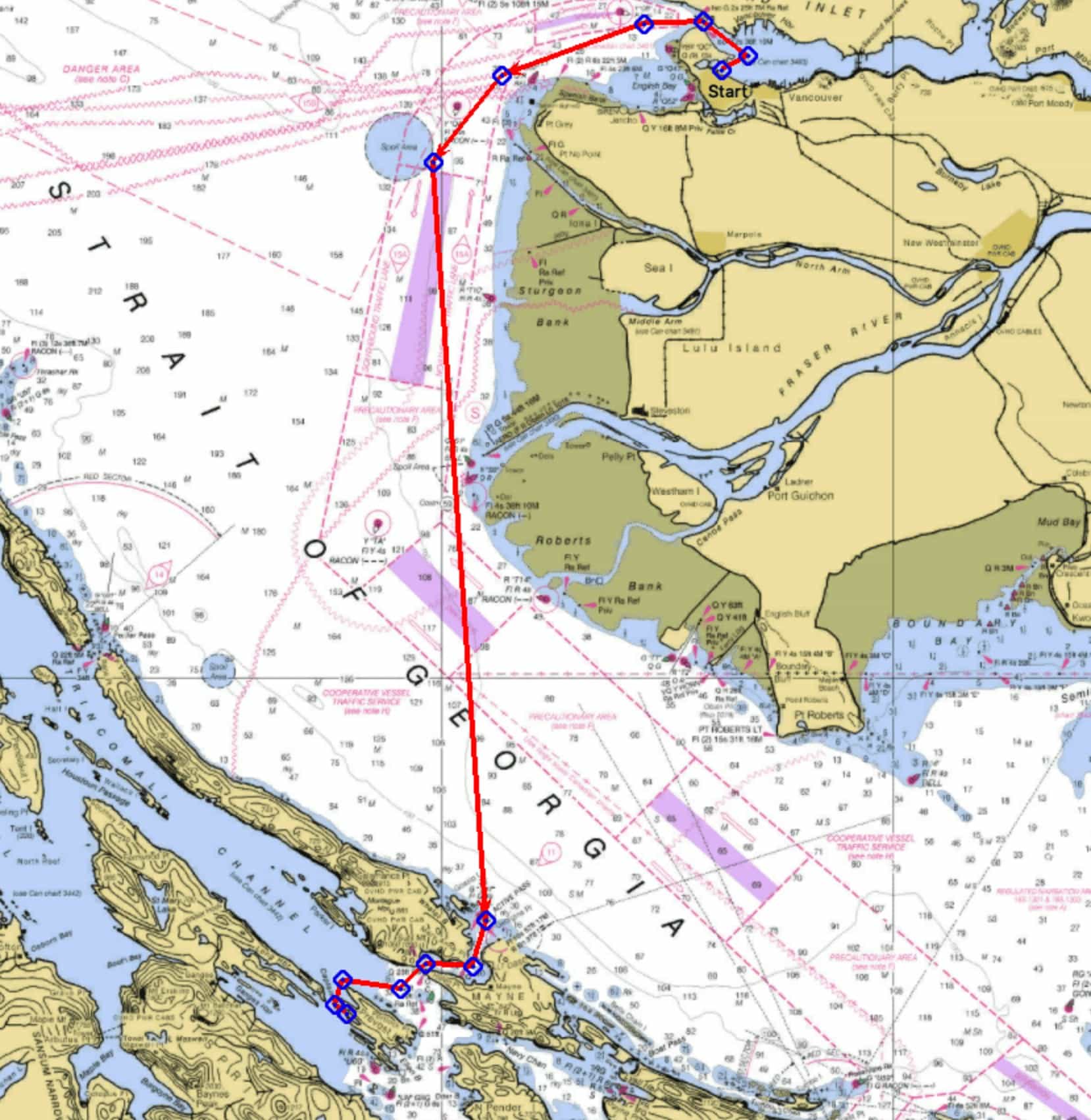
Day Three - From Prevost Island to Poet's Cove
We eat our breakfast watching deers walking around the shore. After that, we set up the dinghy to go on the island. We spend the morning hiking Prevost Island, getting a bit lost in the National Preserve and finally reaching a navigation light at the north west of the Island. On the way back, we stop in a wild orchard to collect delicious and ripe apples.
We then leave the anchorage to go to South Pender Island, and specifically to Poet’s Cove. On the way there, we witness one of the absolute highlights of the trip: a school of Orcas going the opposite way. We try to stay at a distance but one of them swims up to us so close that in fact, the lens I had put on my camera was too big and I only manage to snap a blurry picture of it! My friend Mitch gets very lucky and manages to snap some amazing pictures which he posted to QM Travels’ instagram account which I am posting below.
On Pender Island, we go exploring a bit, and manage to get a glimpse of a rainforest called the “Enchanted Forest” which covers some mysterious marsh wetlands.
After that, we walk back to the docks, hang around for a bit, buy some wine, including some that is produced on the island itself, and I get a cool “Poet’s Cove” t-shirt.
Back on the boat, we enjoy the sunset with some great food.
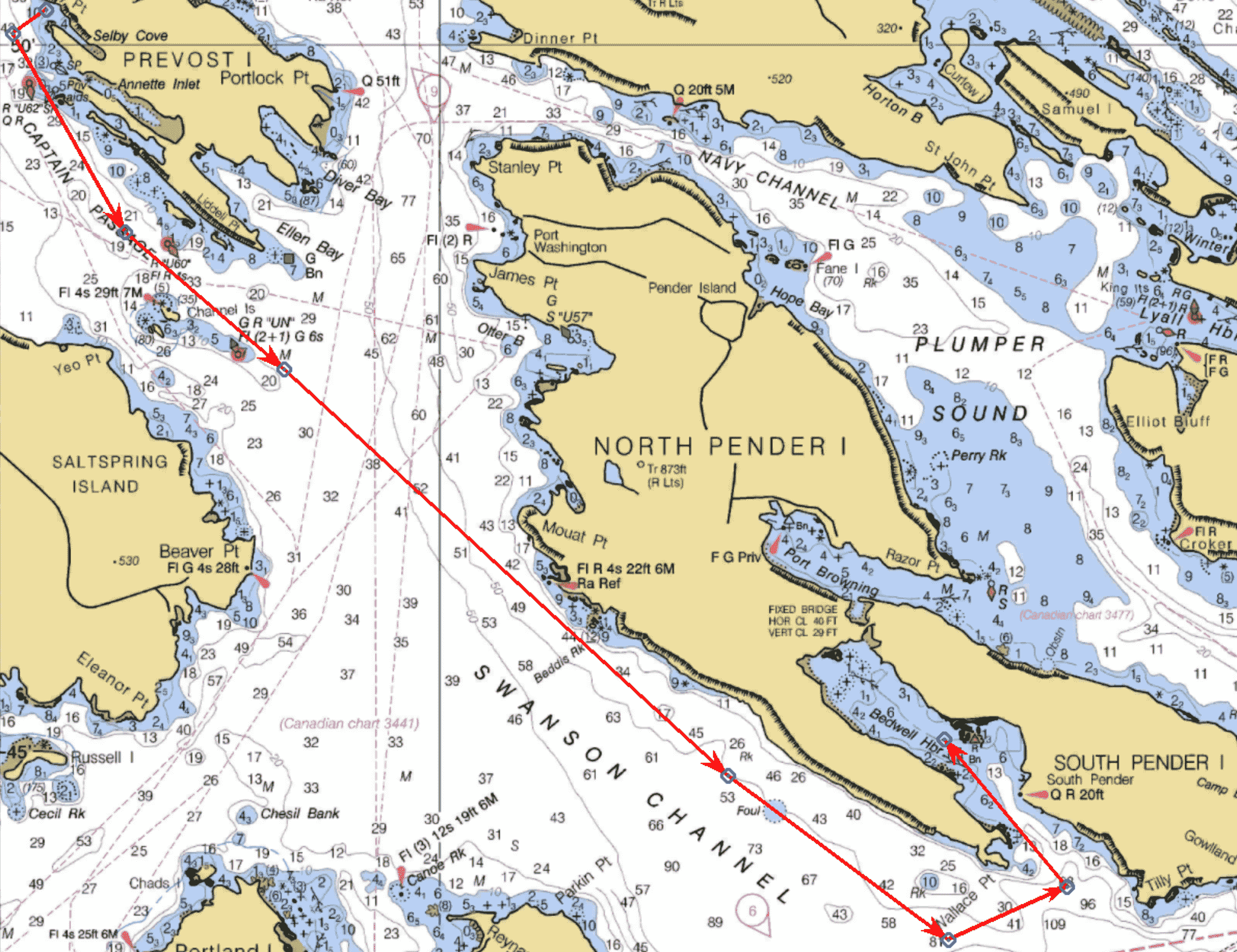
Day Four - From Poet's Cove to Port Angeles
Today we cross the border and enter the United States. We motor down to Port angeles as there is no wind. But the weather is gorgeous. We practice traditional coastal navigation, running fixes, using a bearing compass in preparation of learning how to calculate our position using the sextant using celestial navigation. A running fix is to take a bearing on the same known object at two different times, to calculate the difference in angle, and then to calculate our position using our estimated speed and direction. Very important skills if the GPS doesn’t work, and it was one of the navigation skills required for coastal navigation before electronic navigation came along.
It’s incredibly peaceful and I hang around the bow, on the bow pulpit, flying over the water.
After lunch, Eric and Shanley take out the sextants and teache us on how they work, how to tune them before taking a measurement. We then practice taking sights. The idea is to align the sun with the horizon using two mirrors. By aligning them, you are able to measure at what angle they are. And from there you can calculate latitude when do it at noon (sun noon), and longitude if you take two measurements at different times and do a running fix.
We raise a yellow “quarantine” flag when we cross over from Canada to the US as it is customary when a ship needs to be cleared. We clear customs using an app and it’s a pretty interesting experience: all happens without leaving the ship. A customs agent clears us via video.
We reach Port Angeles where we will be docking for two nights and settle down a bit. We are able to take a nice warm shower and I go walking around town and explore for a bit.
Later in the evening, we get to meet some of our dock neighbors and listen to their sailors stories. One person in particular gets around the dock on a modified segway because he has partly lost the use of his feet. But it doesn’t stop him from going sailing in sometimes rough seas on his sailboat, a Beneteau First 10.
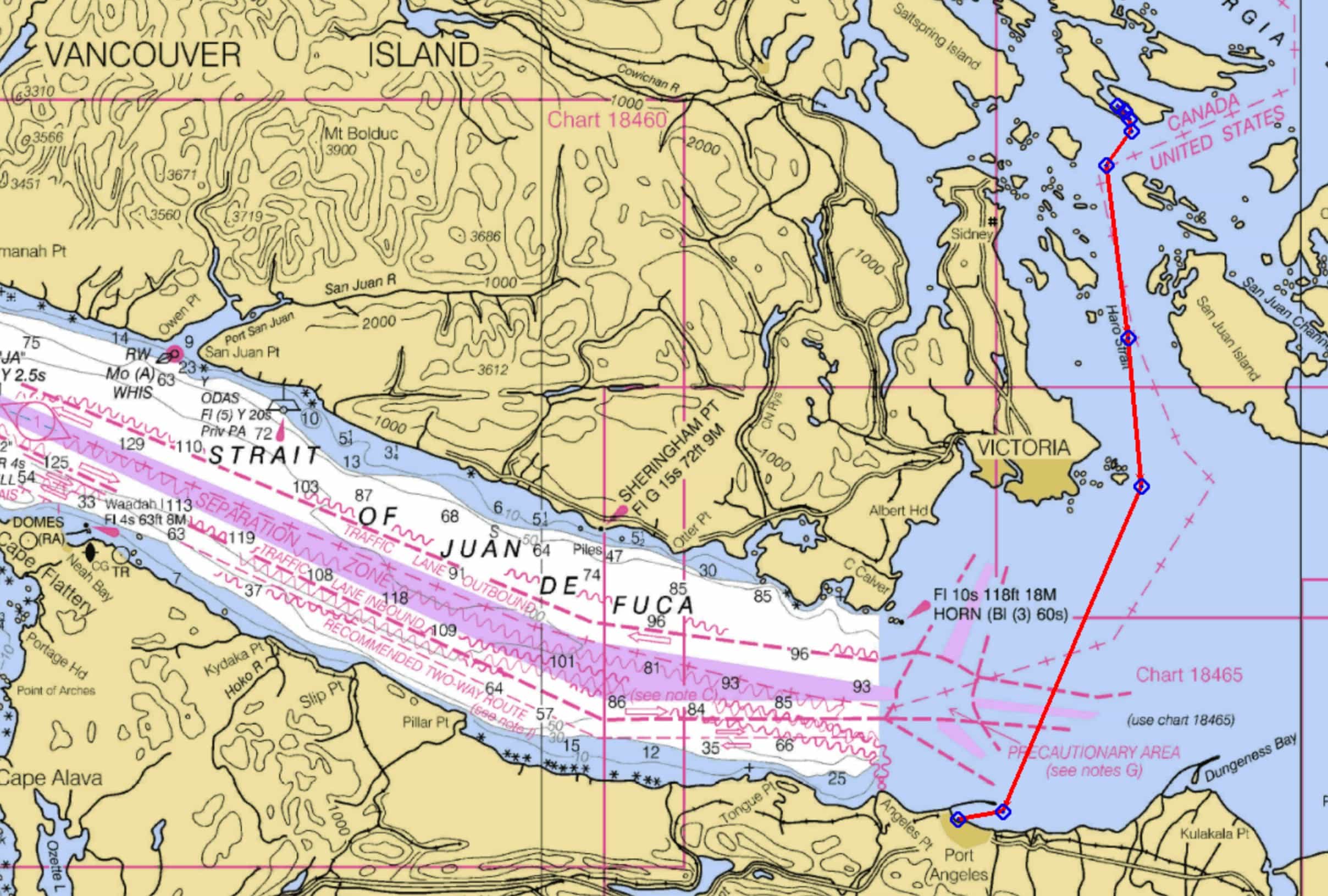
Day Five - Exploring Olympic National Park and Peninsula
In the morning, we meet a really nice cat, that likes to hang out at the bow of its owner’s boat so that people walking by can give the cat lots of snuggles. One of the most cuddly (and smart) cats I’ve ever met.
We rent a car and go exploring on land for the day: we head up to Hurricane Ridge, one area of Olympic National Park. The park is so lush and green. The landscape is amazing and we see glaciers in the distance as well as Mount Olympus and an endless amount of forests.
We get to witness also a peculiar operation: helicopters with flying goats! Goats were introduced before the area became a National Park and protected and unfortunately they are now disturbing the ecosystem and even attacking hikers (for the salt in their sweat!). So the Park Service has decided to put them back to where they initially came from and decided on flying the goats using helicopters (after sedating them and blindfolding them).
After a few hikes, we go back to town for launch and I check out a really nice bookstore where I buy a copy of Master and Commander by Patrick O’Brian.
After lunch, some of us continue the exploration and visit some tide pools in an area called Salt Creek on the coast, and then head inland again to check out Lake Crescent which has a really nice turquoise color.
It starts to rain a little and we get back to the boat for another wonderful dinner.
Tomorrow we are heading out in the ocean, the big blue! We start discussing watching teams and watch schedules before going to bed to get some rest for our final “full” night before the end of the trip. While we will be in the ocean, we will be sailing the boat non-stop.
Day Six - Down the Strait of Juan de Fuca
We get an early start and start preparing to go to sea. We do more security briefings, especially around (accidental) person overboard recovery in the ocean as it is much more difficult because of the swell. We check out various methods, including sending a swimmer (with a line attached to that person). As the boat is so tall, we can’t simply pull a person out.
After finishing the preparations, we leave the dock in a thick fog. We put a person at the bow to make sure we don’t run into anything. Boats suddenly appear out of nowhere.
We motor down the strait of Juan De Fuca to get out in the ocean. The fog does all sorts of interesting things in the distance and at times looks like yellow cream.
As we reach Cape Flattery which marks the beginning of the ocean, we are greeted by a humpback whale which shows us its tail!
The wind finally starts picking up from the south so we raise the head sails: the two of them, a jib and a staysail (The main was already up as we were motorsailing). The watch system starts and each team sails for 3 hours and rests for 6 hours. My team’s first 2 watches are 18h to 21h and 3h to 6h. I really love the night sailing and there is an incredible amount of bioluminescence.
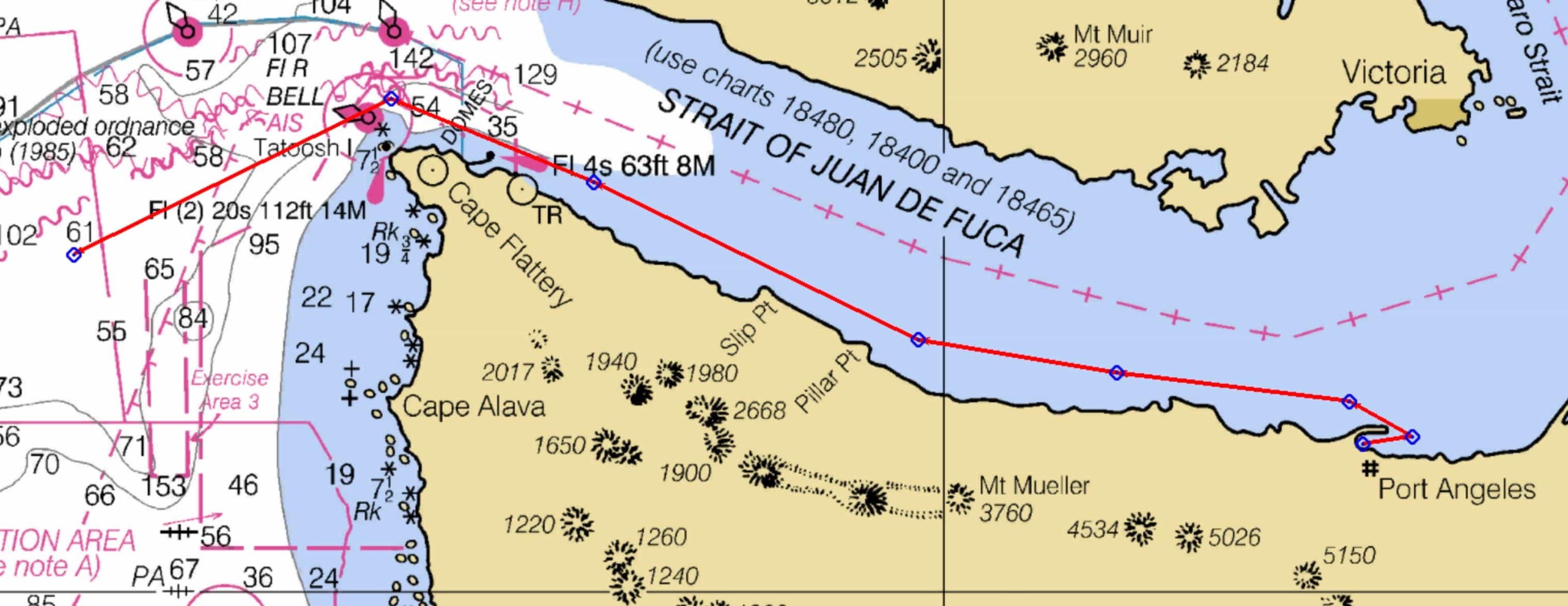
Day Seven - Upwind down the coast of Washington
The prevailing winds are not prevailing and we have to go upwind on a close-haul which is the most uncomfortable way of sailing while out in the ocean. During the night, a few squalls hit us. Squalls are small storms that don’t last very long but often bring lots of rain and the winds go up and sometimes from a different direction. We encounter a lot of fishing traffic and get pretty close to one fishing vessel during the night. We have to keep a constant watch as those ships don’t always show up on the AIS system. AIS stands for Automatic Identification System and is used by almost all commerical traffic at sea to send the position of a boat and all sorts of information, but some boats don’t have it so as there are exceptions, we need to be careful, even in a big wide open ocean. It’s surprising how many times we end up on collision courses.
In upwind conditions, it’s also much more common to feel seasick as the boat is heeled and bashes into waves, and I do feel it for a couple hours, but luckily, it mostly passes after throwing up once. After that, I did feel very queasy a few more times but was able to keep it under control.
We end up sailing upwind for 2 days which is a very interesting test for the whole crew. We end up being about 150 nautical miles from the coast (277 kilometers or 177 miles).
The wind goes up at certain times so we have to put a reef in (which means lowering the sails slightly, a sail usually has 2 or 3 reefs).
A nice routine sets in with the watch system. Lunch is at 12h and dinner is at 18h.
Being seasick, I don’t end up taking too many pictures this particular day.
On the afternoon shift, we get more squalls and see a spectacular sunset.
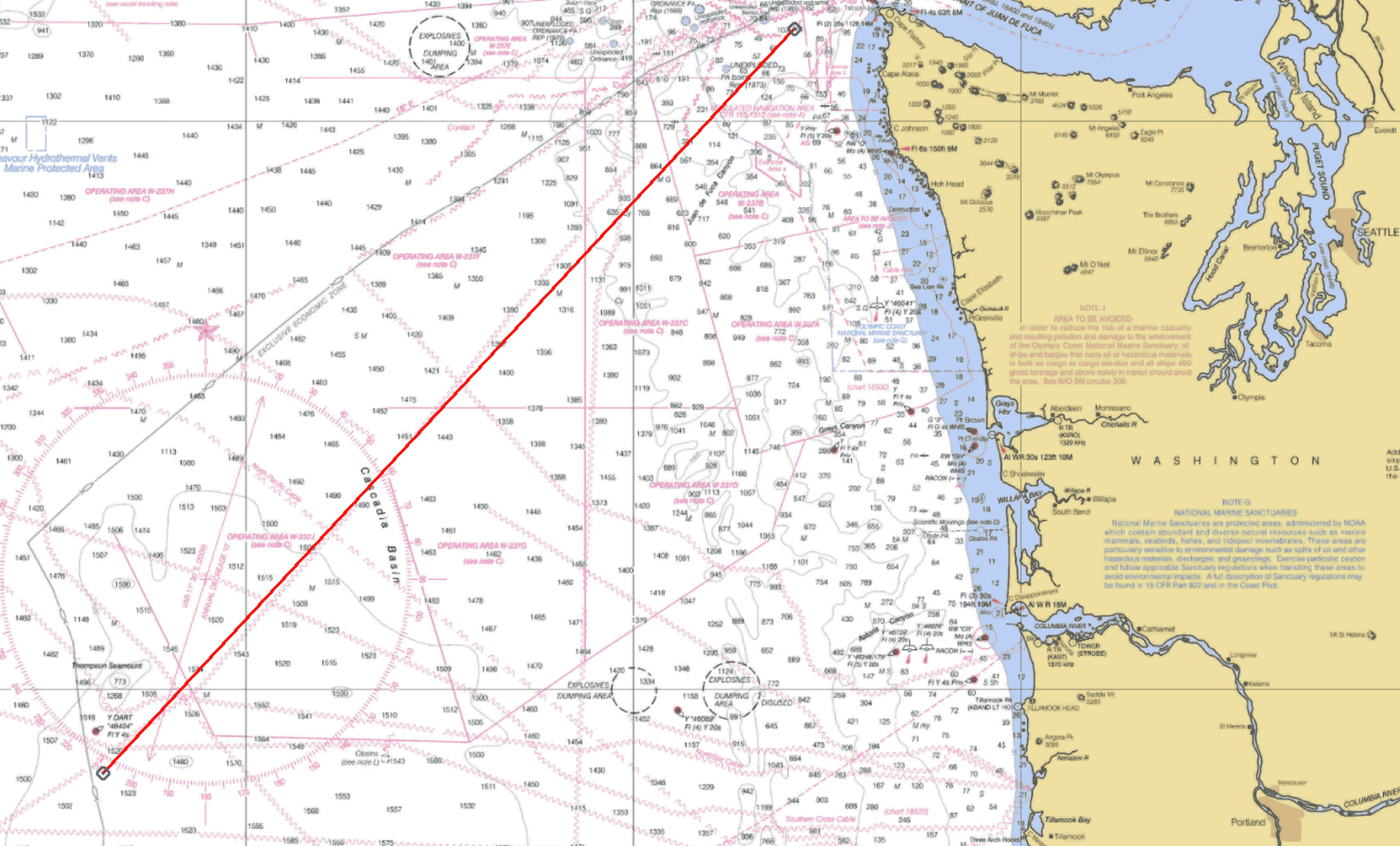
Day Eight - Out in the Pacific, tacking back towards the Oregon coast
We get see some amazing stars at night, and more bioluminescence.
We dodge tankers. We cross paths with one at 9am called Captain Jackson which responds to our call on the radio by a placid “we will respect the rules”.
As we had tacked the boat (turned it 90 degrees to go upwind on the other side of the boat to go back towards the coast), around 13h, we see land: “Land Ho!”. We sea lots of birds and some amazing dolphins around 17h which give us a really nice spectacle. They jump all around the boat. These are Pacific White-Sided dolphins.
In the afternoon, the wind starts to drop as the south winds disappear, and it will take another 12-16 hours for the north winds to come, so we motorsail for the rest of the day.
Around 19h, we see whale spouts in the distance.
At night, we see dolphins again which trigger the bioluminescence by their quick movement and they look like torpedos coming to the ship!
Later on, we must be going through a big school of fish, as there is bioluminescence all over the place.
On this second night at in the ocean, I am quite tired, and sleep like a rock after my watch.
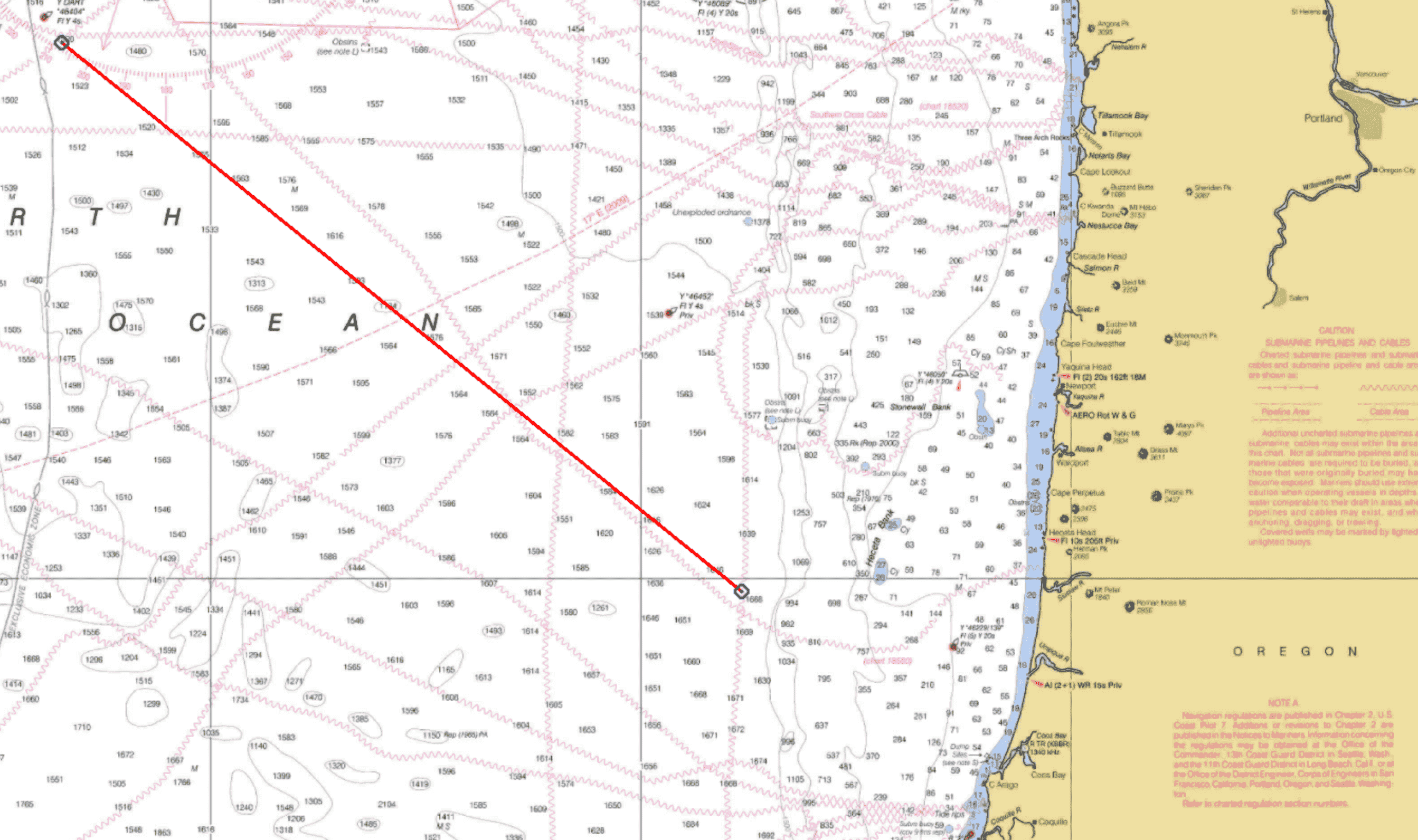
Day Nine - Downwind from Oregon to California
It’s a very nice, sunny and warm morning, as the wind is going the same direction as the boat (and is not yet strong enough). So there is no apparant wind so things really start to heat up on deck.
True wind is the wind that you would feel if you are completely stopped. Apparant wind is the combination of the true wind and your movement which is what you almost always feel when you are on a boat and it is at a different strength and direction depending if you are going upwind, downwind, or if you have the wind on your beam (your side).
But thankfully, the wind gets stronger and stronger and we are able to set the sails again, and this time it is downwind! We start to have an incredible sail, in perfect conditions, sliding down waves and getting pushed forward. We start to sail wing on wing (the jib on one side, the mainsail on the other).
Again, we see an amazing sunset.
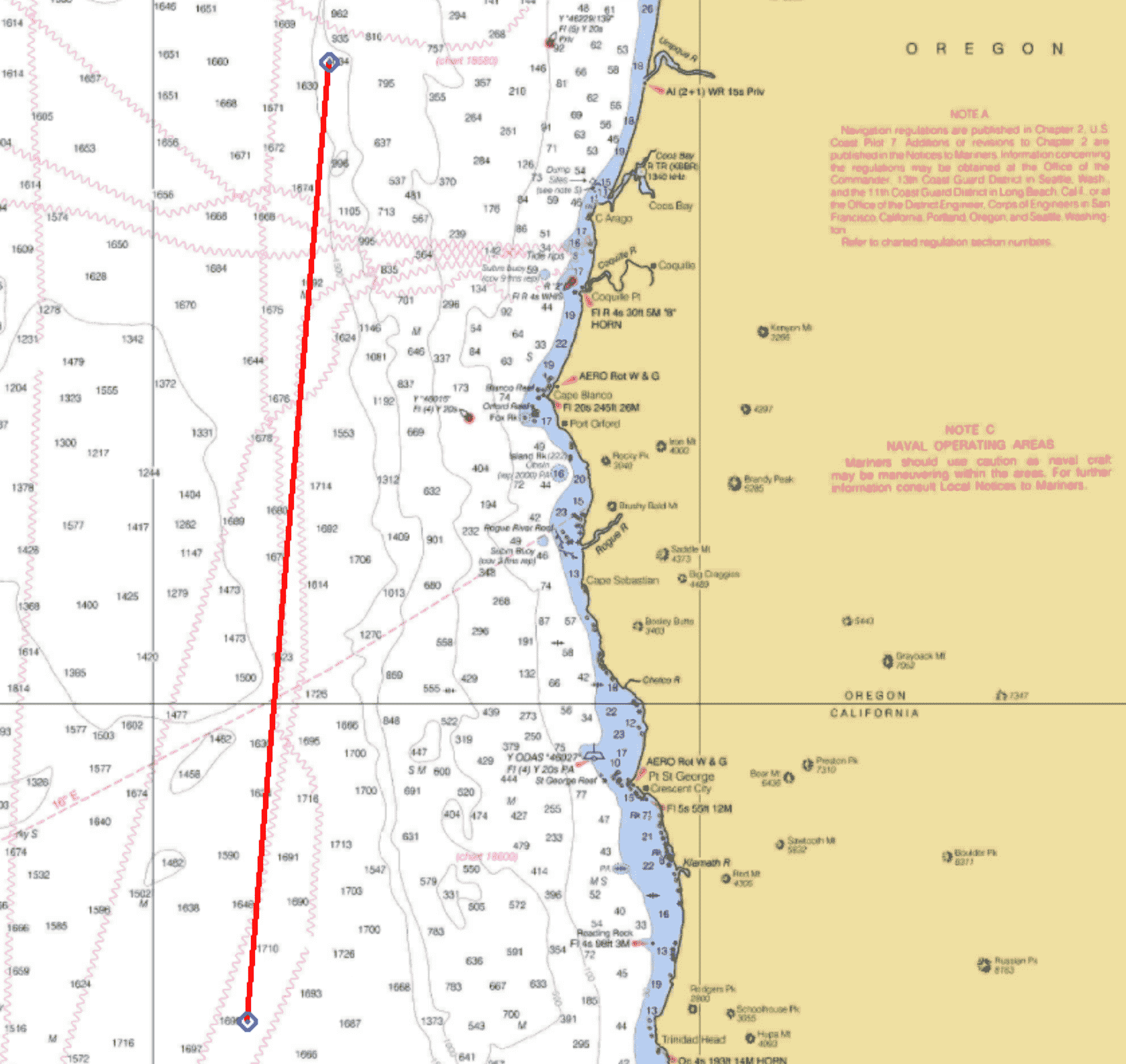
Day Ten - Out in the Pacific, down the California coast
More amazing downwind sailing, as the wind is quite strong at around 20 knots. We did more than 200 nautical miles in one day (370km). There is this feeling where everything is perfect, the sea, the wildlife, the people, the food.
We get another visit from the dolphins who spend 20 minutes swimming next to the bow of Sea Dragon towards the sunset. It’s the most amazing experience to see them jump around.
We see yet another great sunset as the wind starts building up more.
During the night, Sea Dragon is surfing down waves at pretty amazing speeds. At some point, we reach 12.5 knots (and are usually above 8 to 9 knots).
lI’ll always remember surfing down waves at 11-12 knots in a 25-30 knot breeze with a sky full of stars.

Day Eleven - Gybing at night at the Farralones, Fog, Entrance to the San Francisco Bay
During the last night, we need to gybe the boat to head towards San Francisco. Gybing (opposite of tacking) means turning the boat when the wind is coming from behind, and it switches on which sides the wind is coming from. It takes more effort and requires to be very careful as you can break a lot of things during a gybe . We happen to do it between the various islands of the Farrallones, in heavy winds (gusting 30 knots). It’s quite an interesting experience, and I take care of helping to lower the spinaker pole which is holding out the jib, going to the bow (and attaching myself to the boat so I don’t go overboard).
The seas have really built up, and I see waves crashing on each side, while the boat is gliding over the water. It’s like trying to work while sliding down a hill covered in snow. Quite exhilarating. But the boat is so sturdy and big that it always felt safe.
I am on the watch during sunrise and we are greeted by Karl the Fog, standing outside the San Francisco Bay. We barely see the entrance of the Golden Gate. The bridge is barely visible and we can only hear the really strong fog horn. We go down the Bonita channel and around the lighthouse.
It is beautiful and wonderful way to finish the trip. We will have experienced so many different weather conditions and sea states.
As we cross the bridge, we see that the whole bay is in fact in the sun, including San Francisco. In a few minutes, the temperature starts to rise up and we are overdressed as it was freezing moments before.
We head towards sunny Sausalito where we dock the boat. There are not many places where you can easily dock a 72-feet sailboat!
I am both so happy to have done such an amazing trip, but a little bit sad that it has to come to an end. Those 11 days on Sea Dragron now feel like they have passed so quickly! It was so great to sail with such great people, experience and learn so much, all the while, eating great food and seeing some really cool wildlife and landscapes. We start packing up slowly, take some group pictures and start saying our goodbyes.
It will definitely be a journey that I will never forget.

The end - Thanks for reading!
Did you like this post? Please share!
Never miss a post! Subscribe by email
You might also like
3 Comments
Add comment Cancel reply
This site uses Akismet to reduce spam. Learn how your comment data is processed.
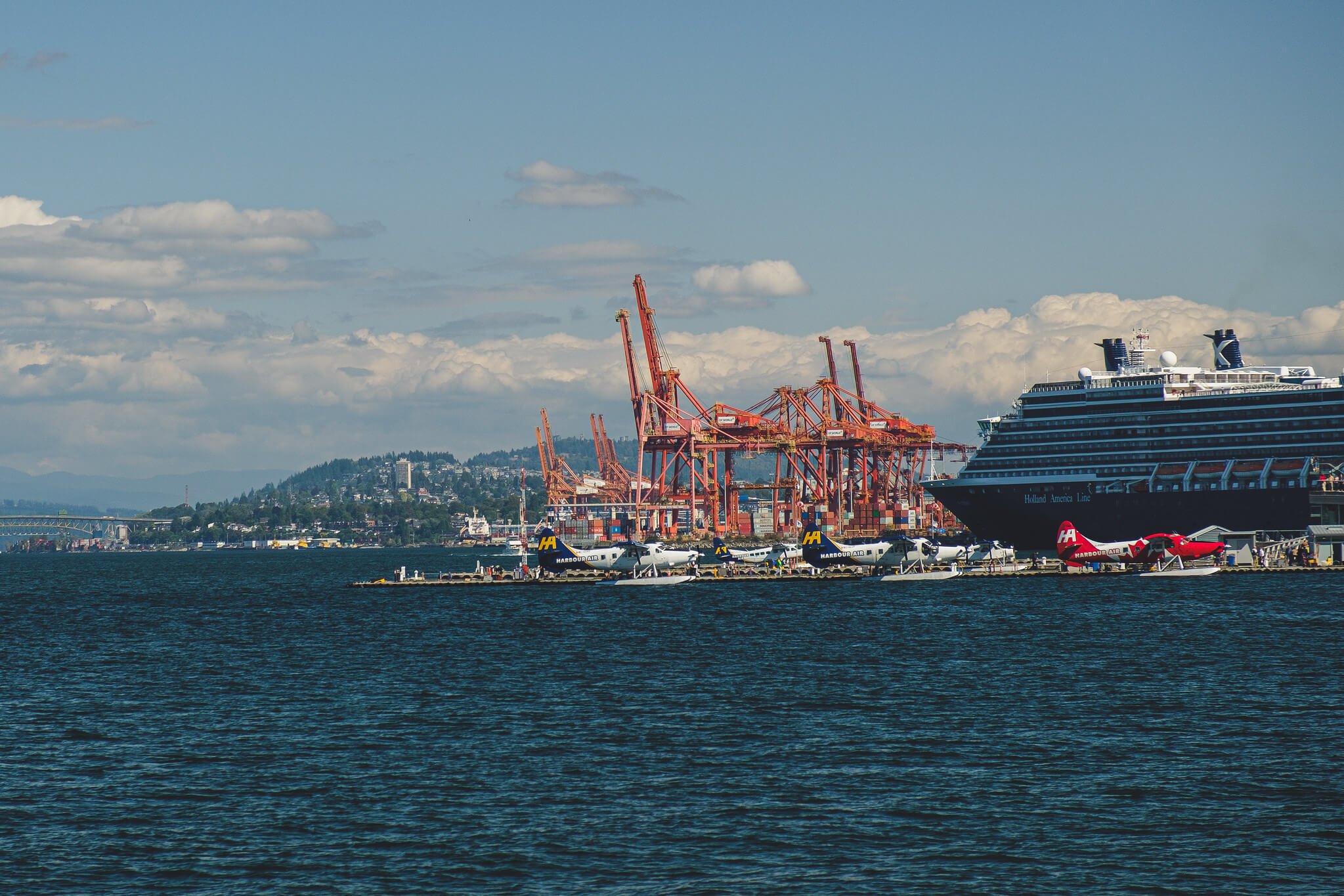
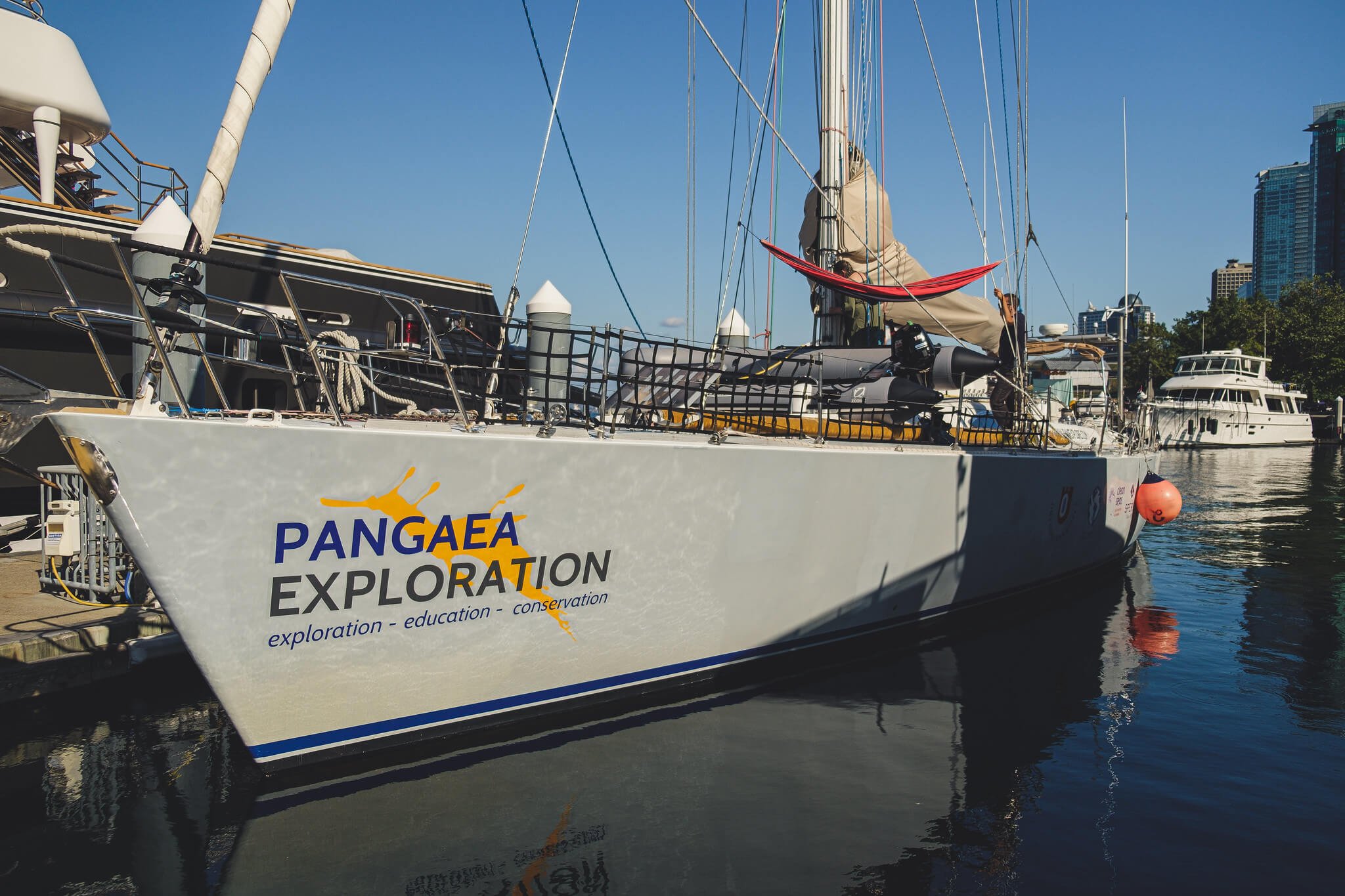
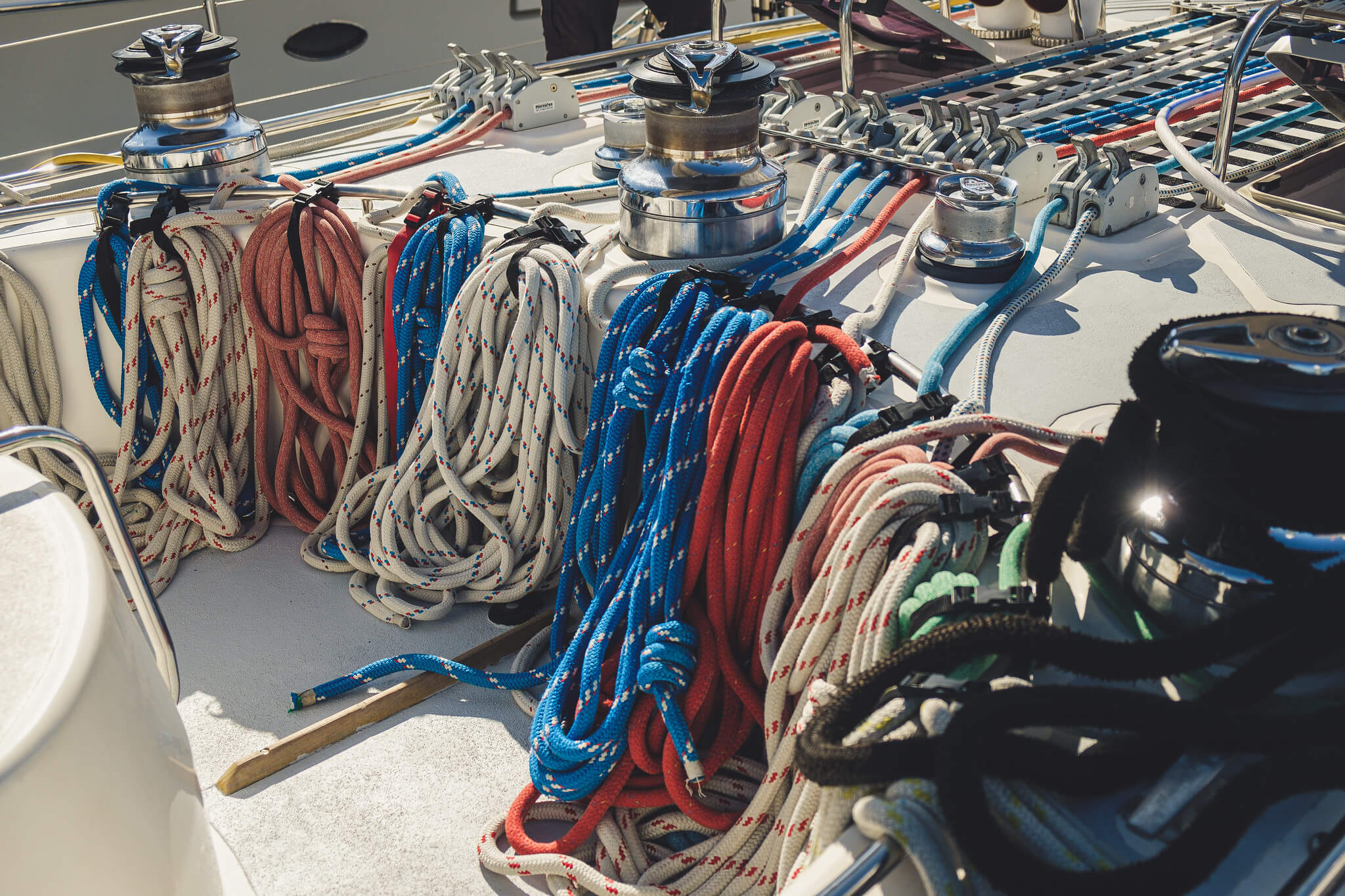
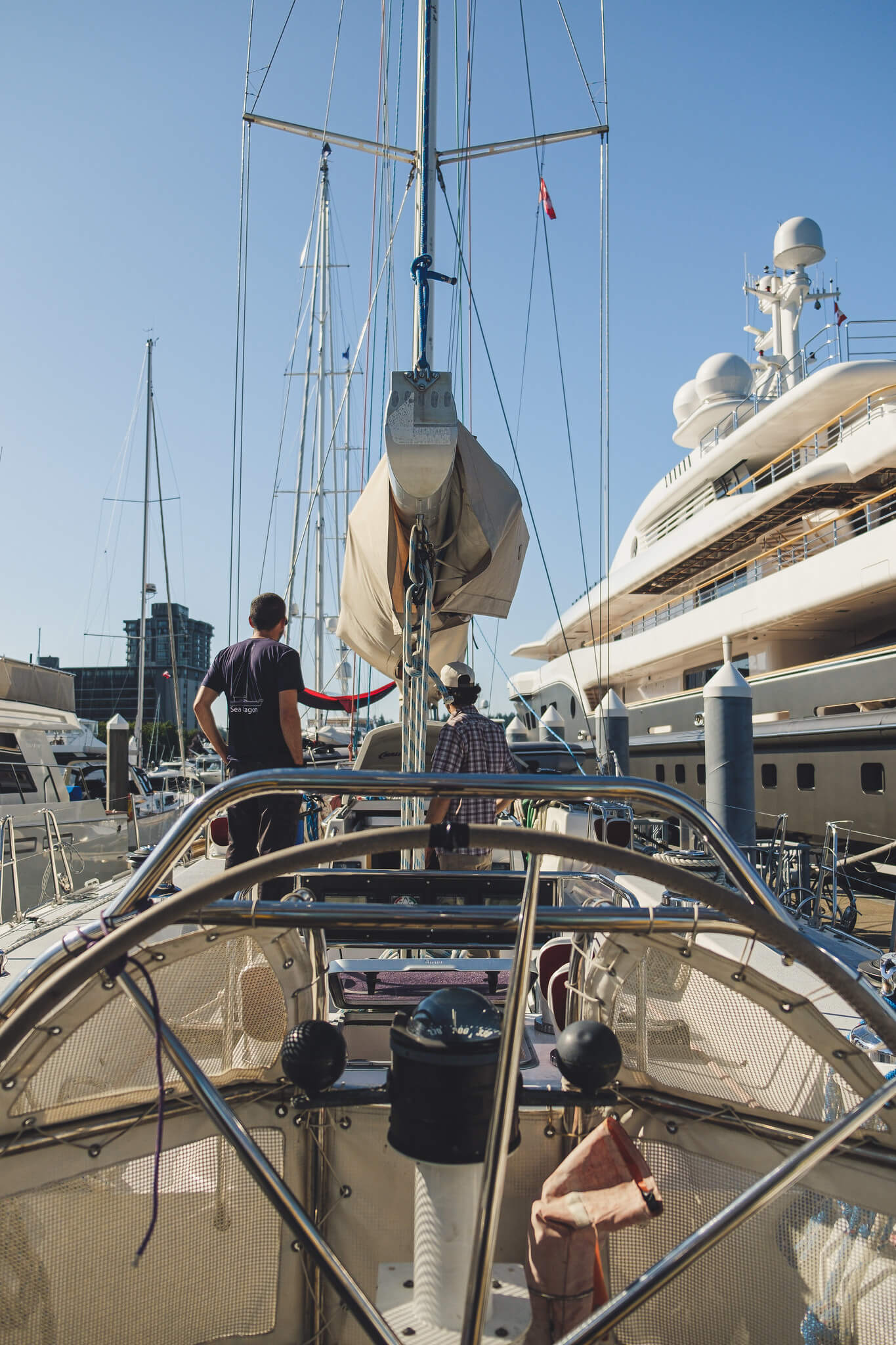
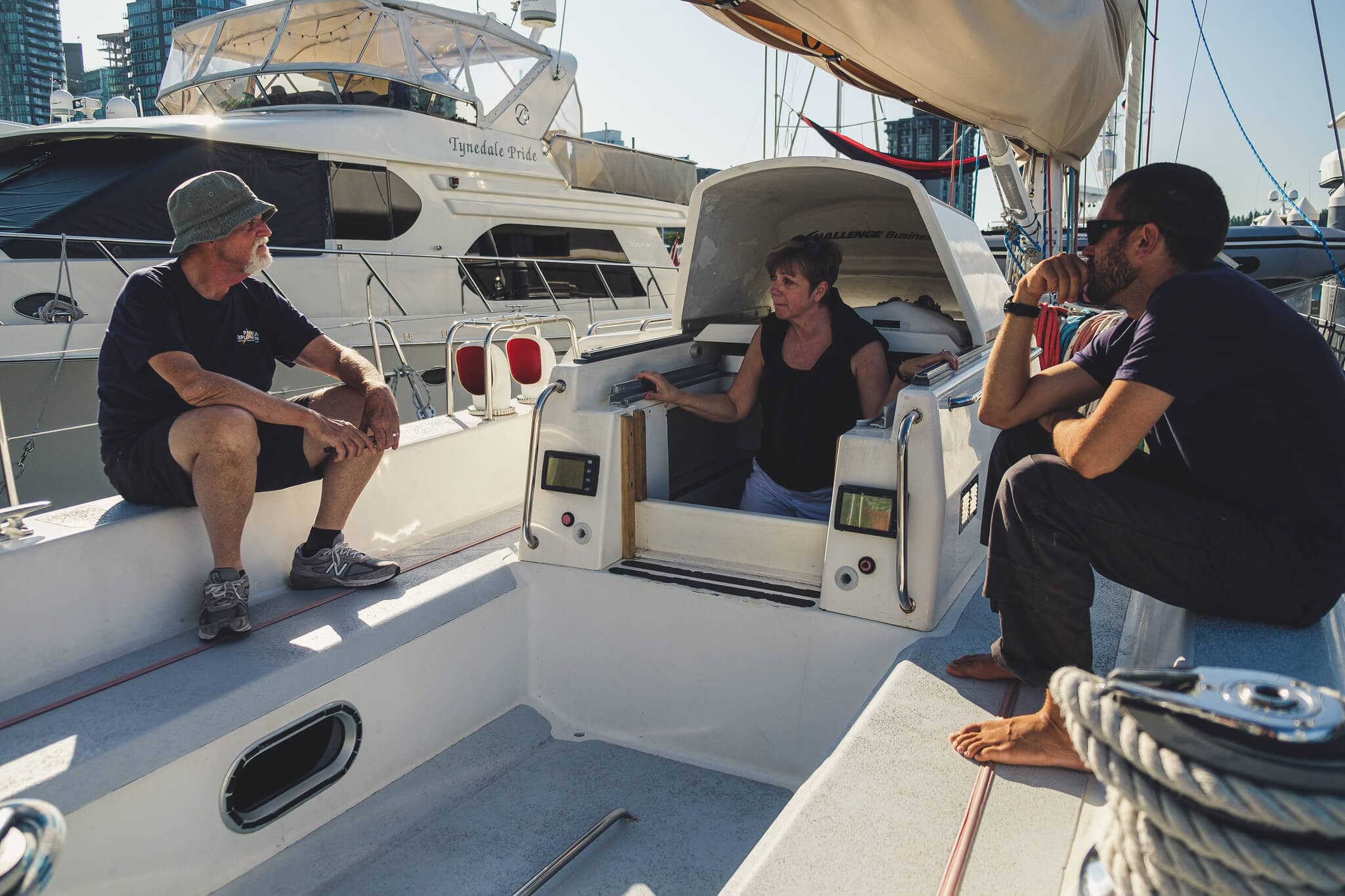
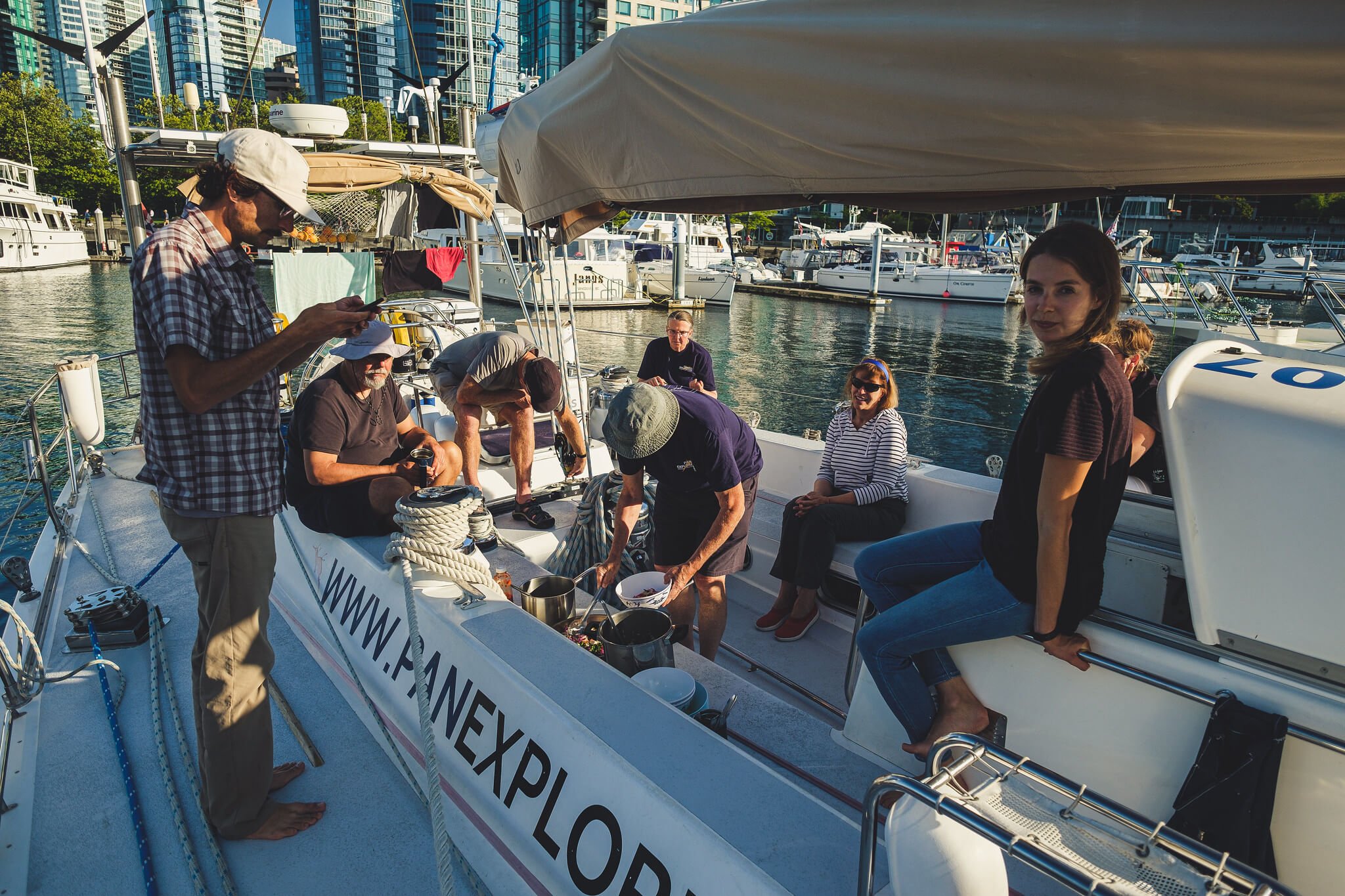
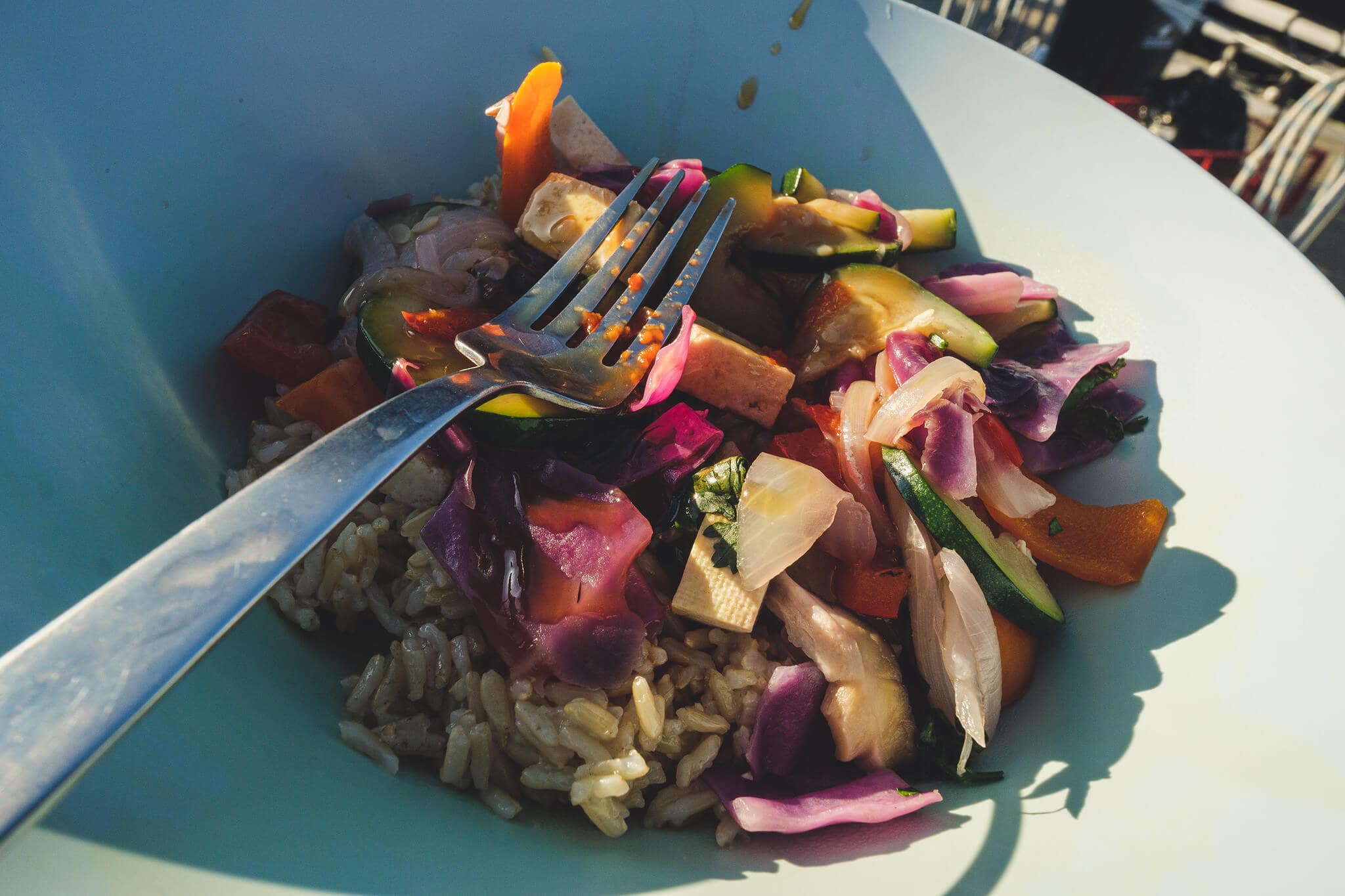
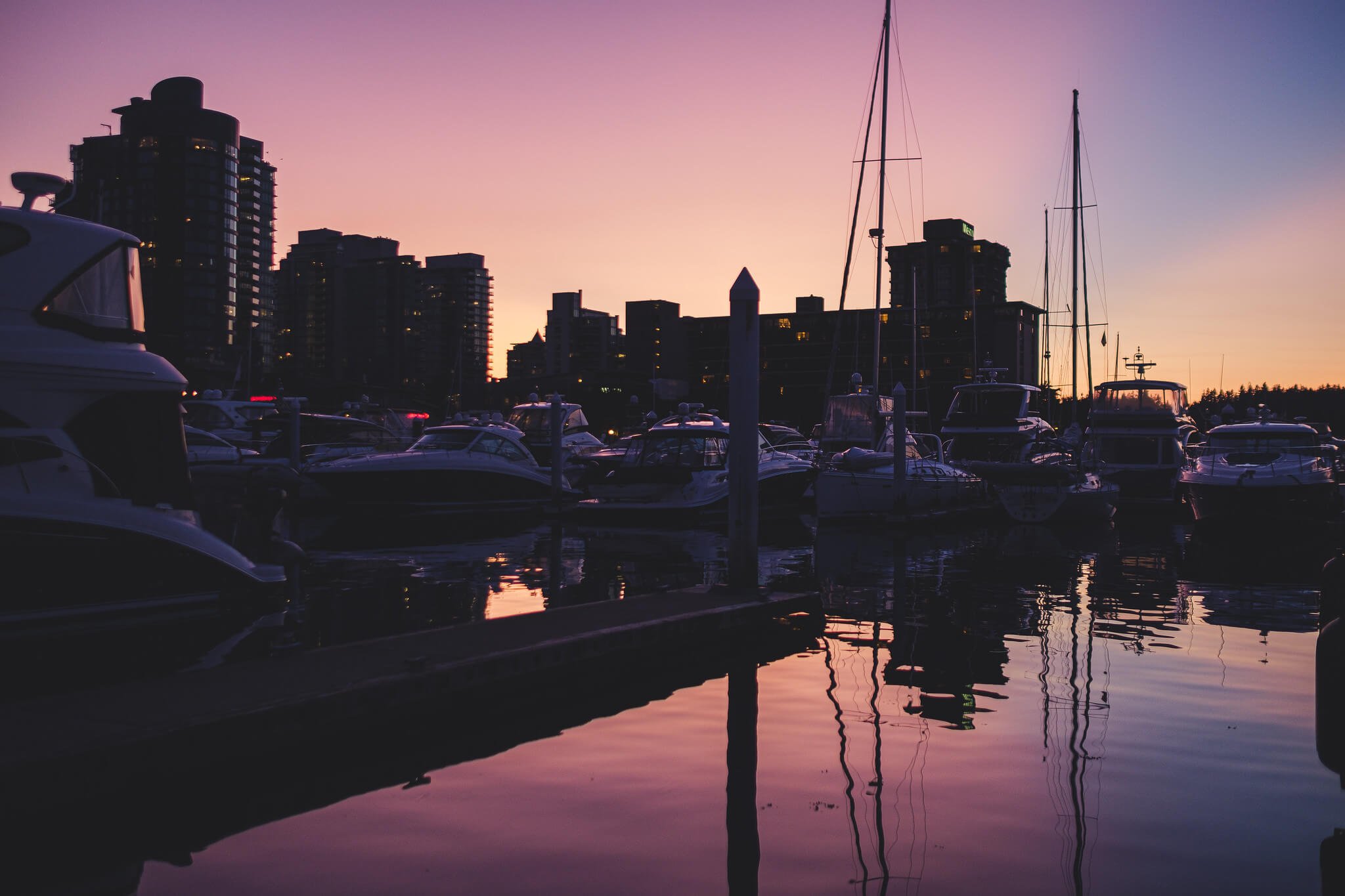

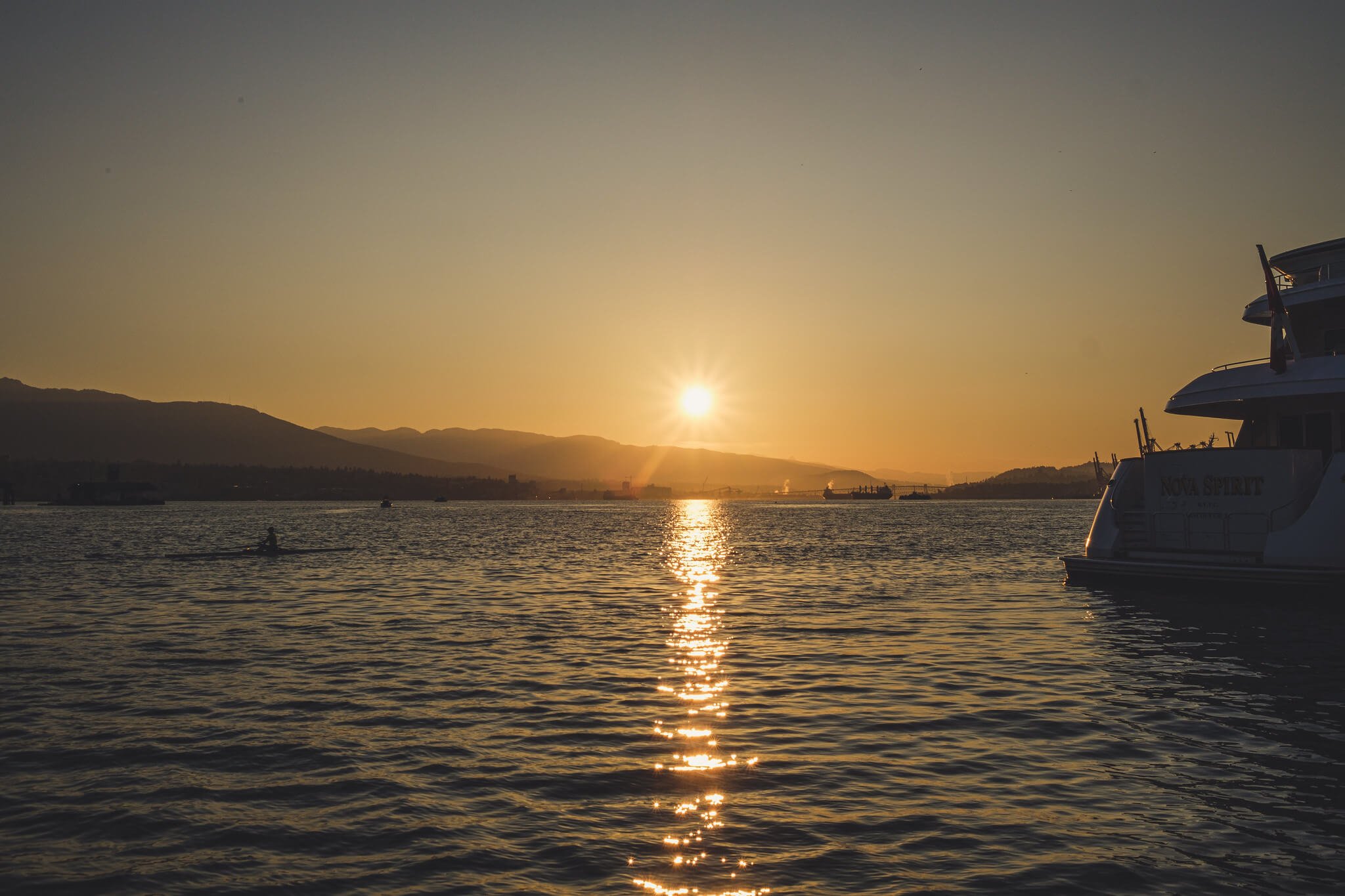
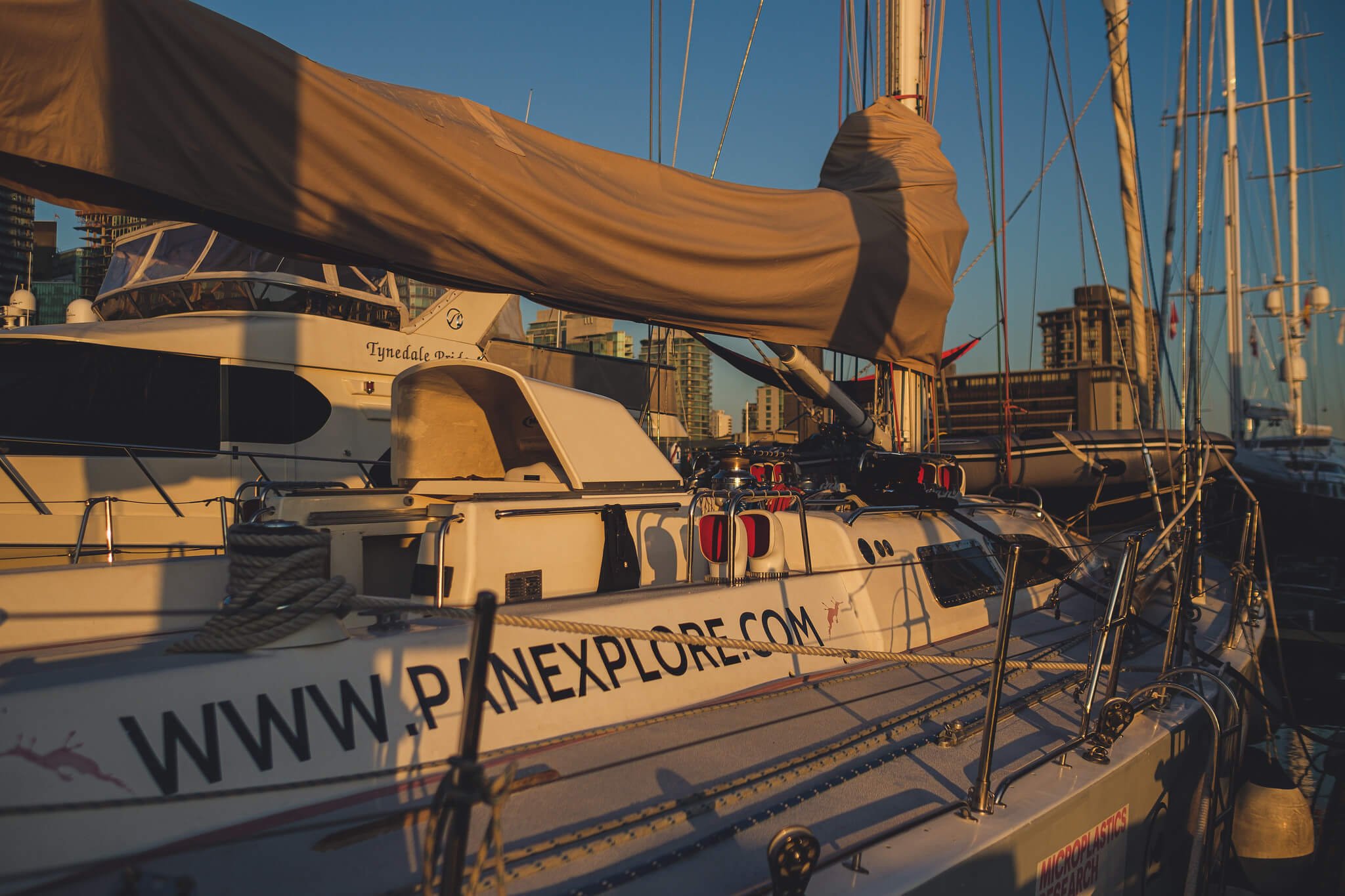
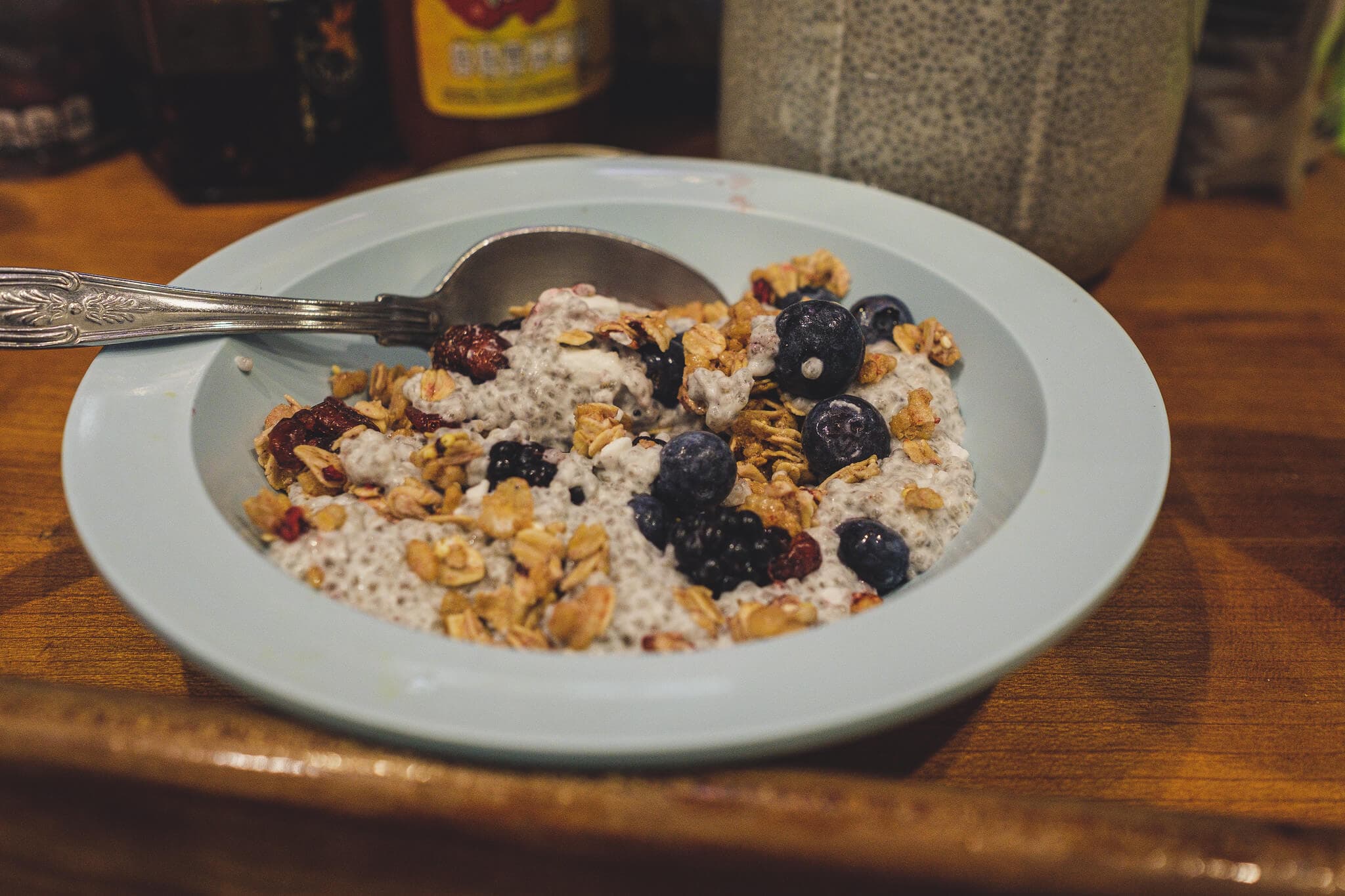
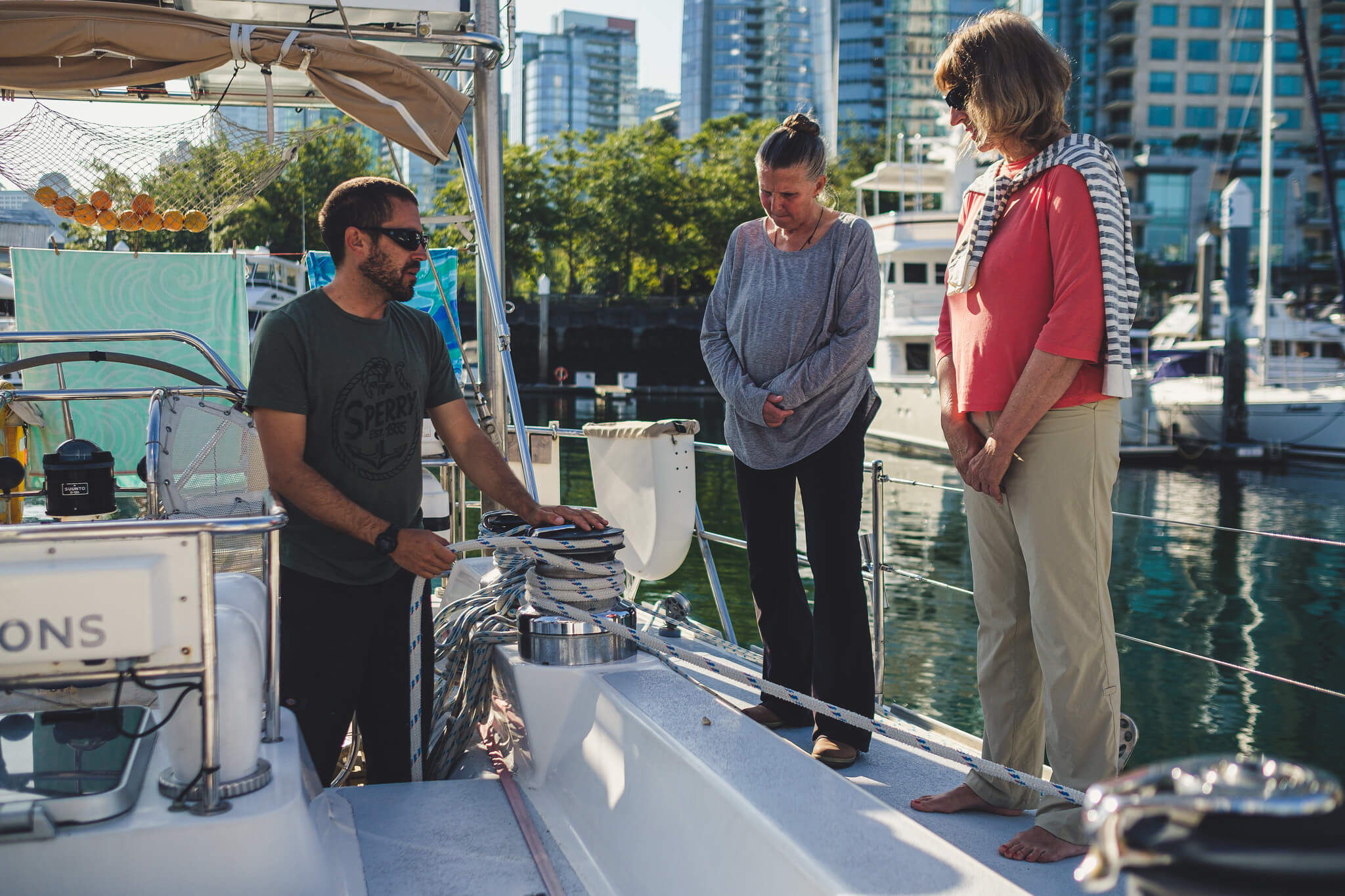
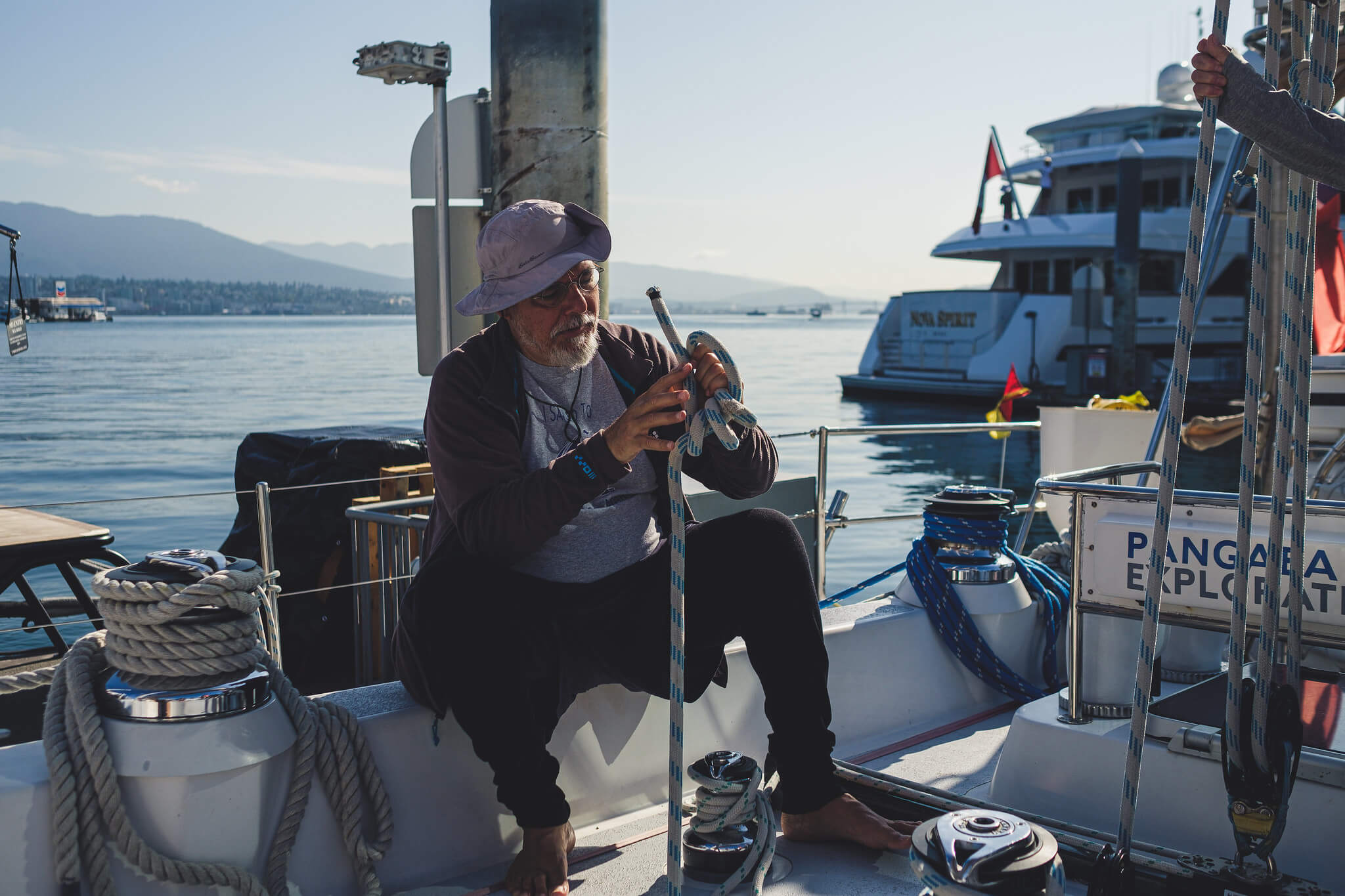
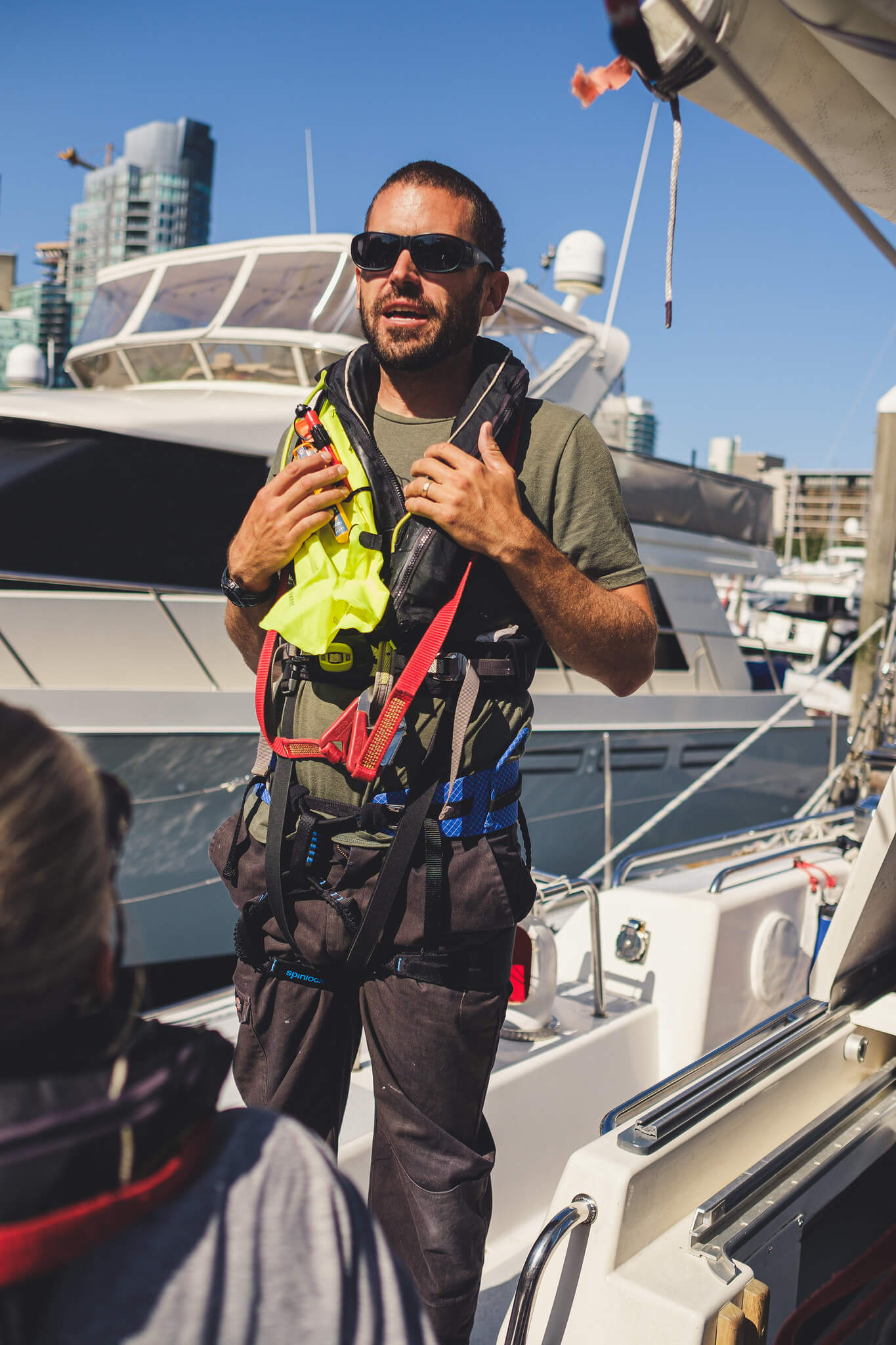
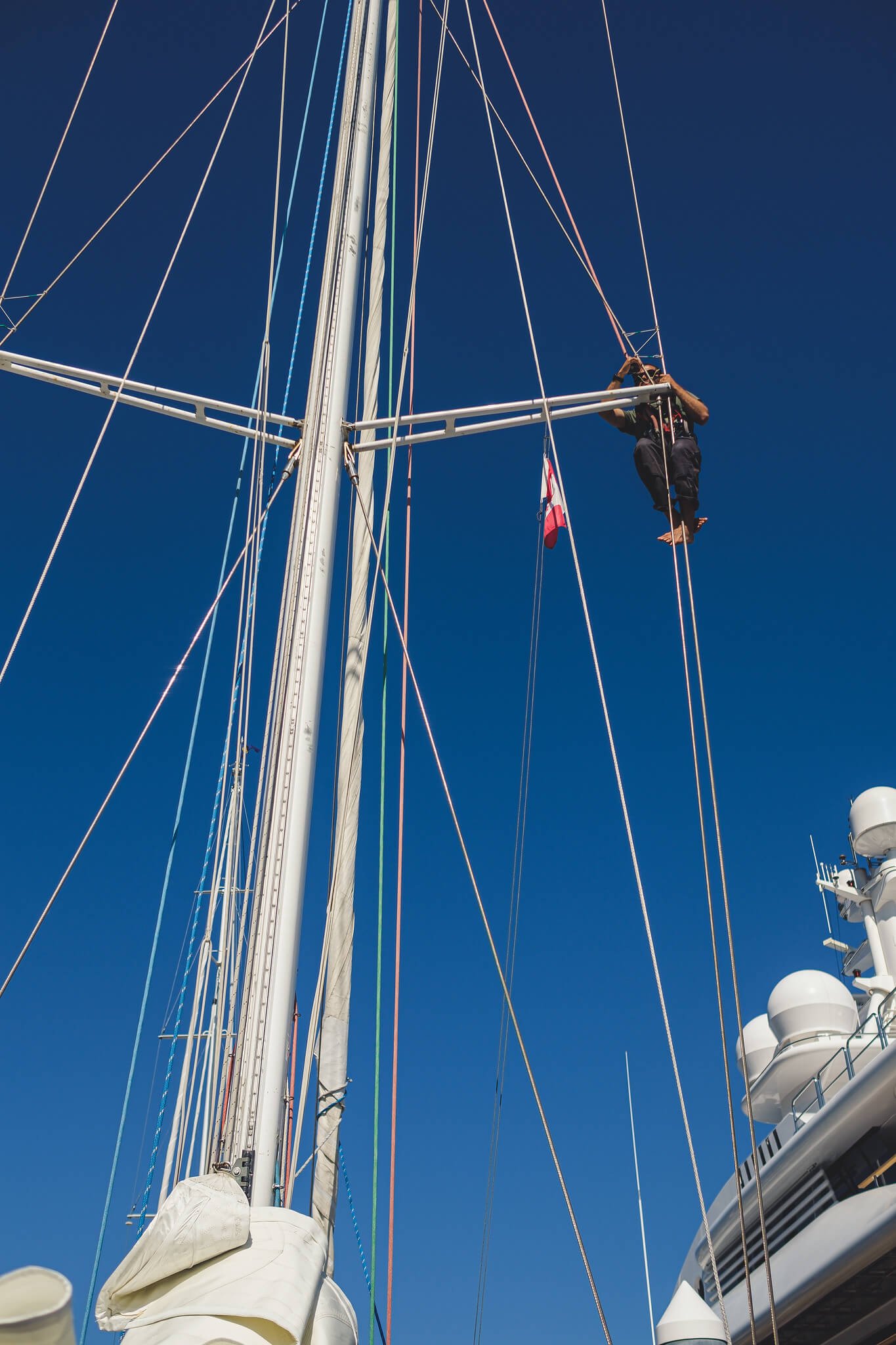
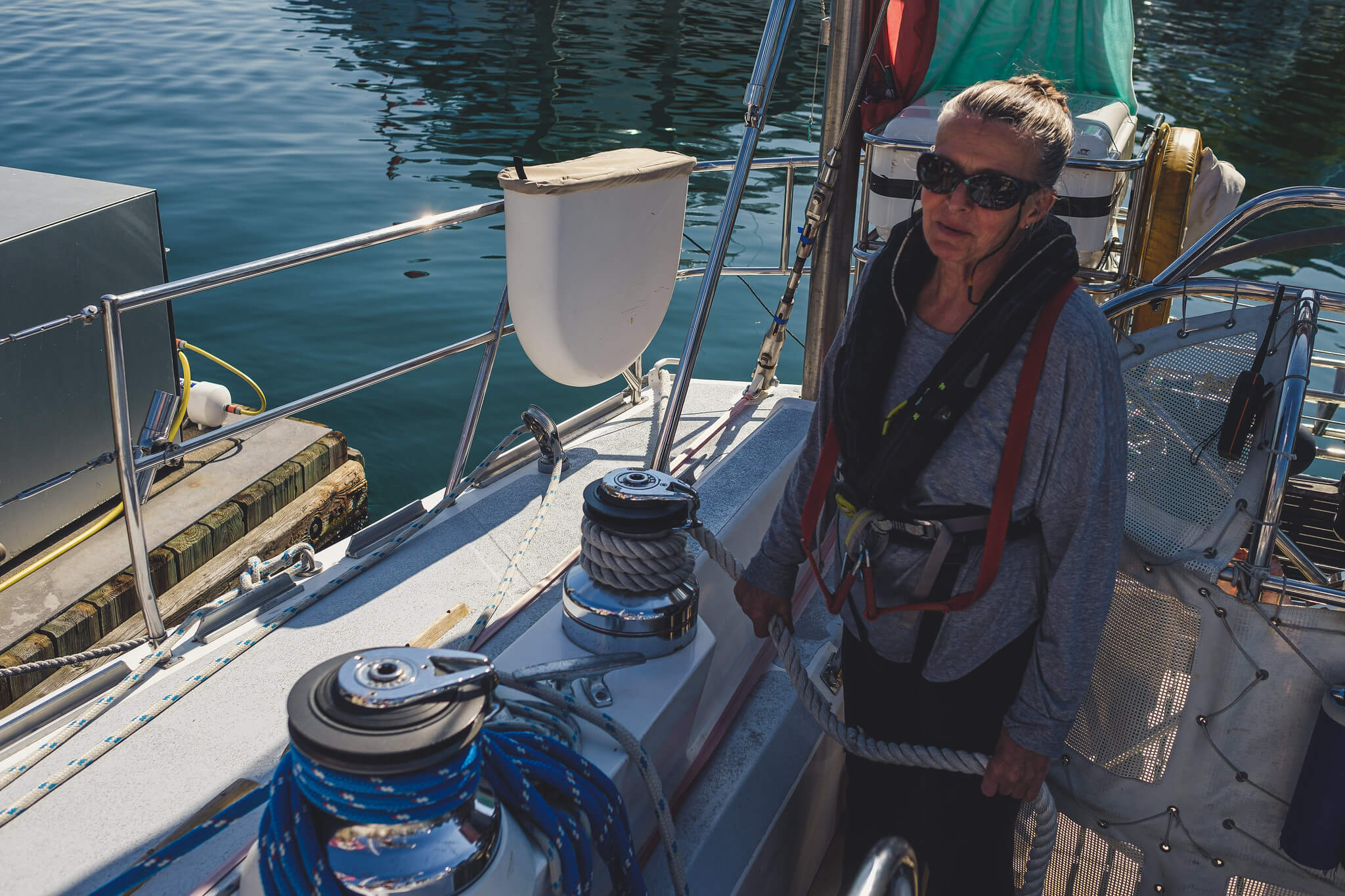
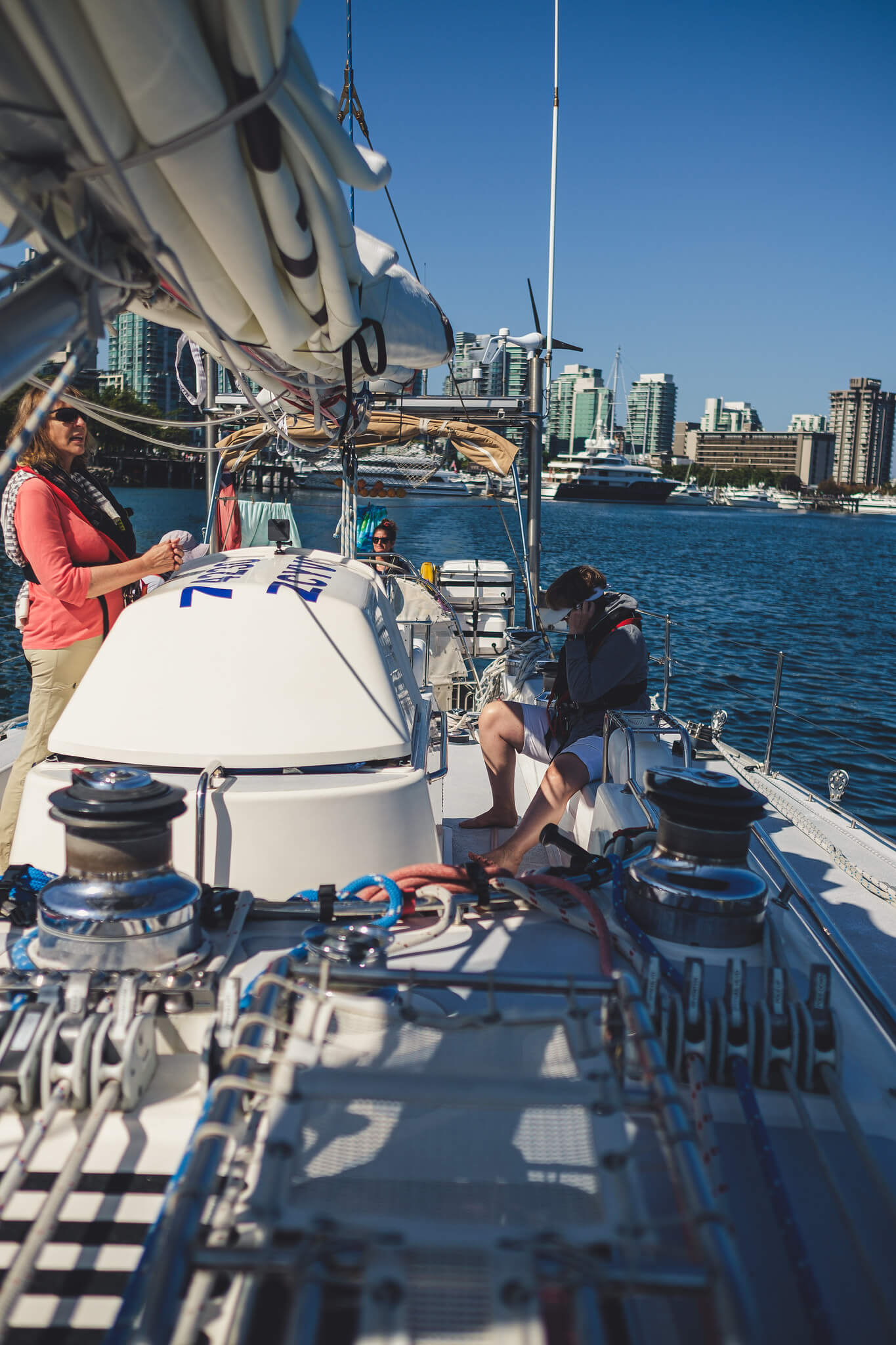
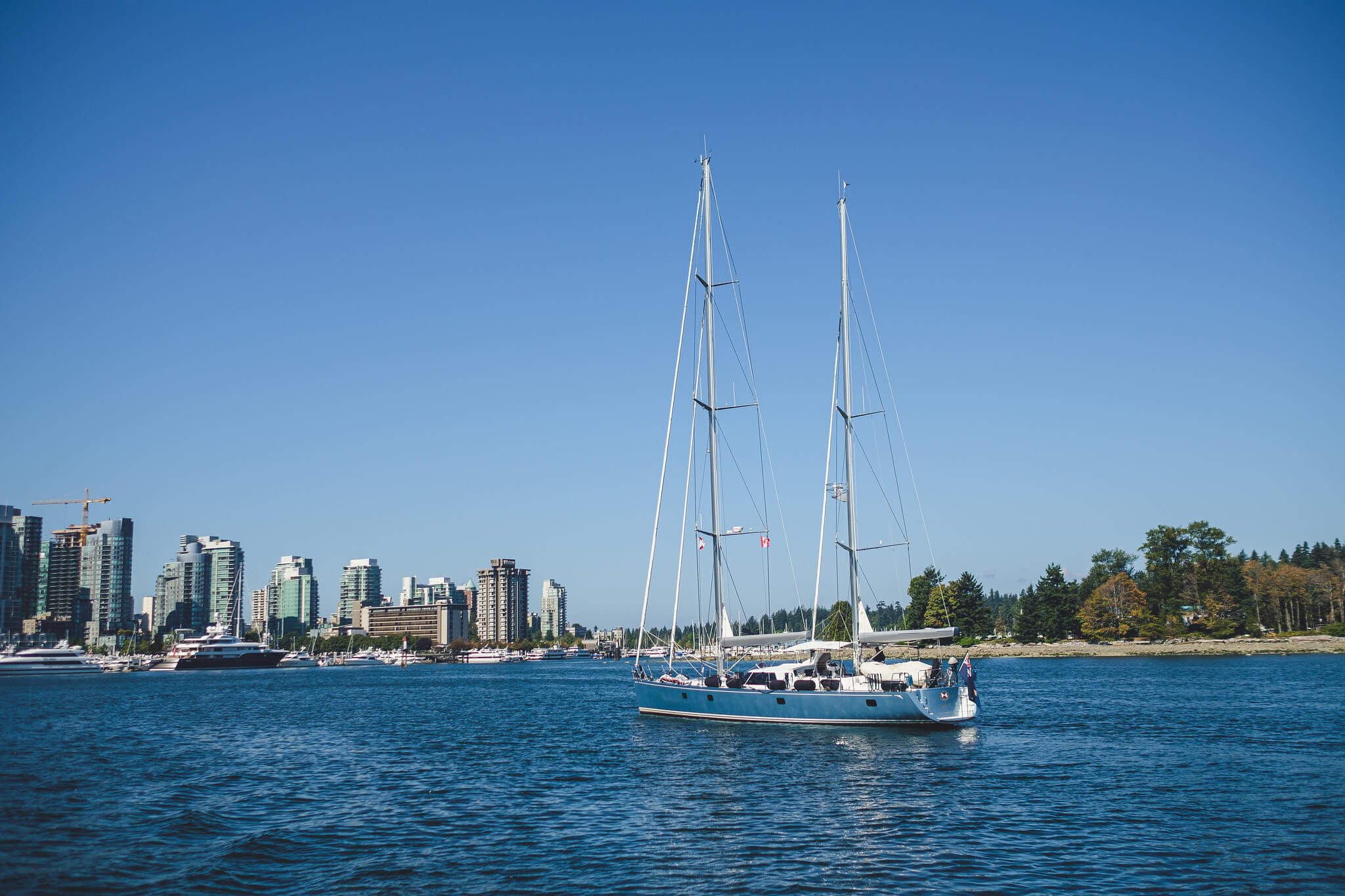
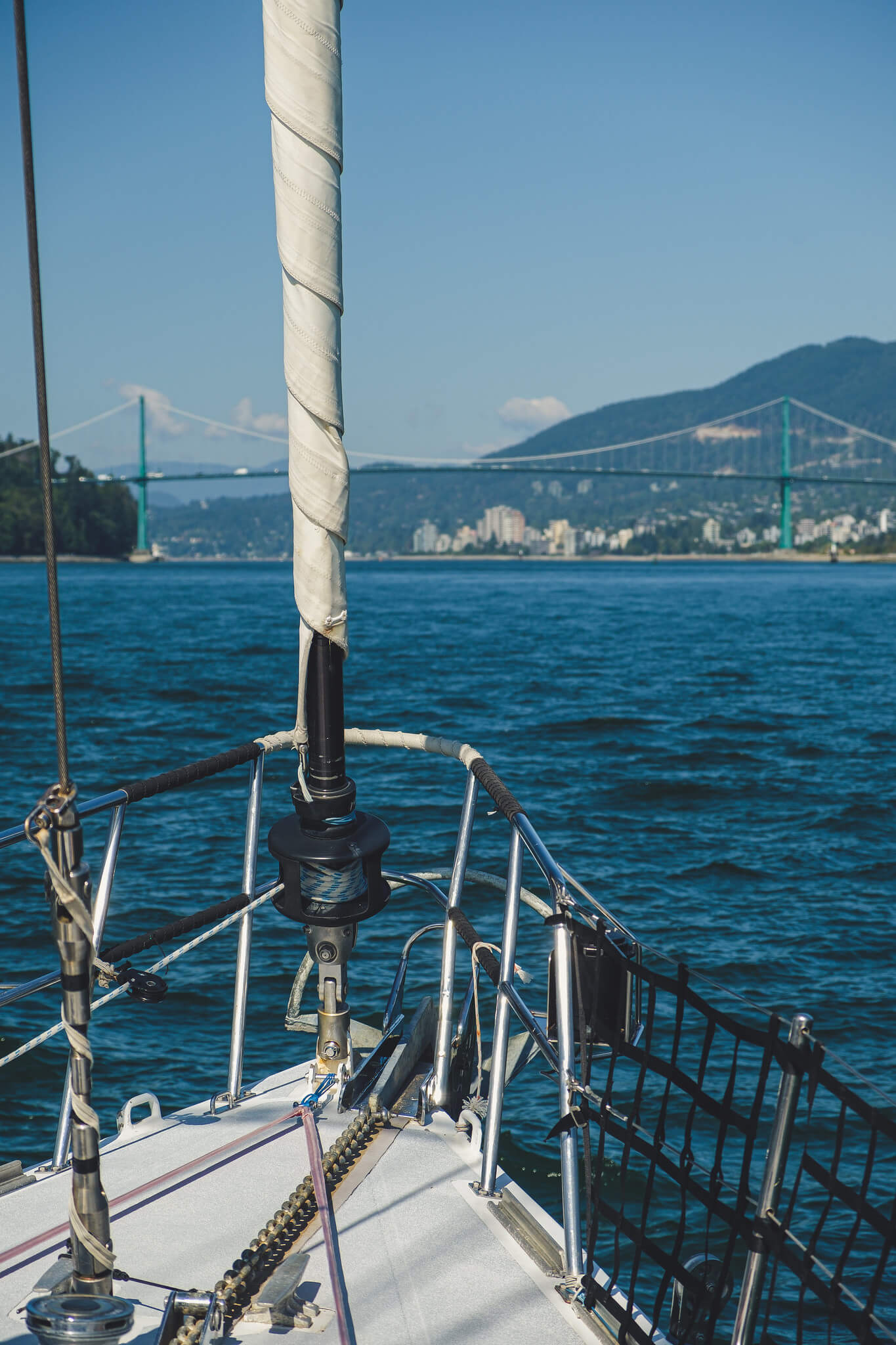
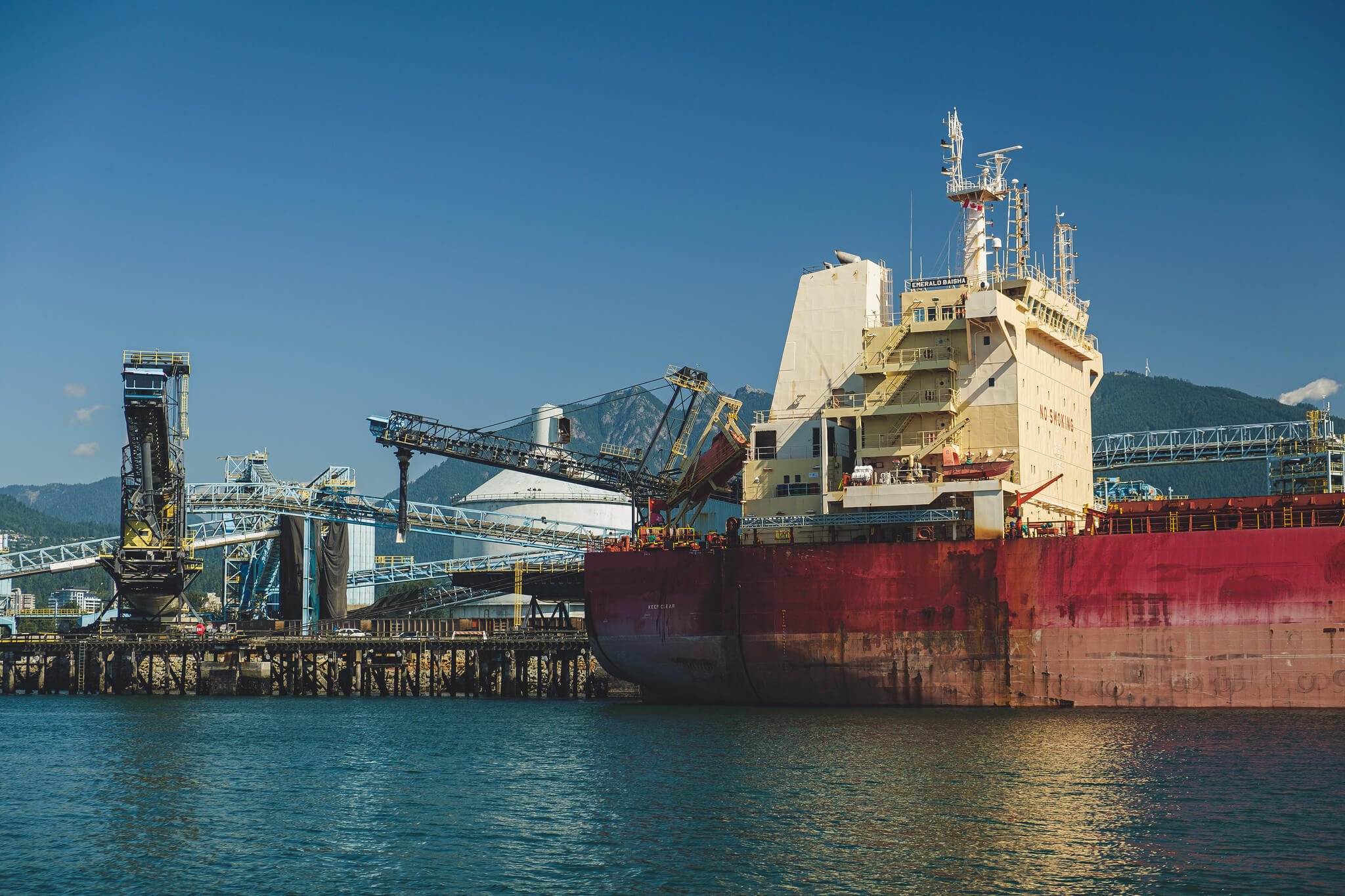
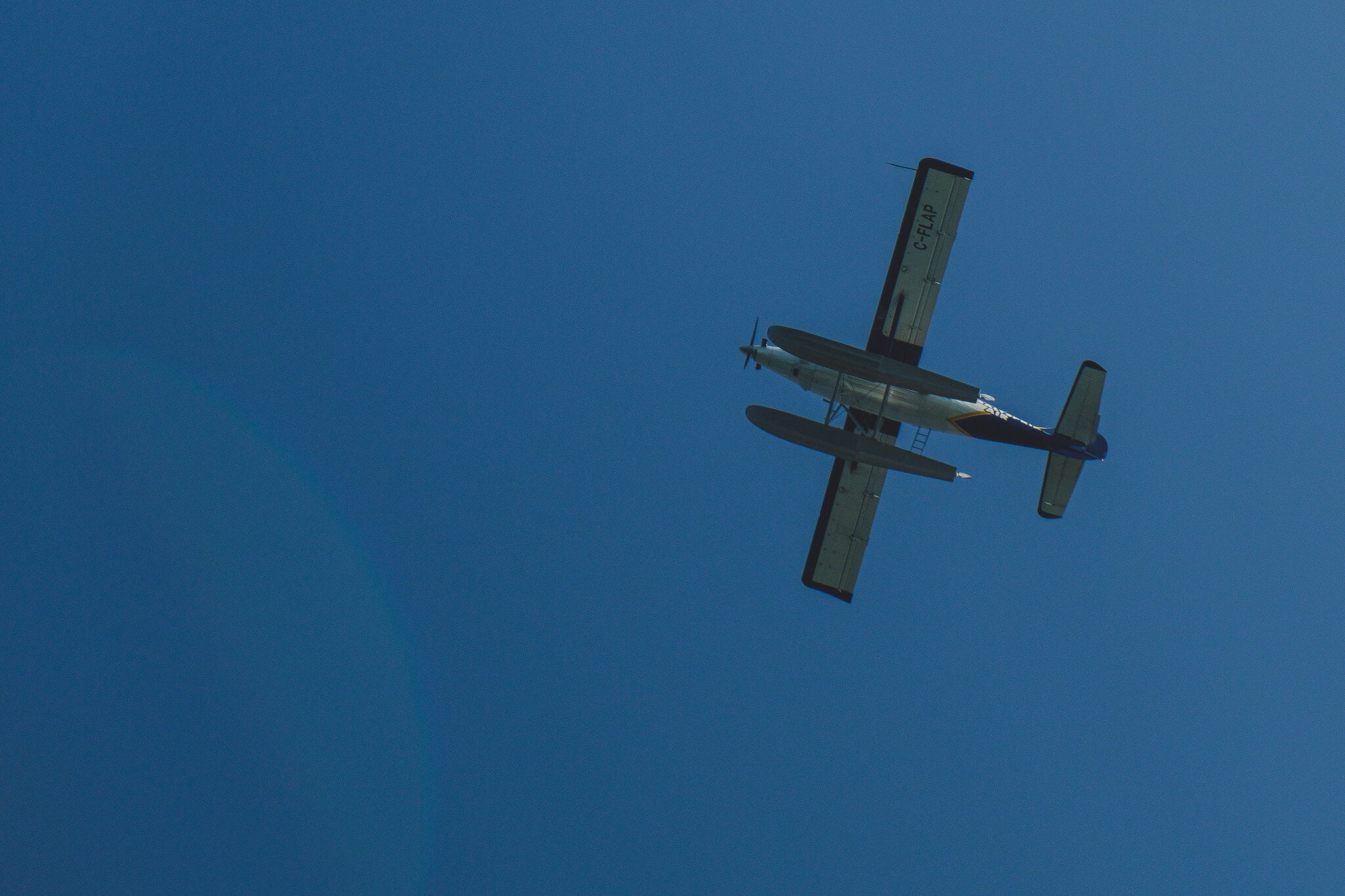
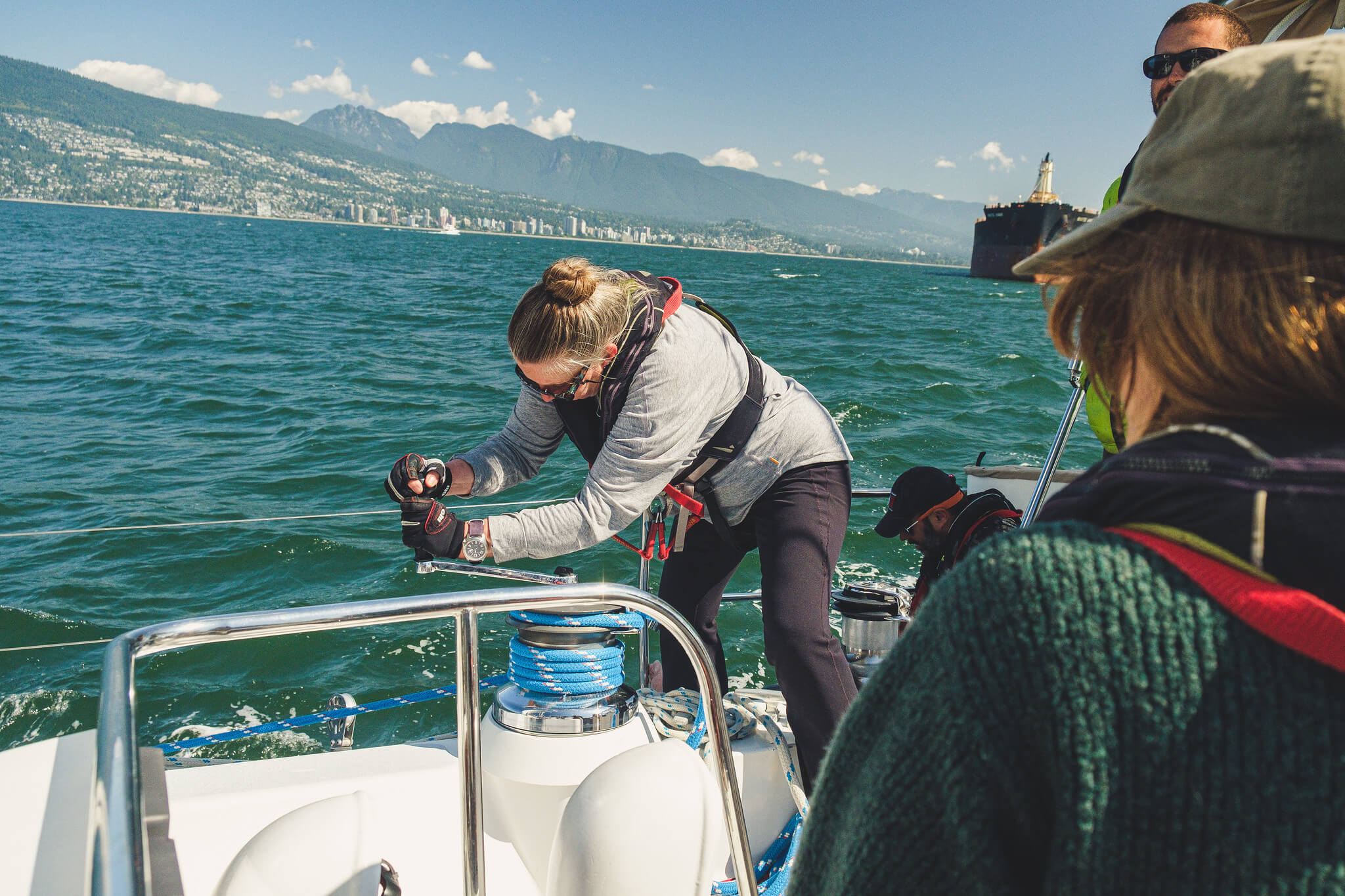
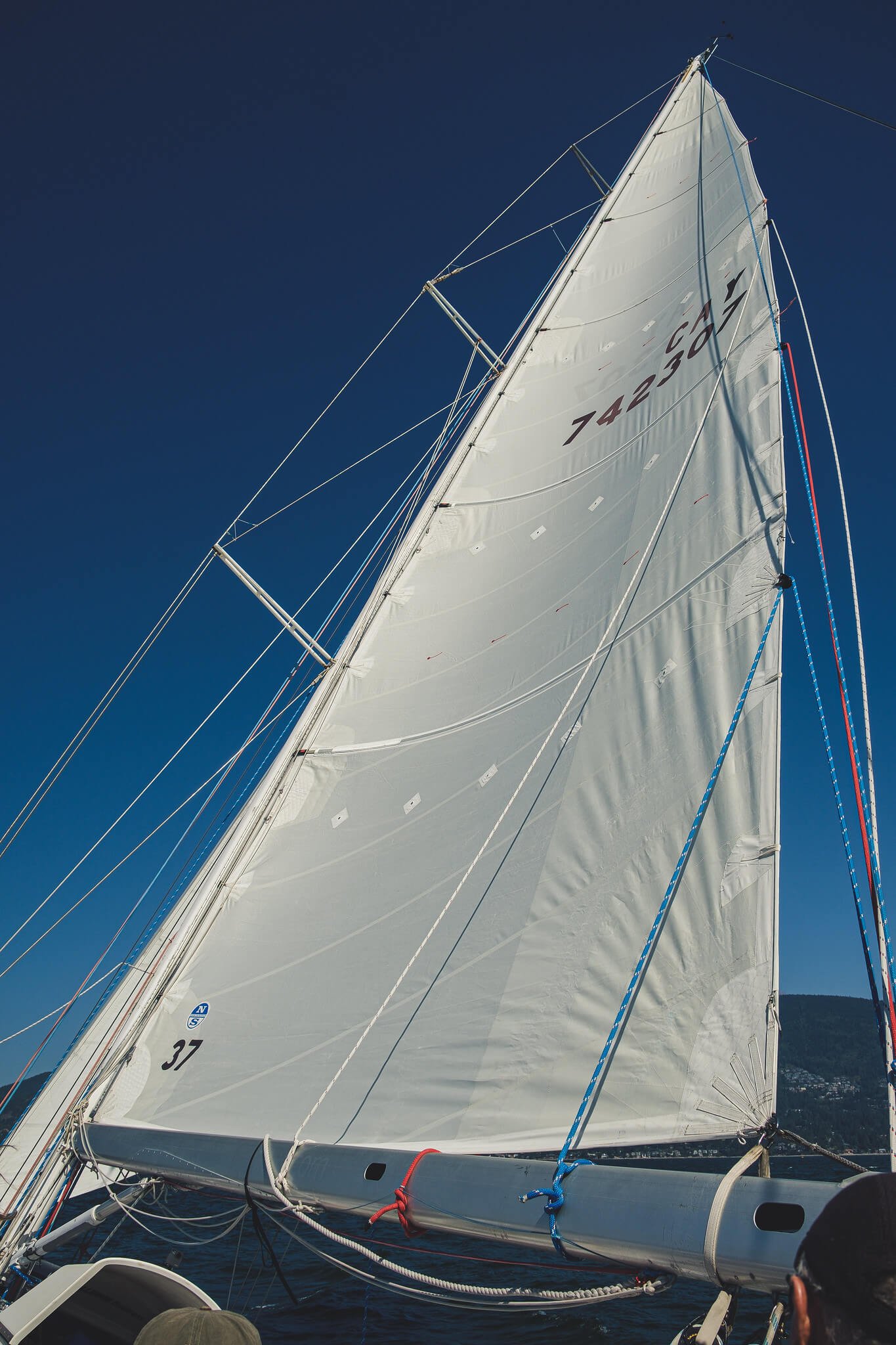
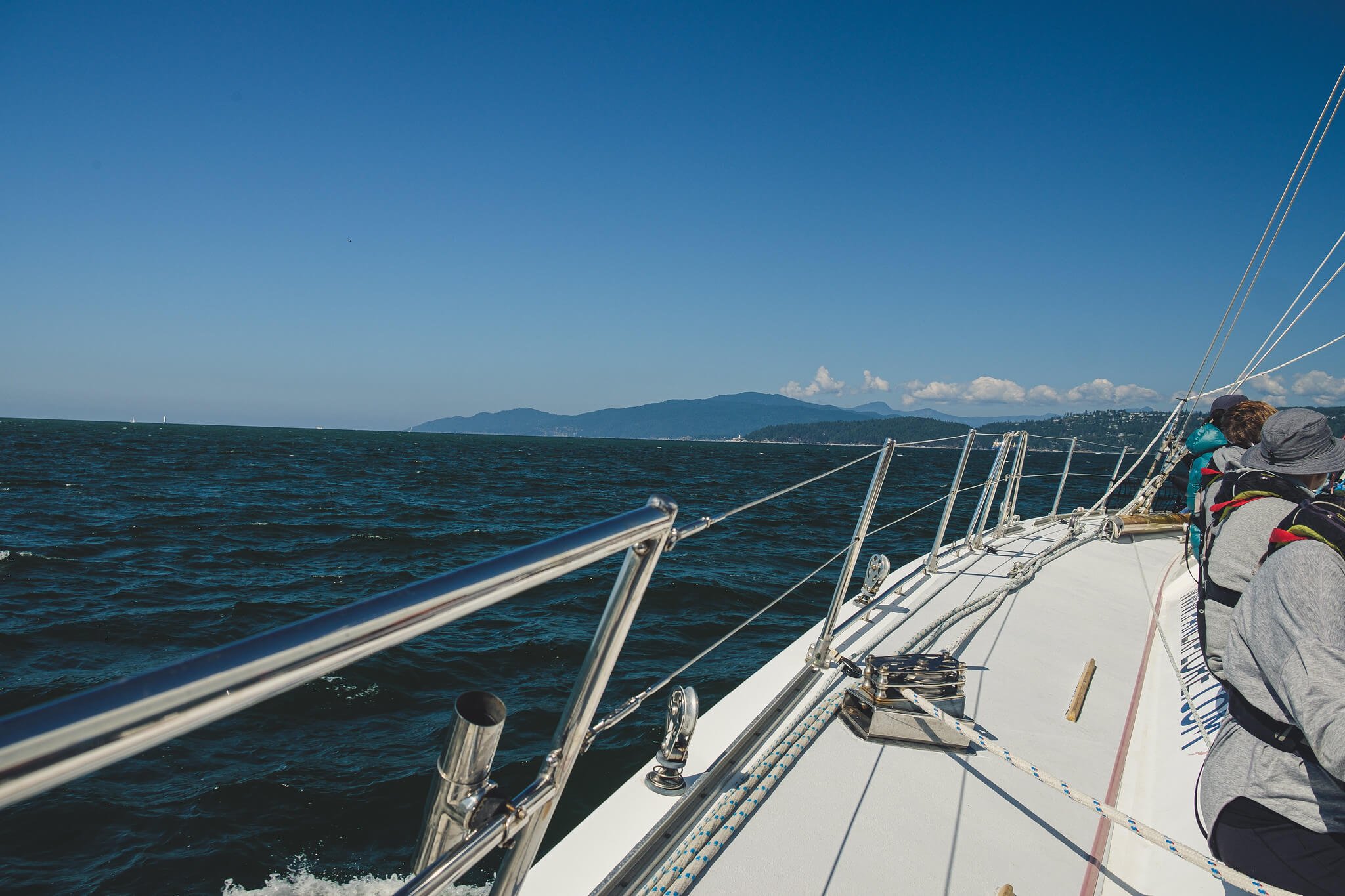
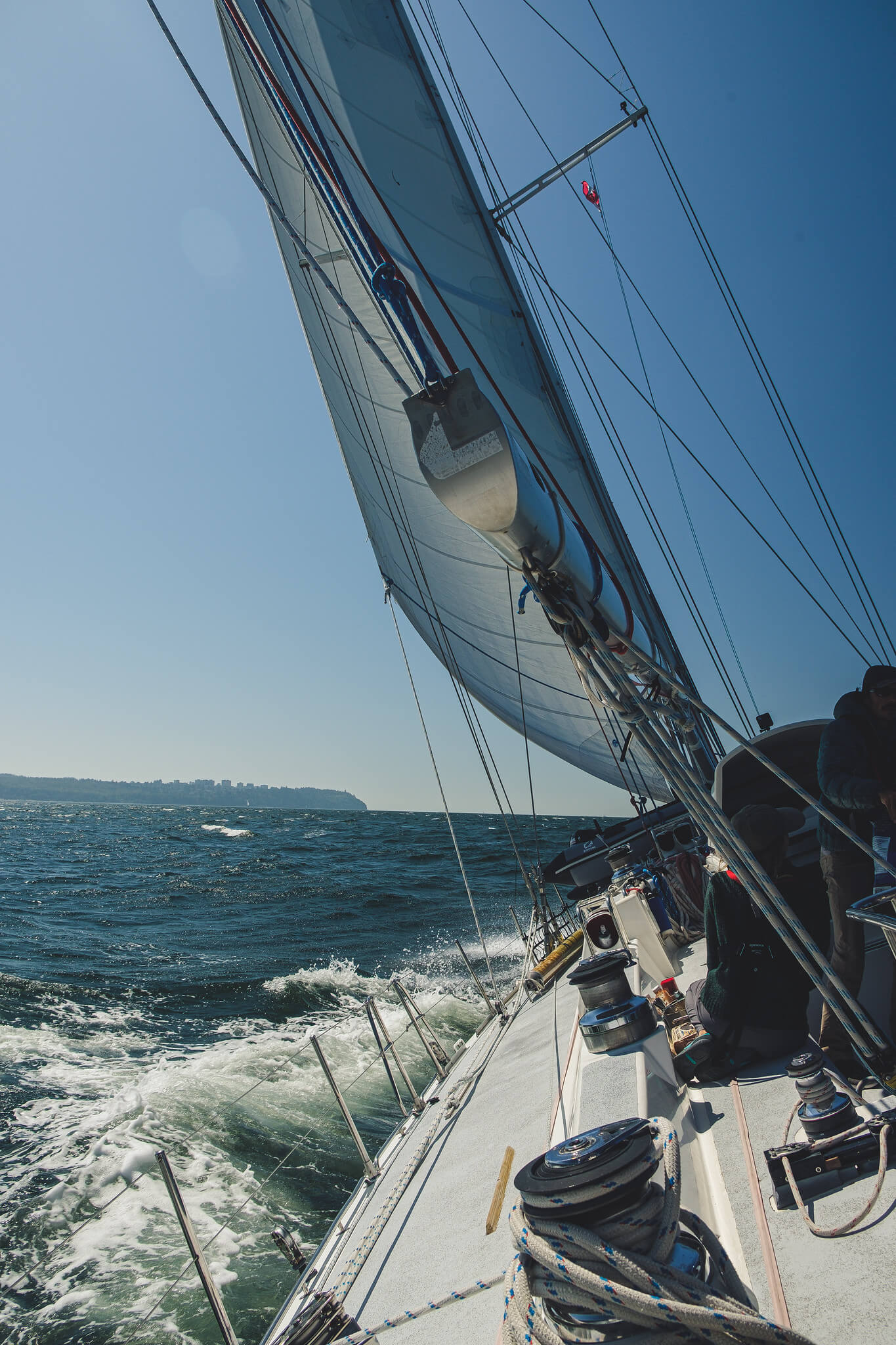
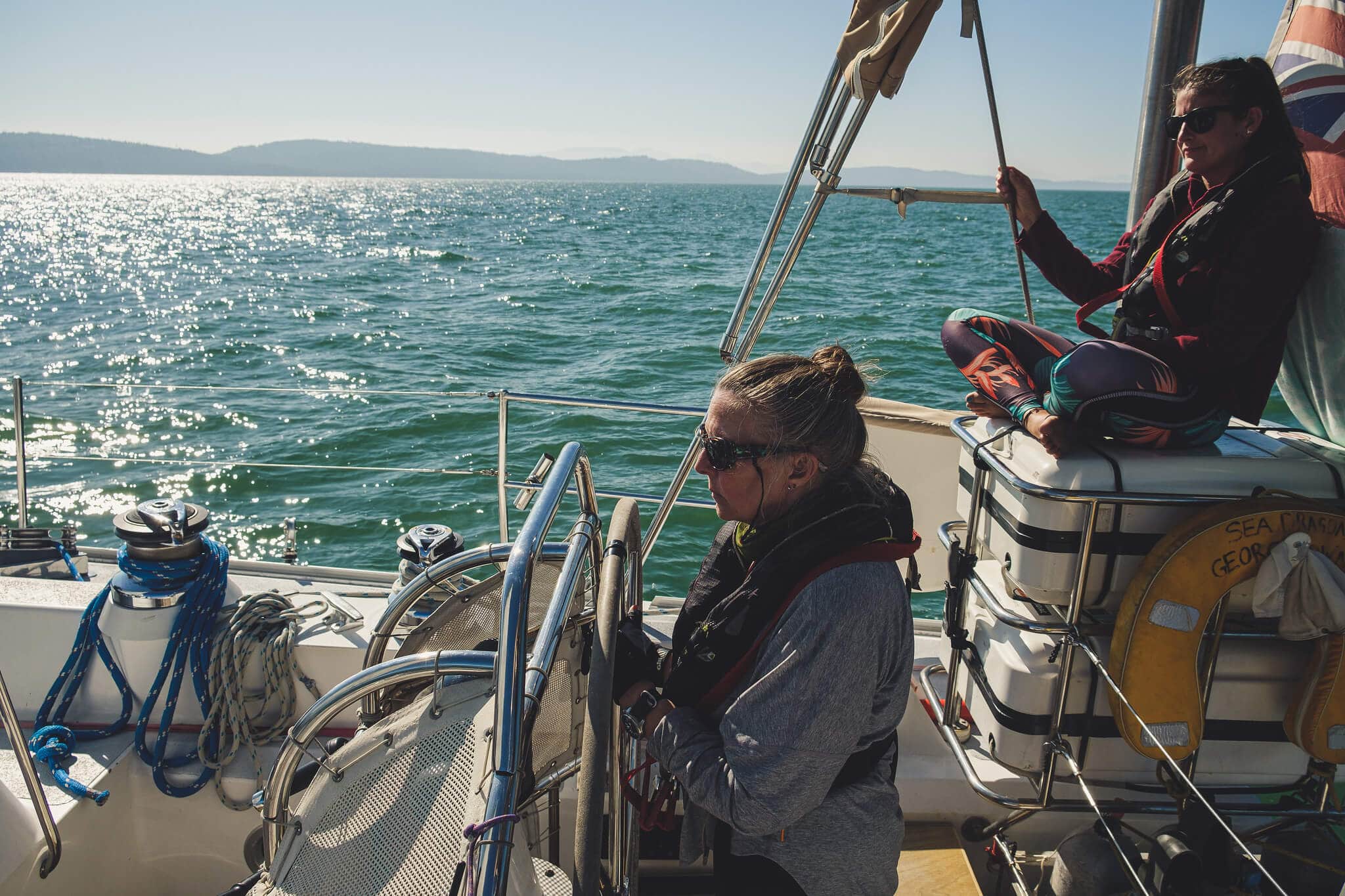
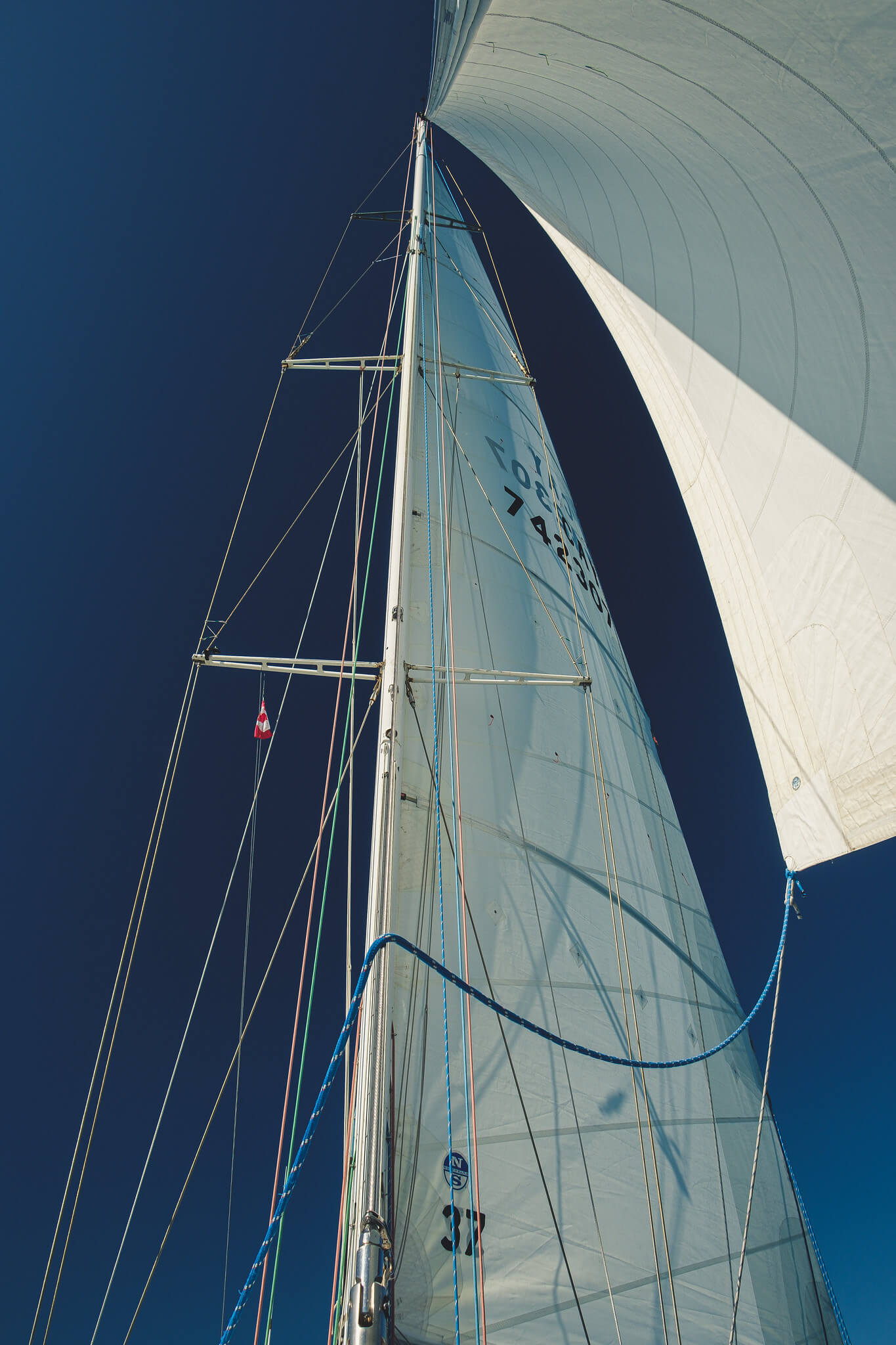
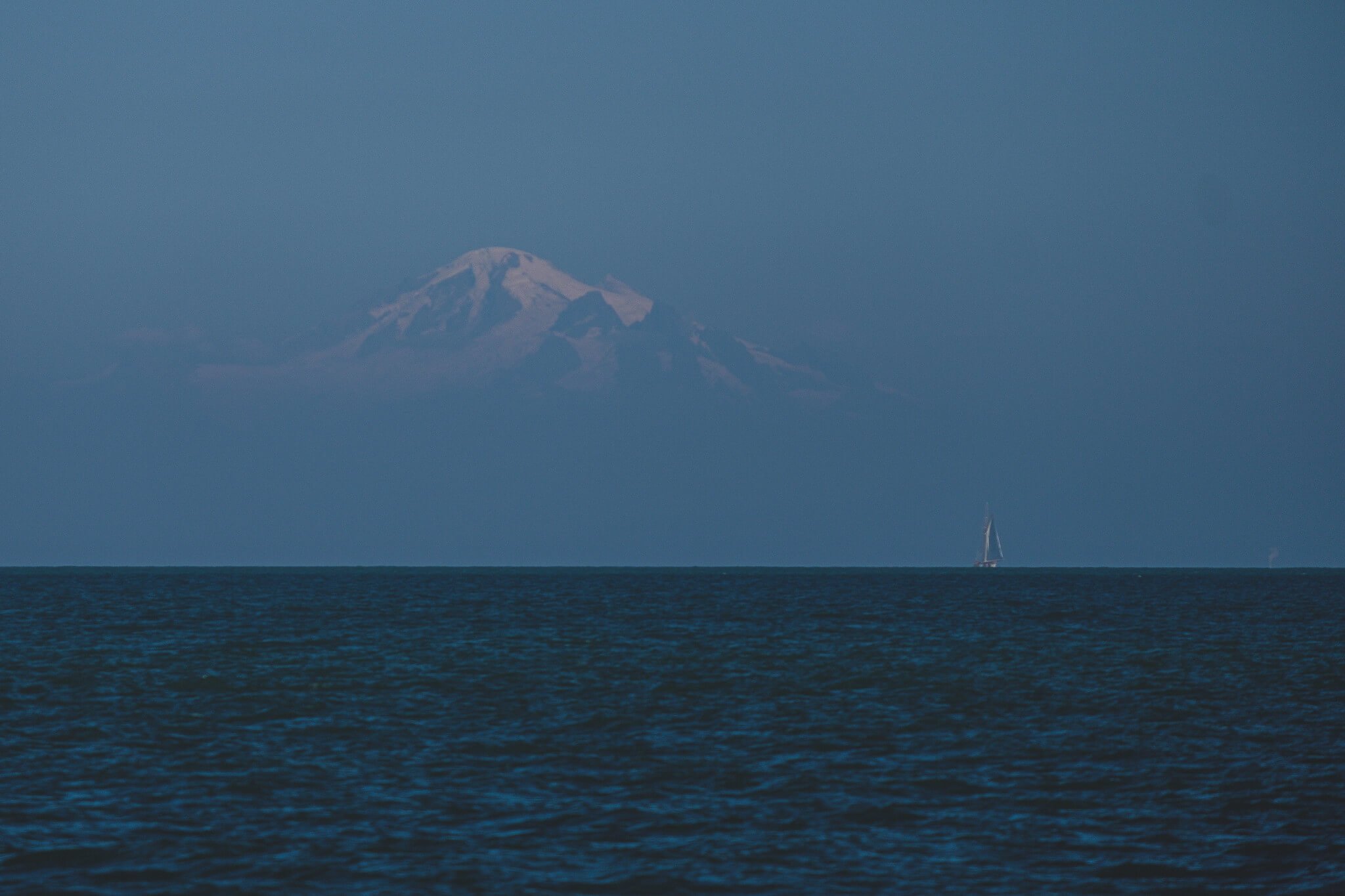
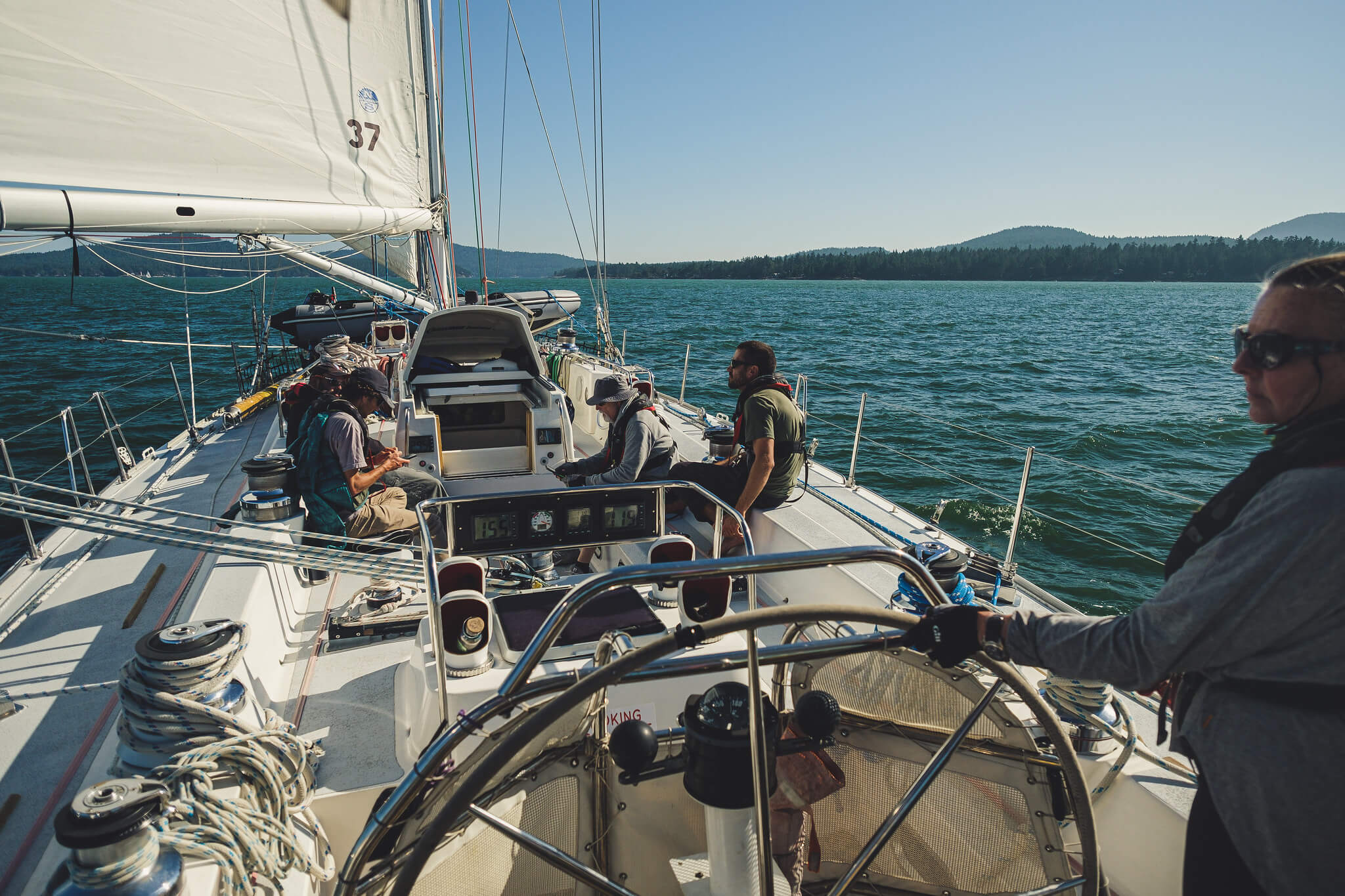
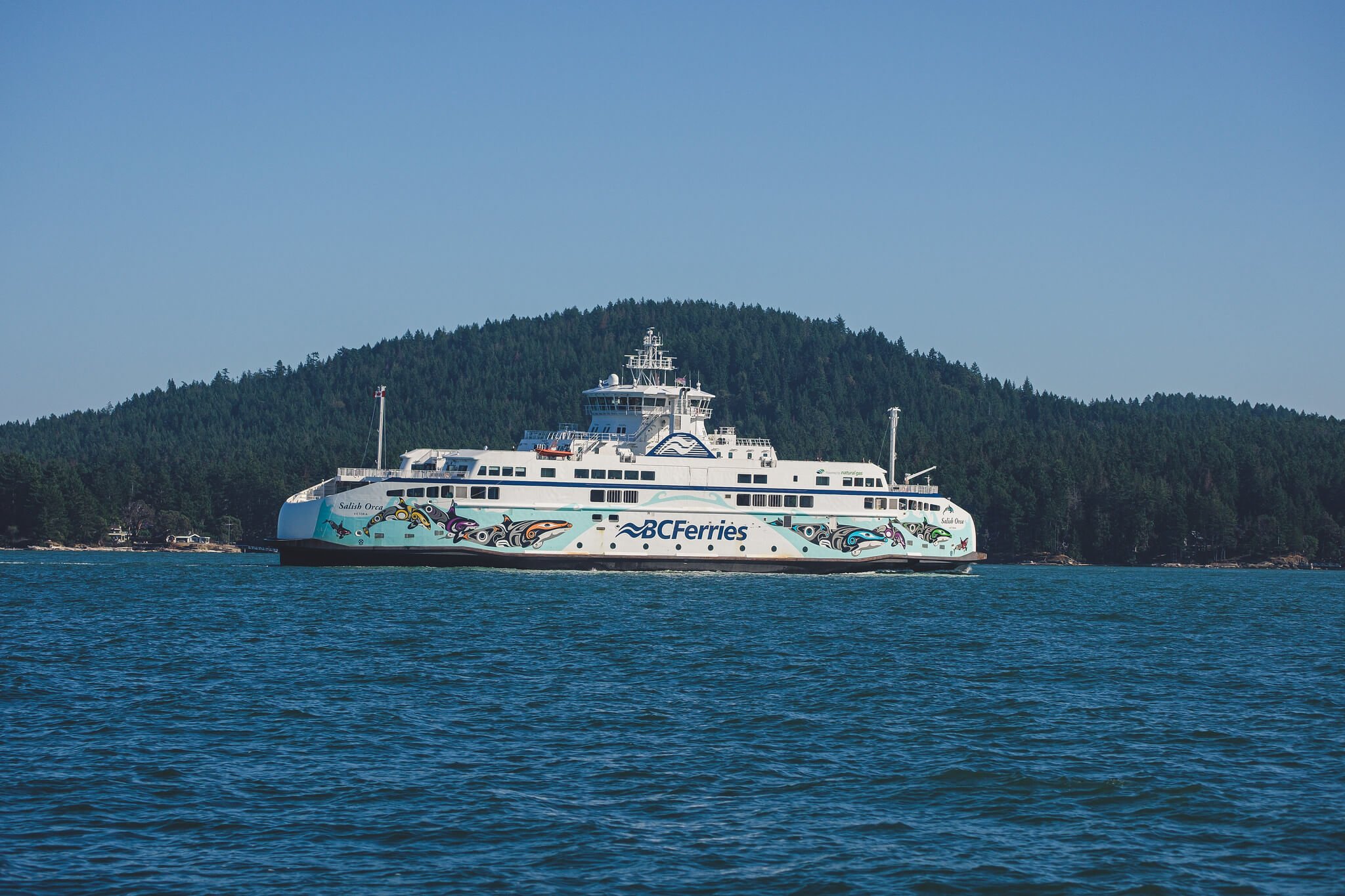
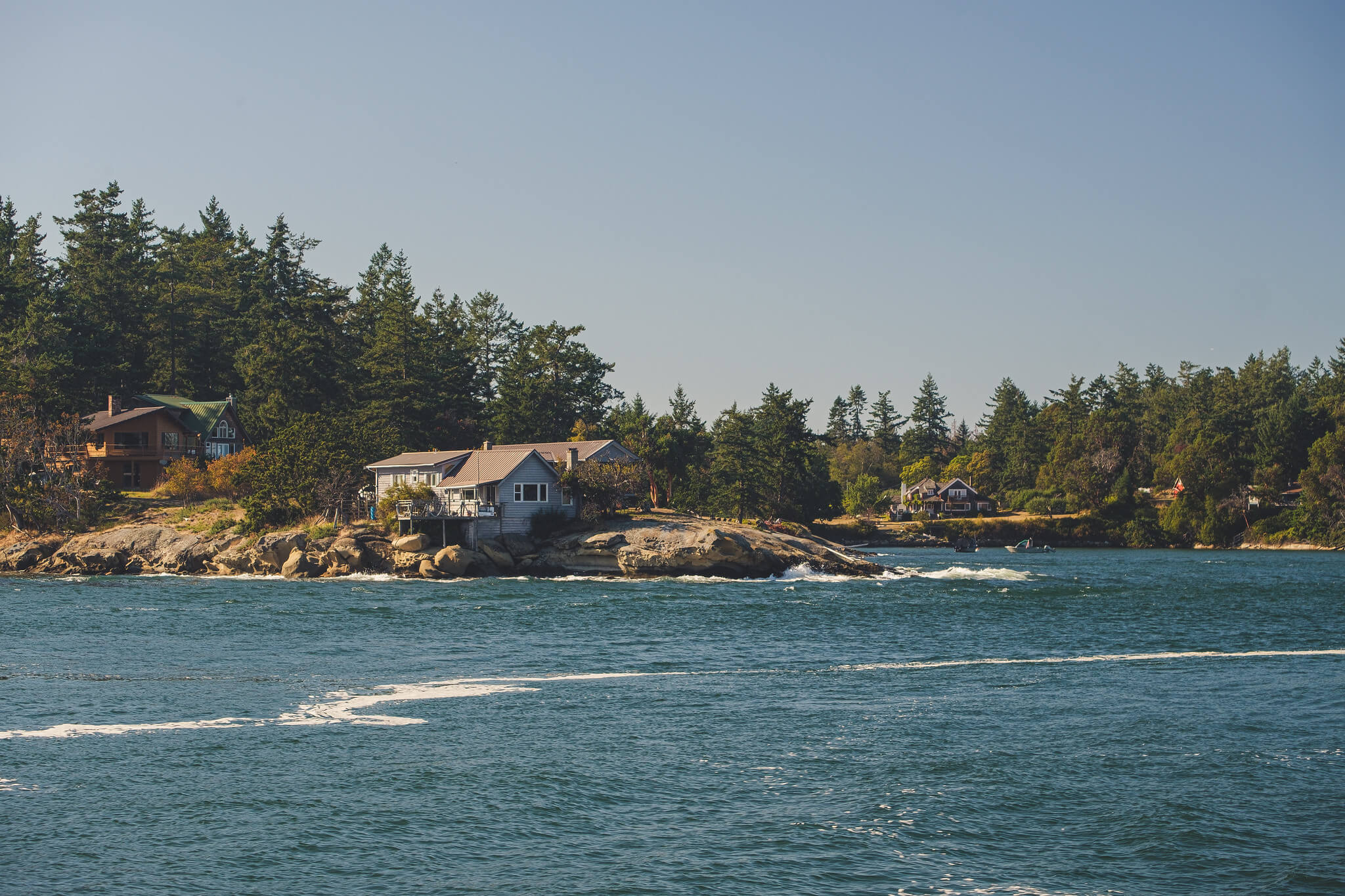
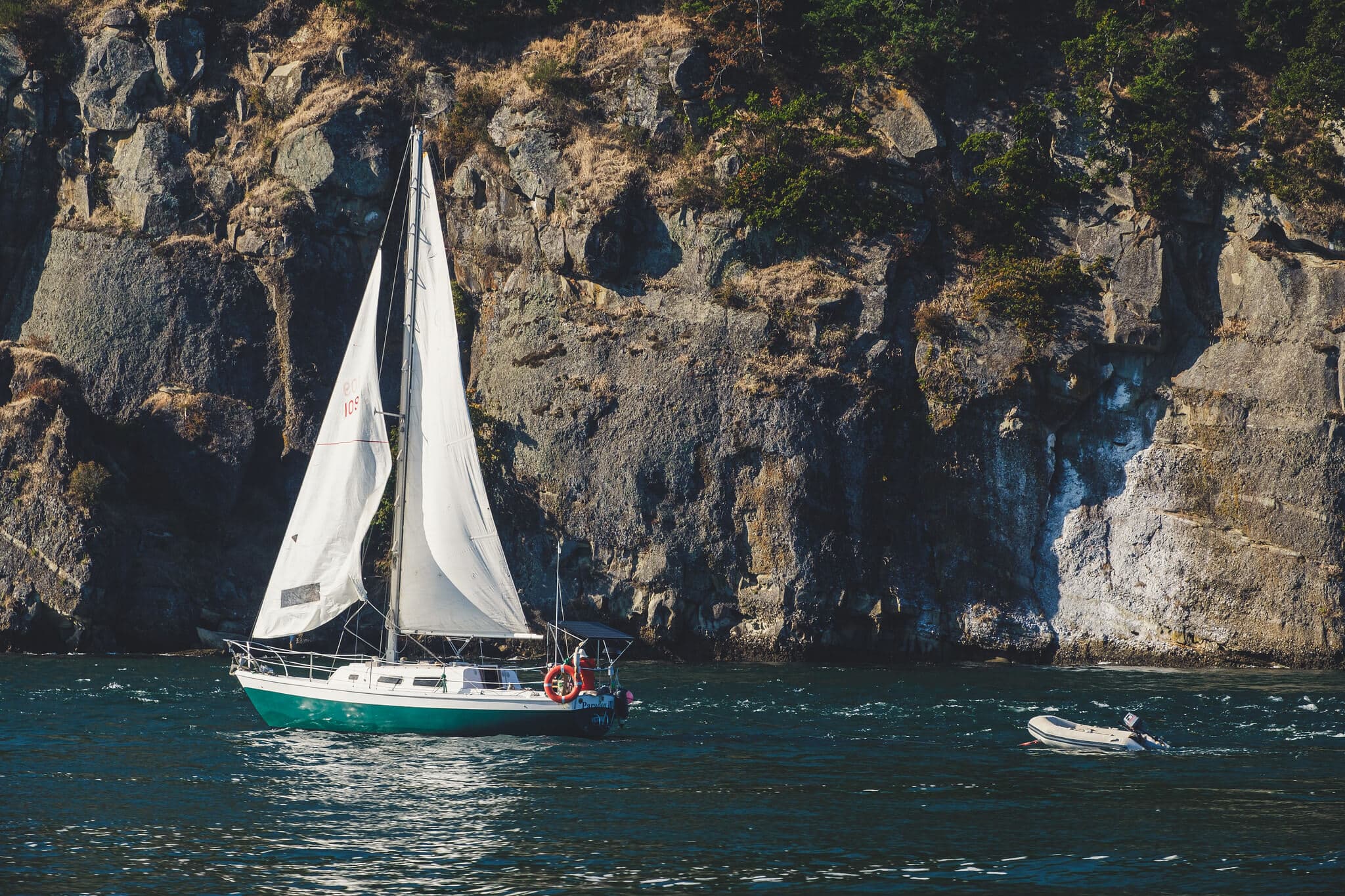
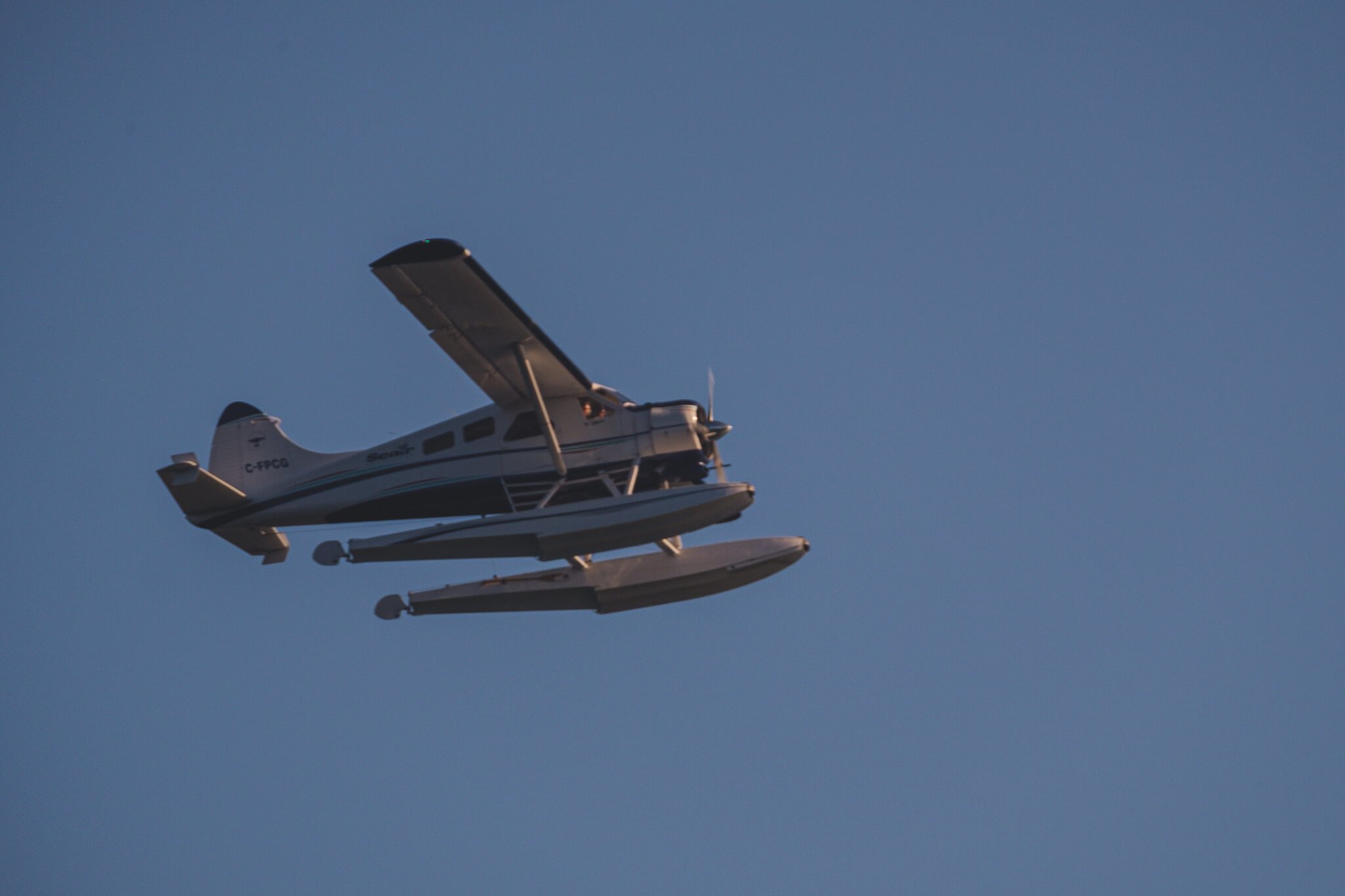
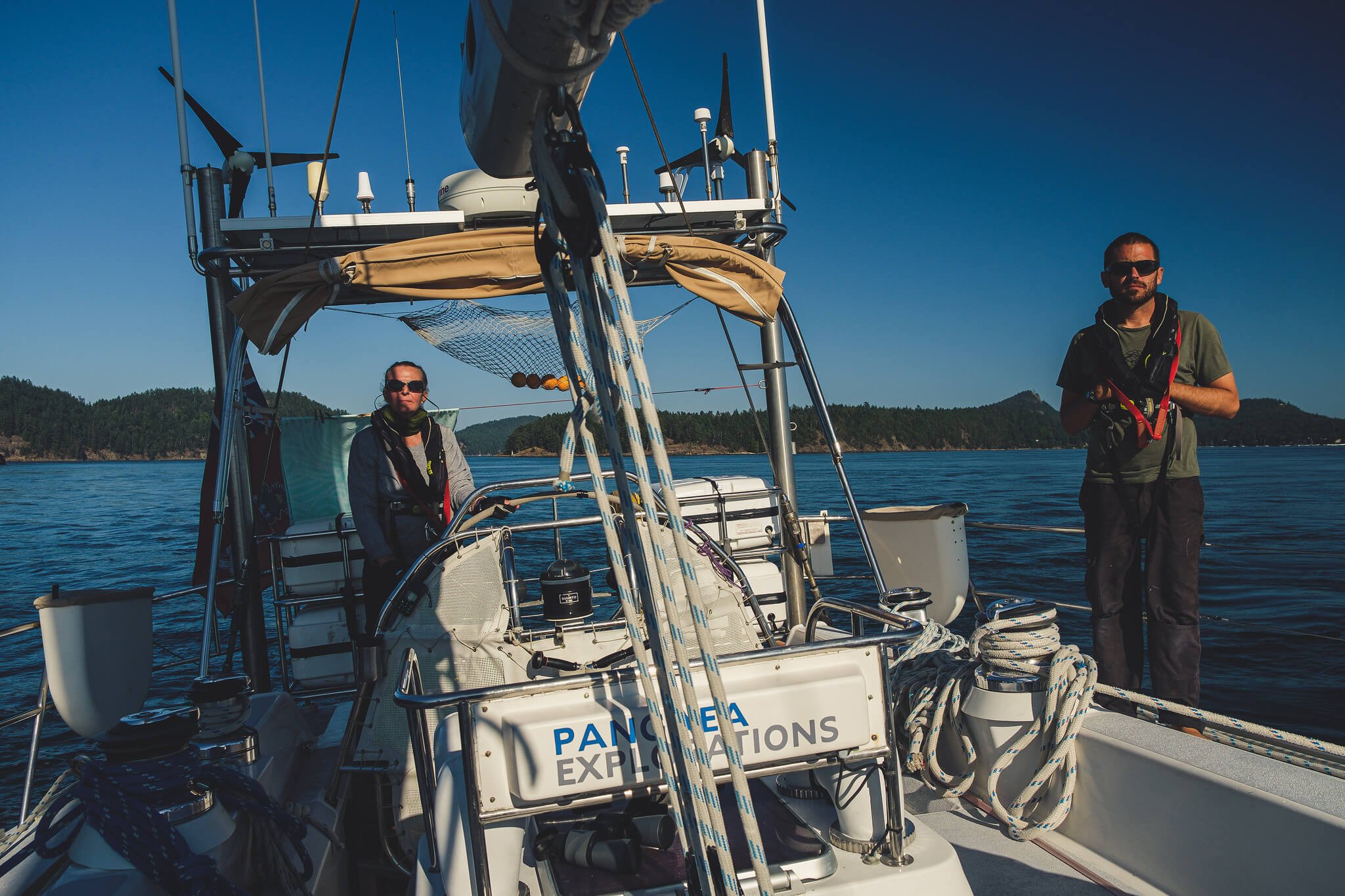
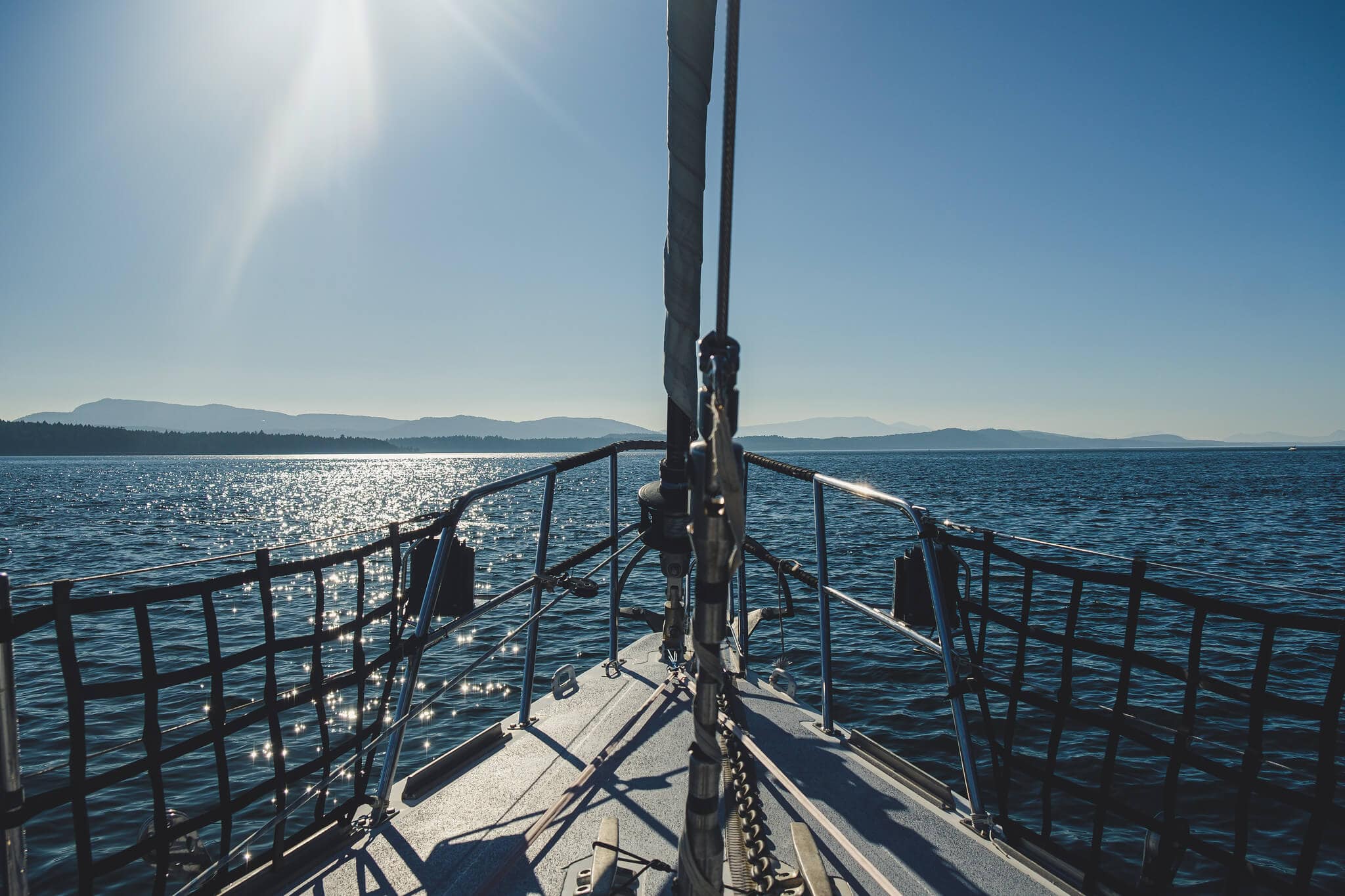
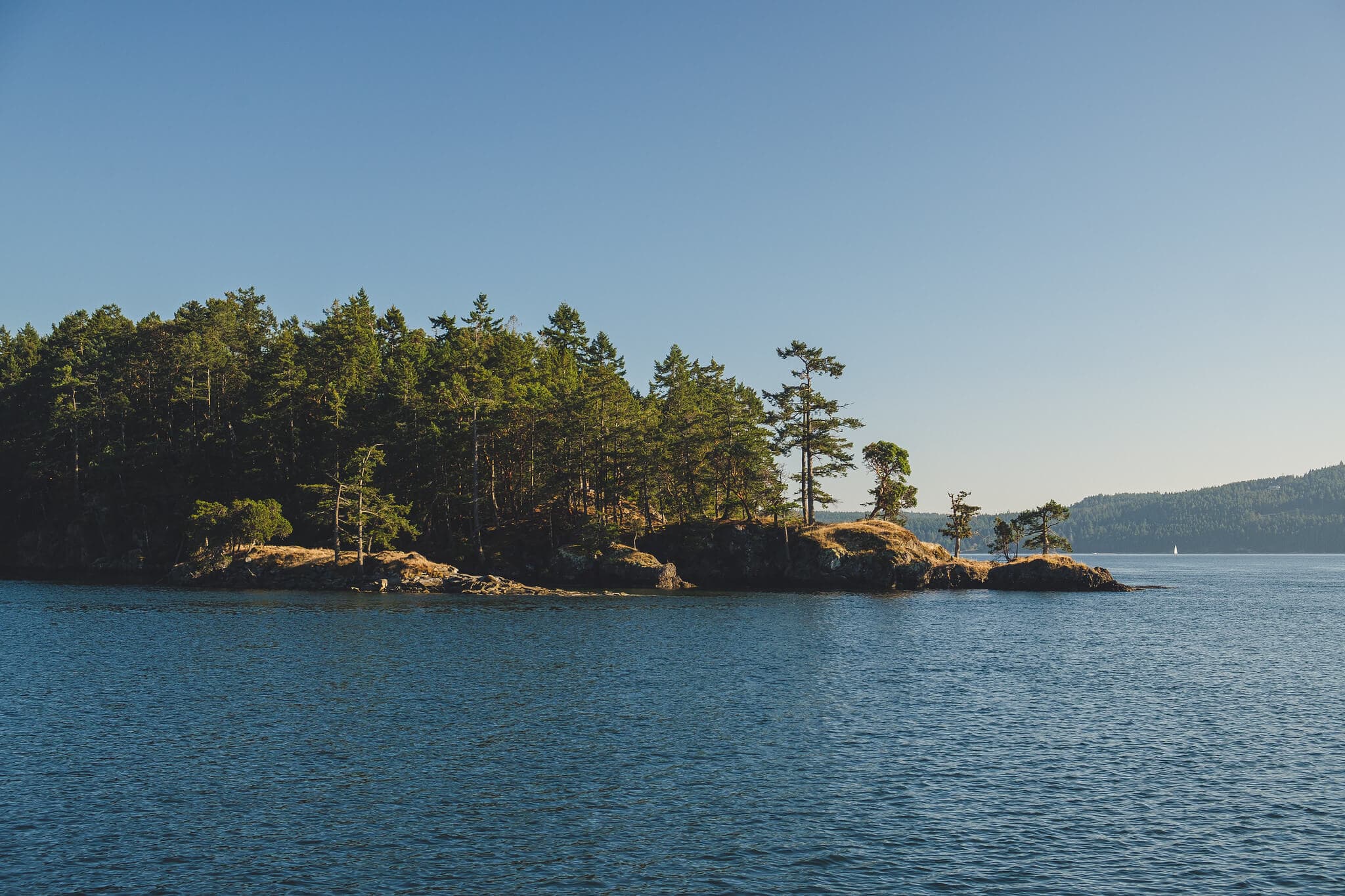
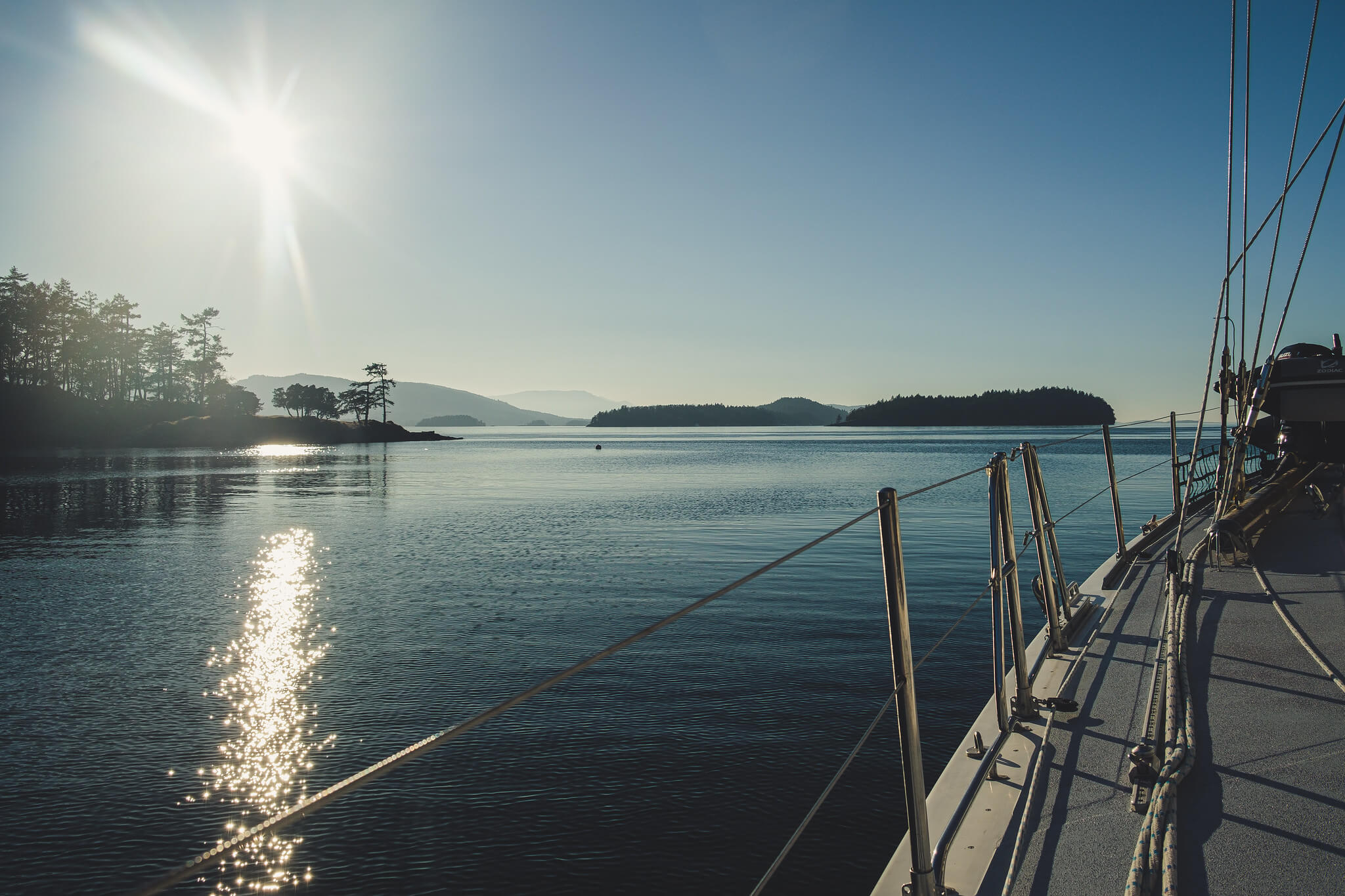
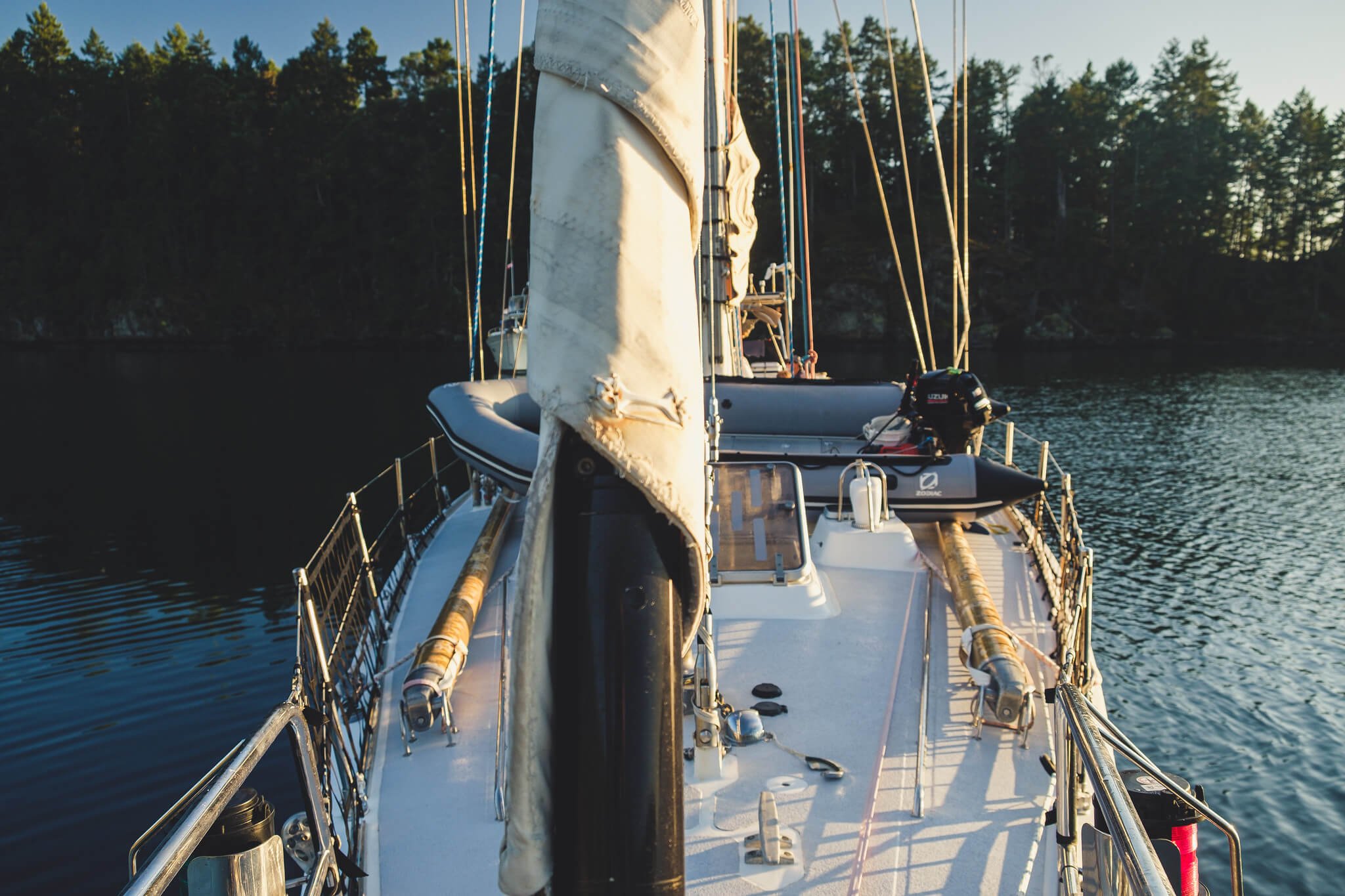
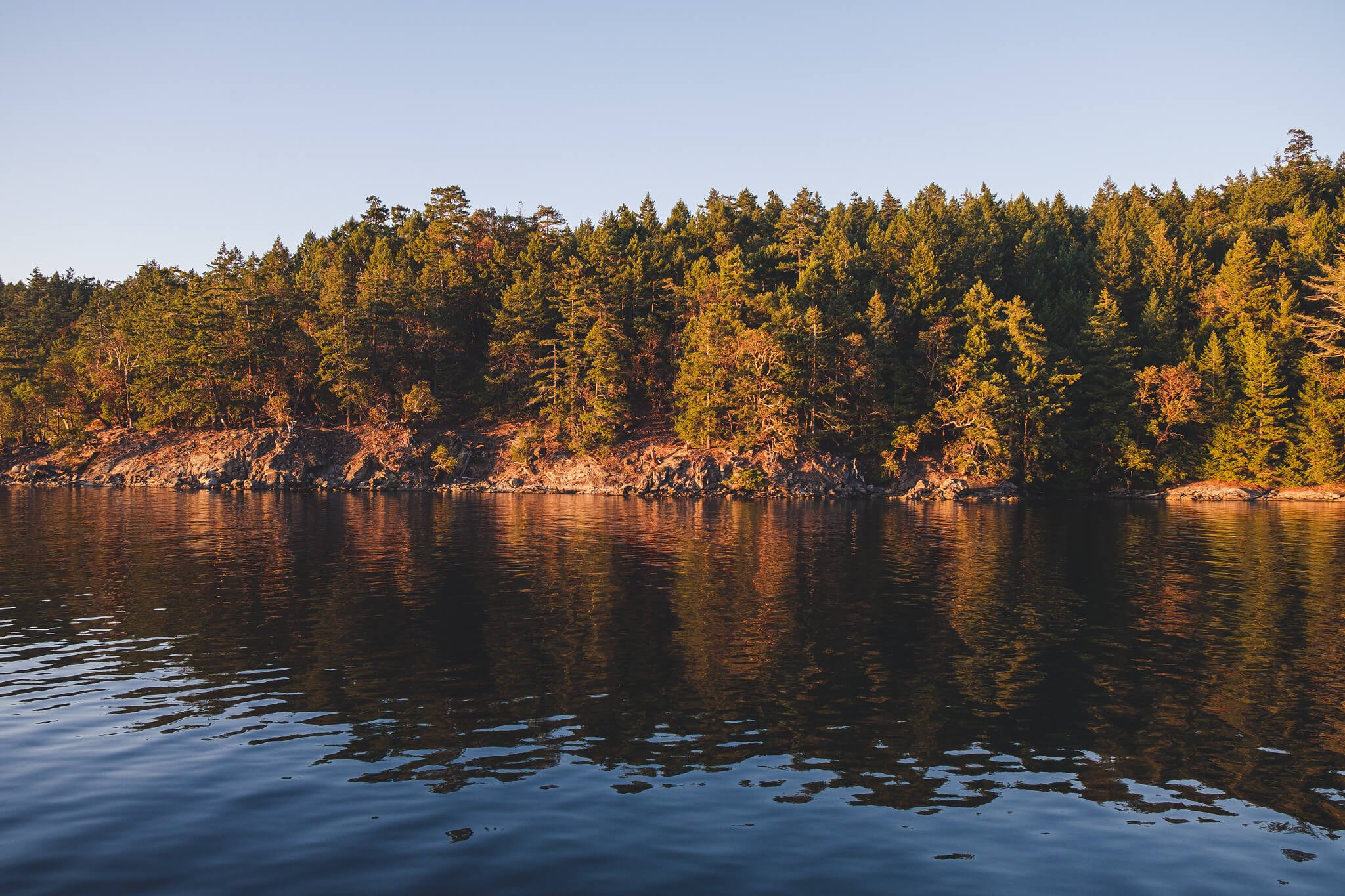
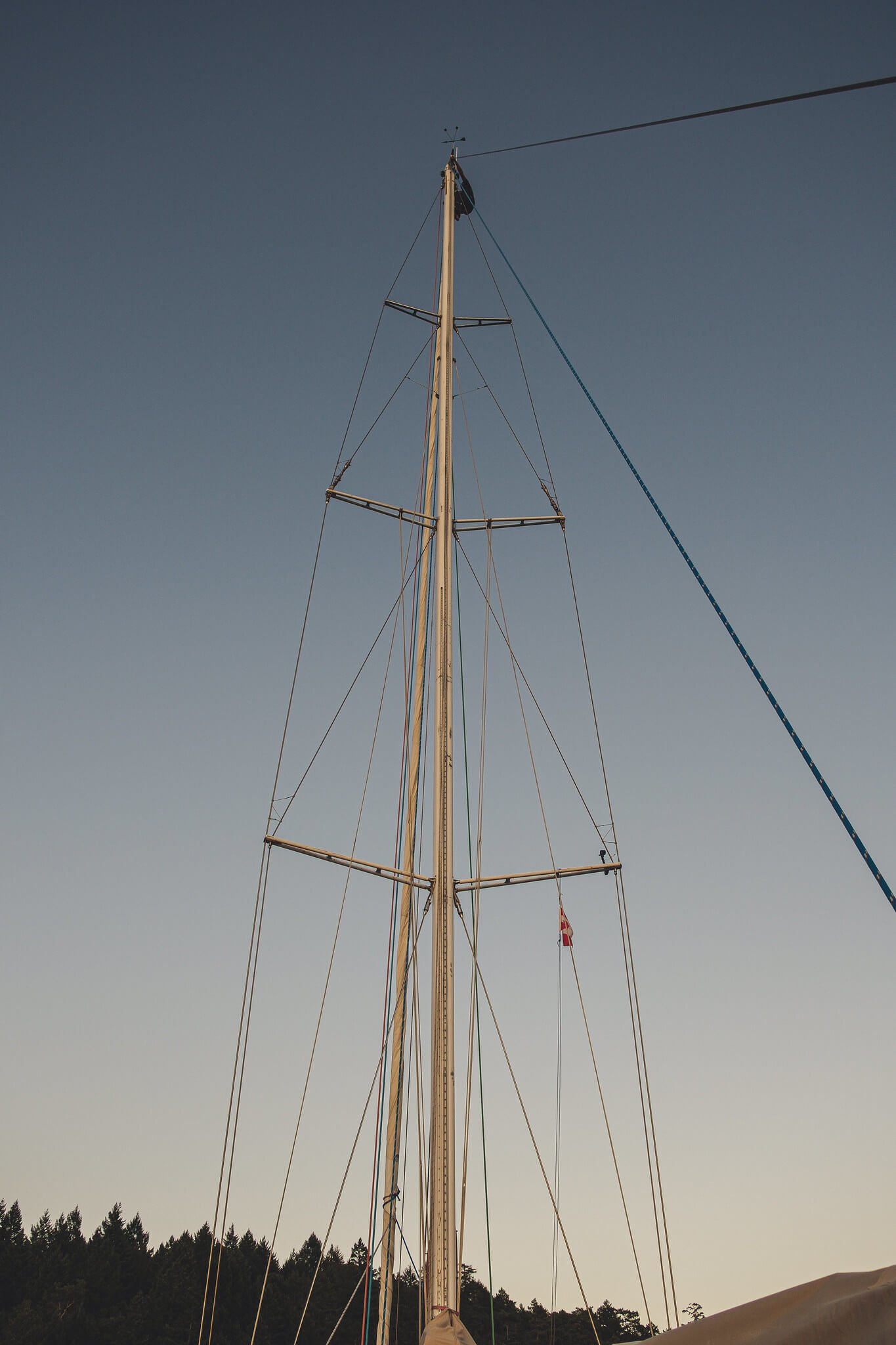
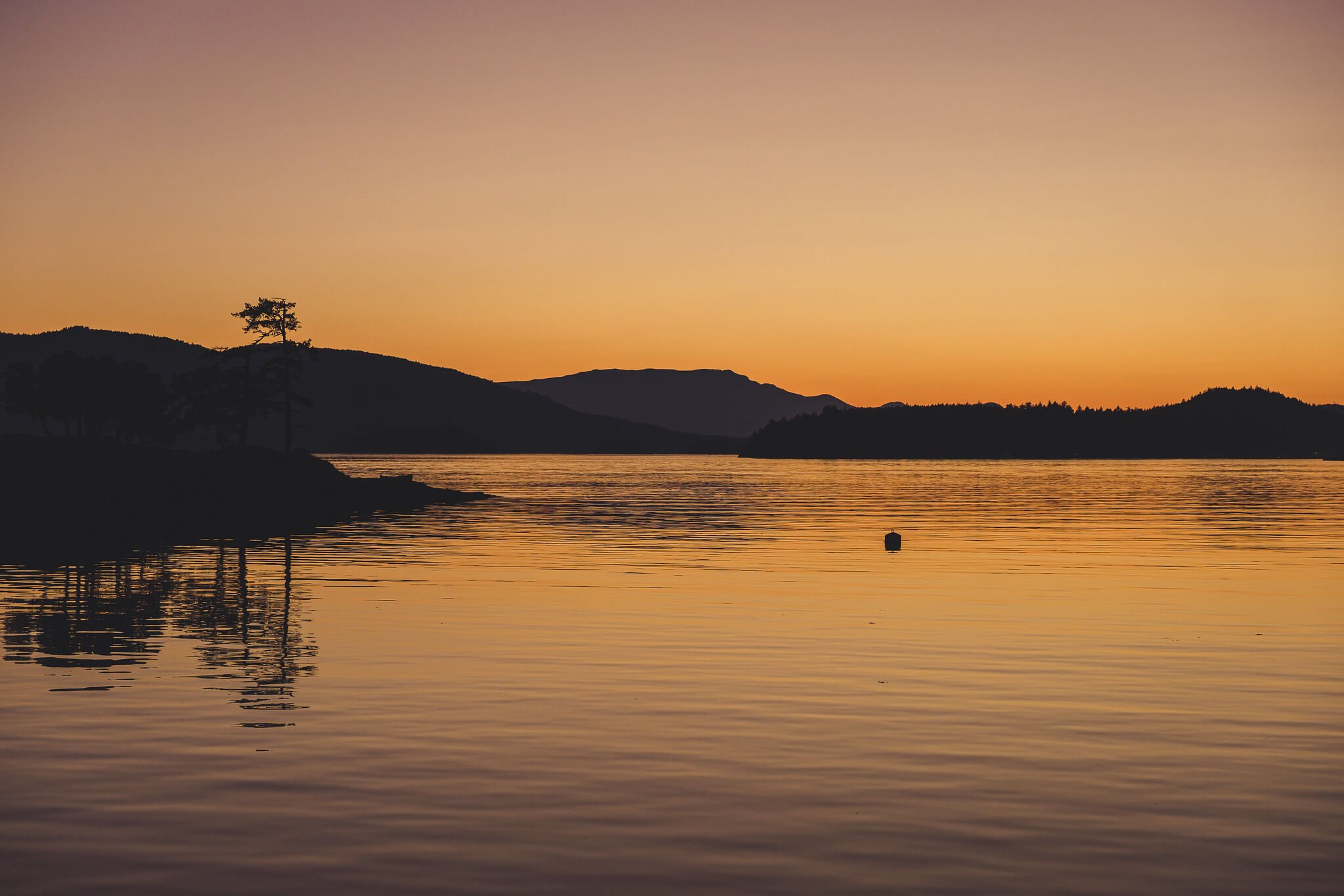
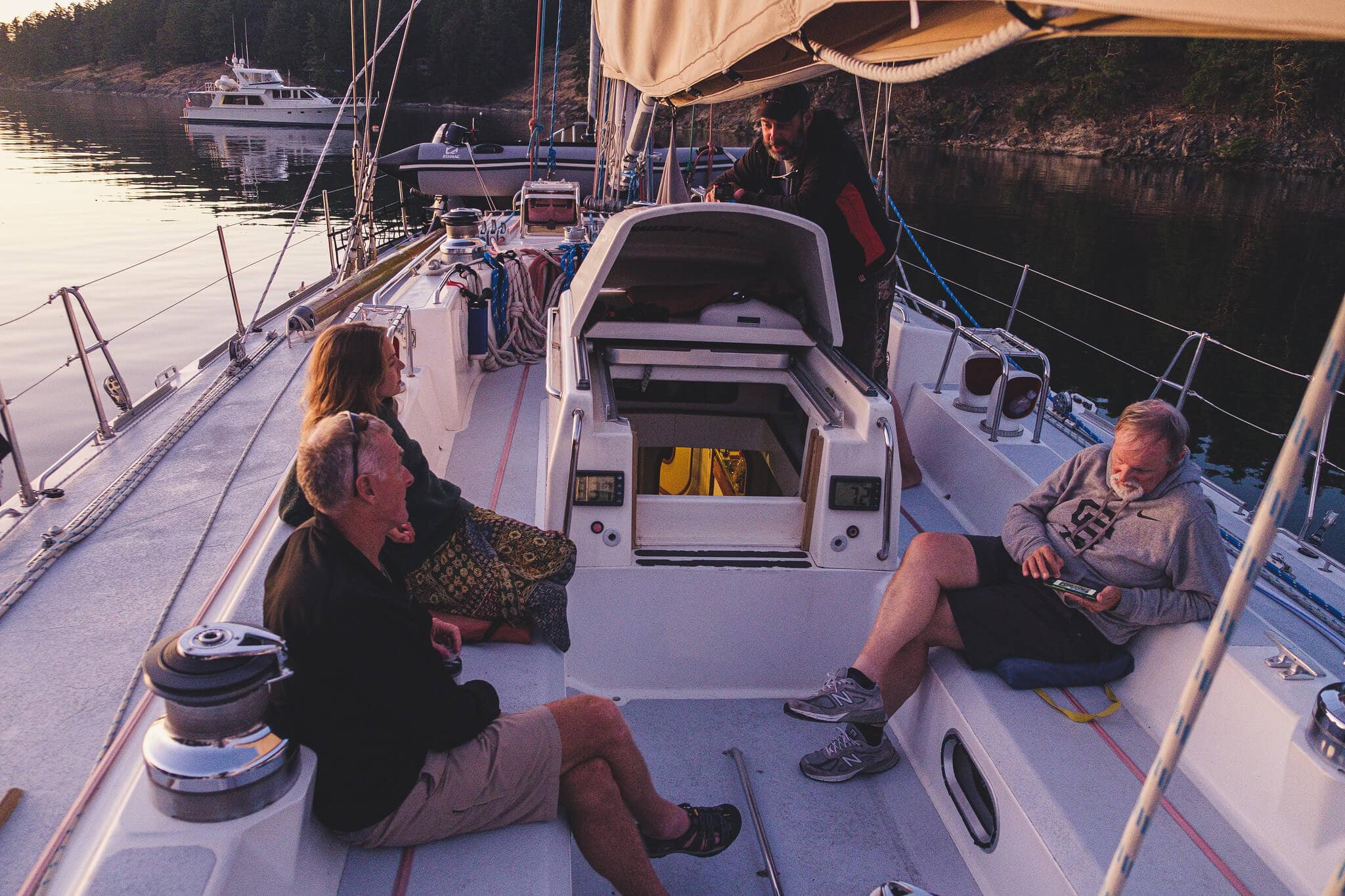
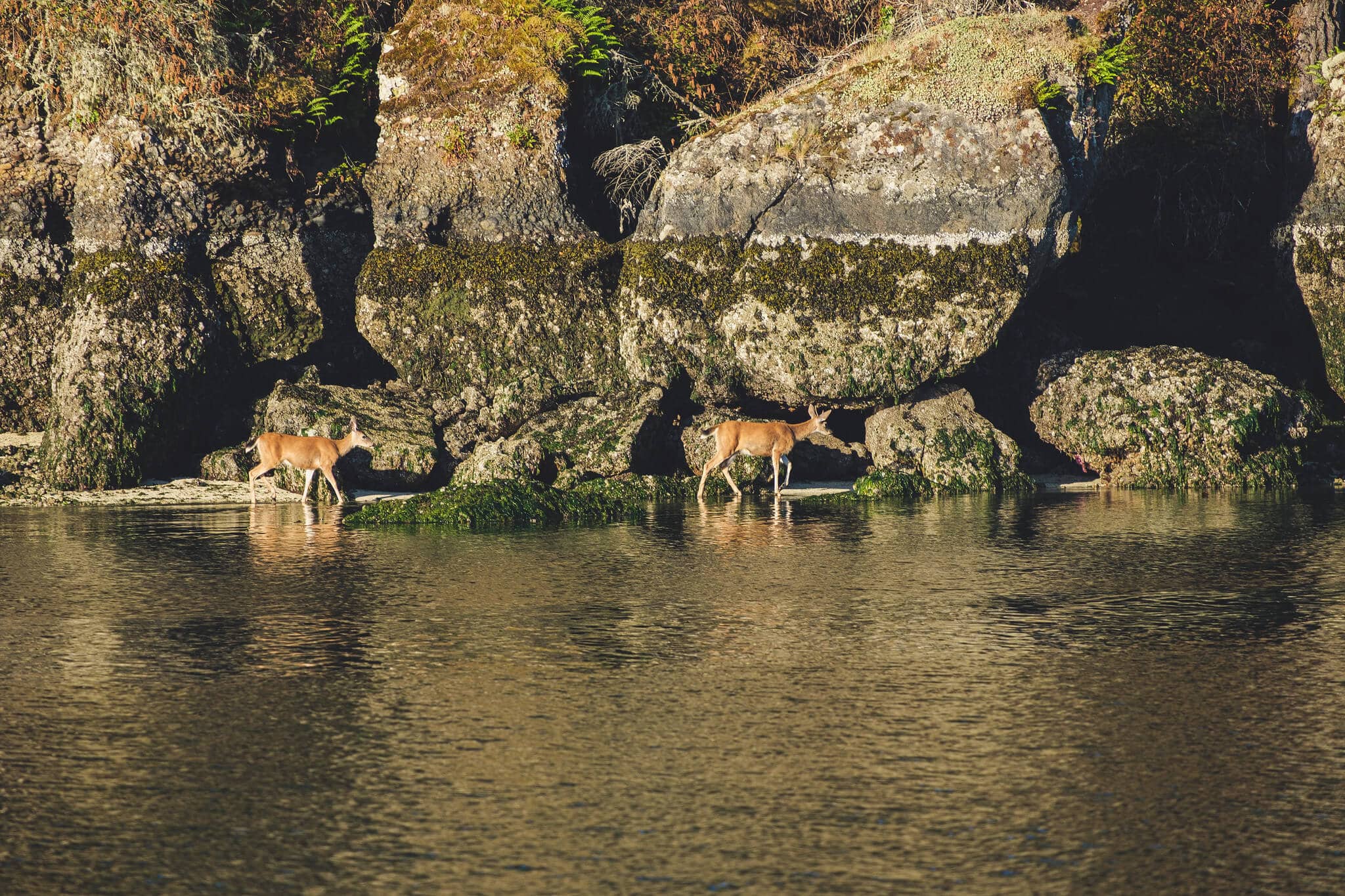
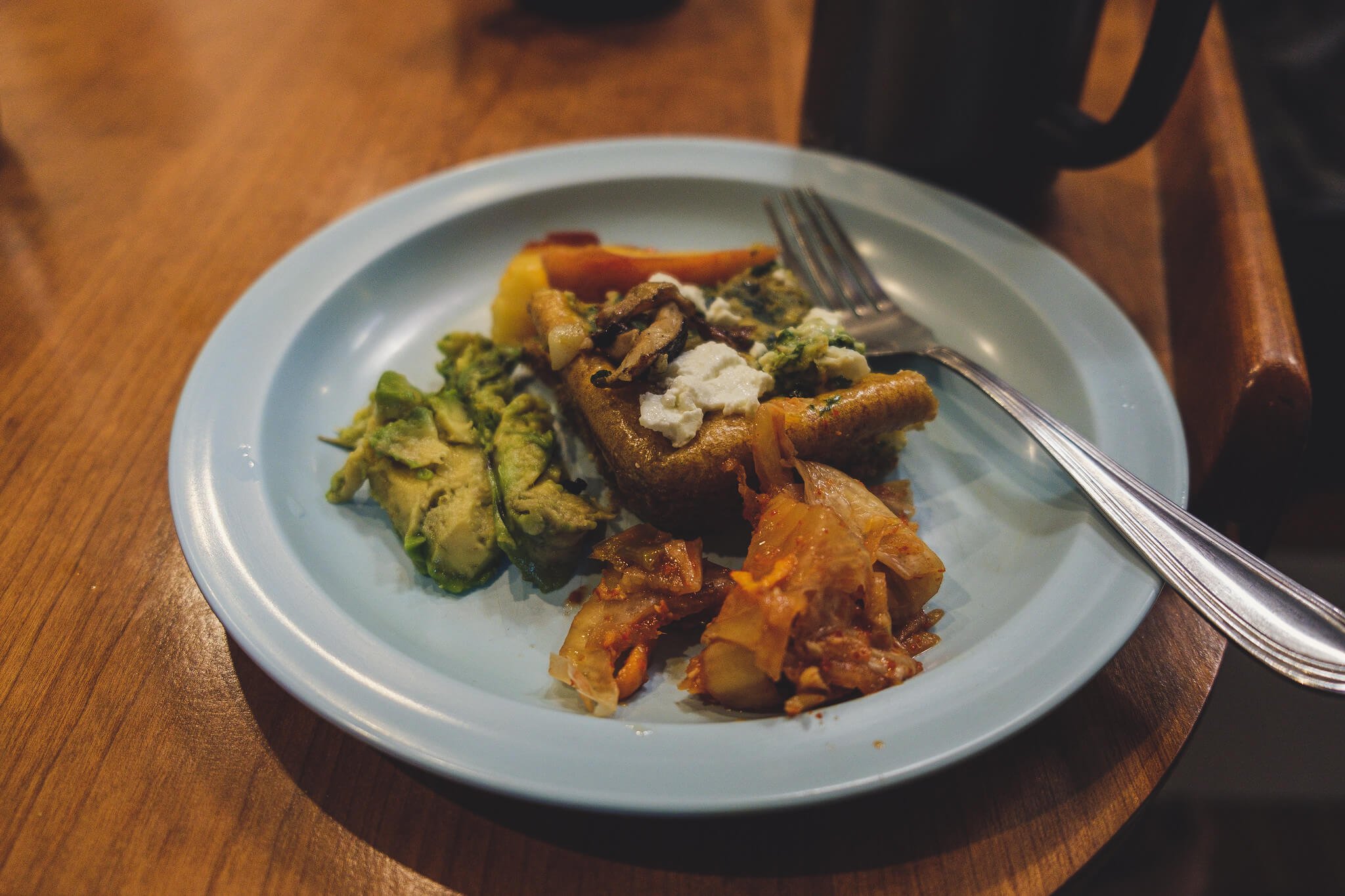
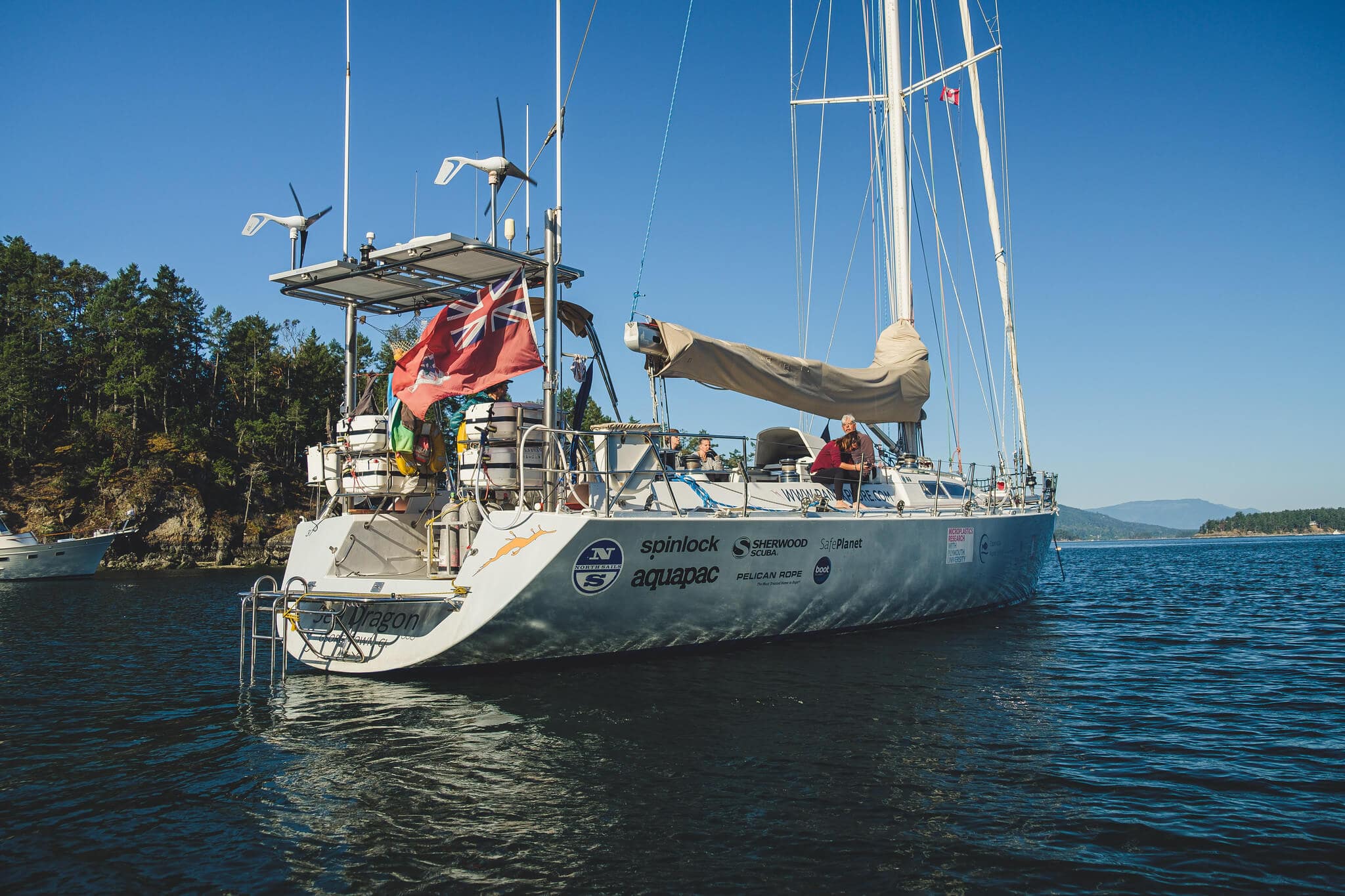
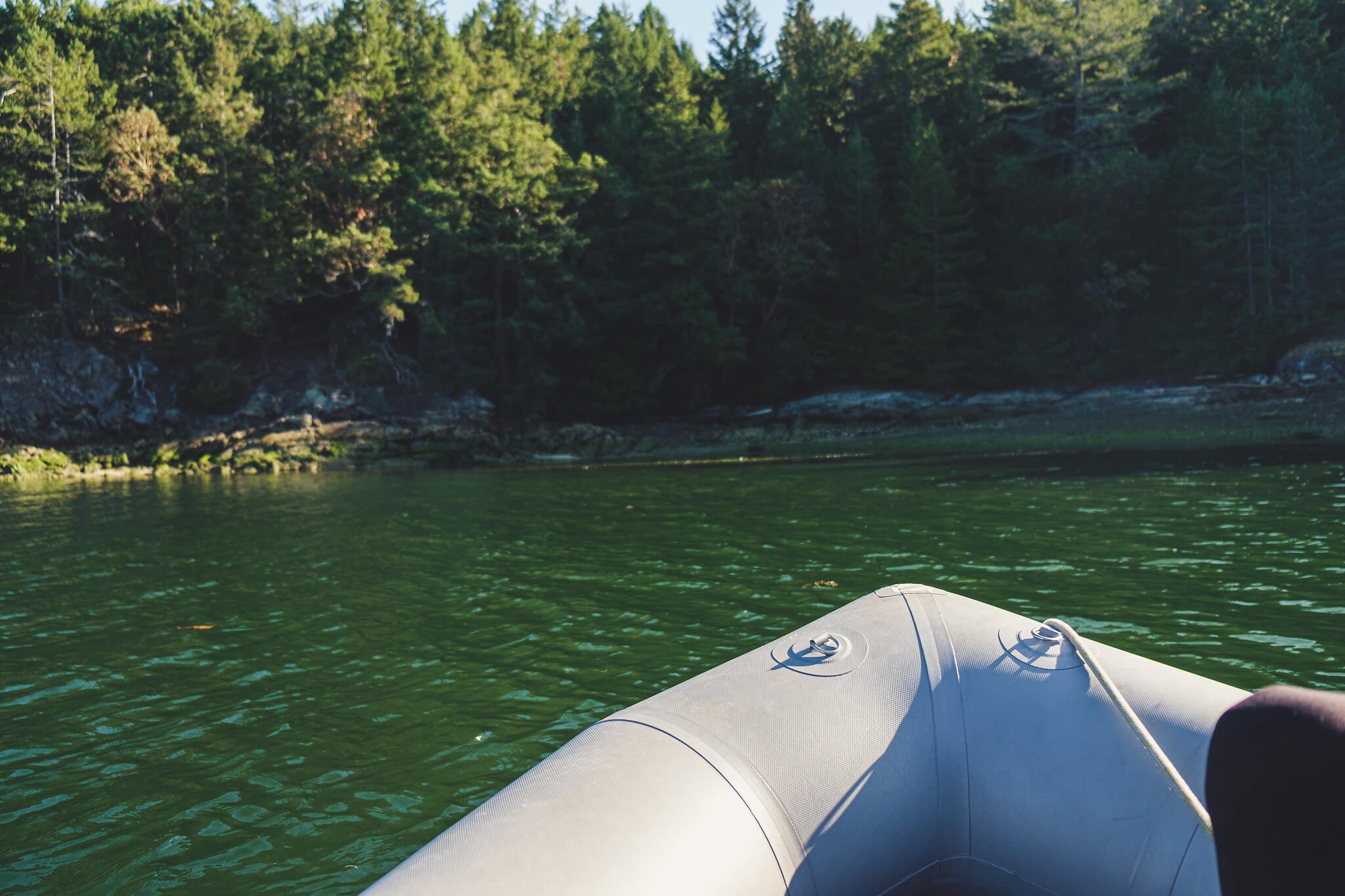

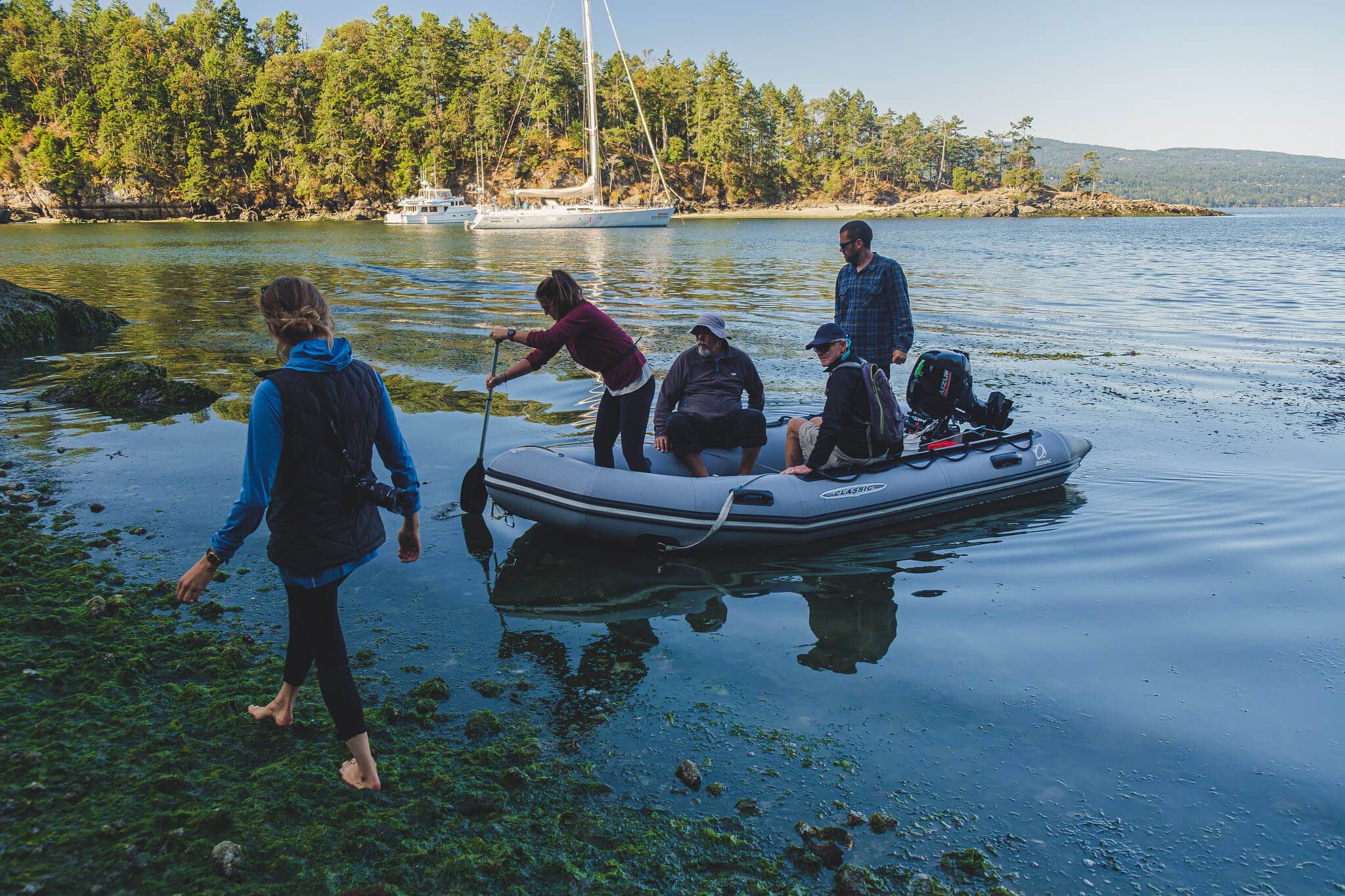
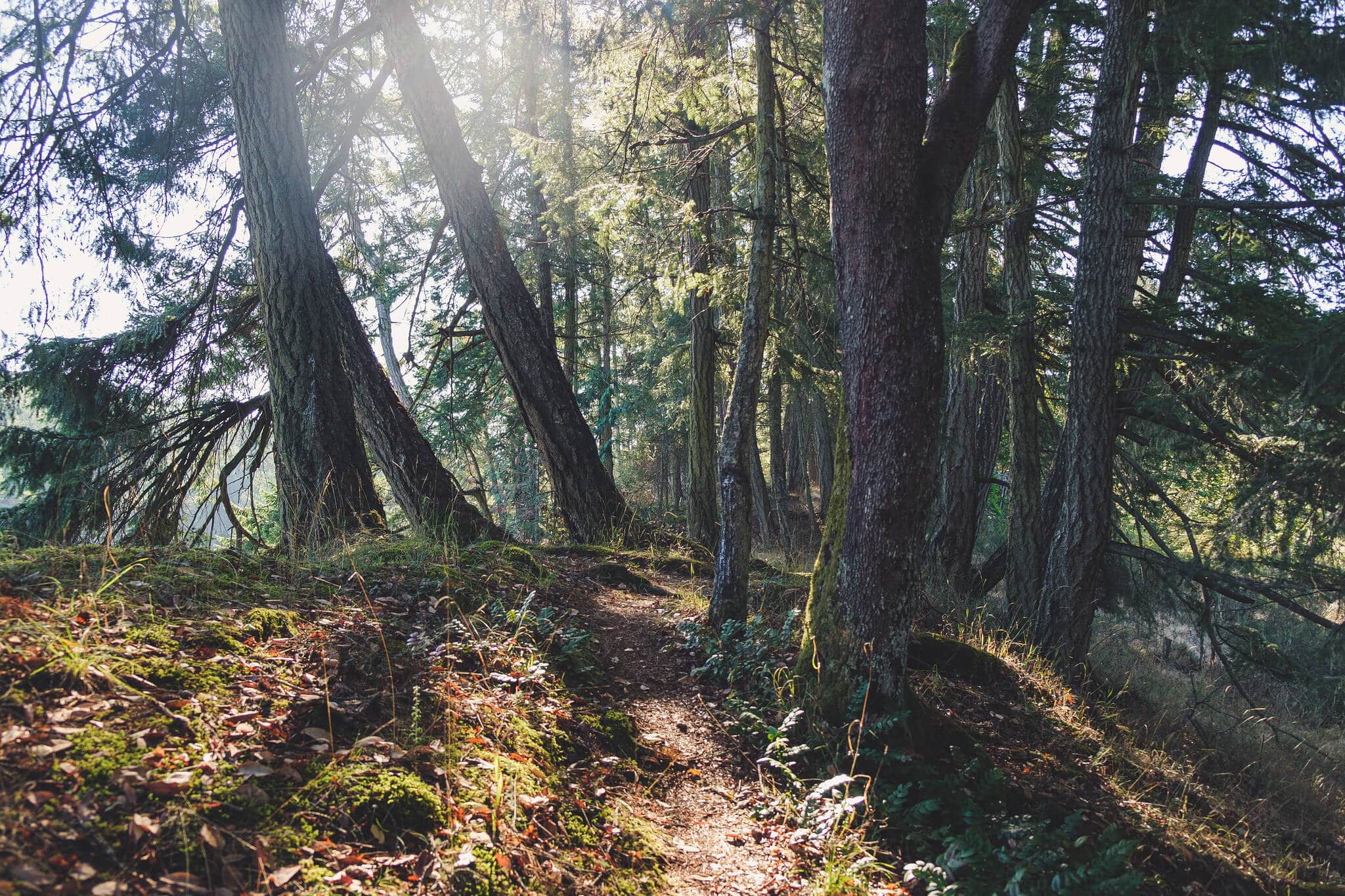

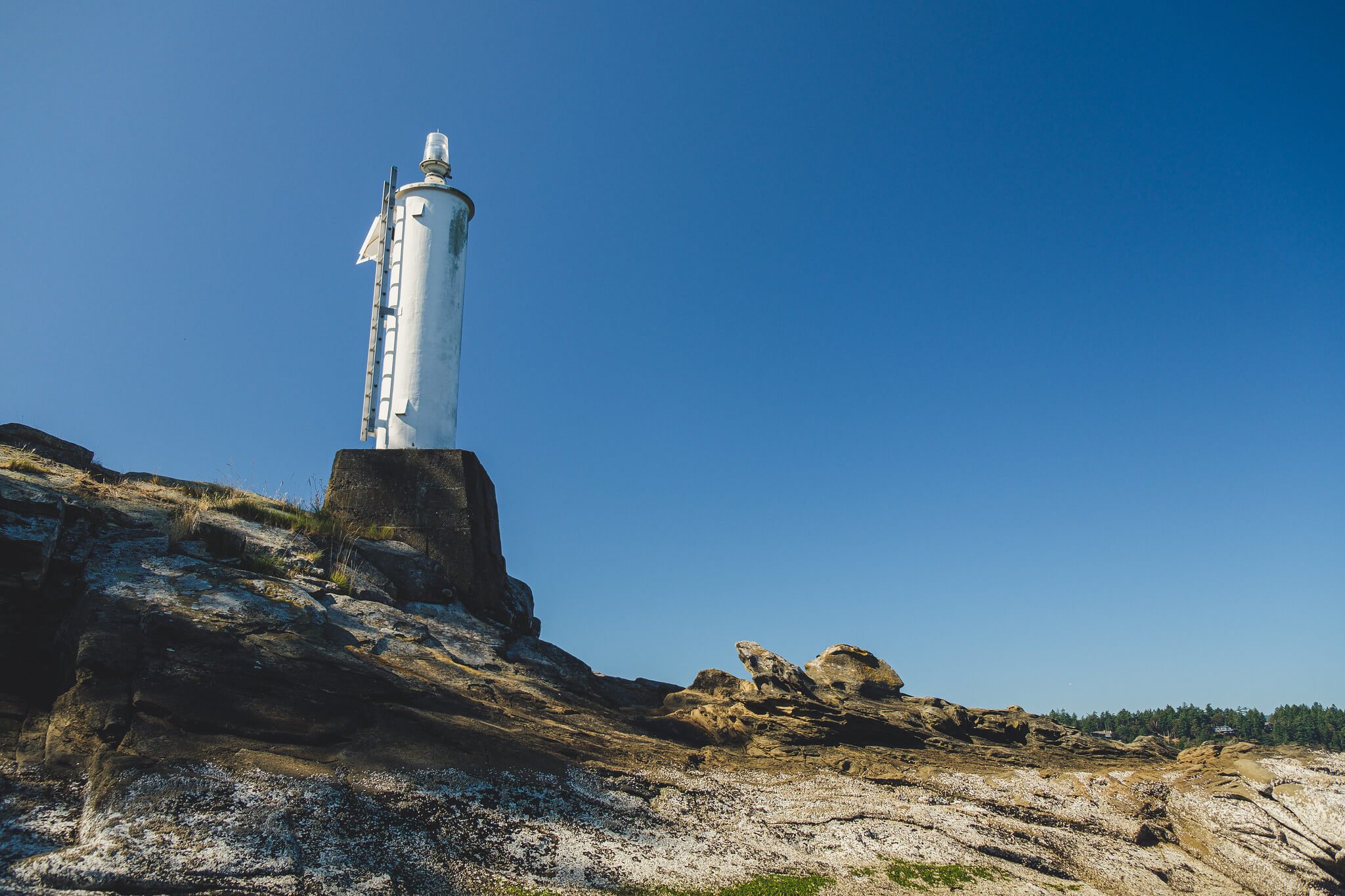
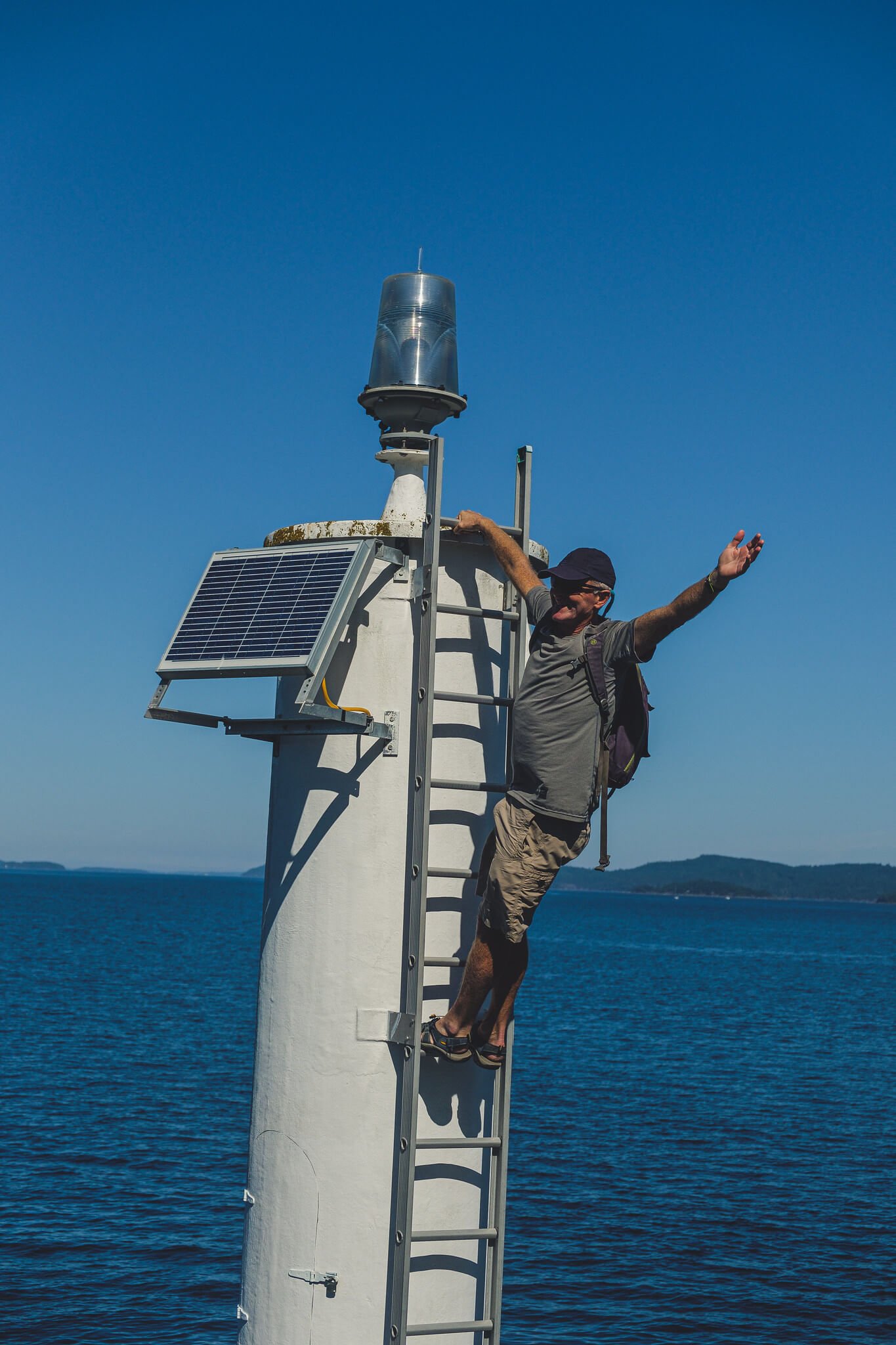

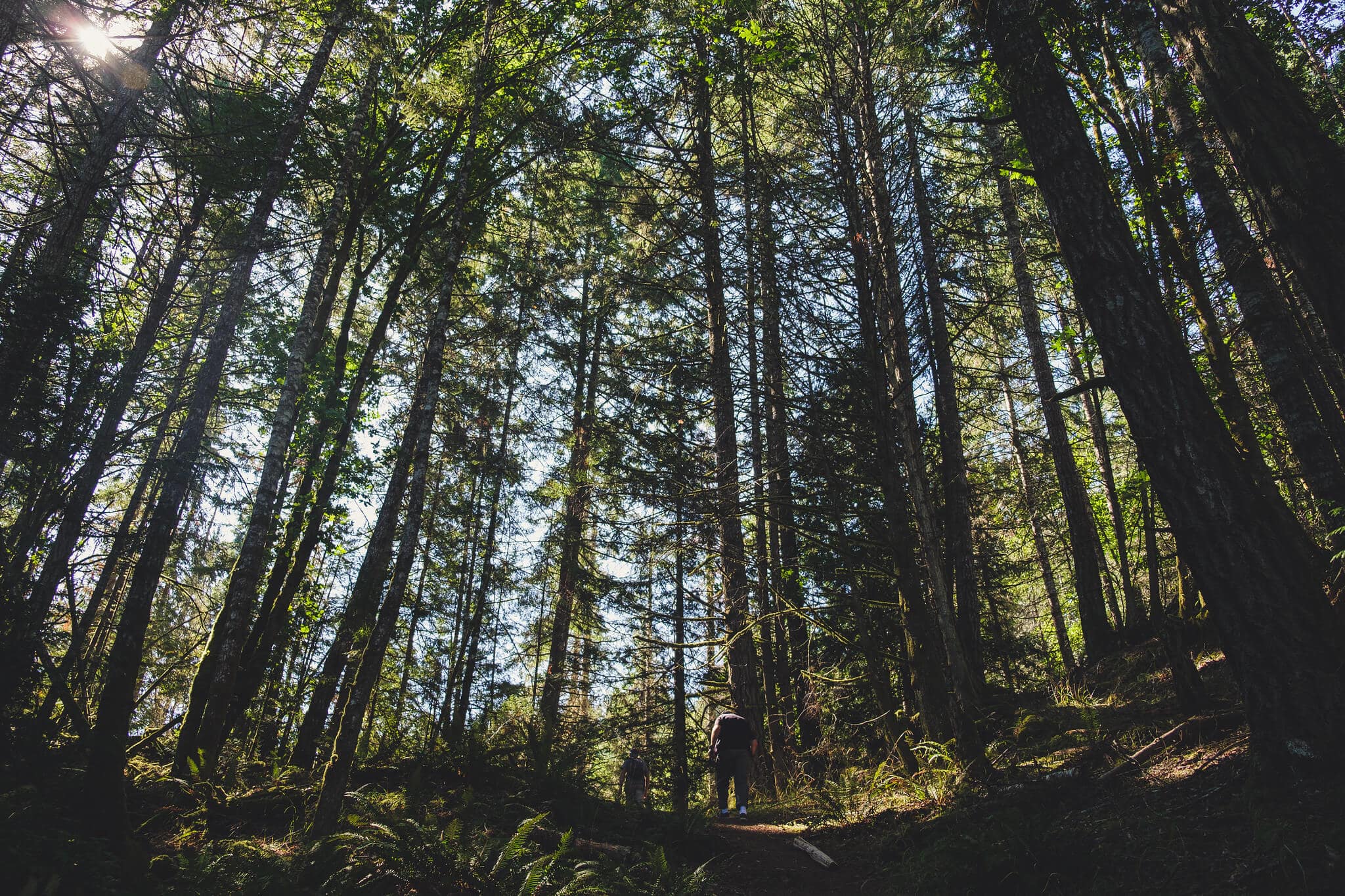
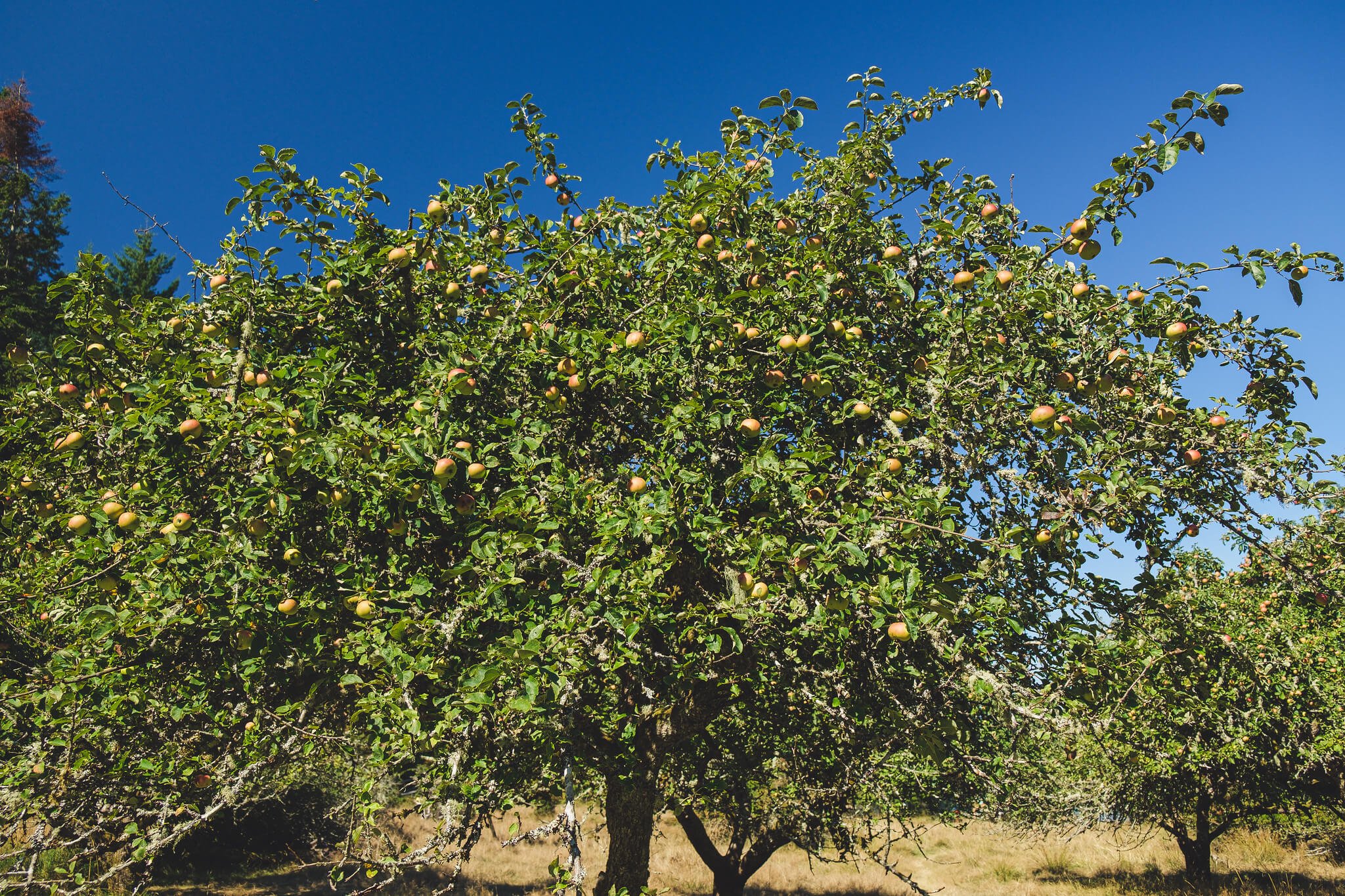
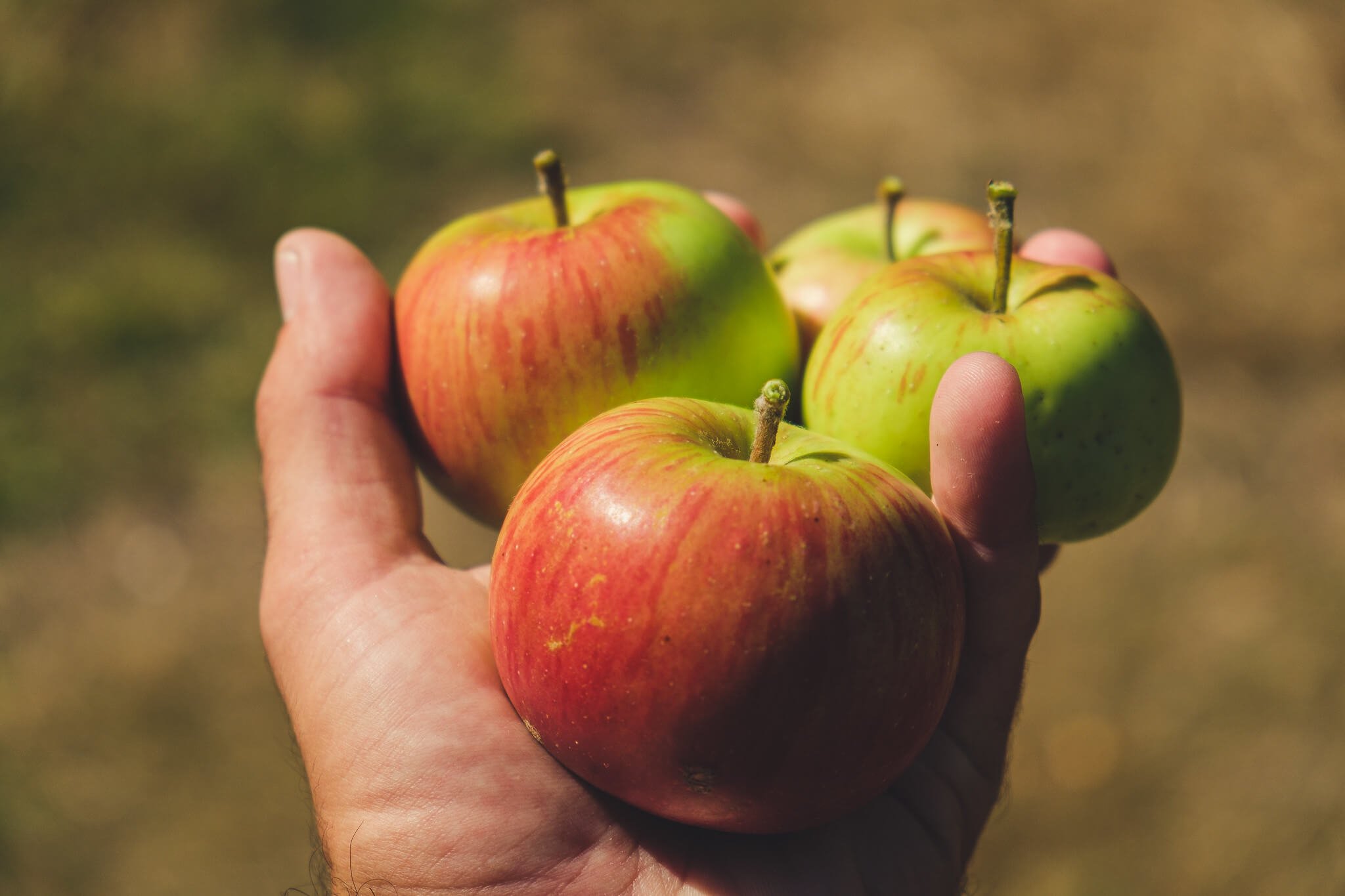
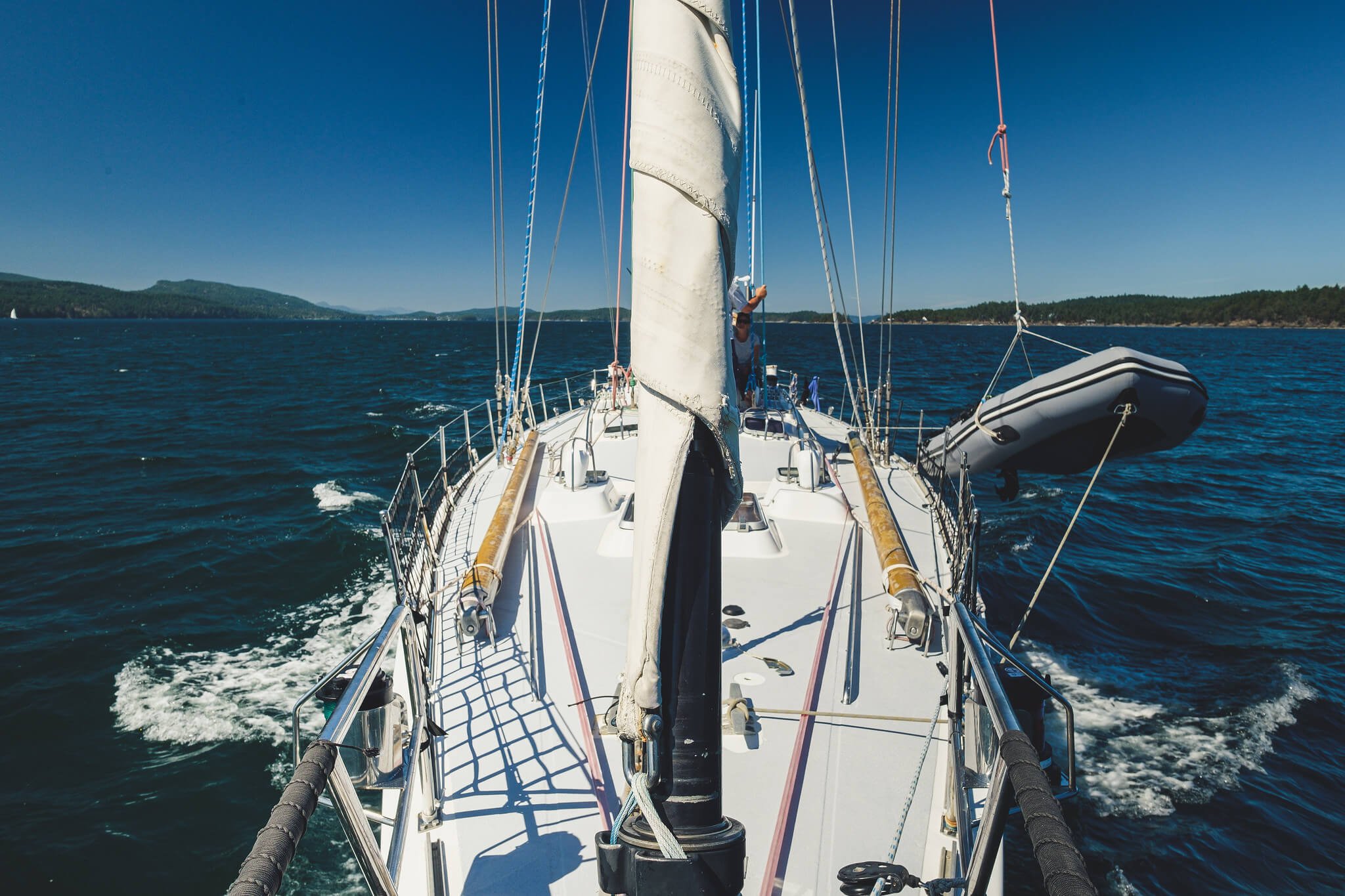
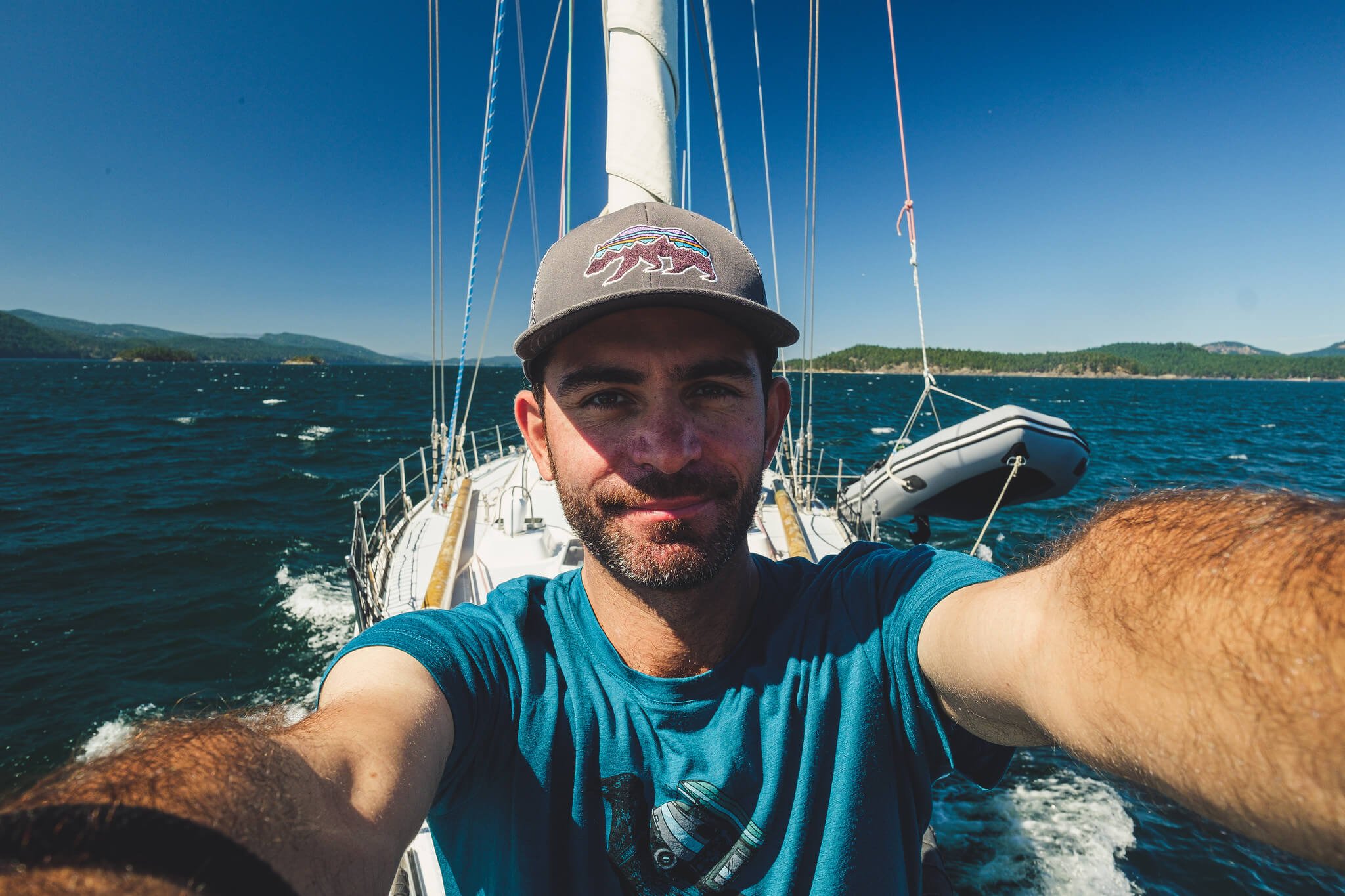
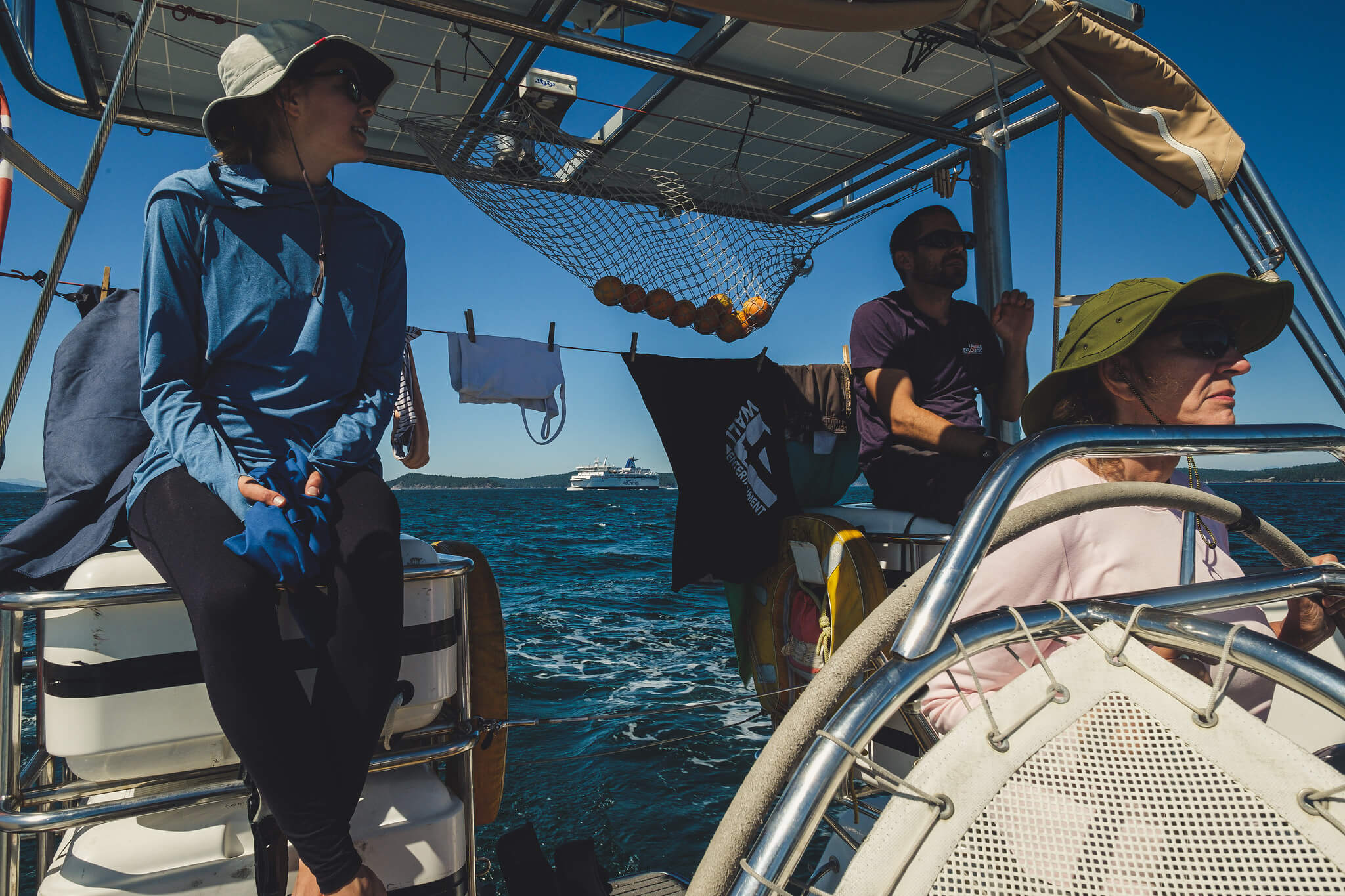
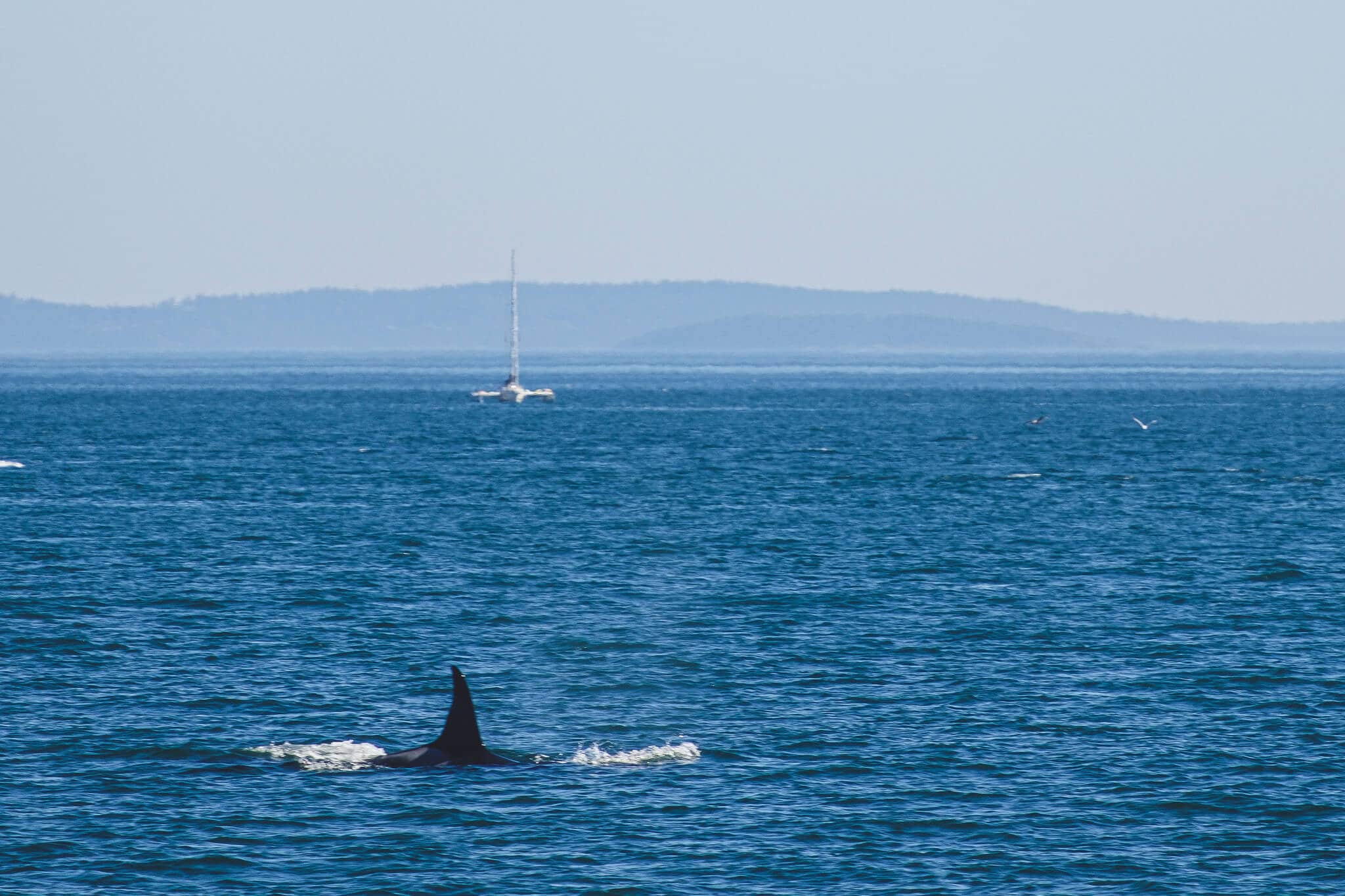
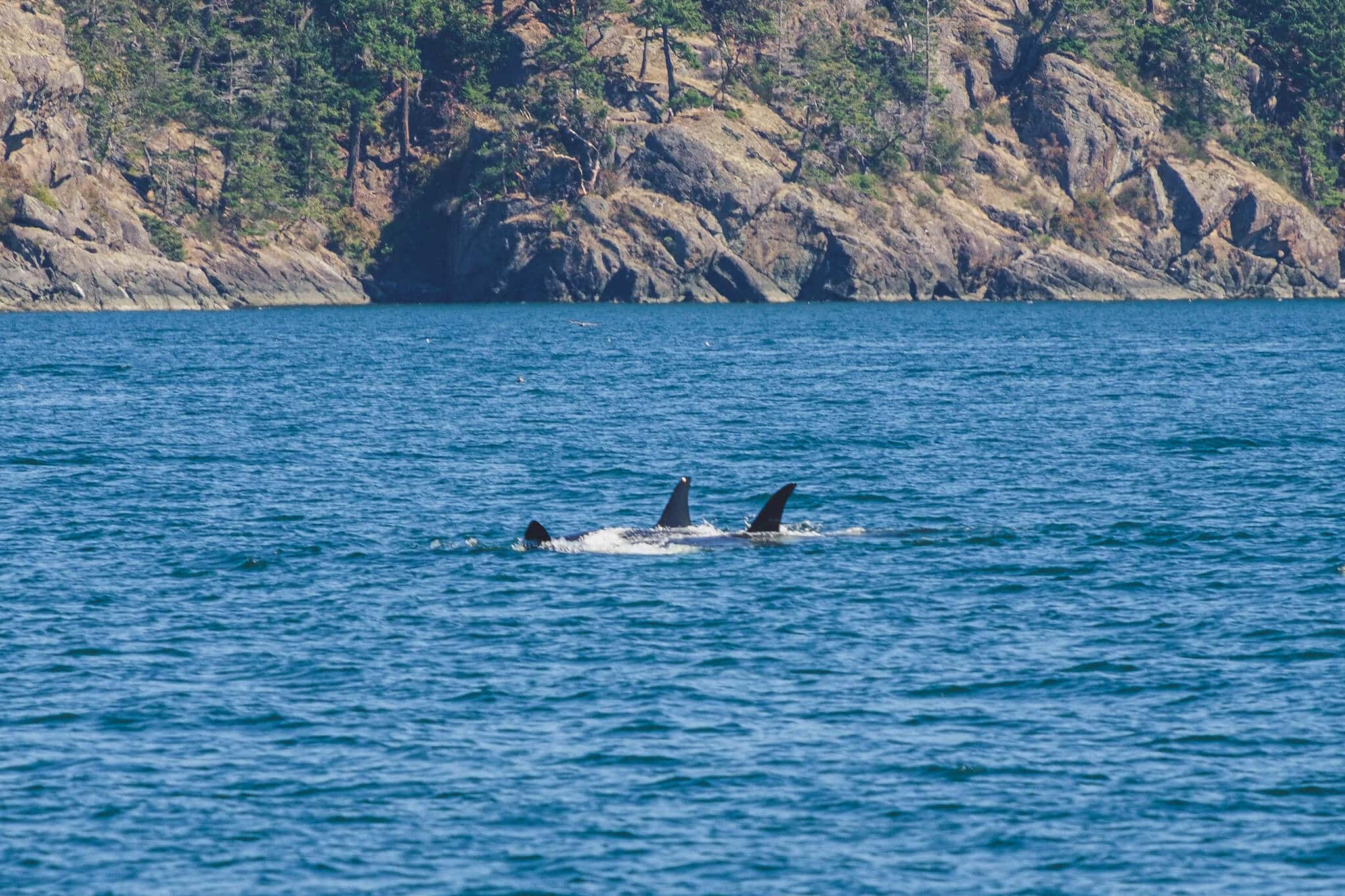
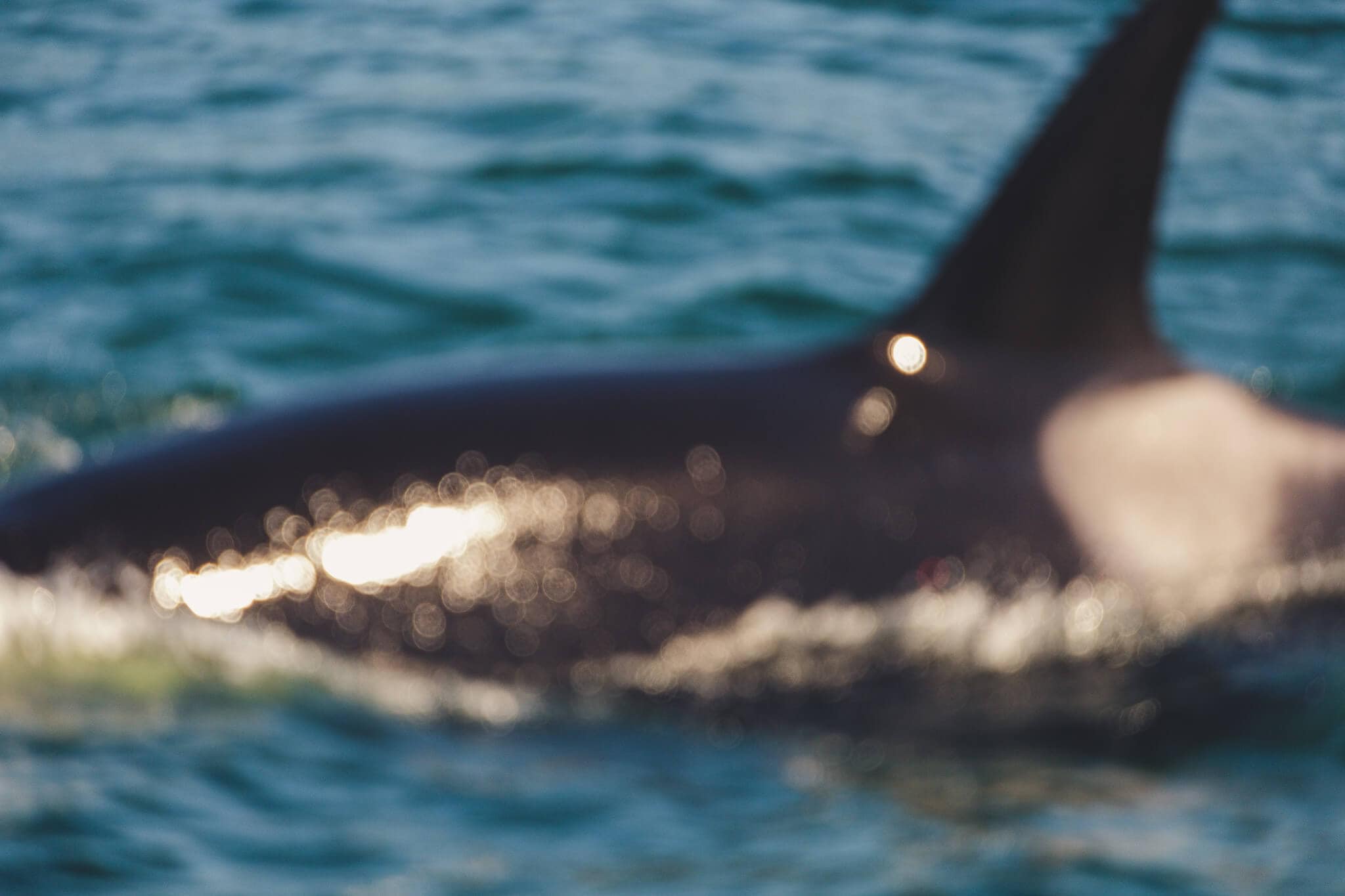
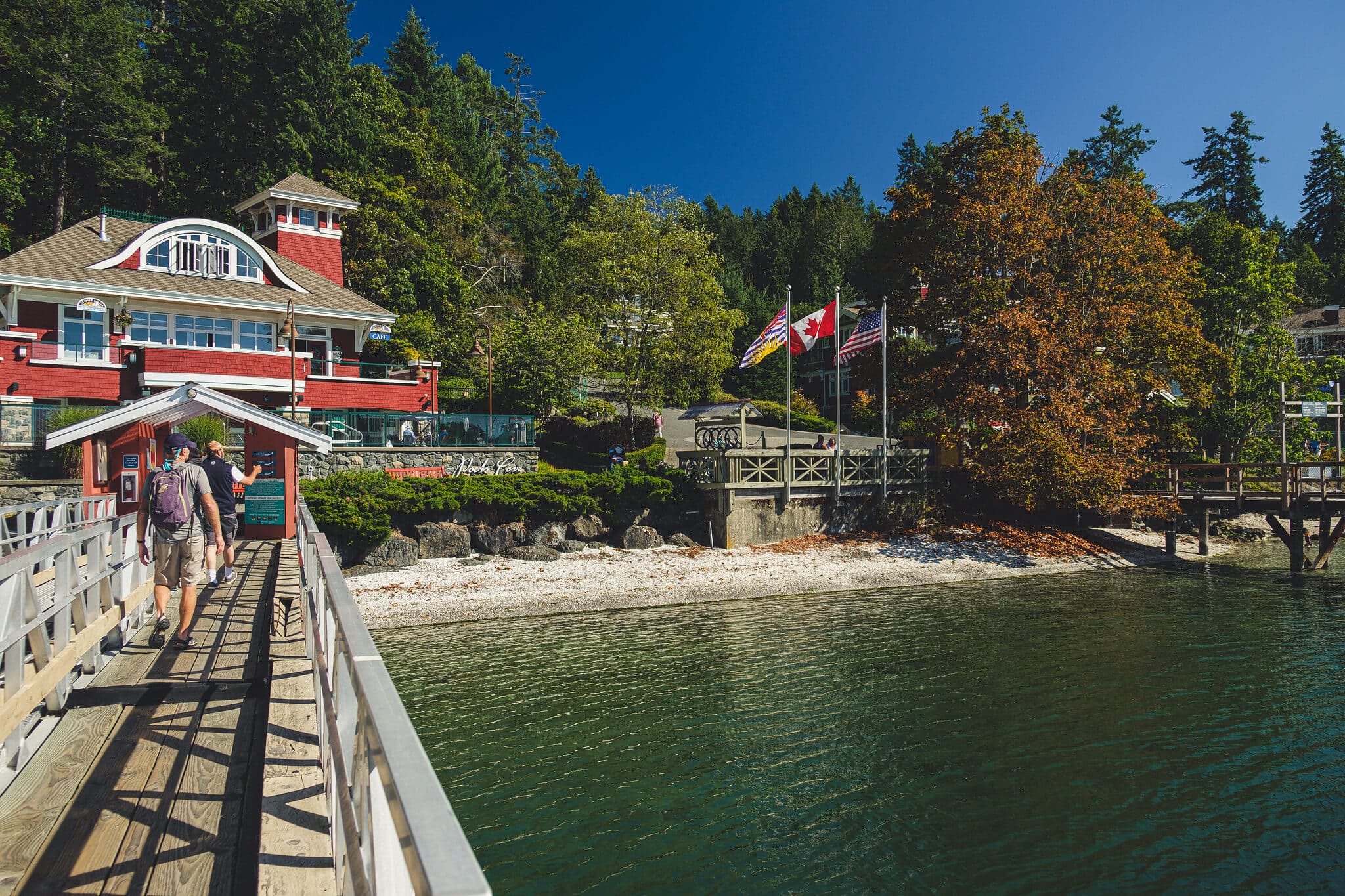
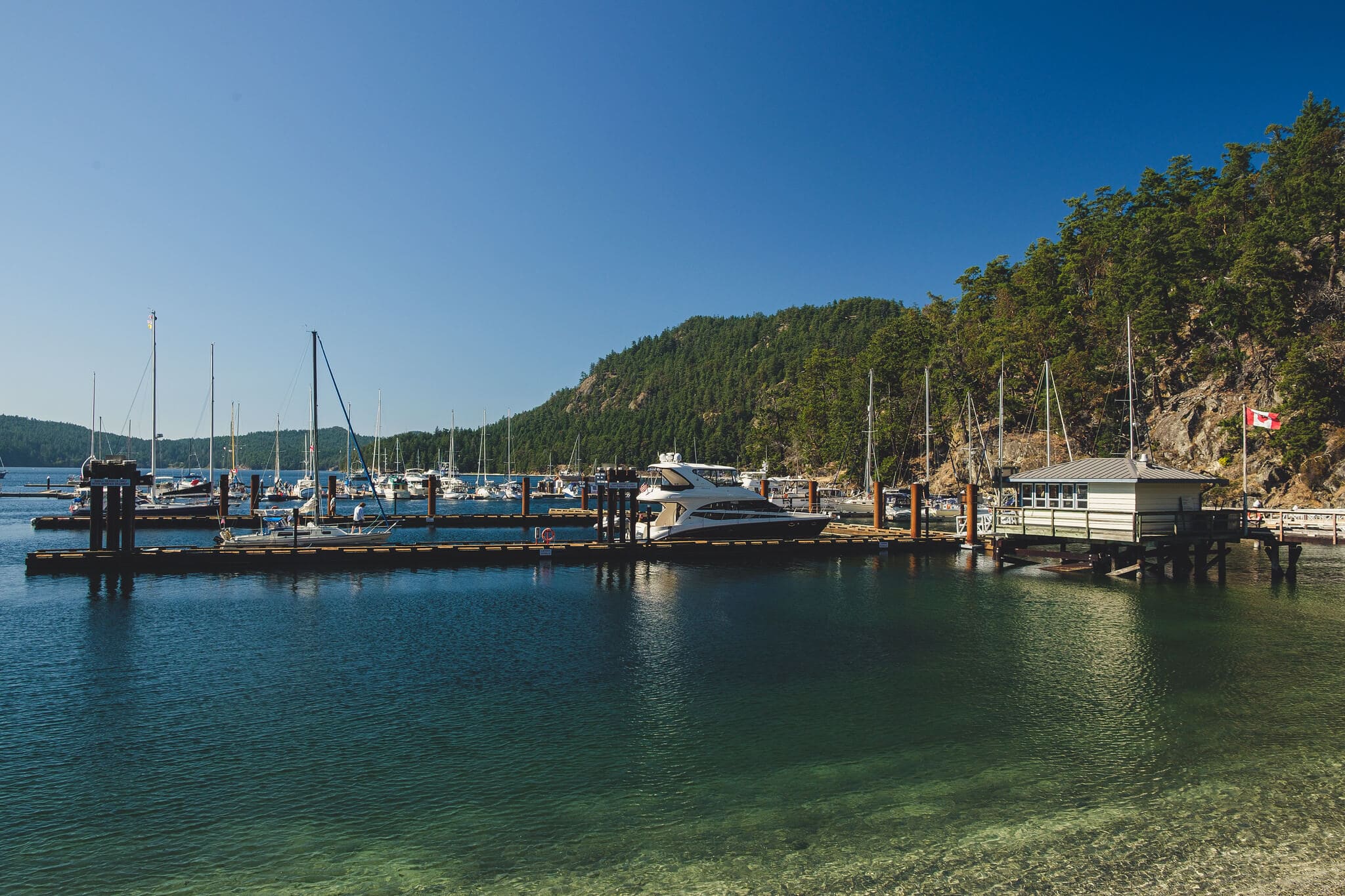
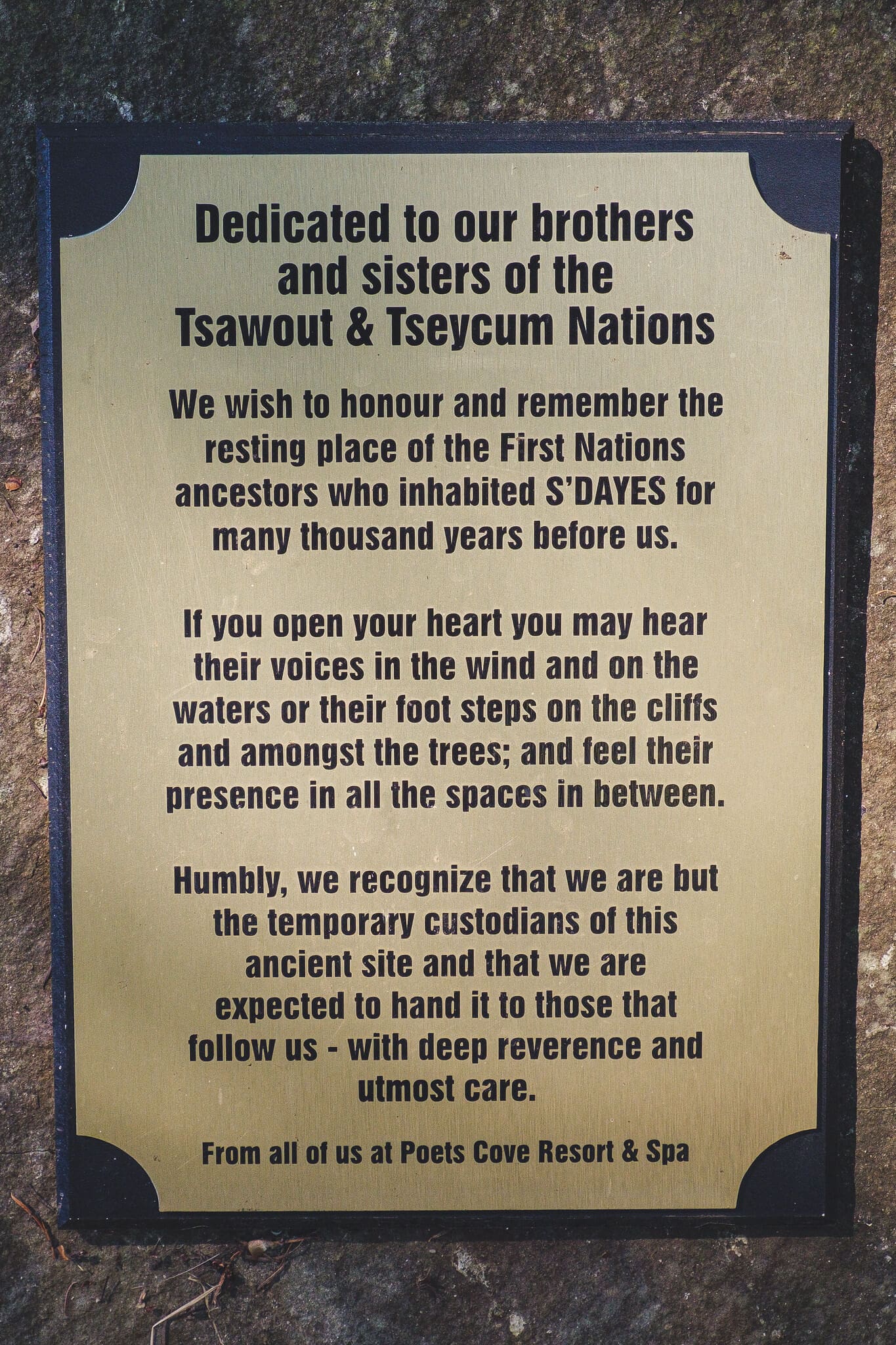
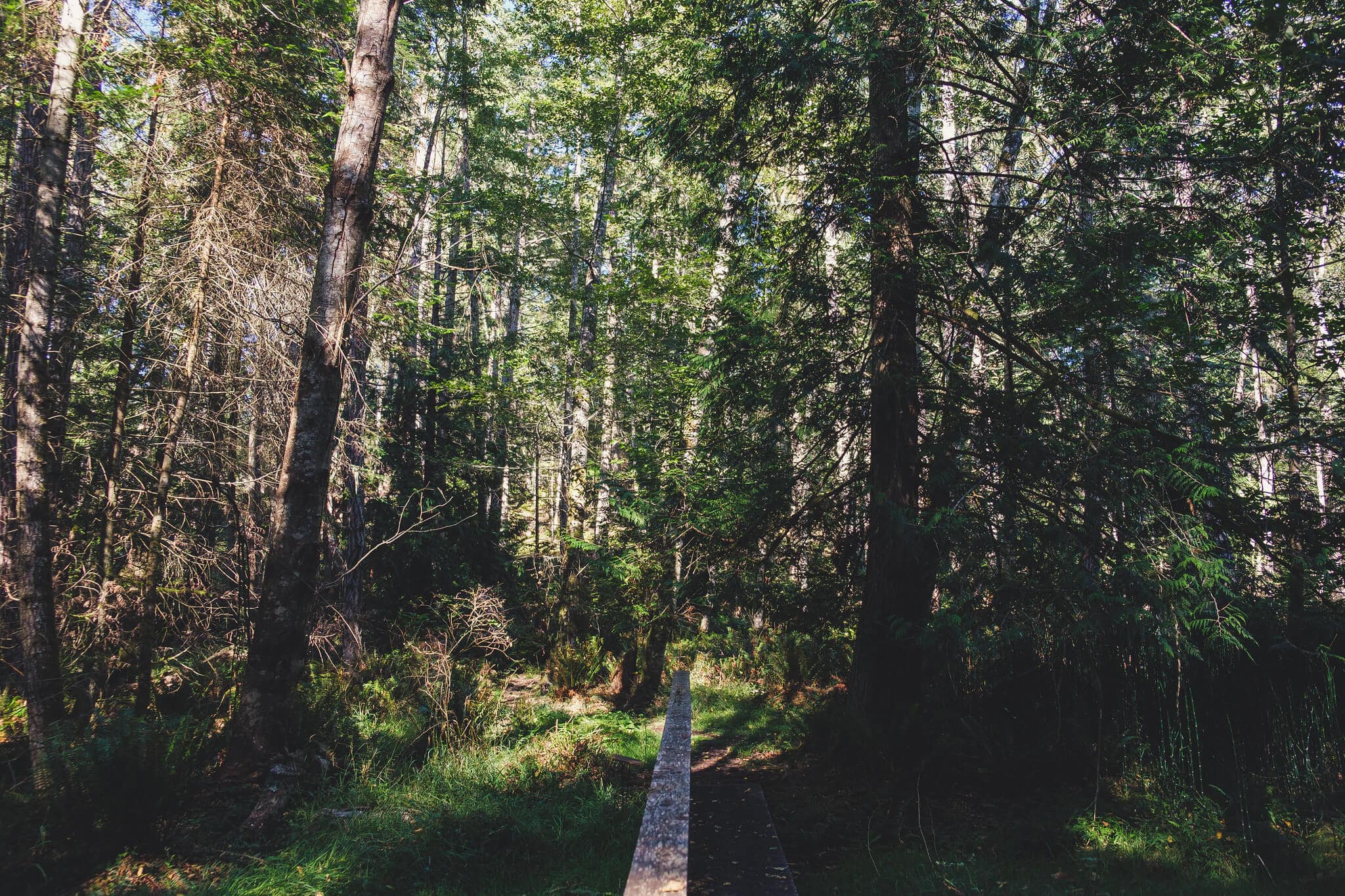
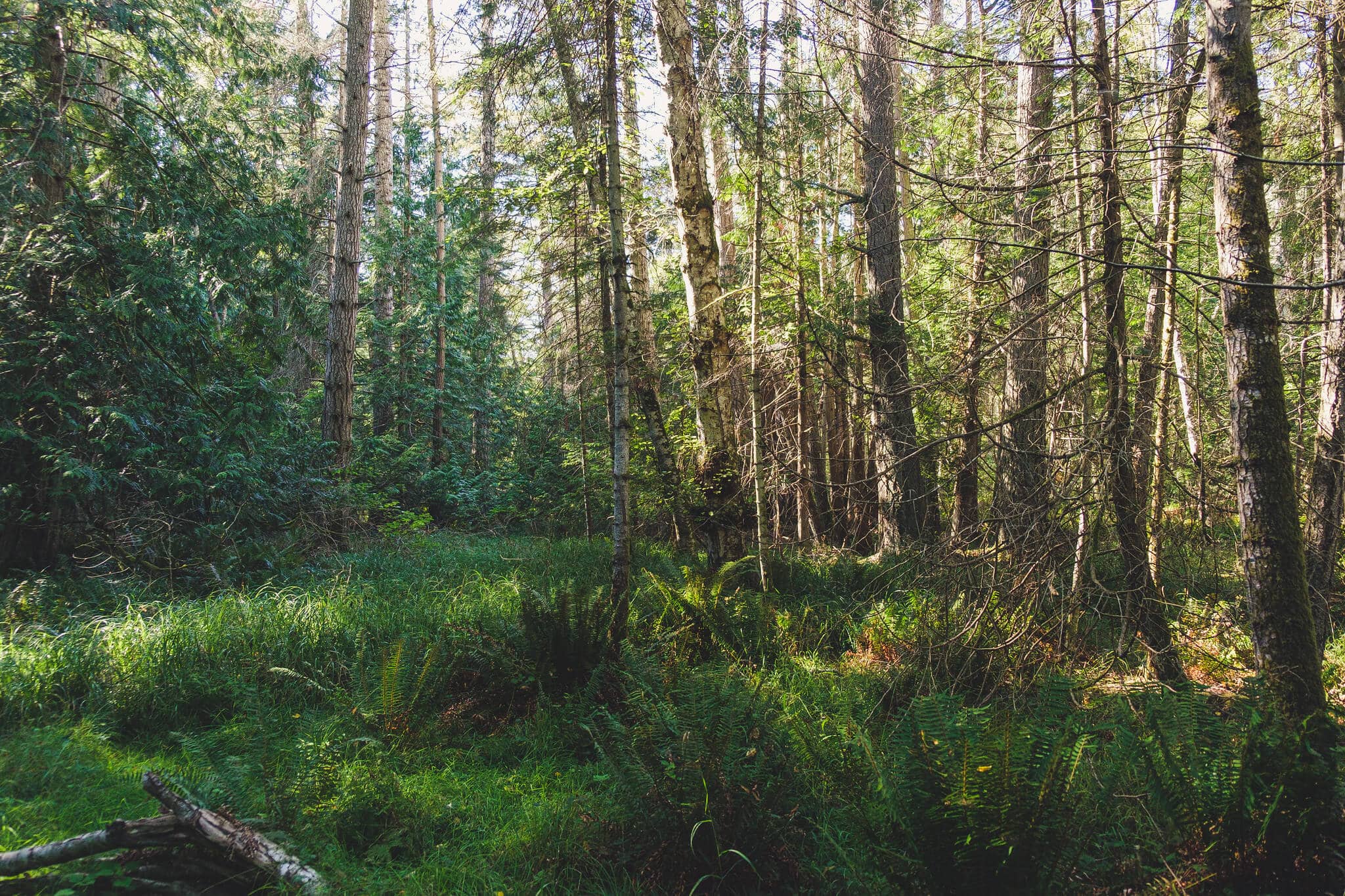
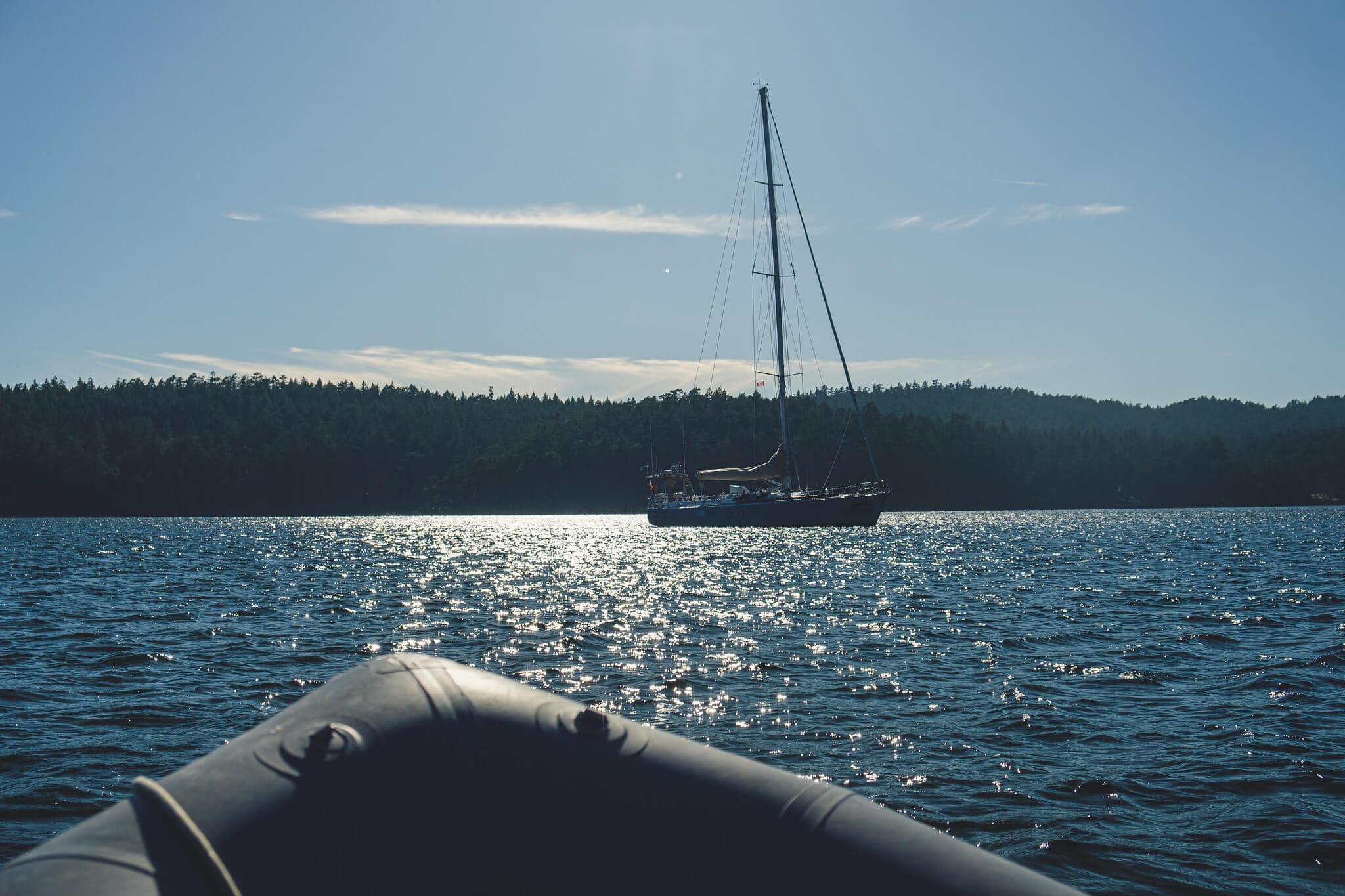
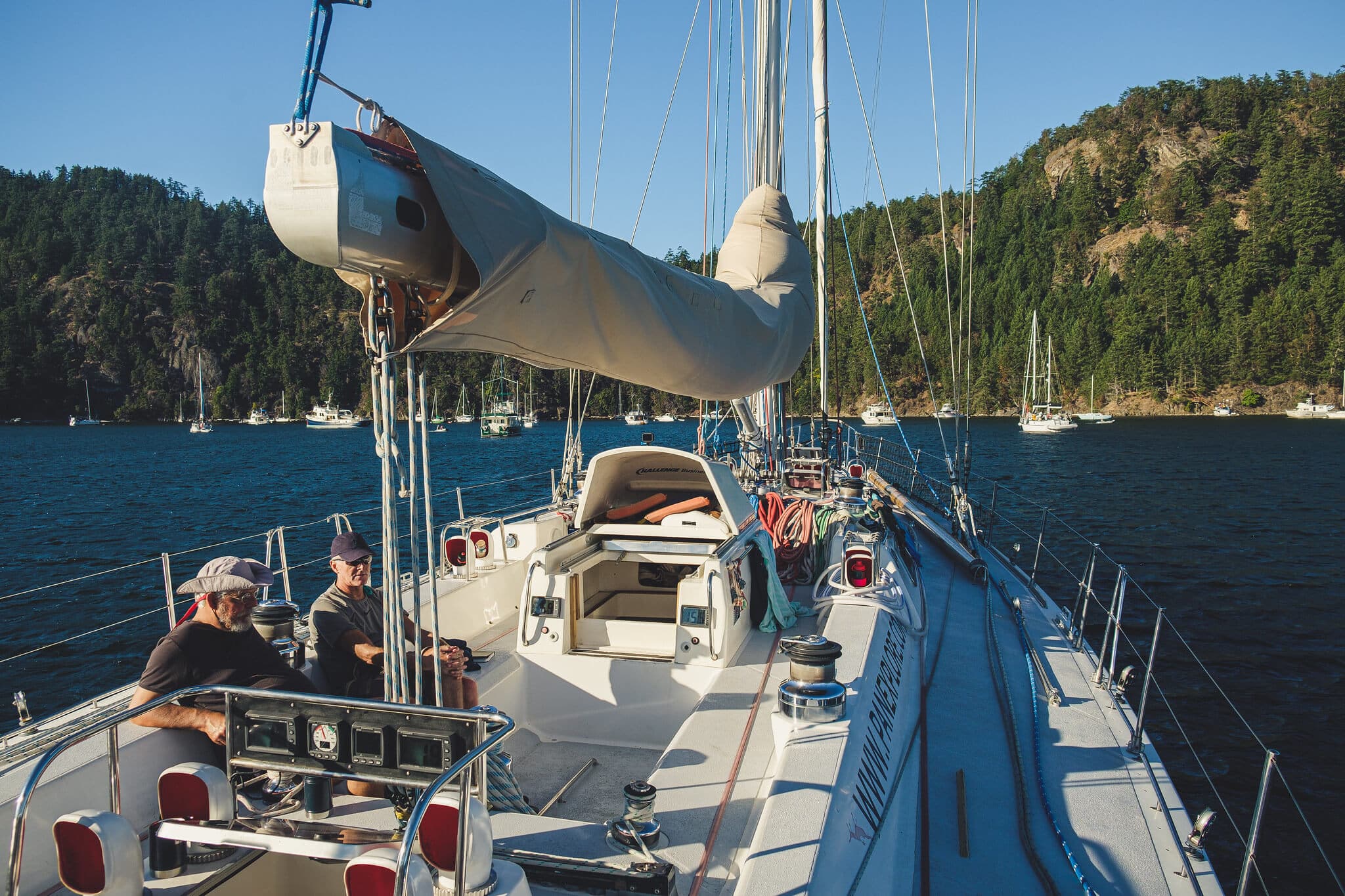
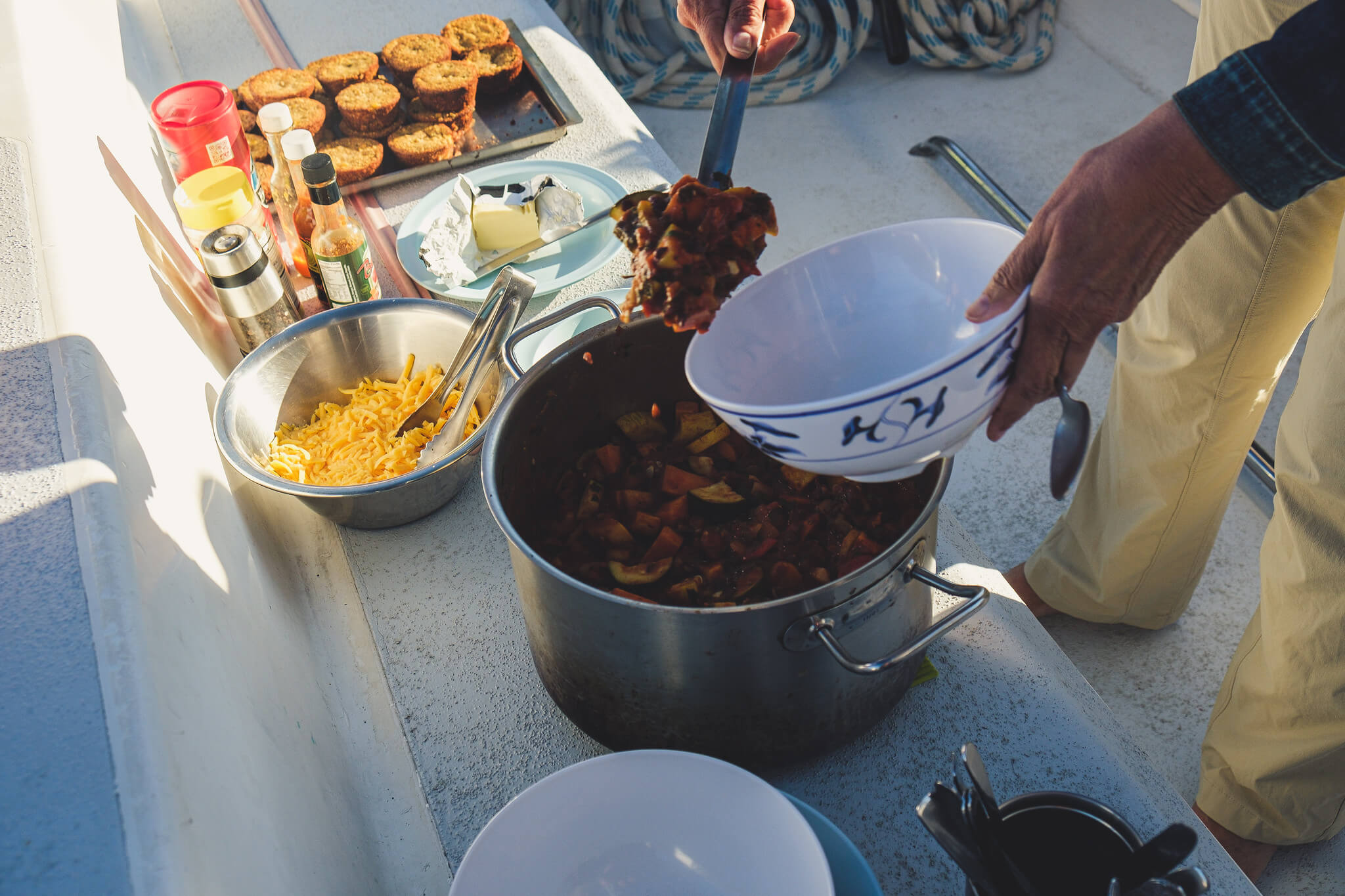
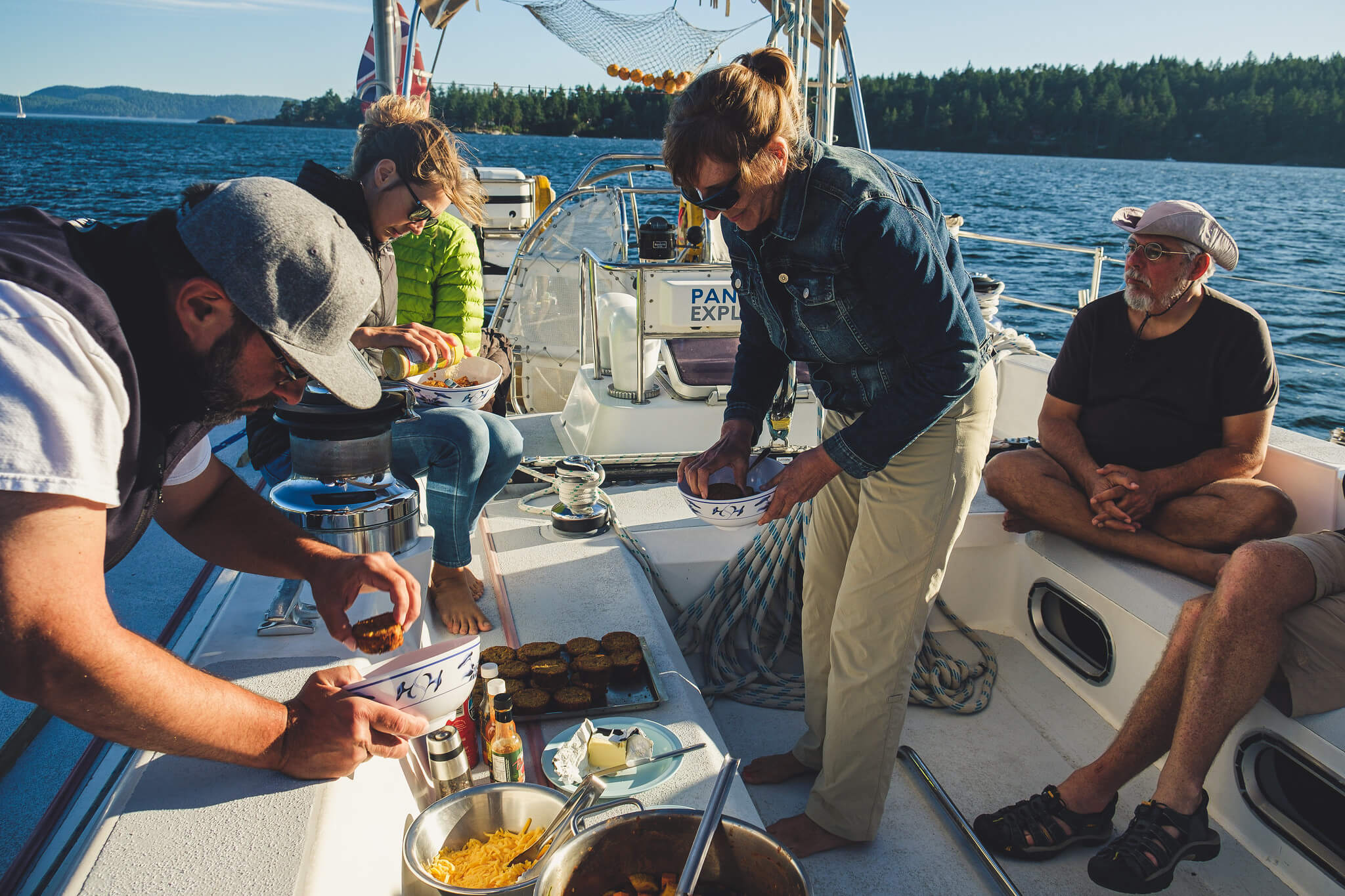
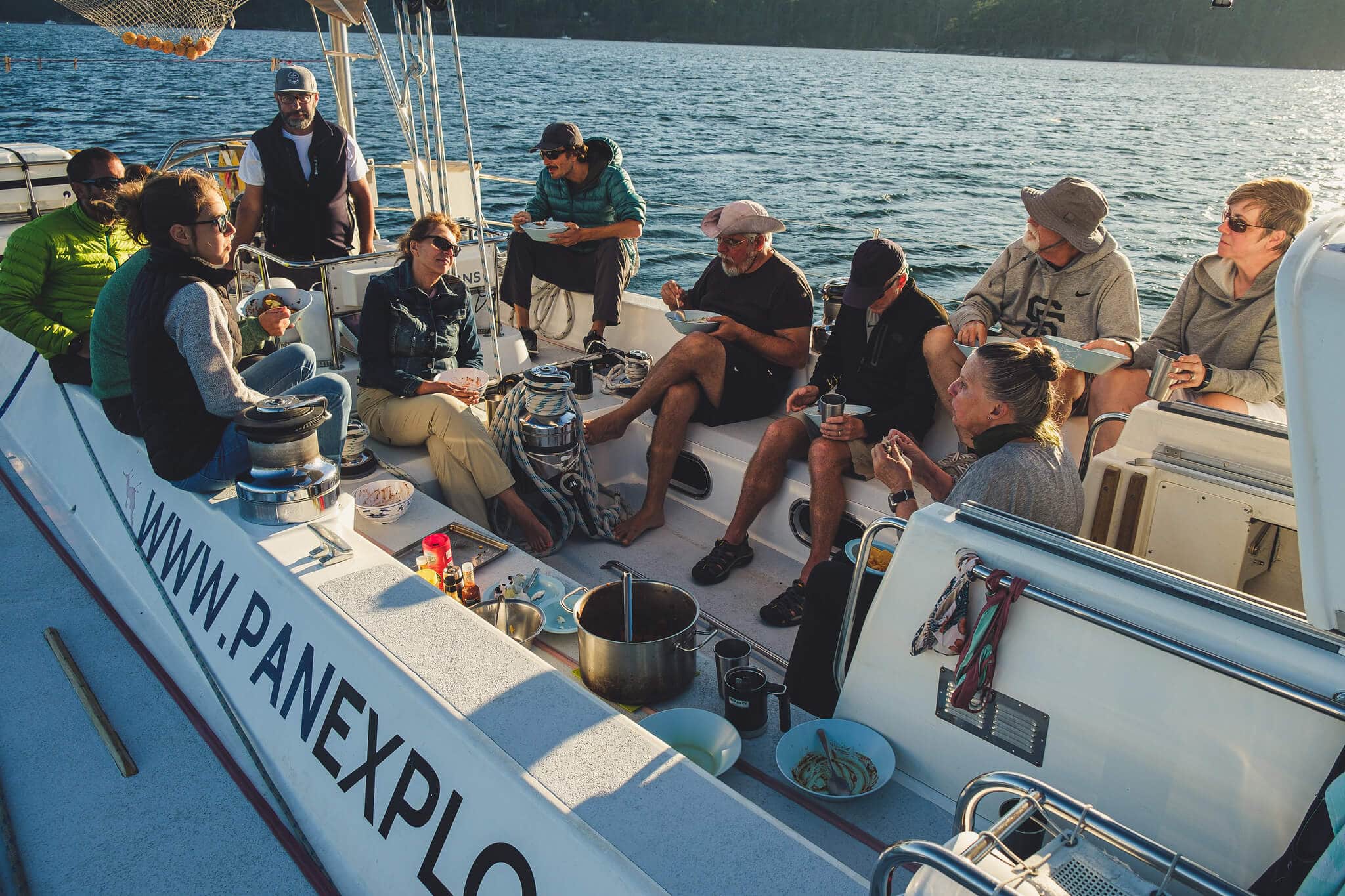
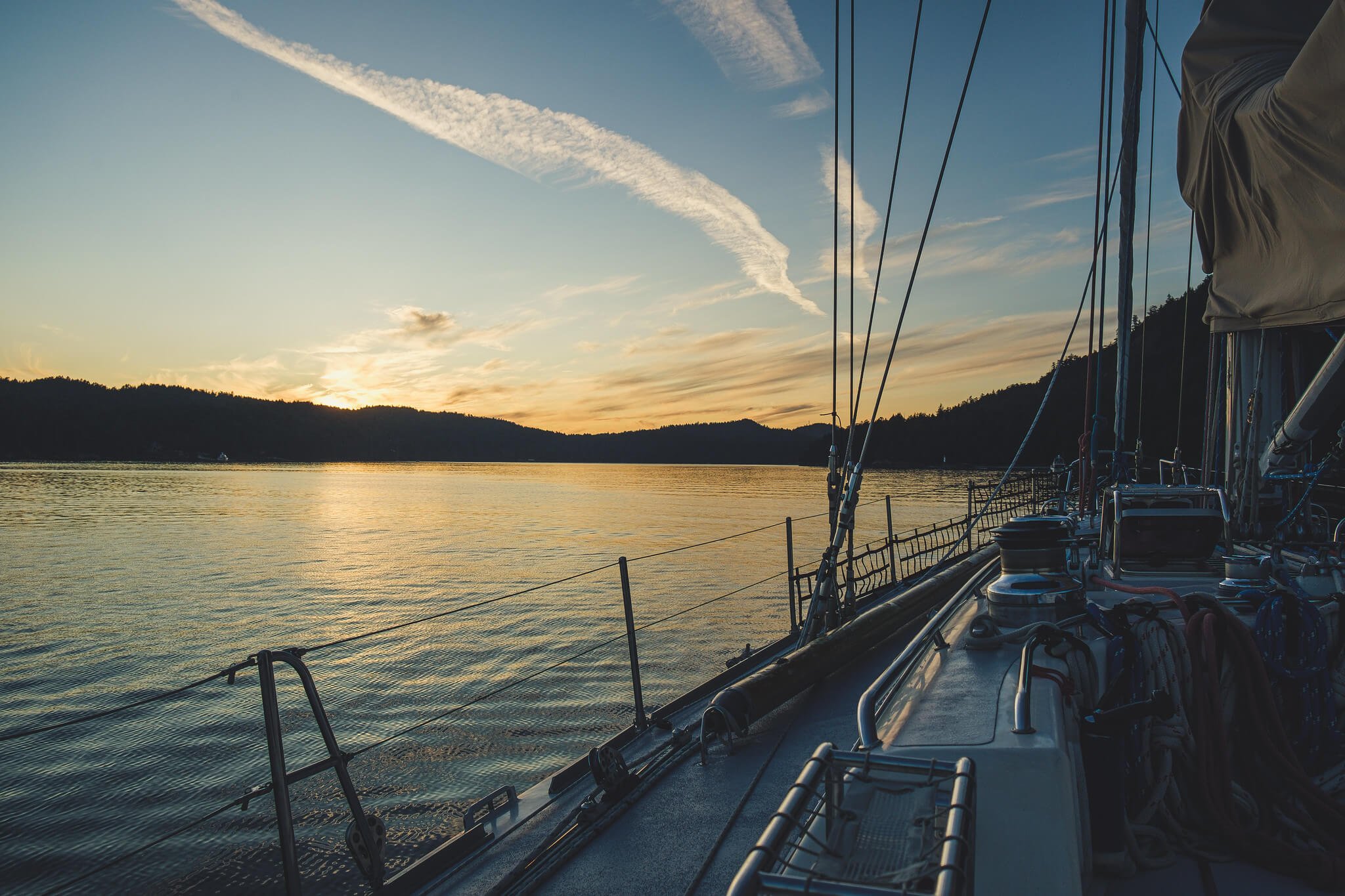
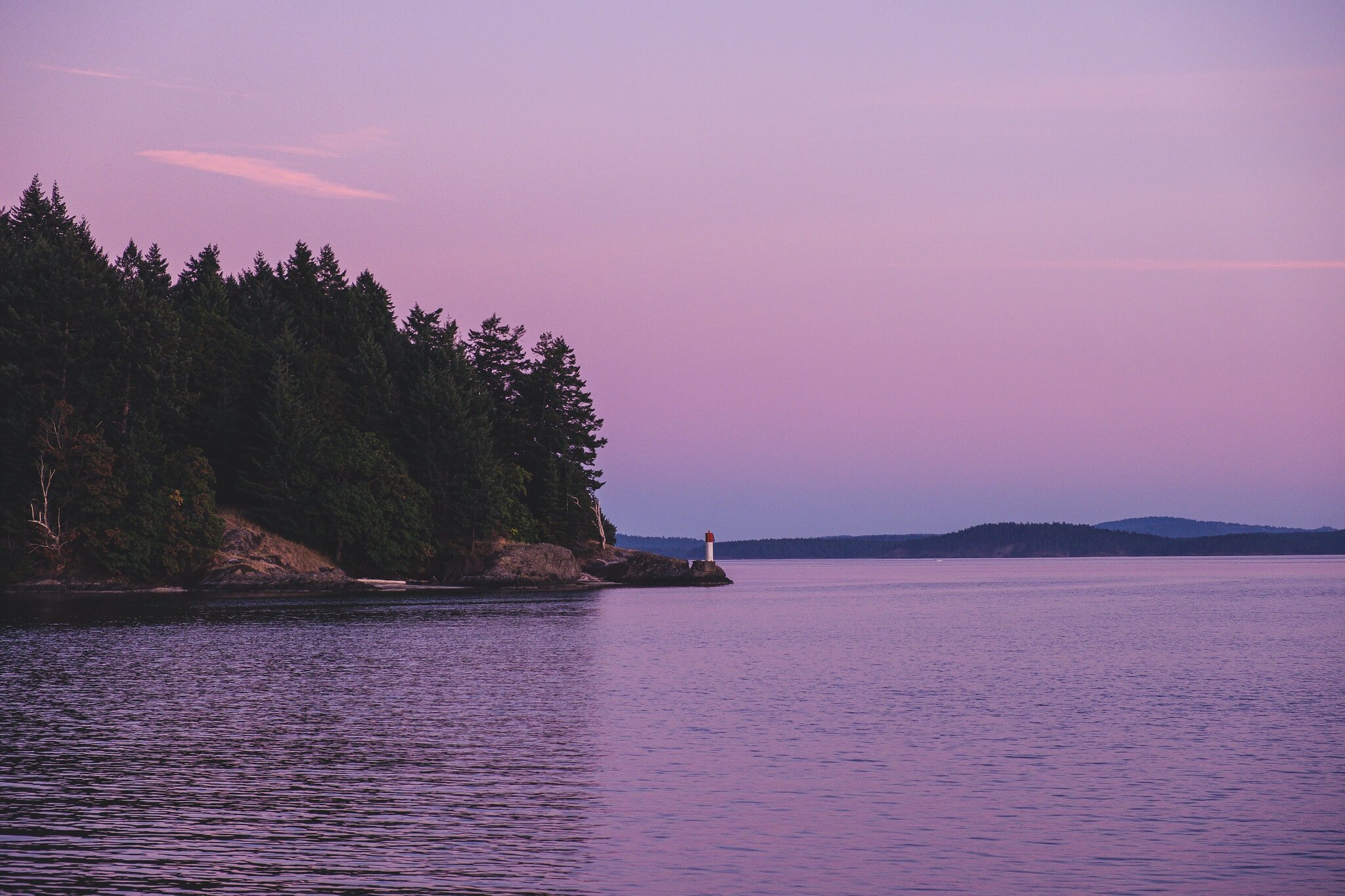

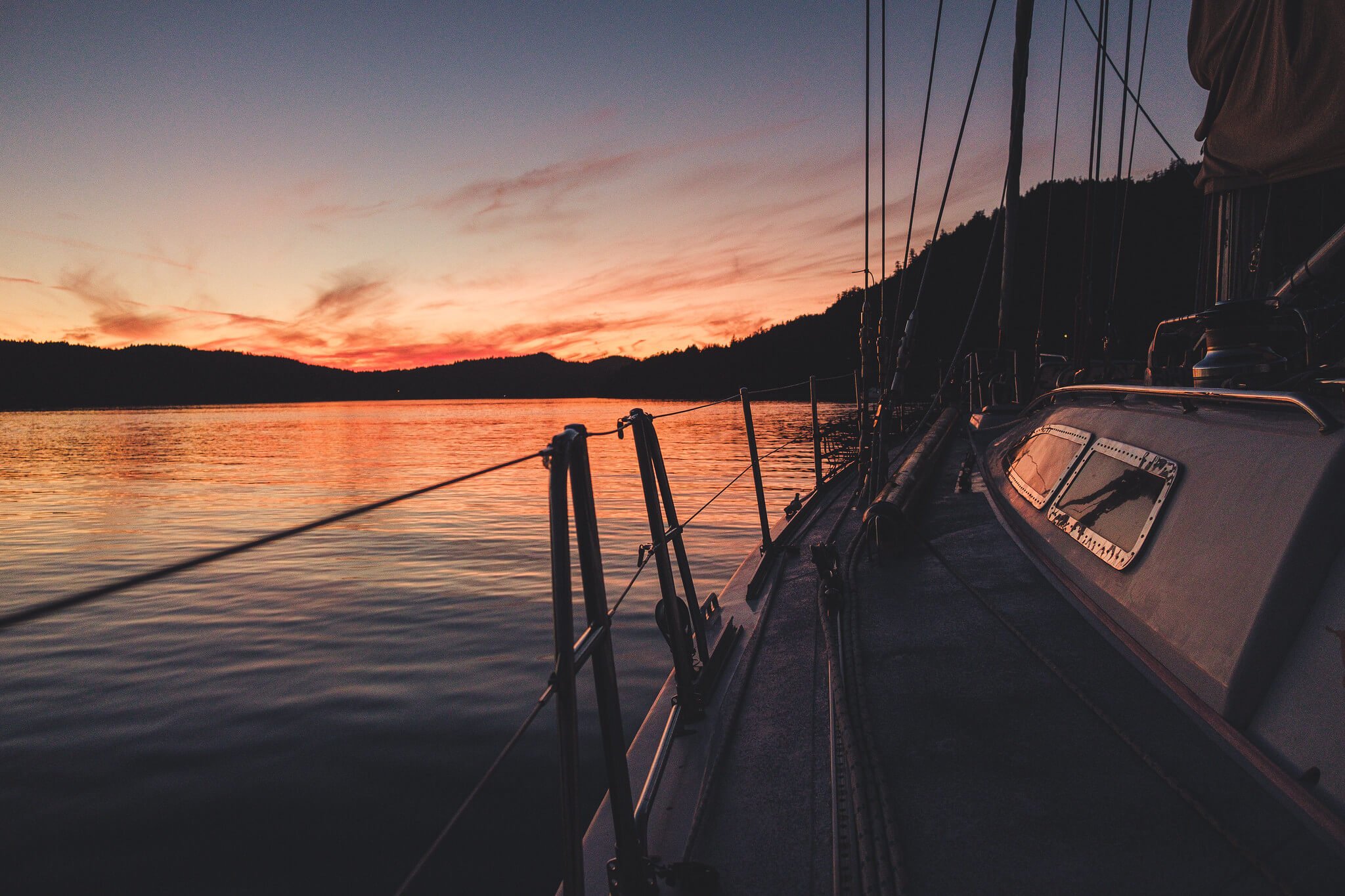
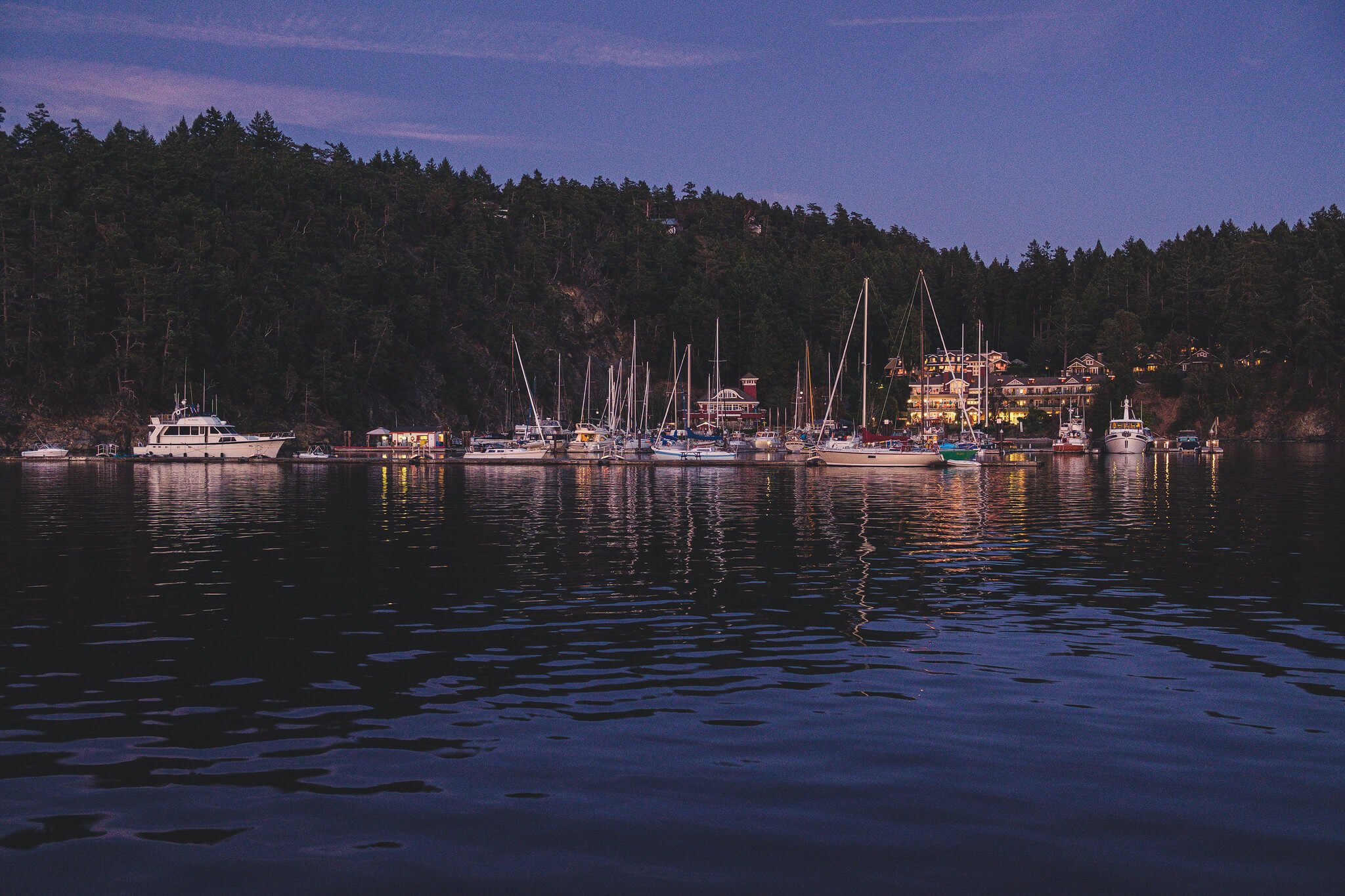
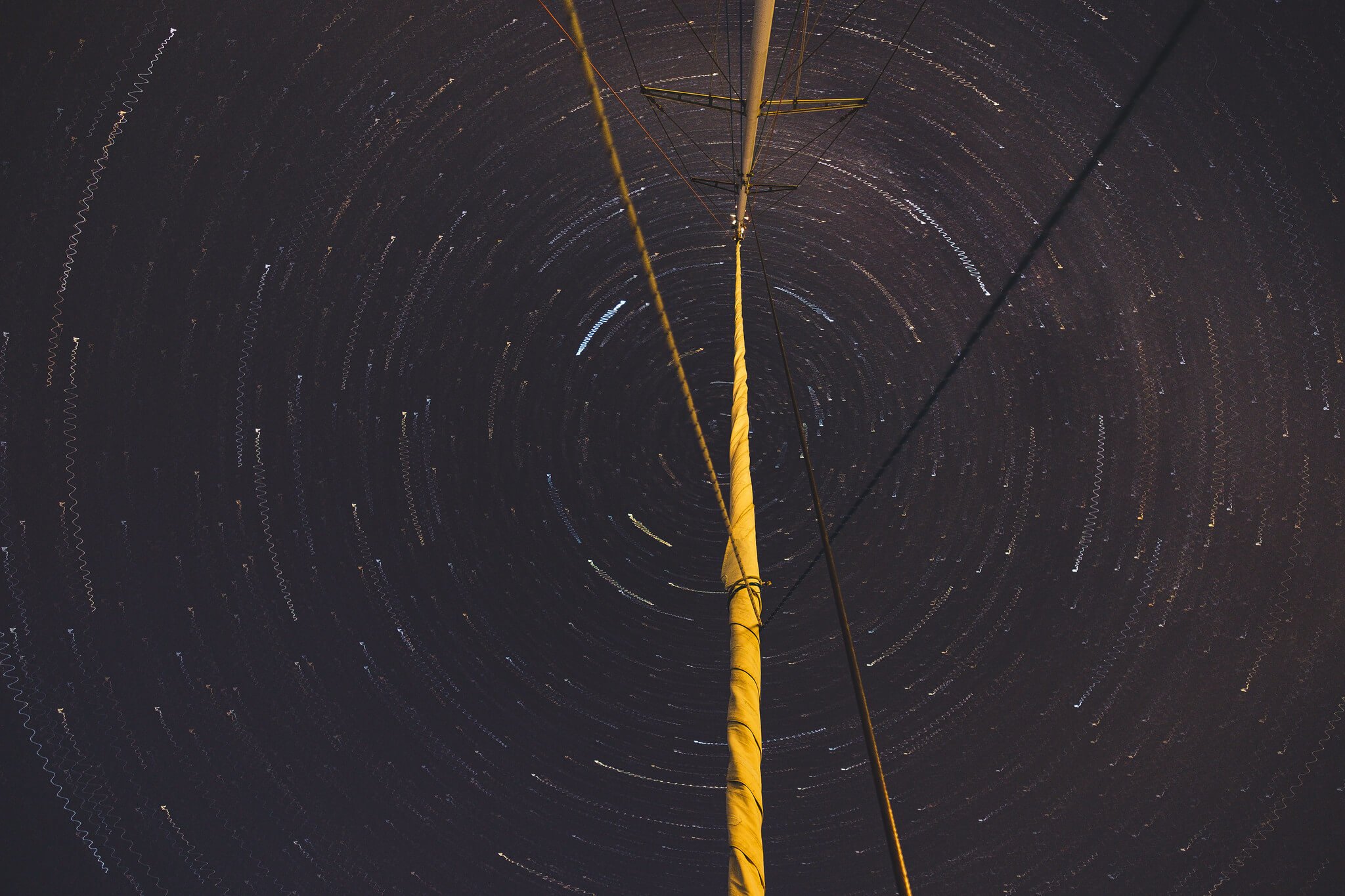
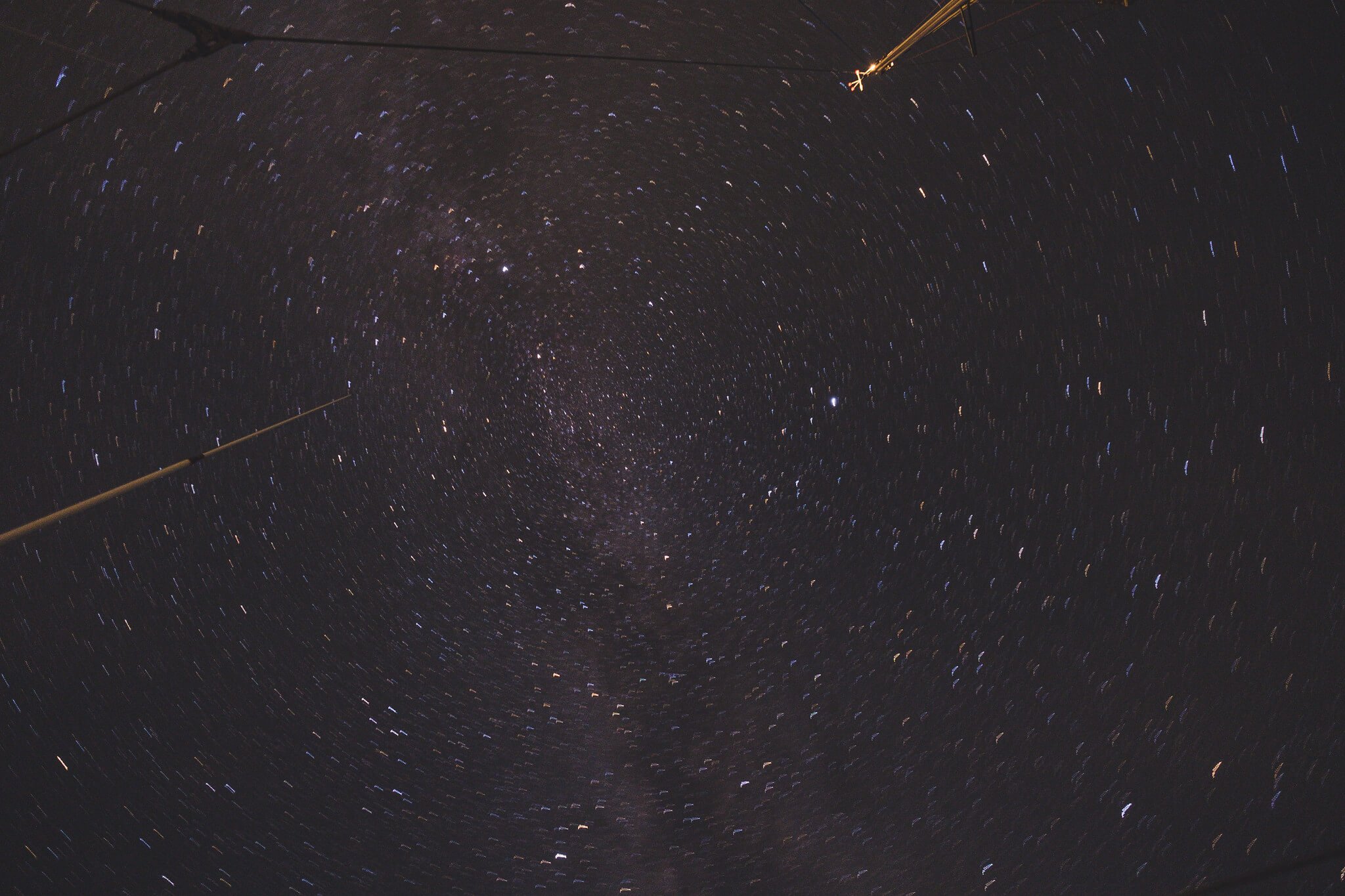
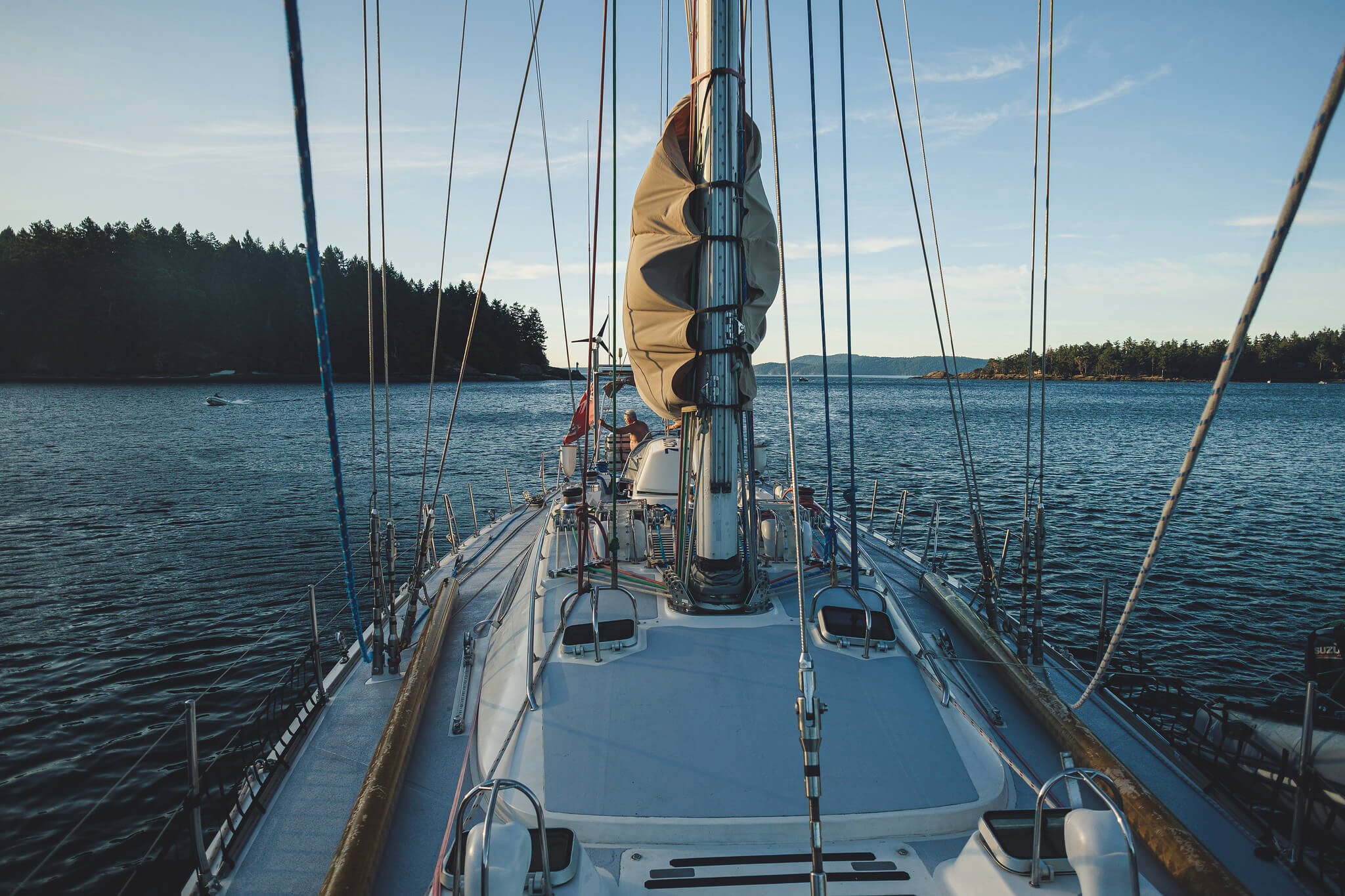
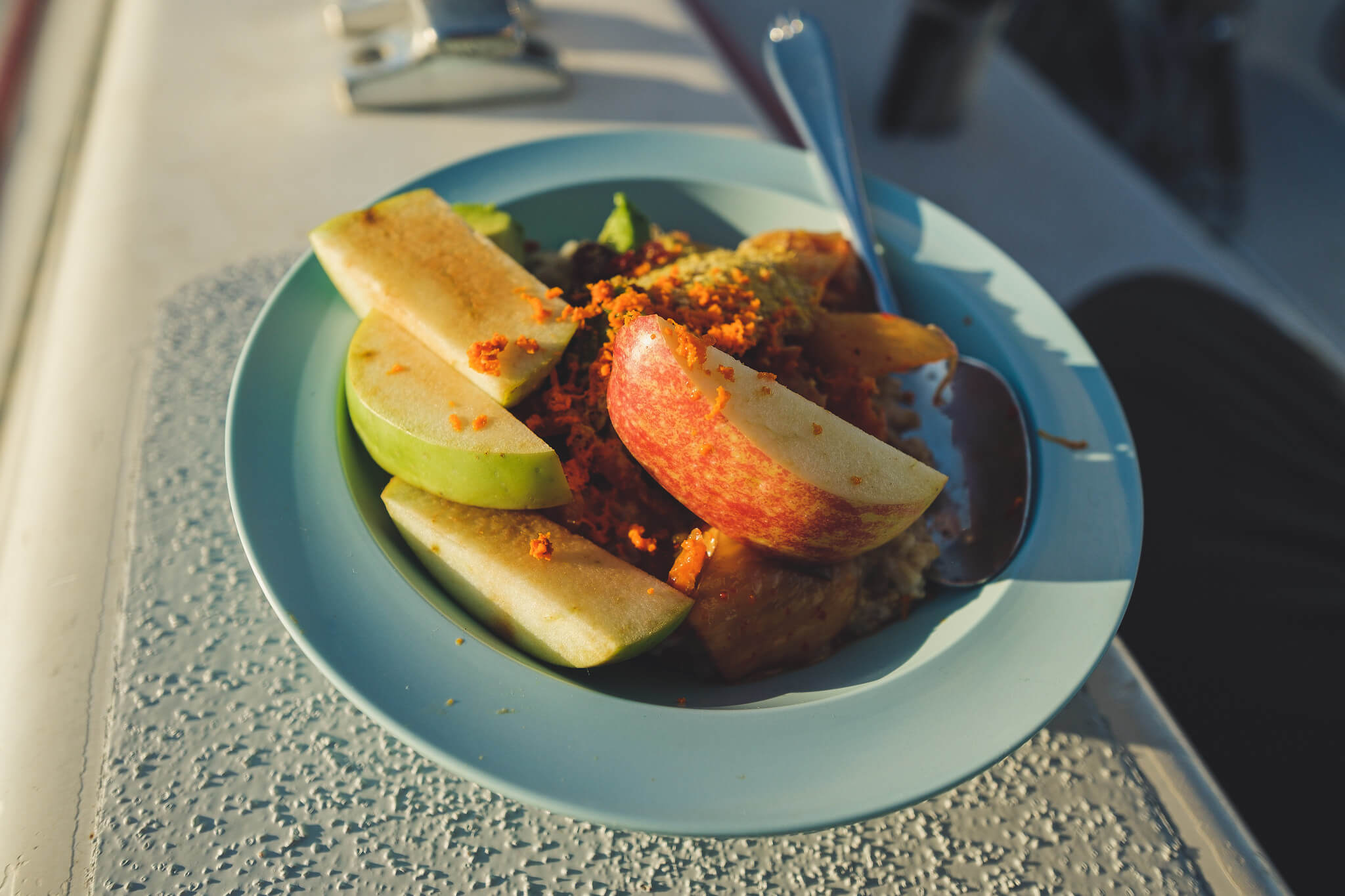
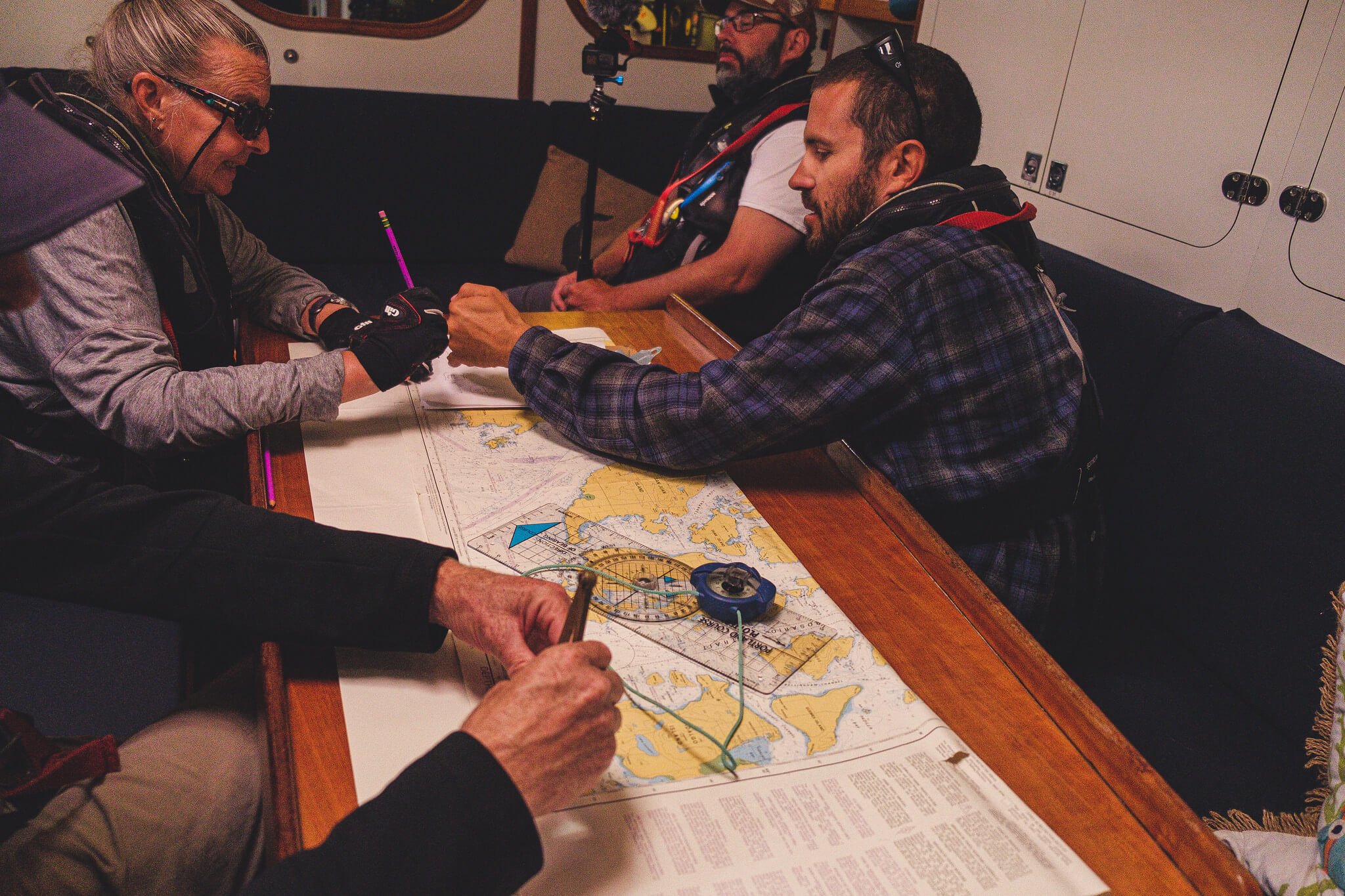
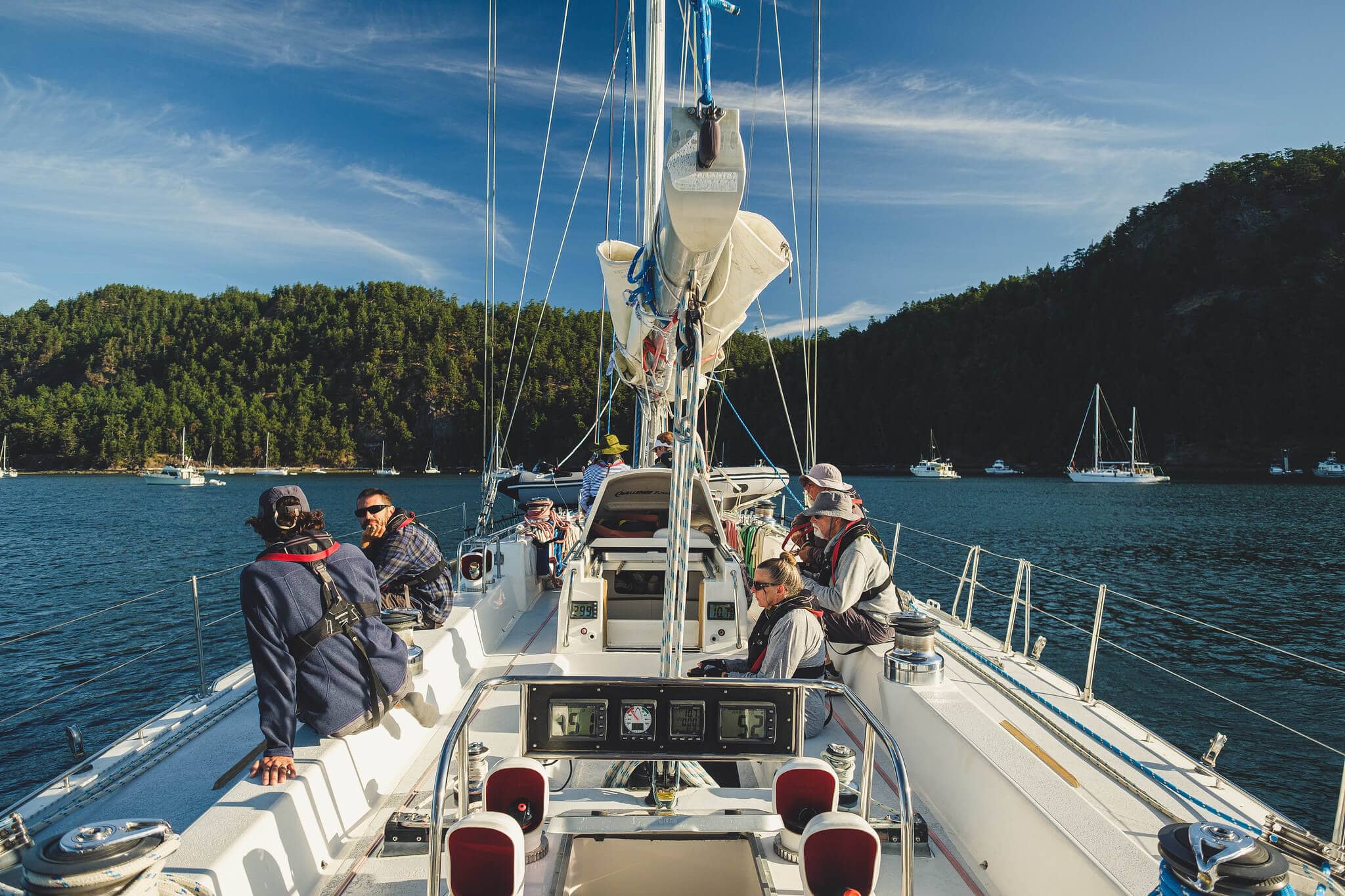
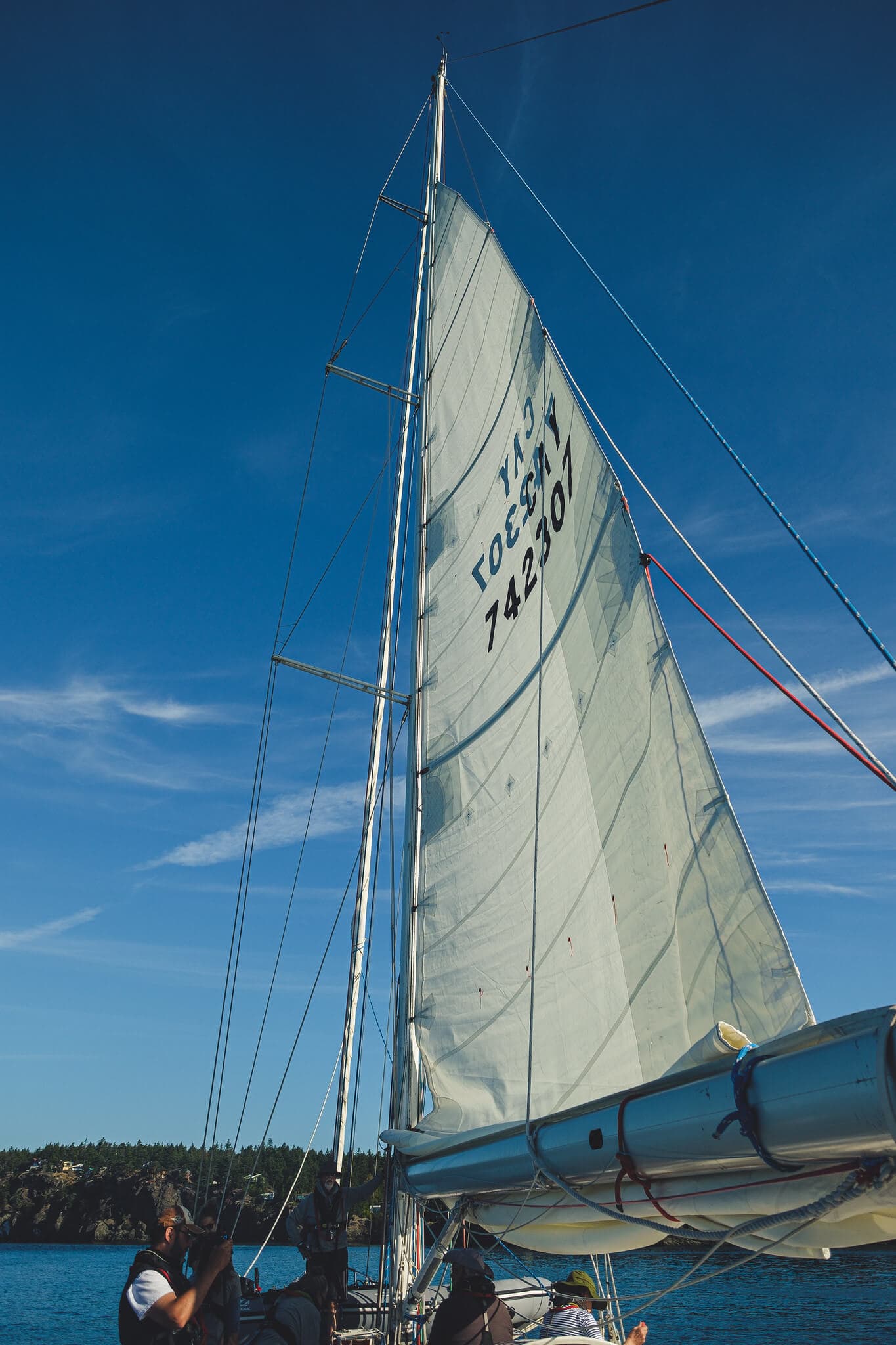
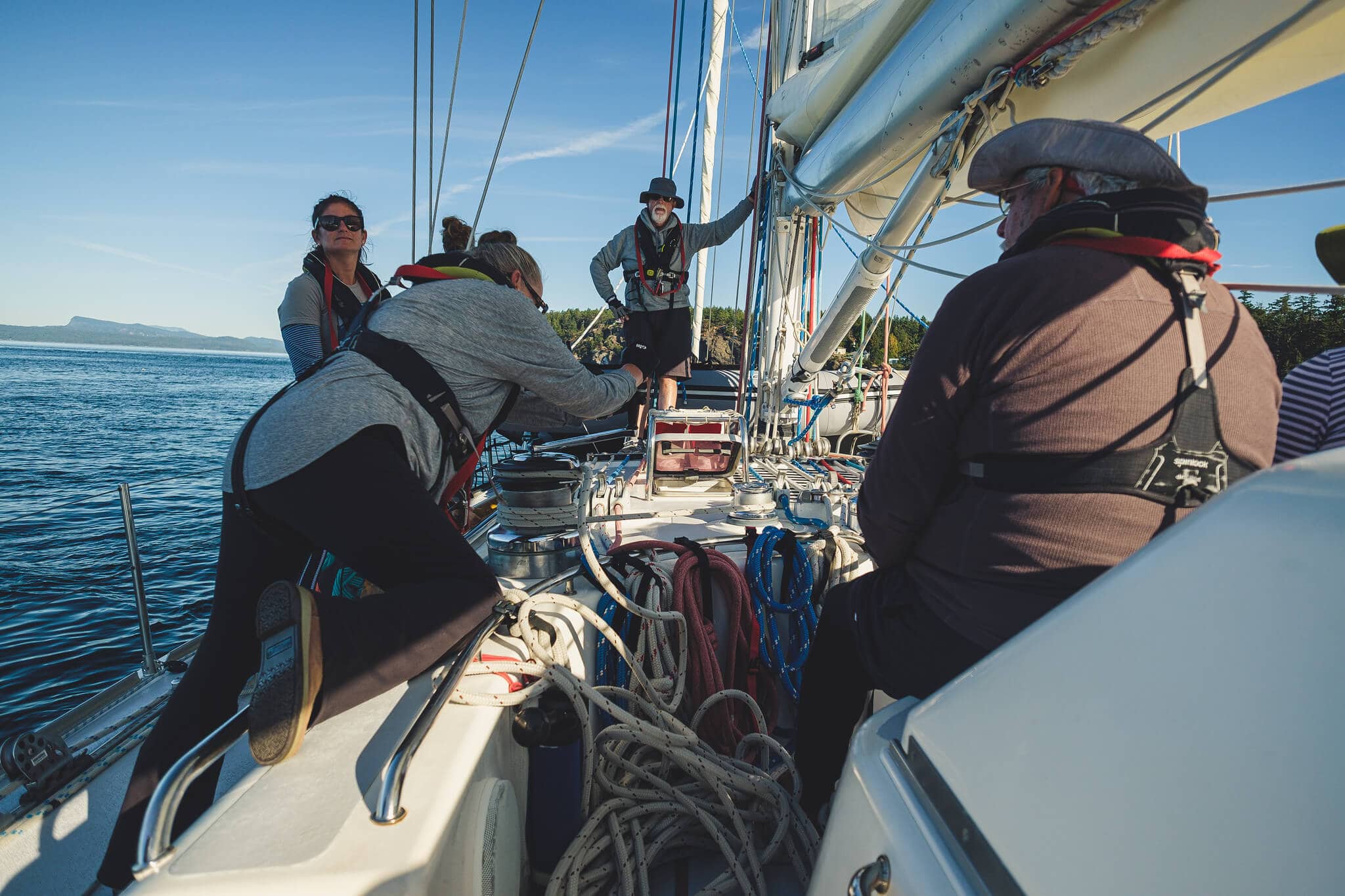
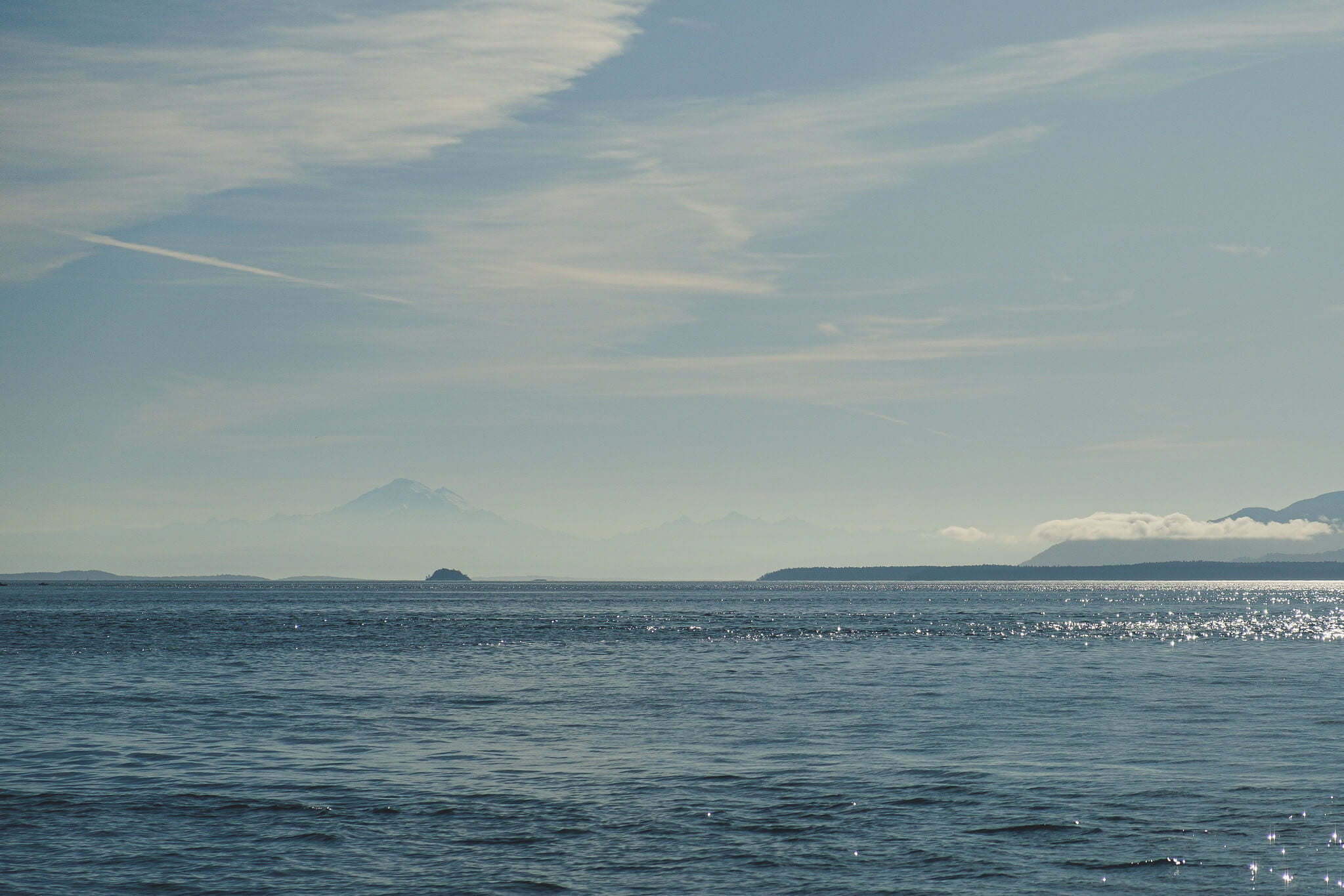
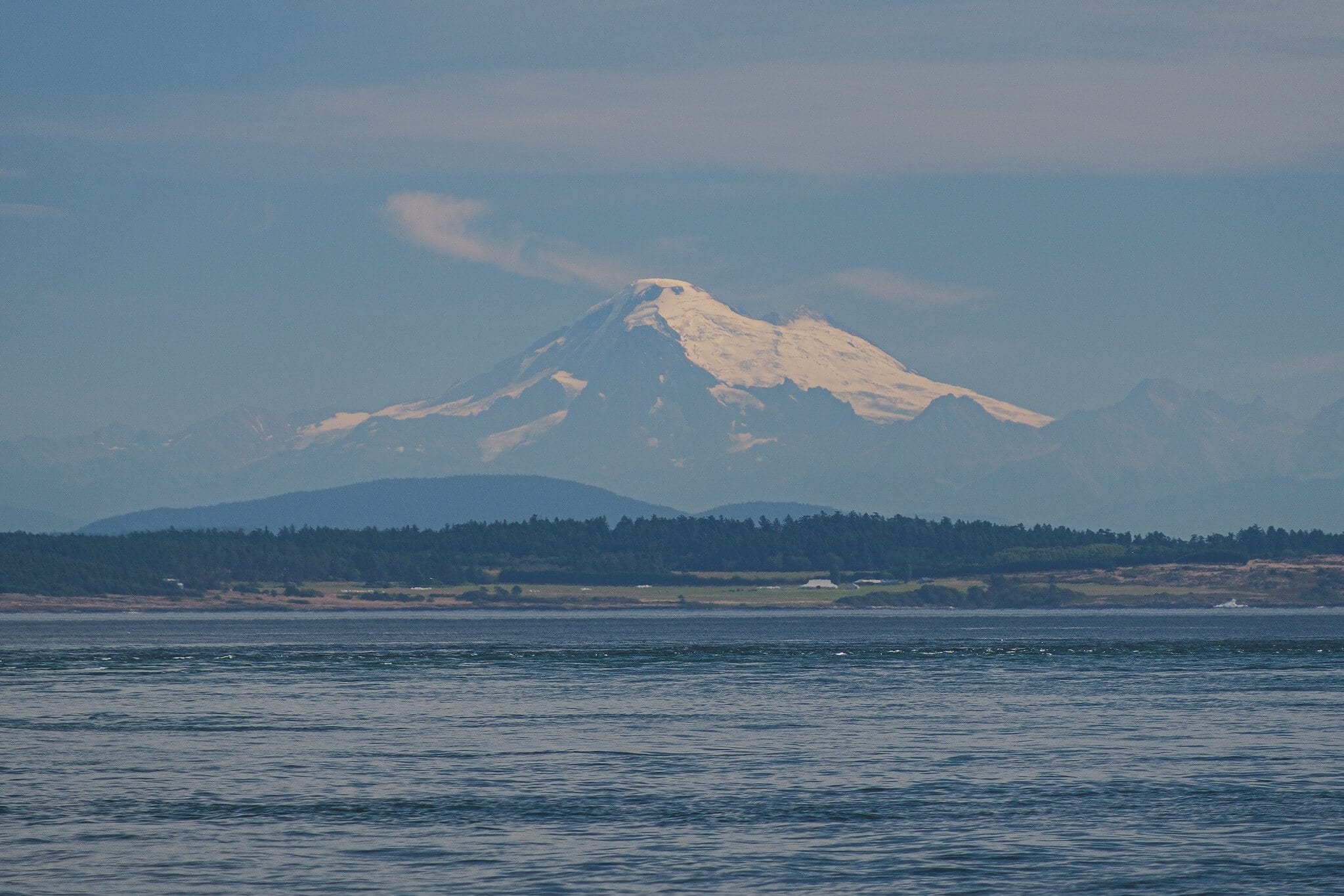
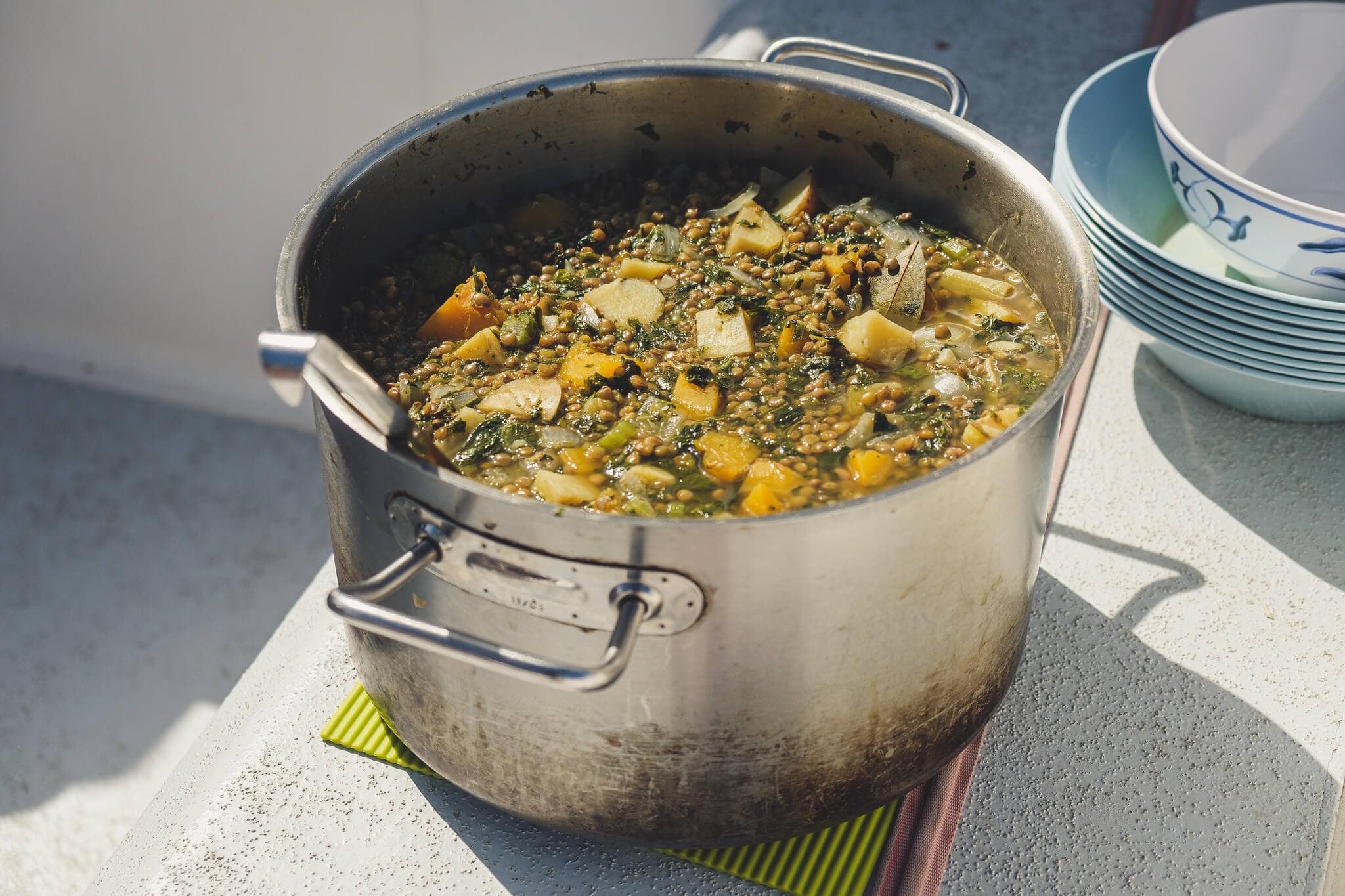
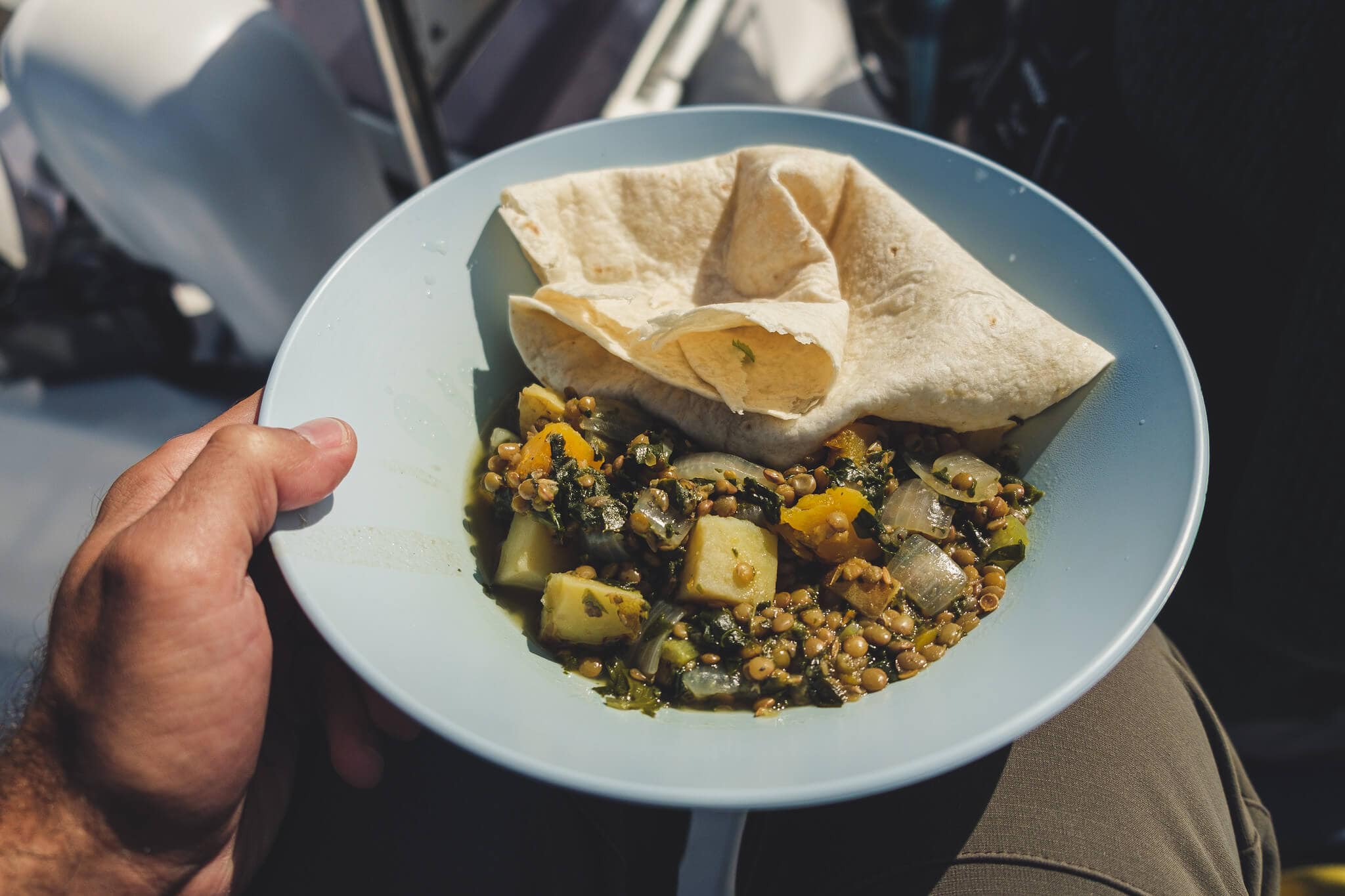
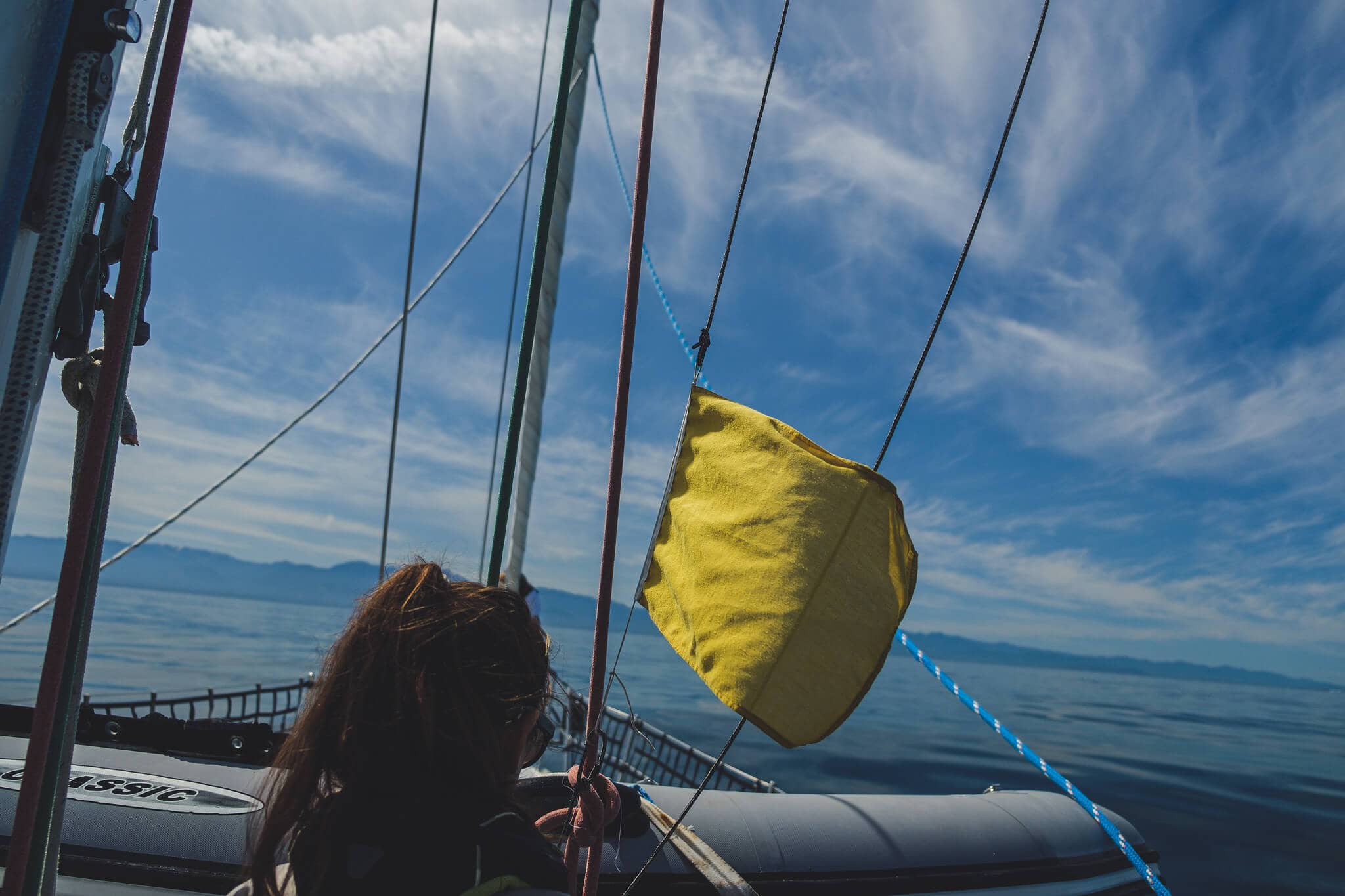
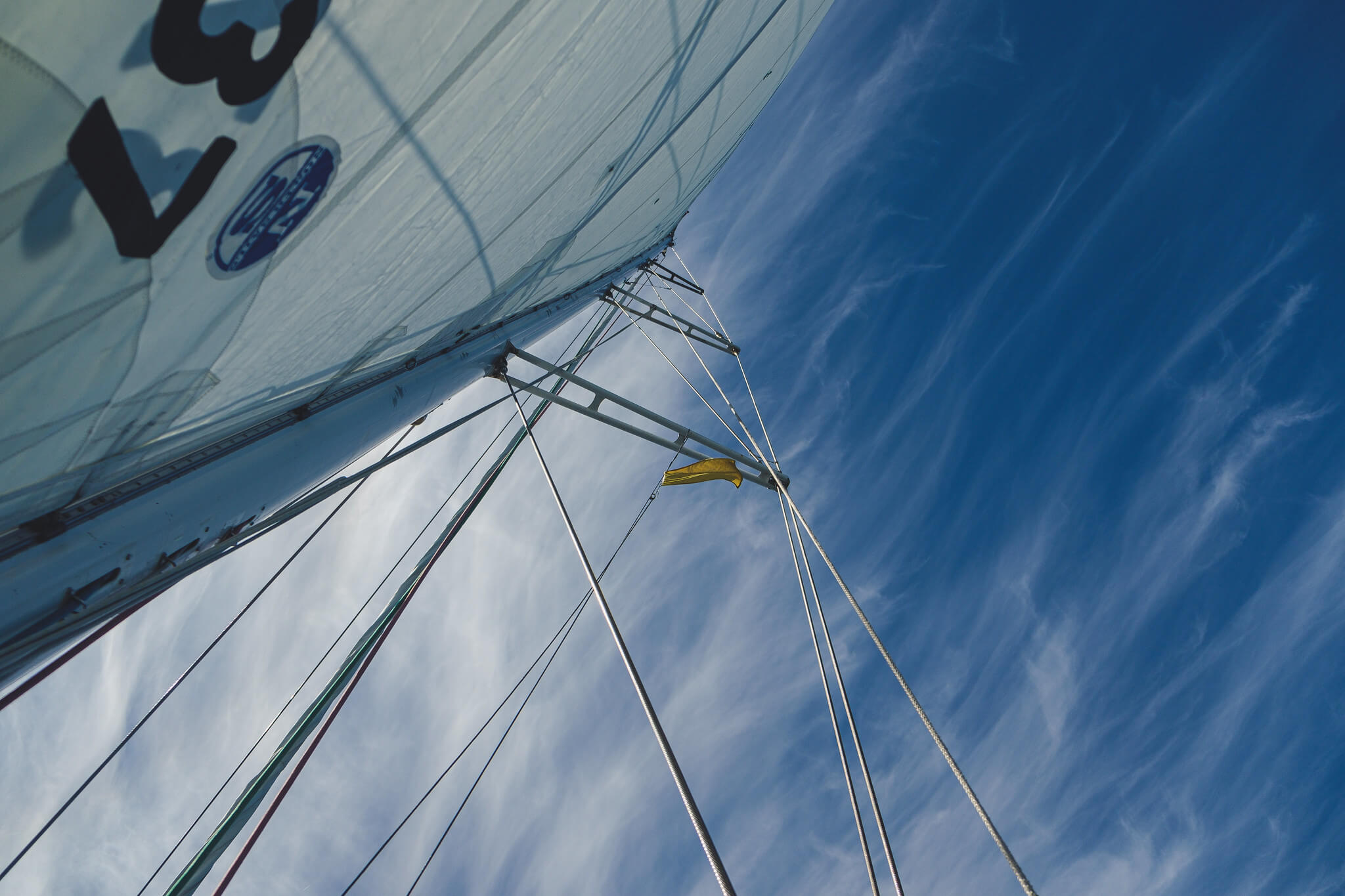
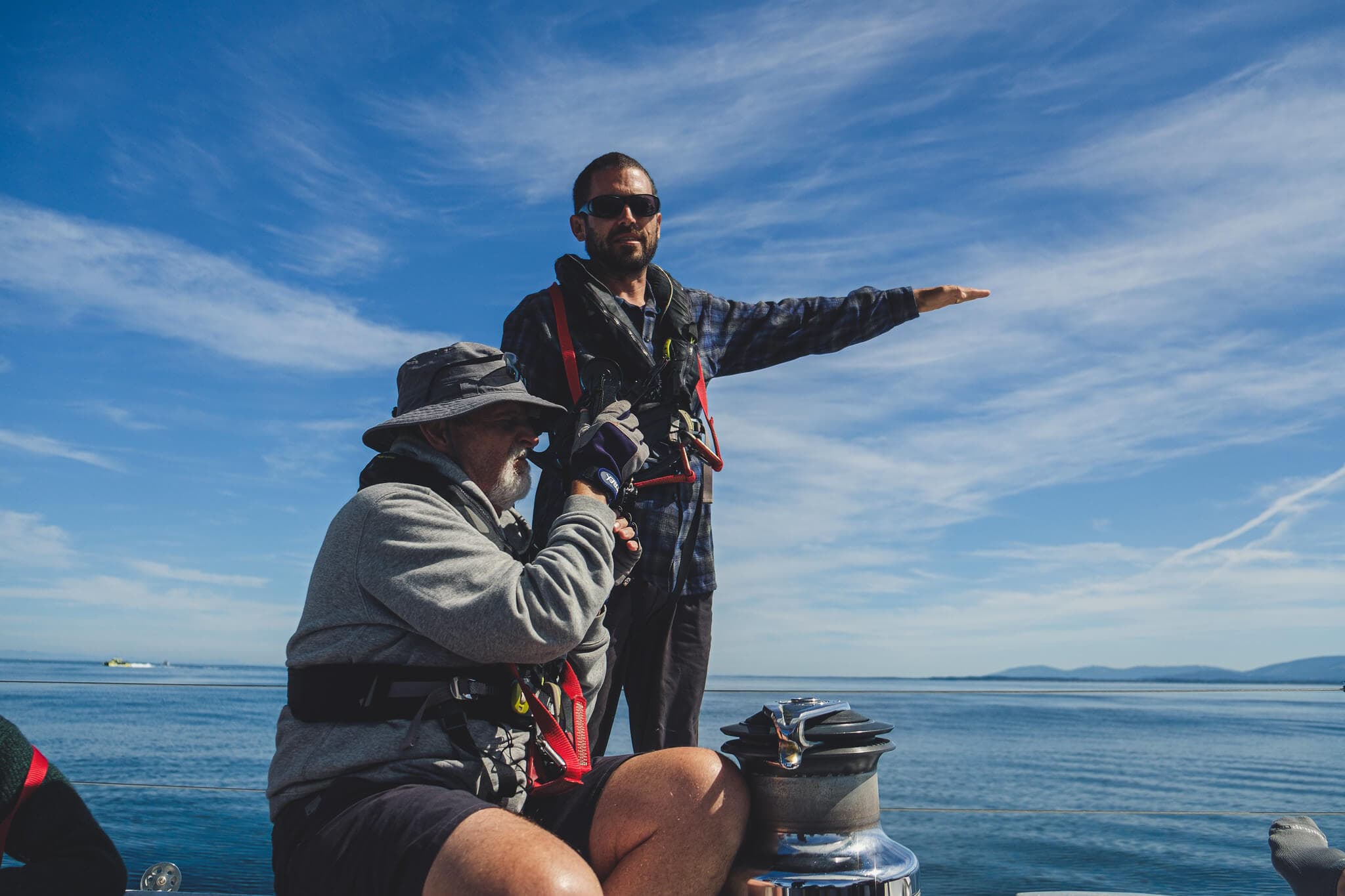
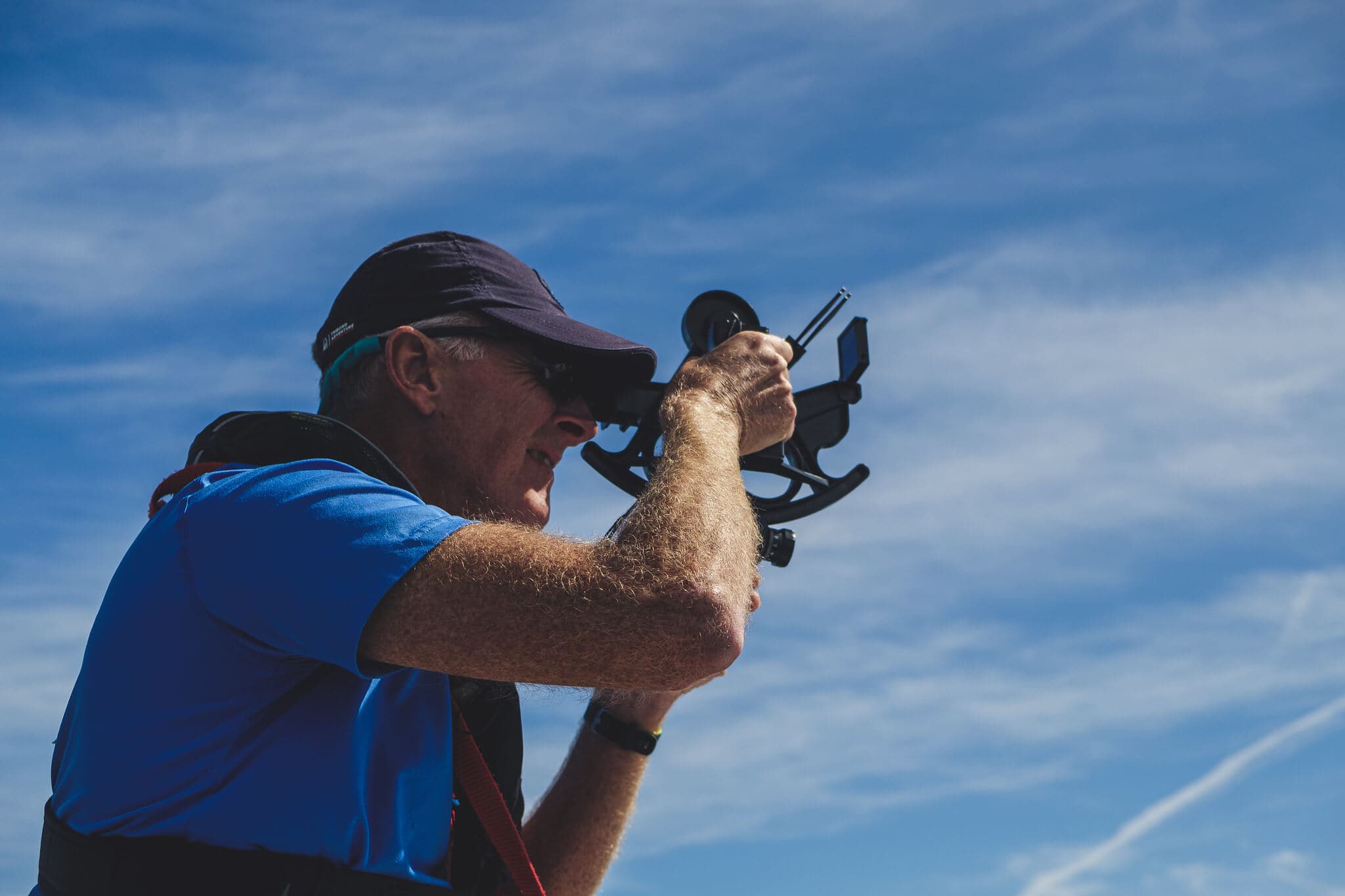
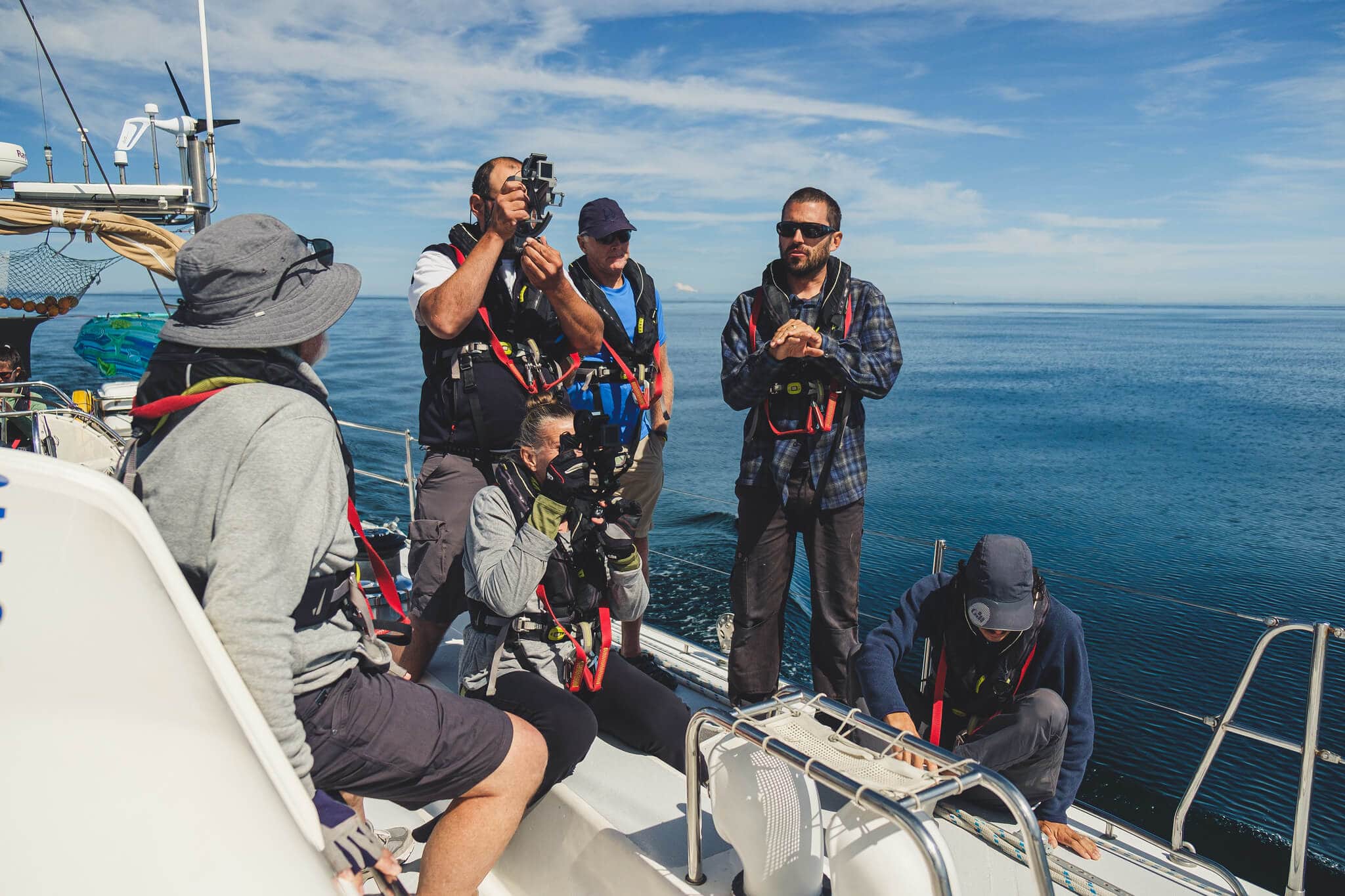
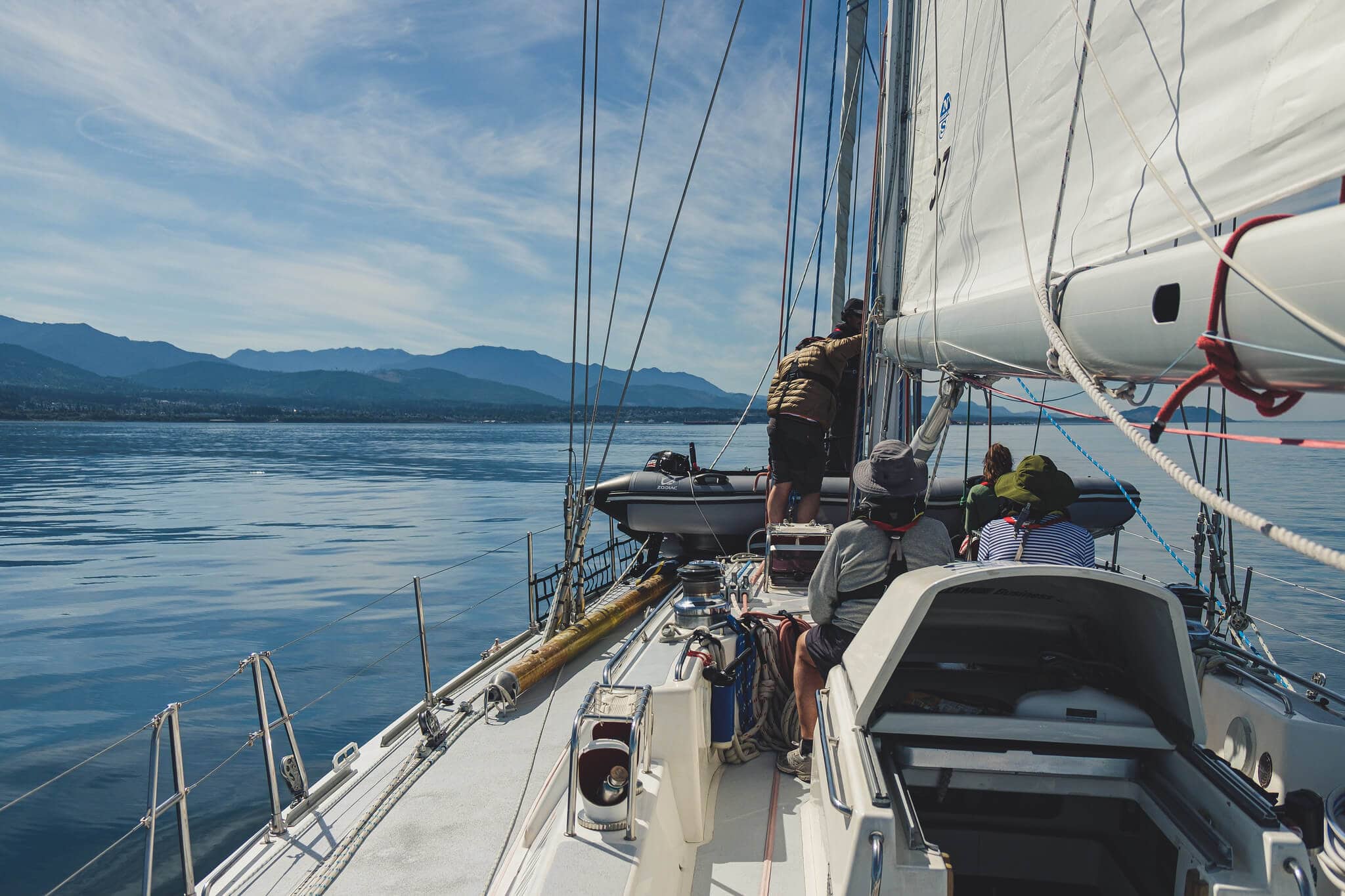
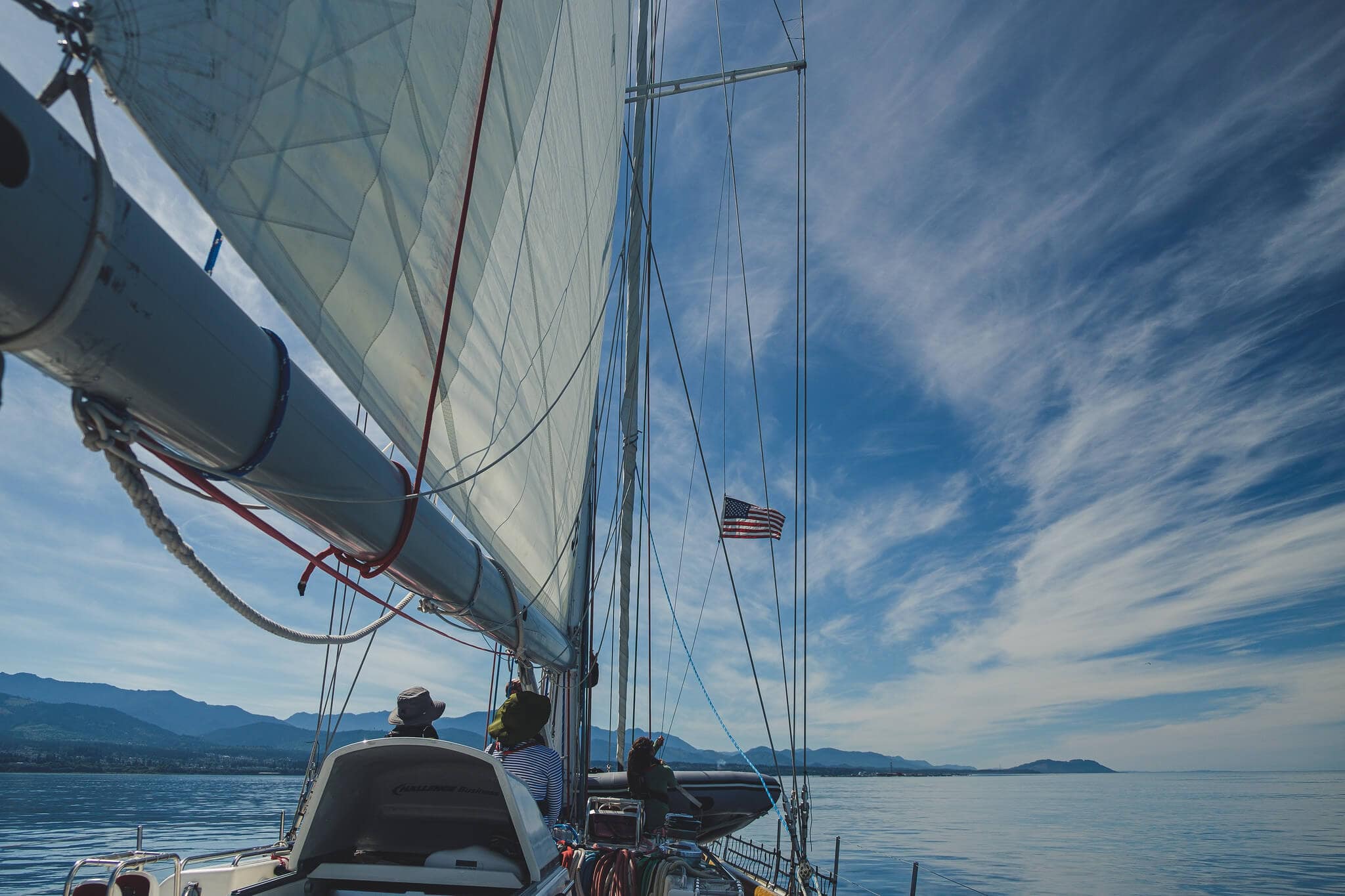
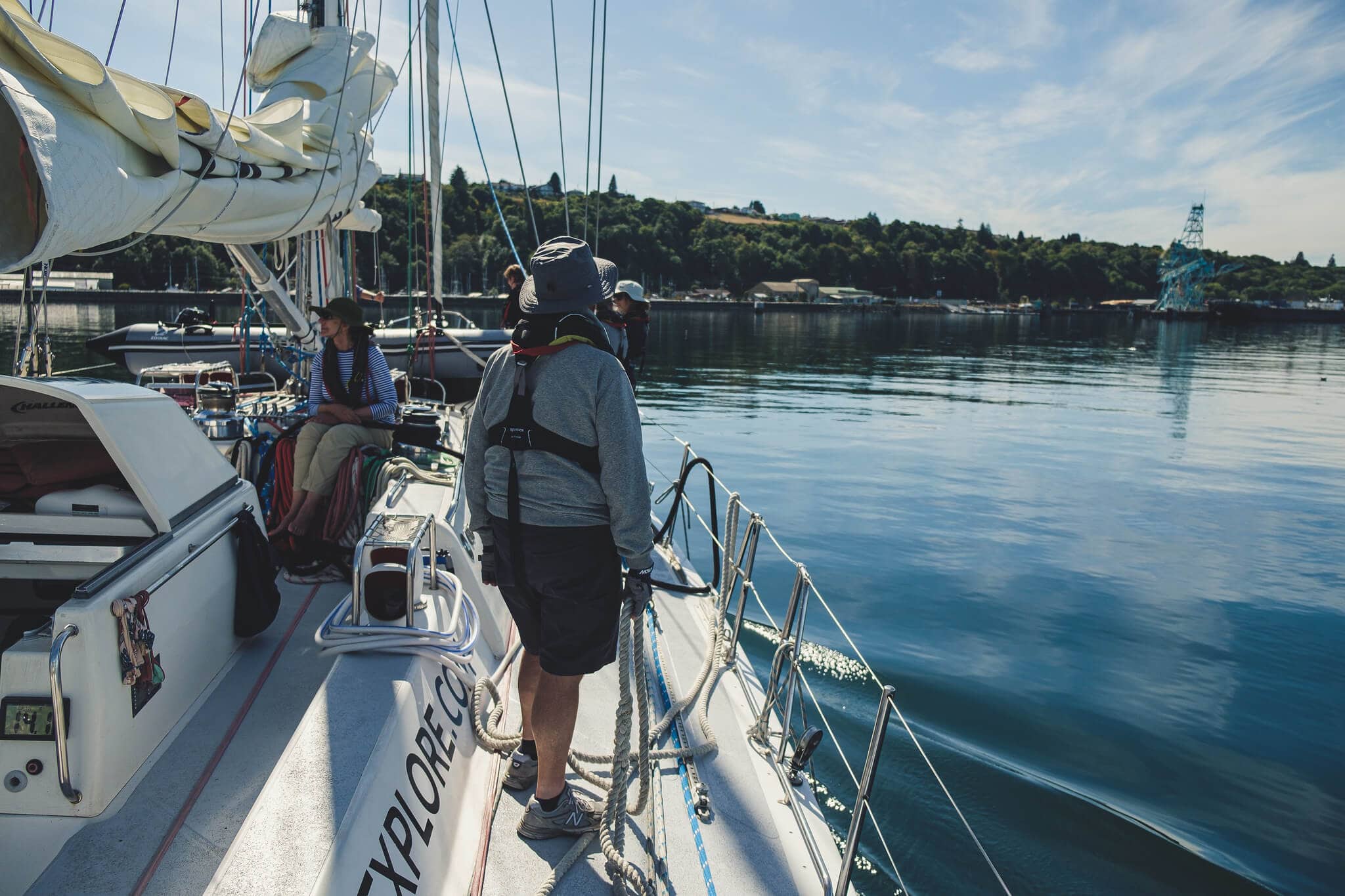
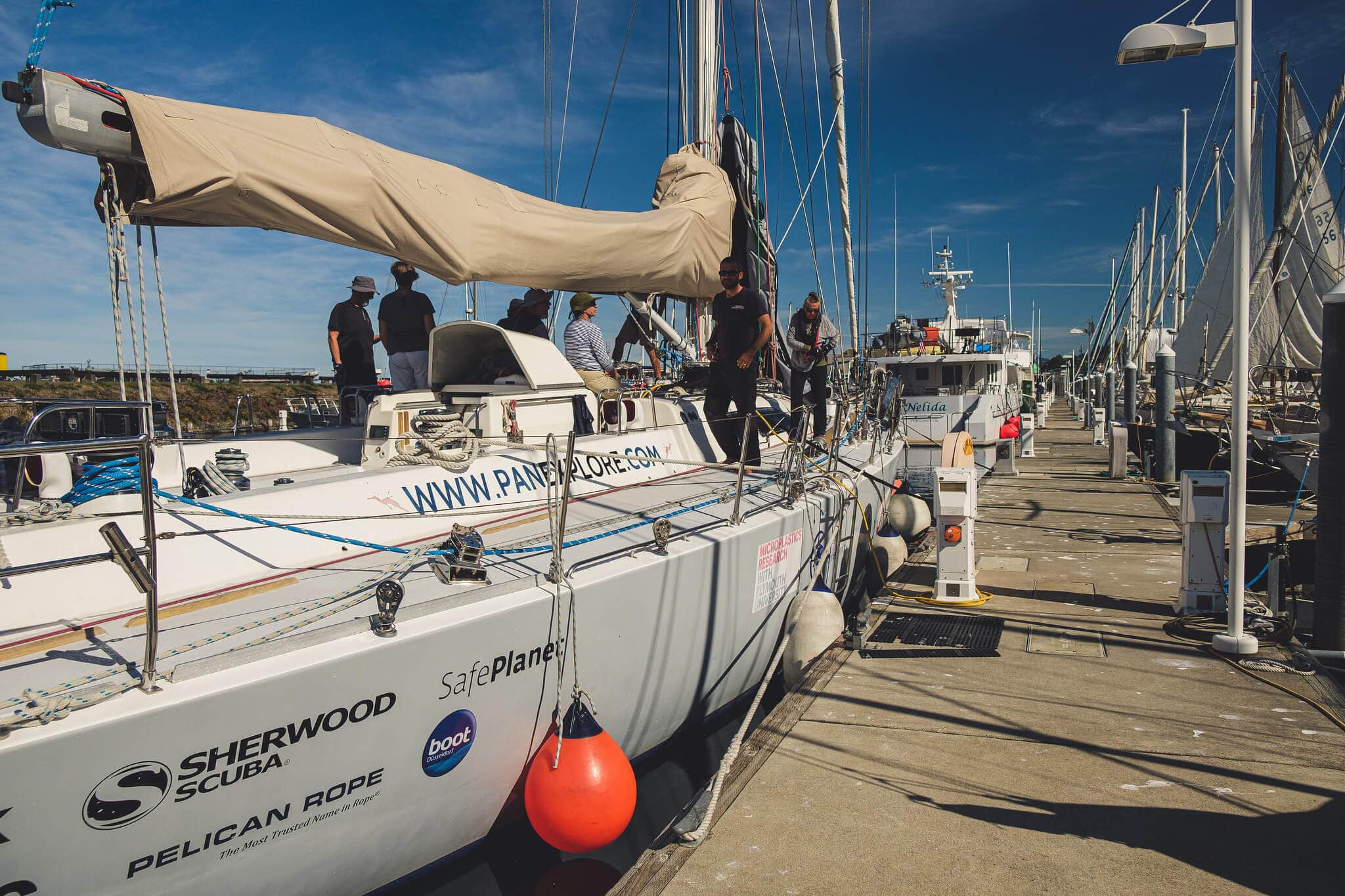
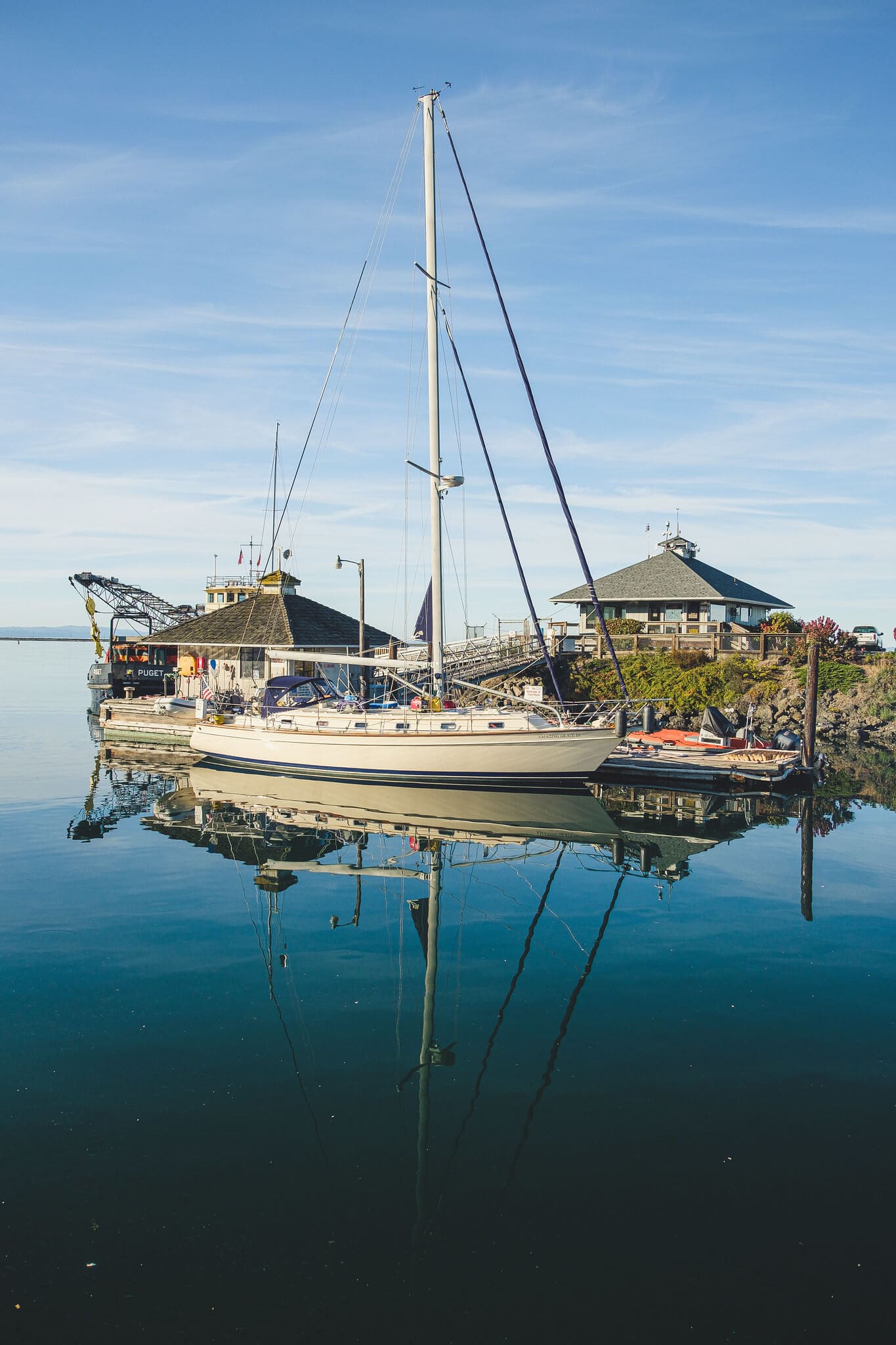
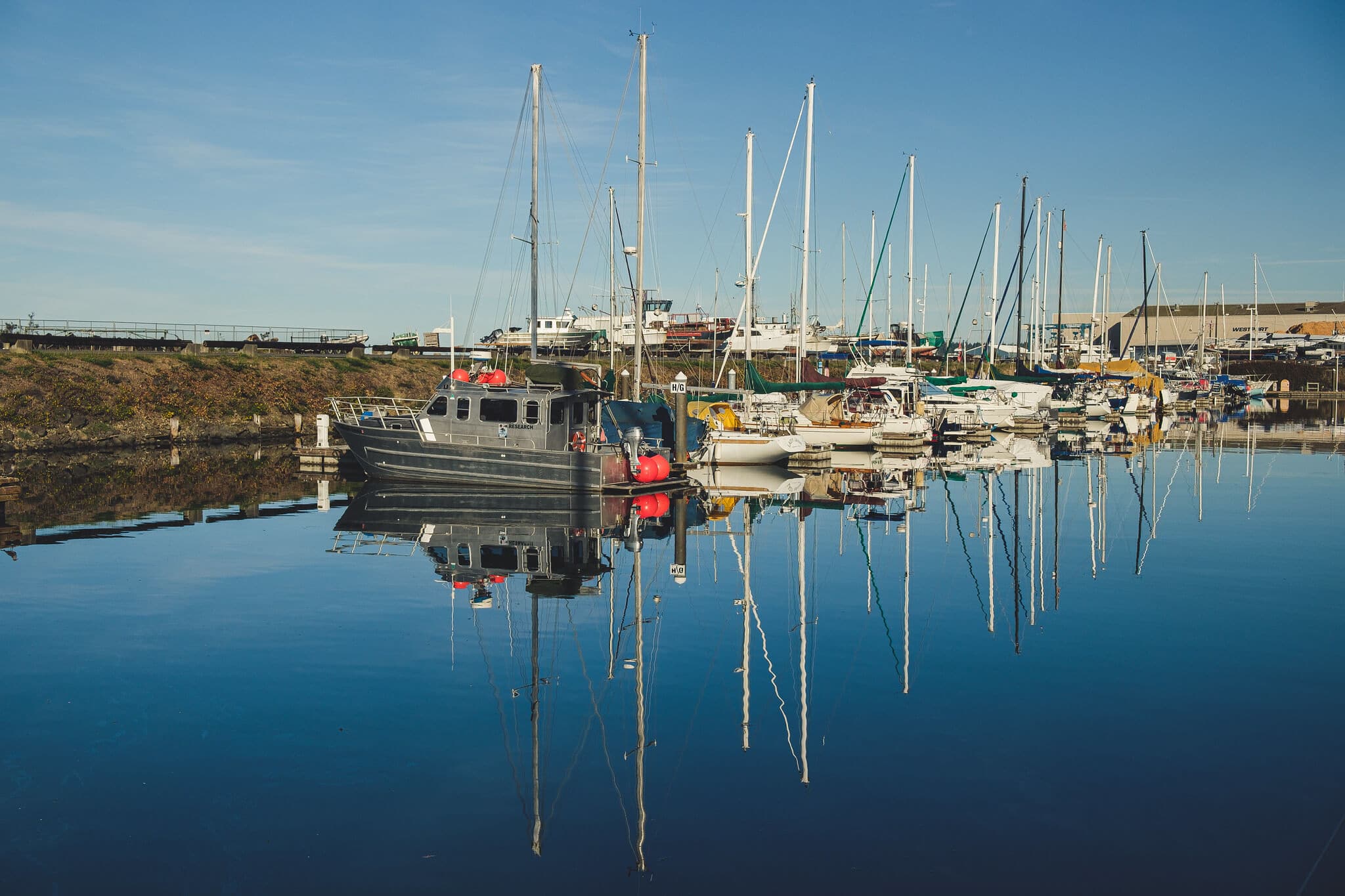
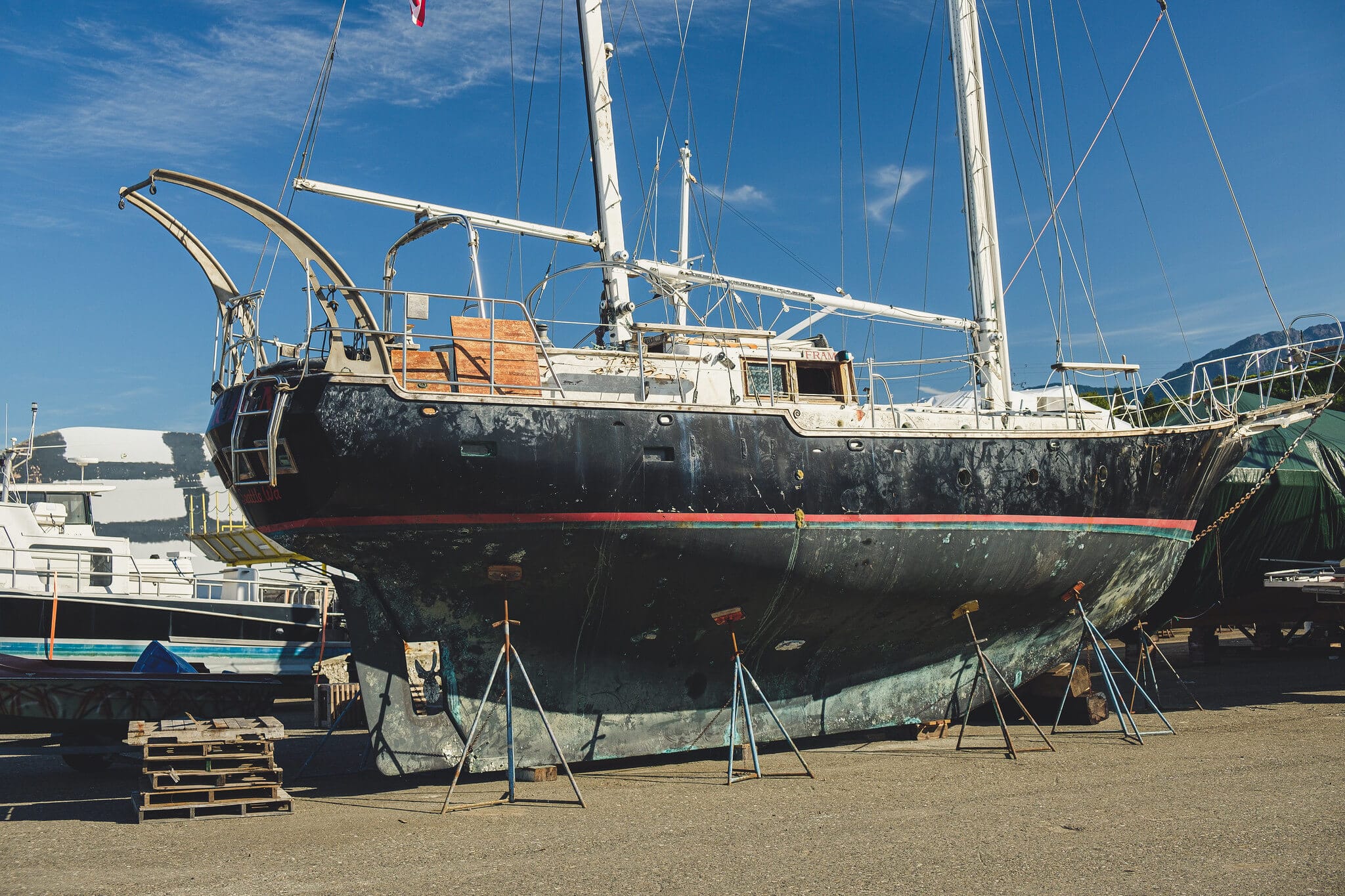


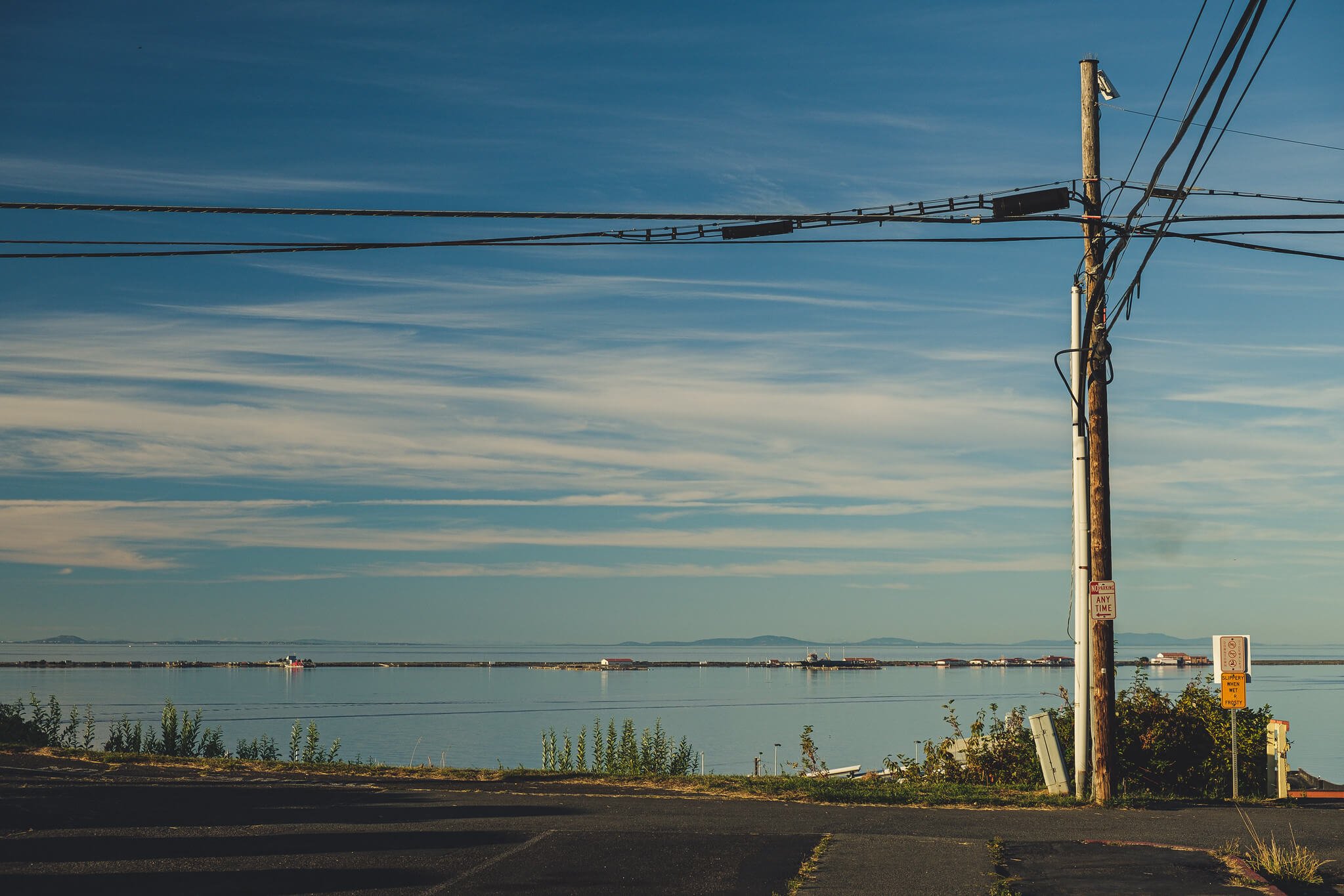
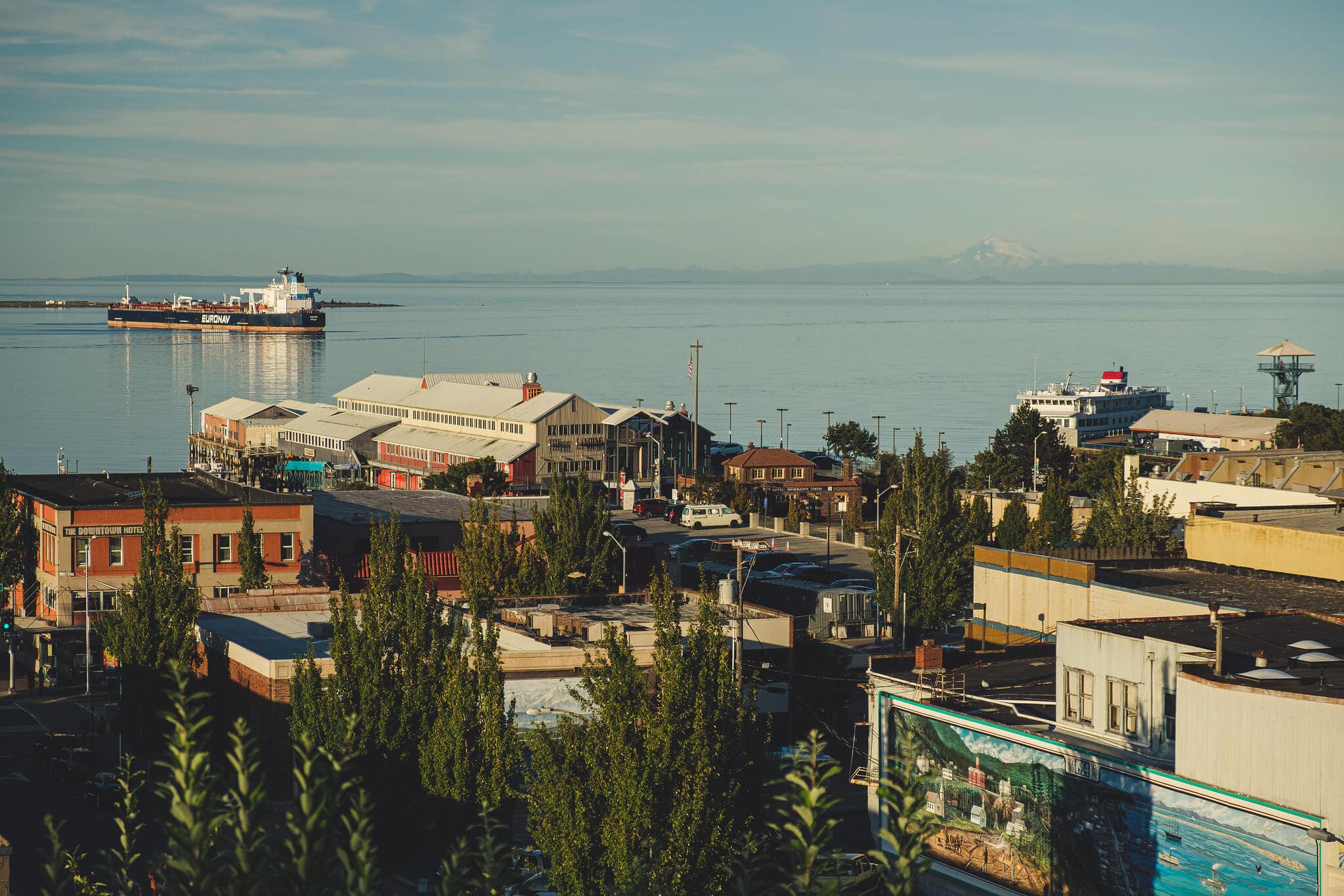
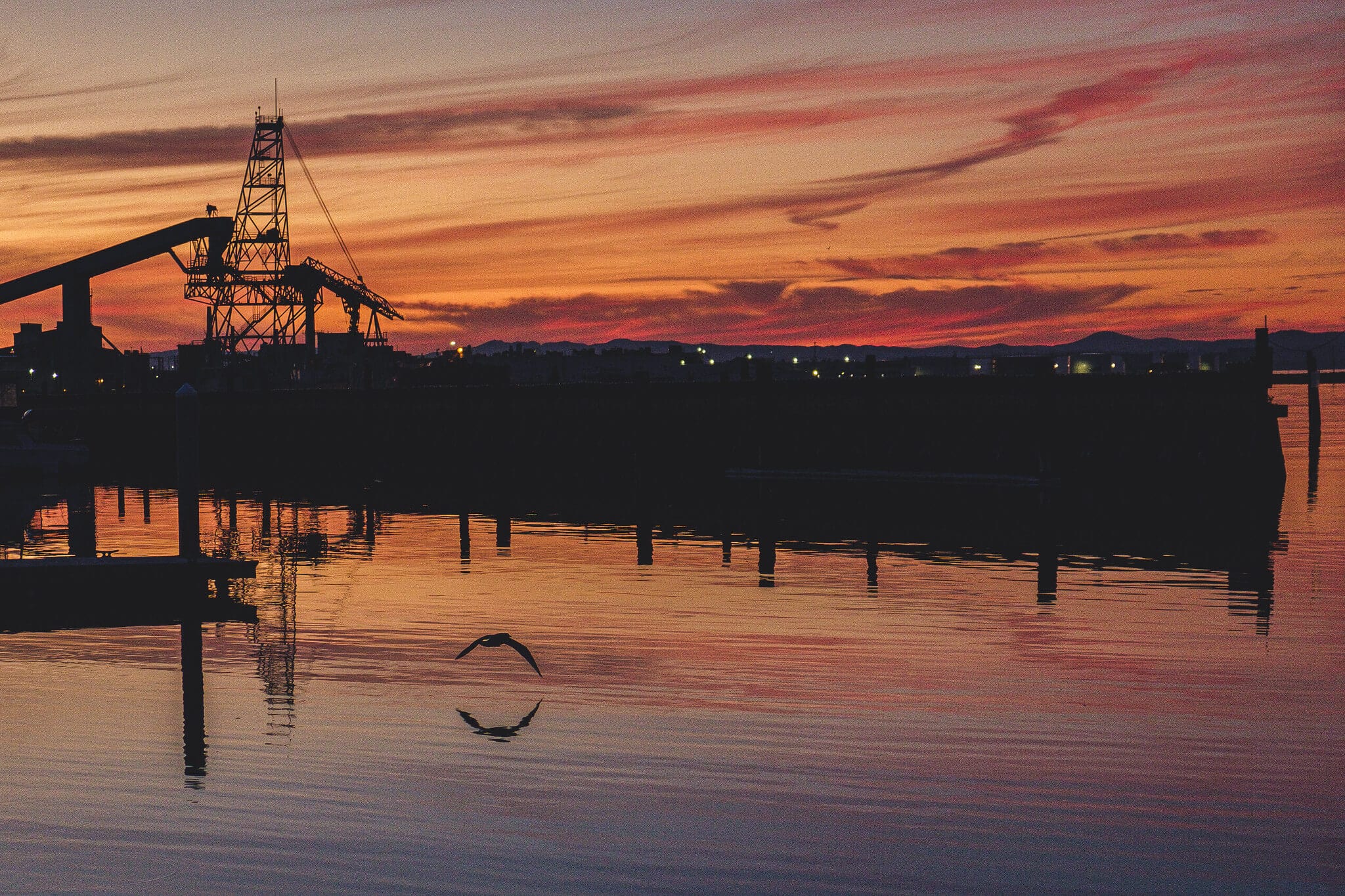
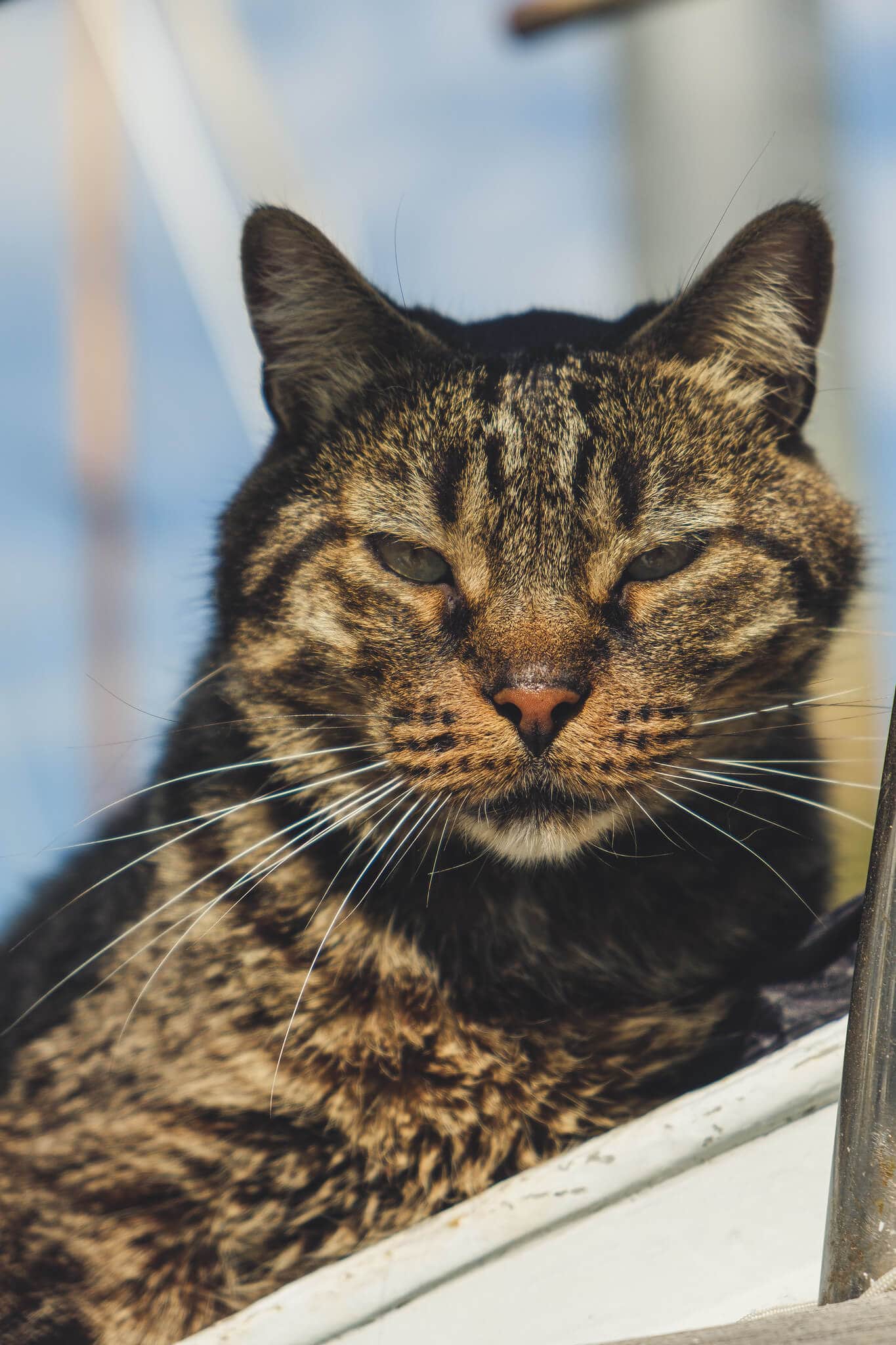
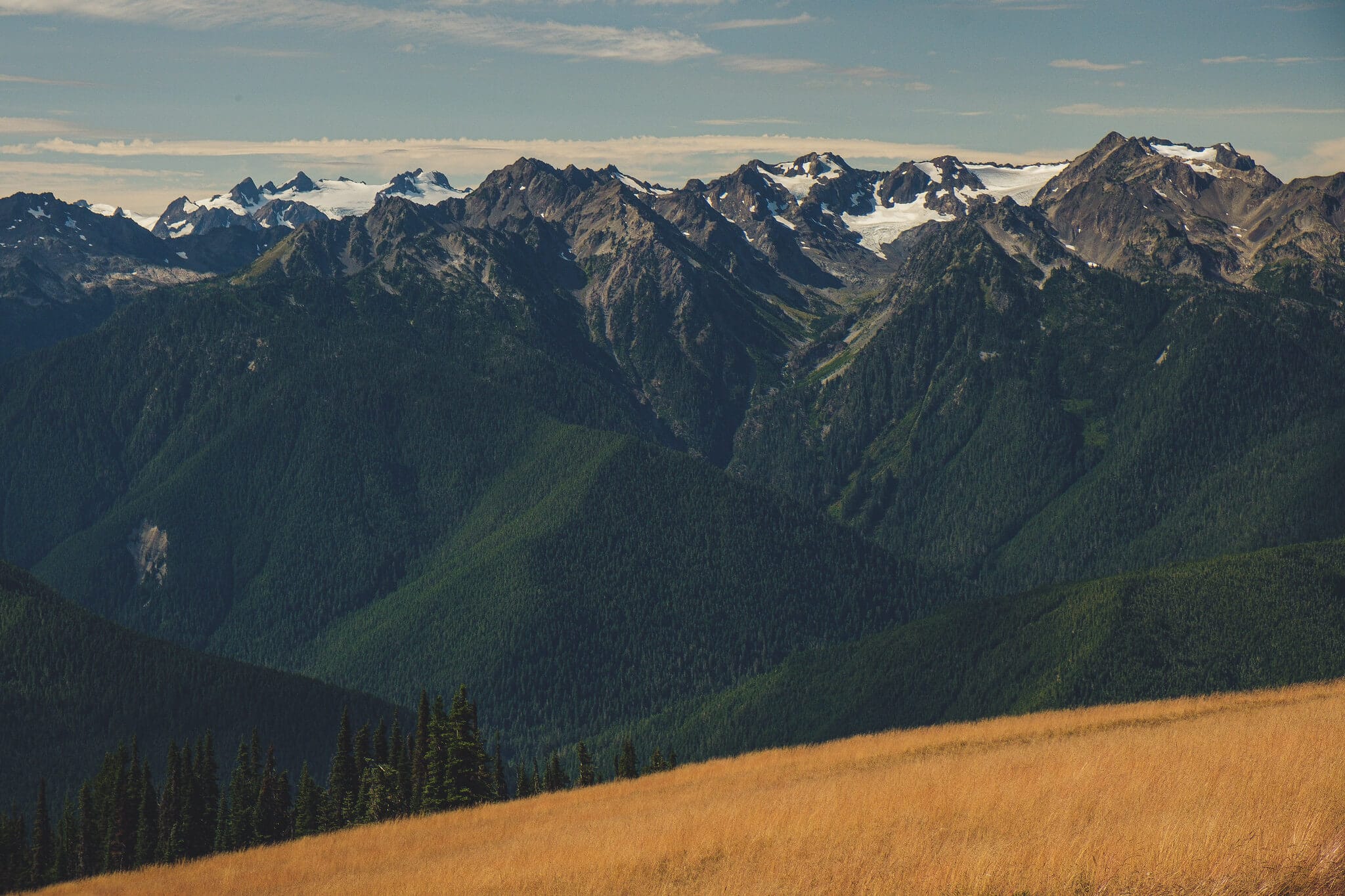
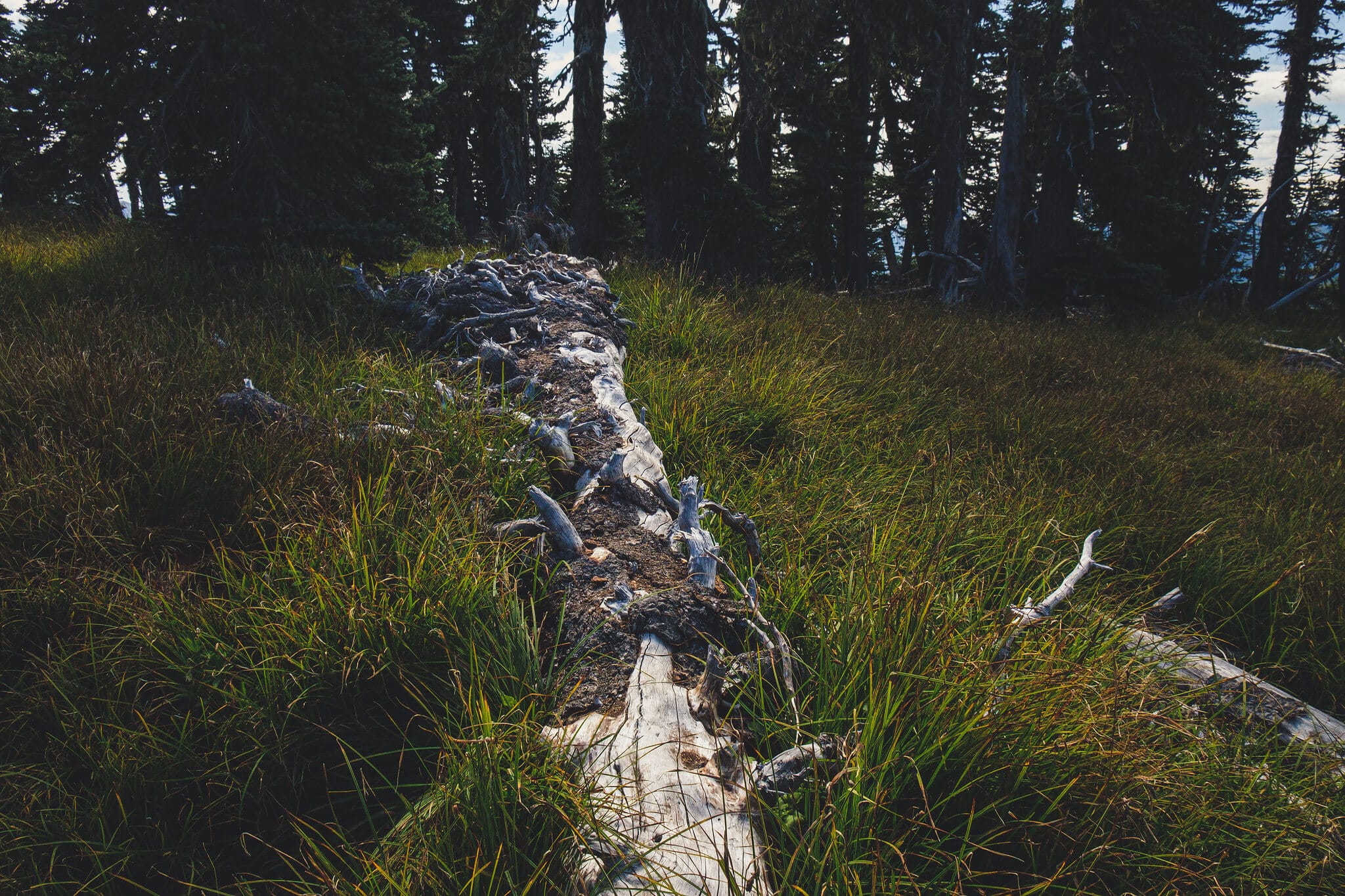
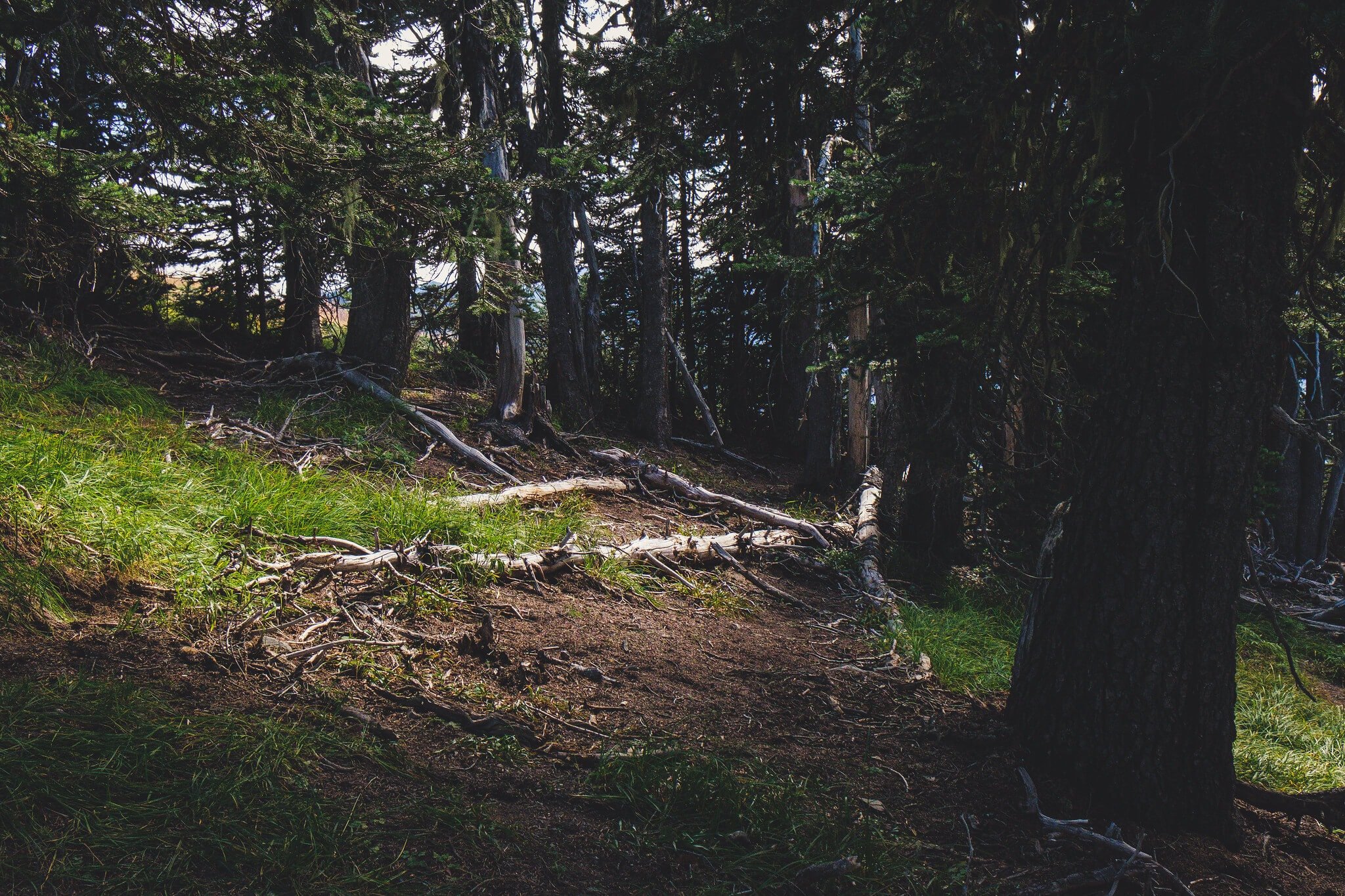

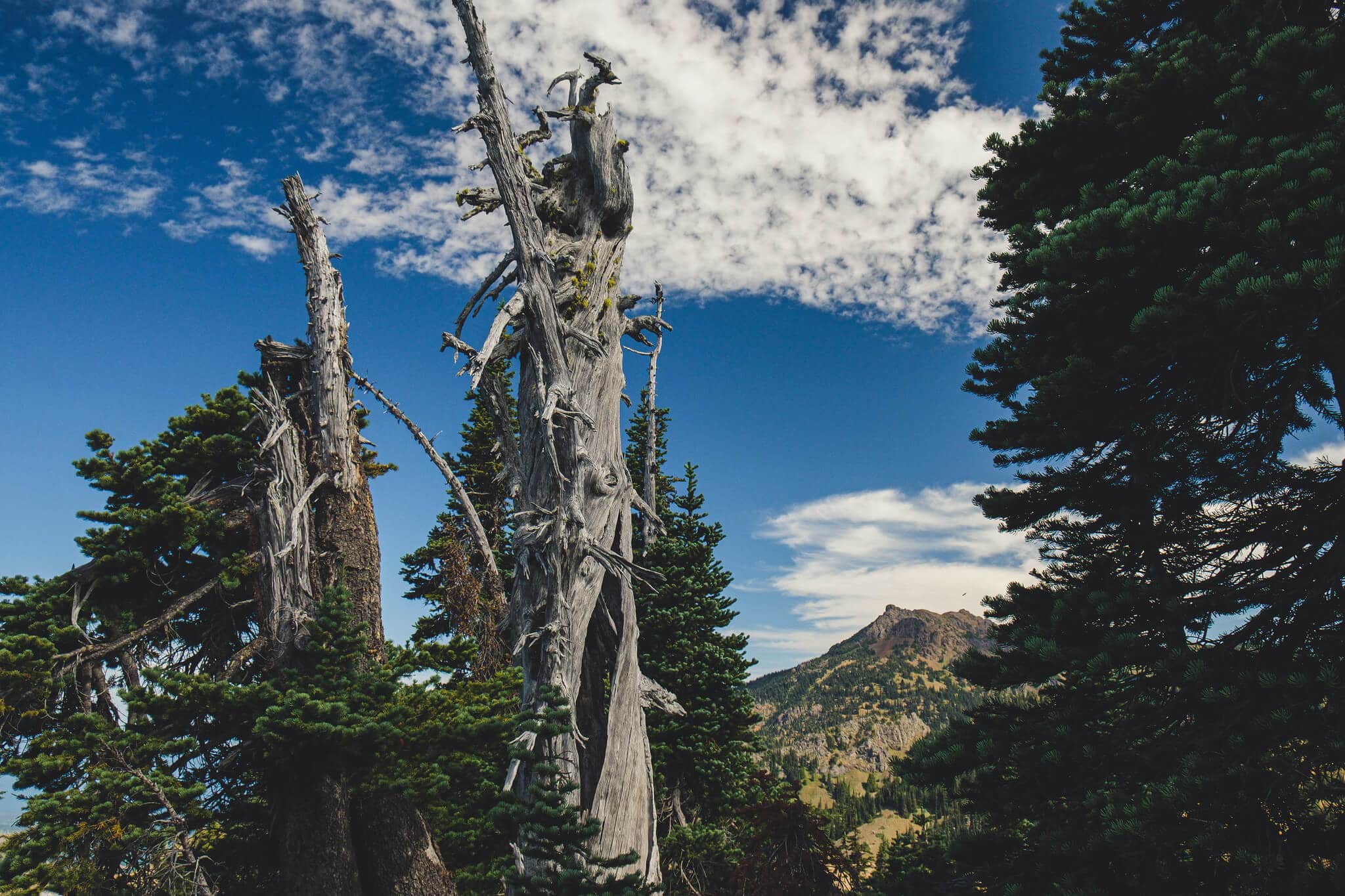
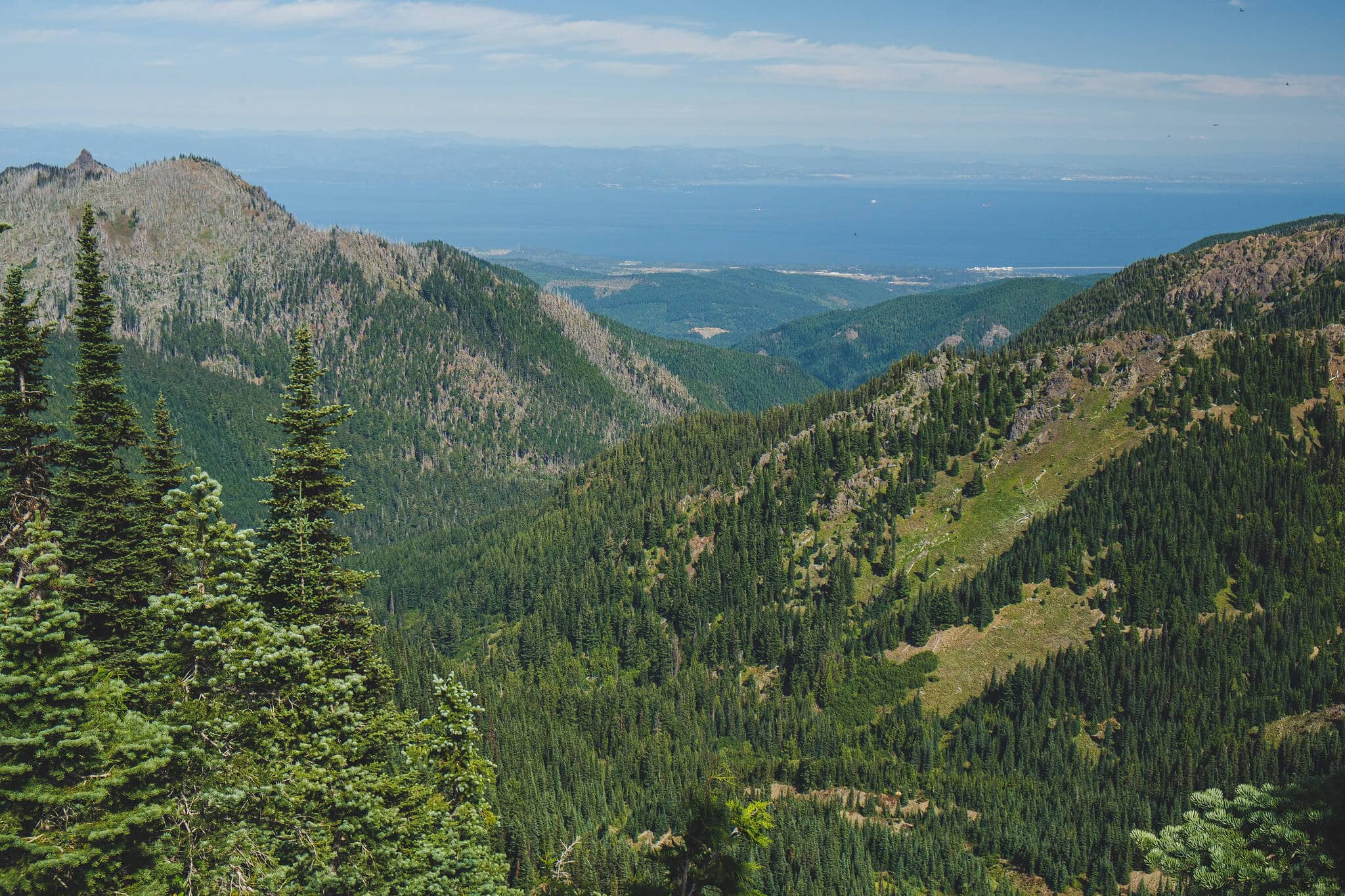
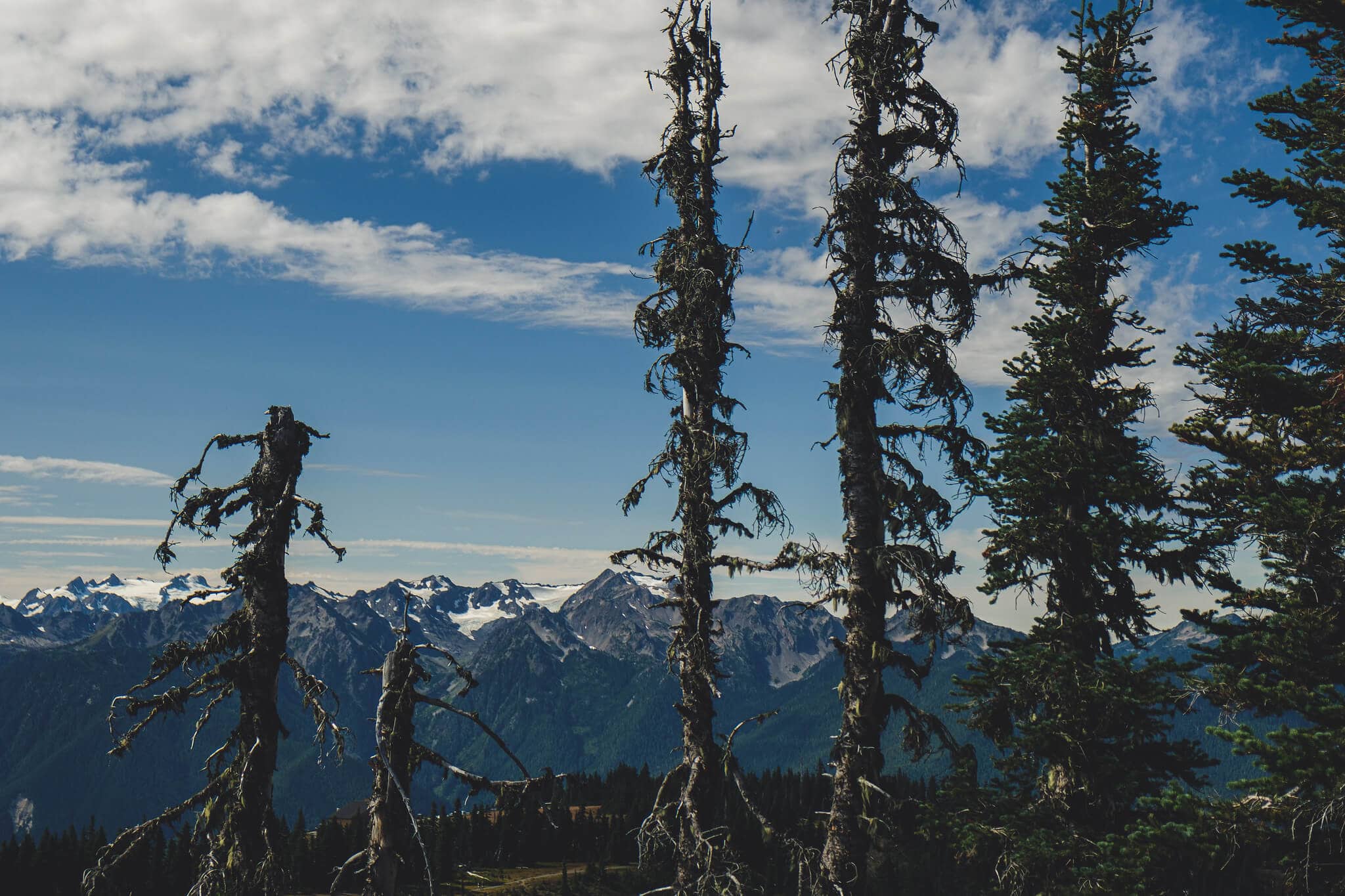
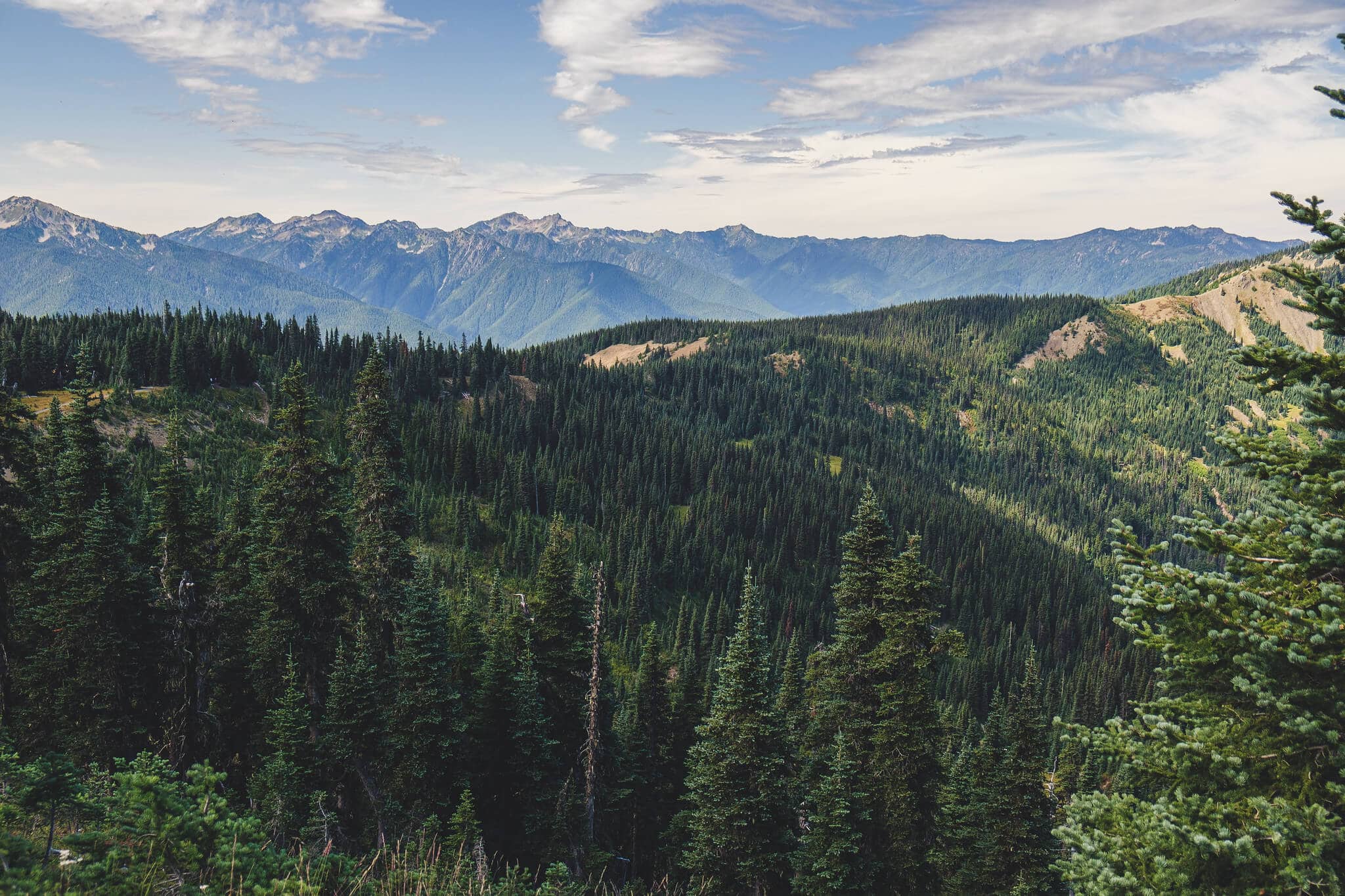
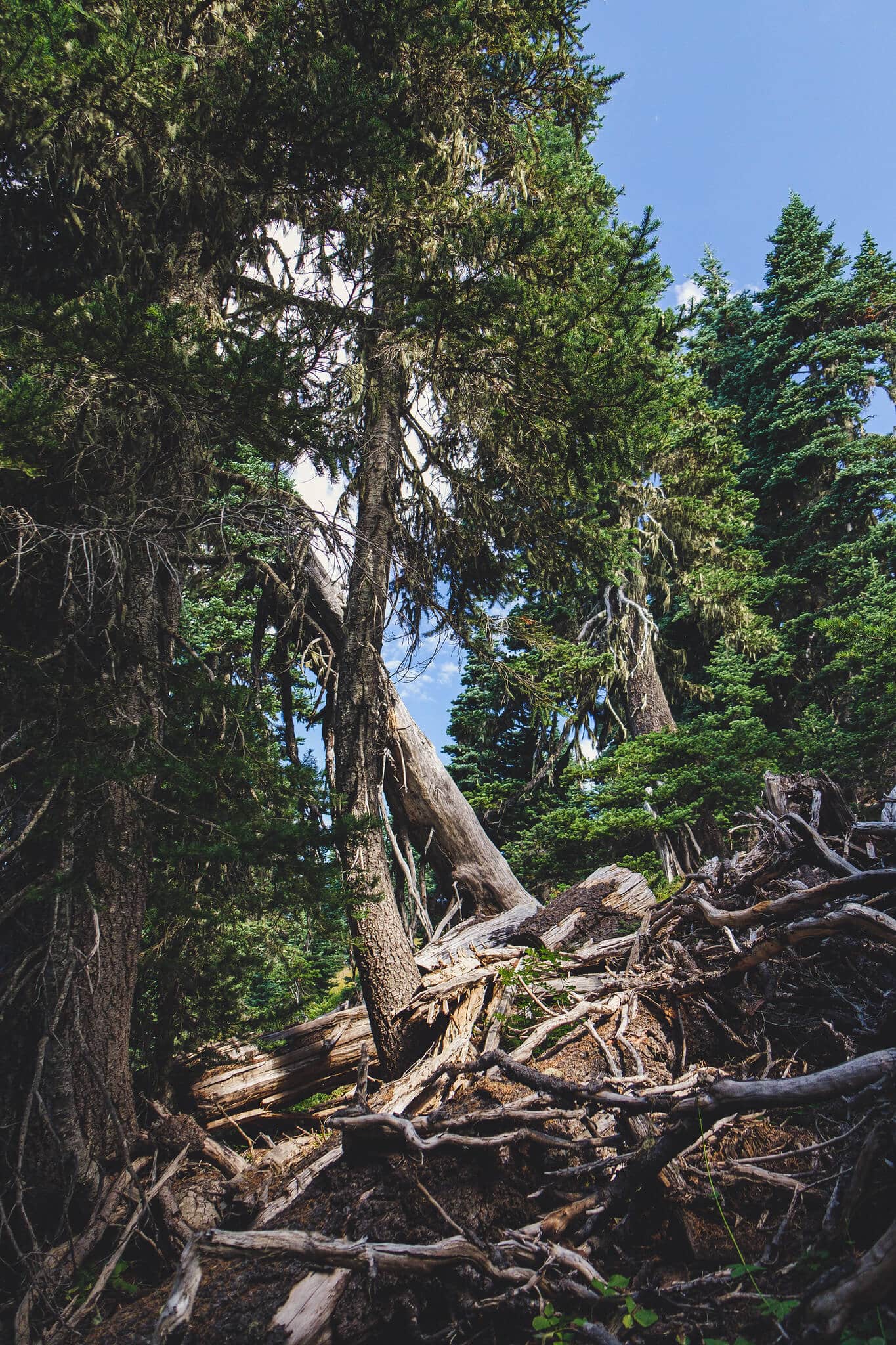
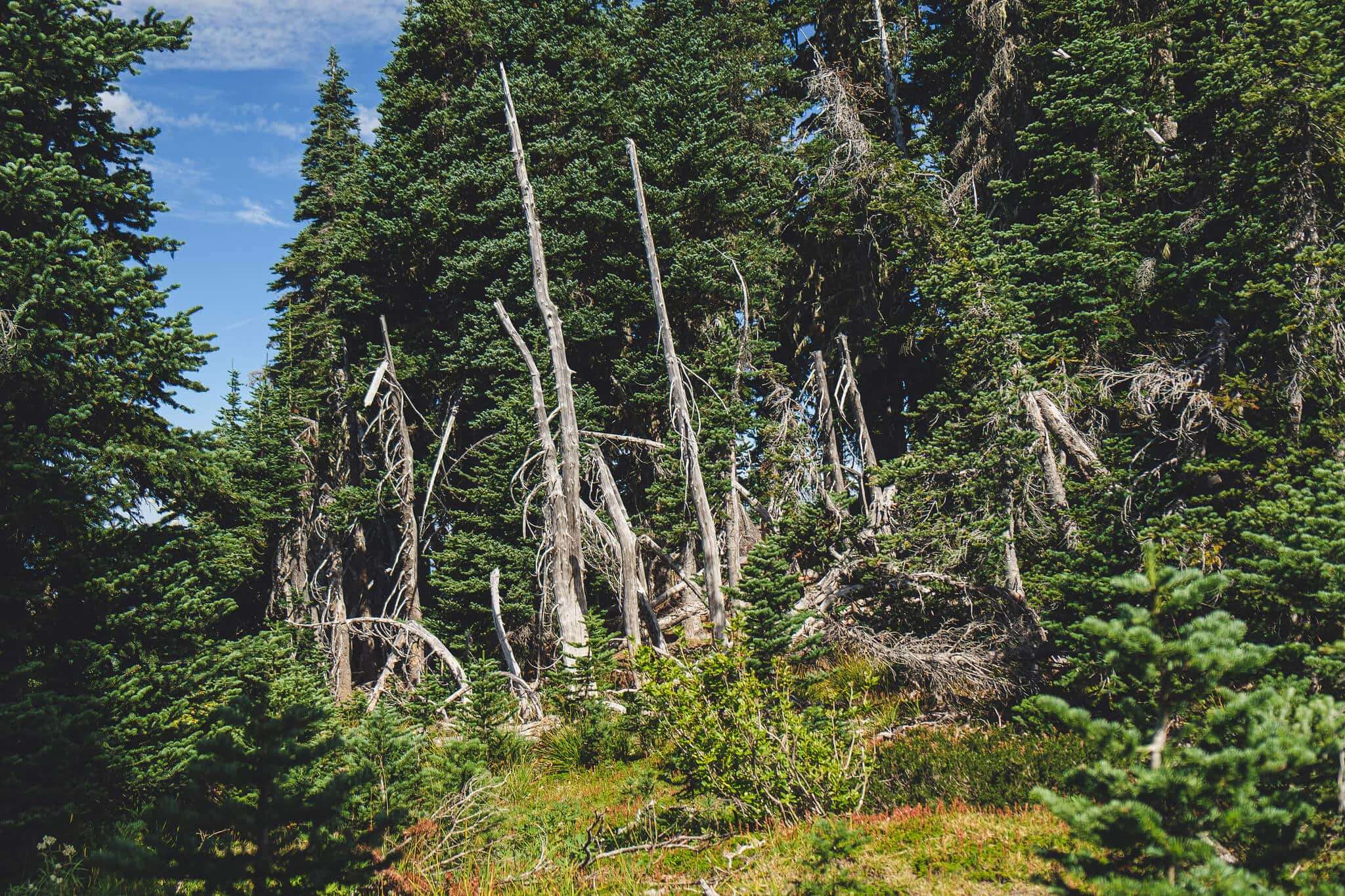
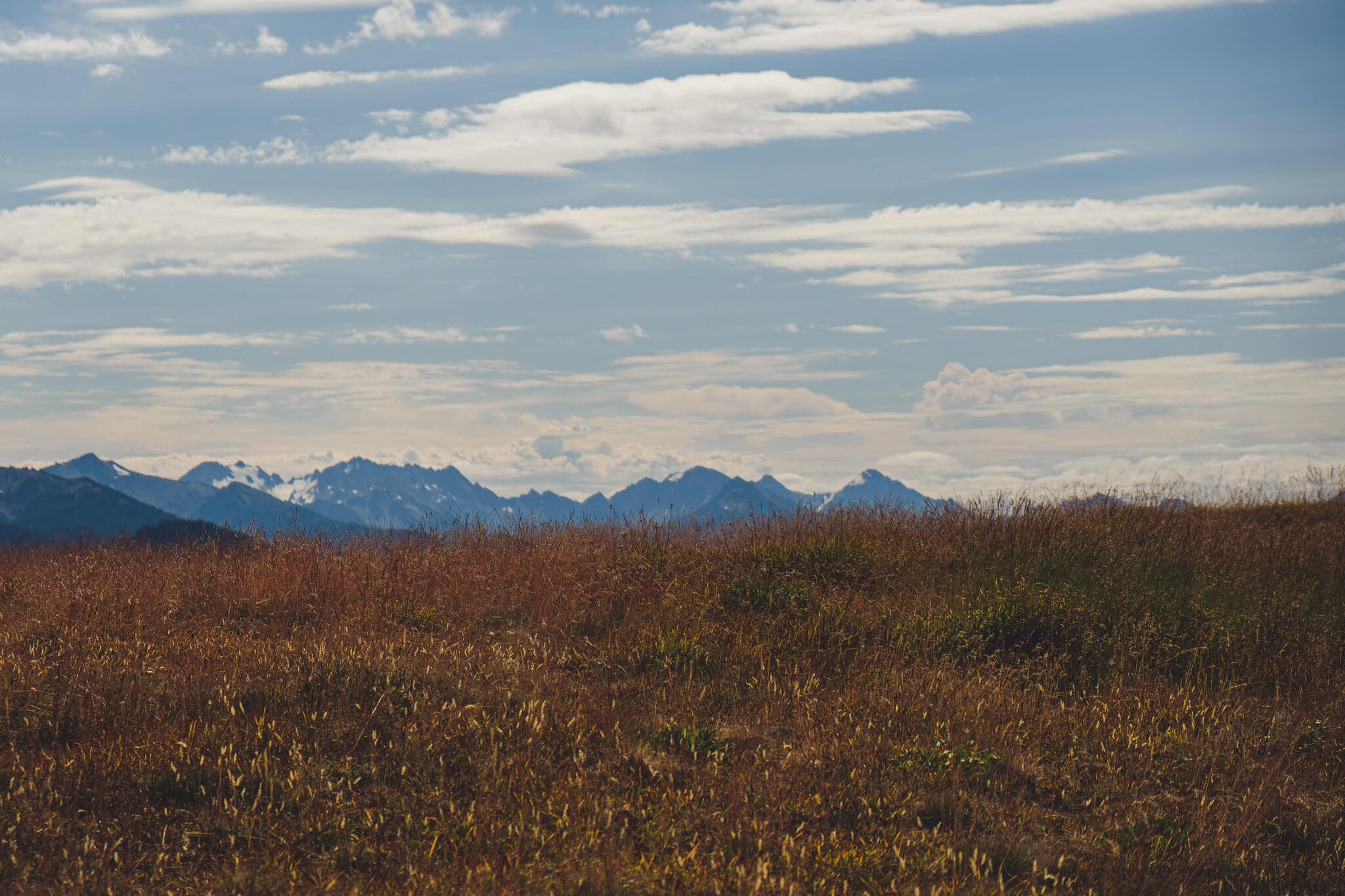
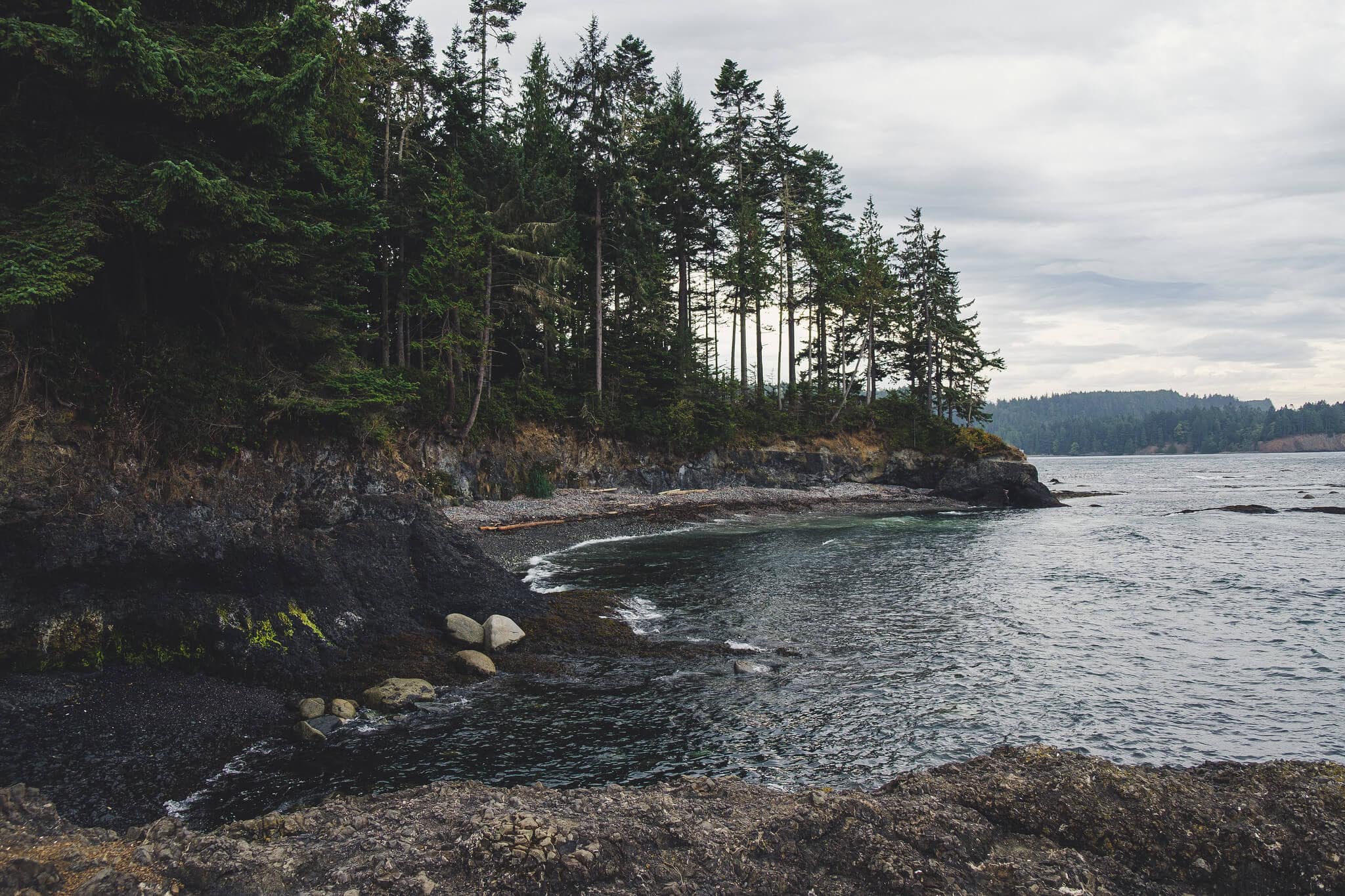
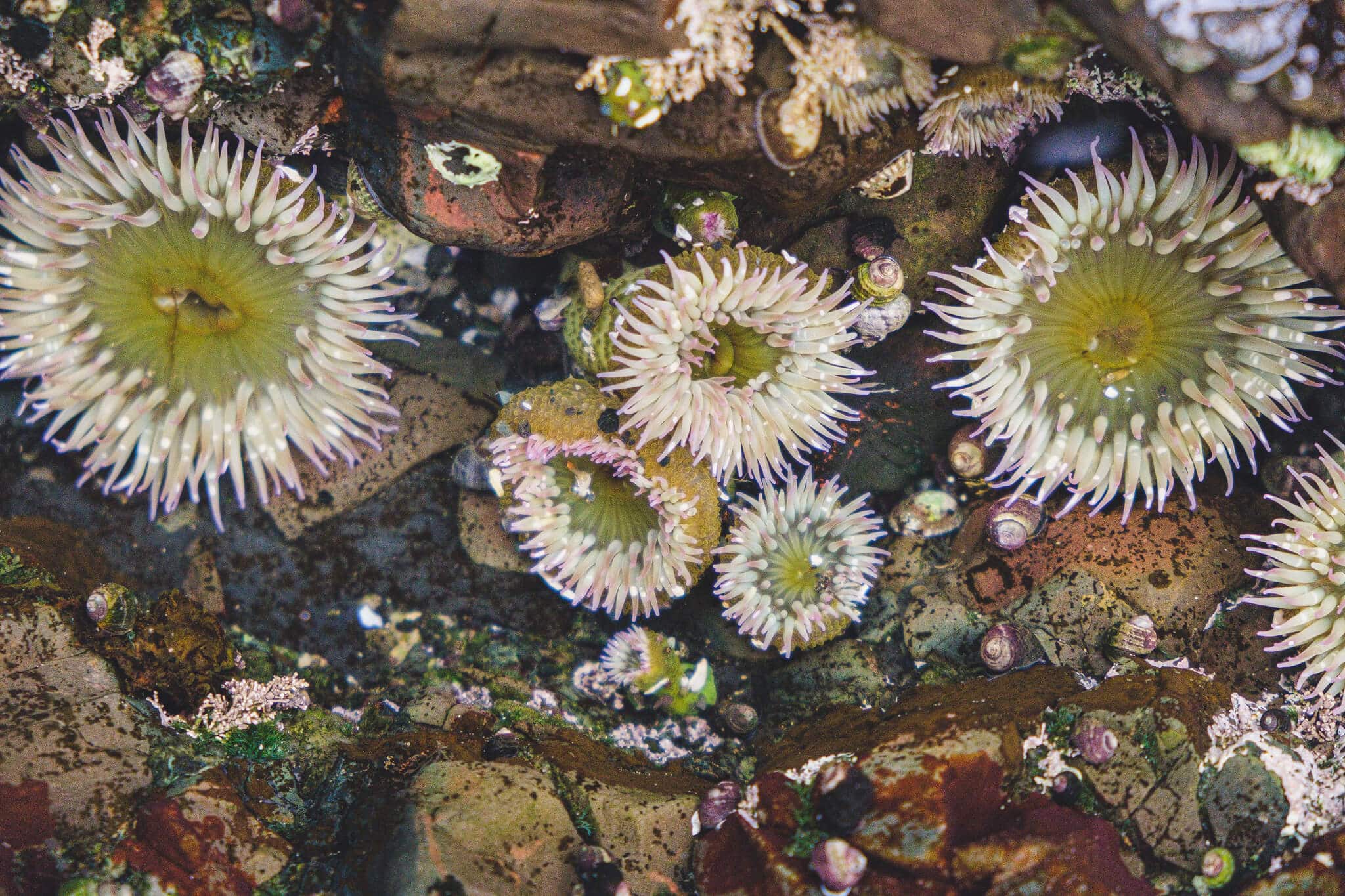
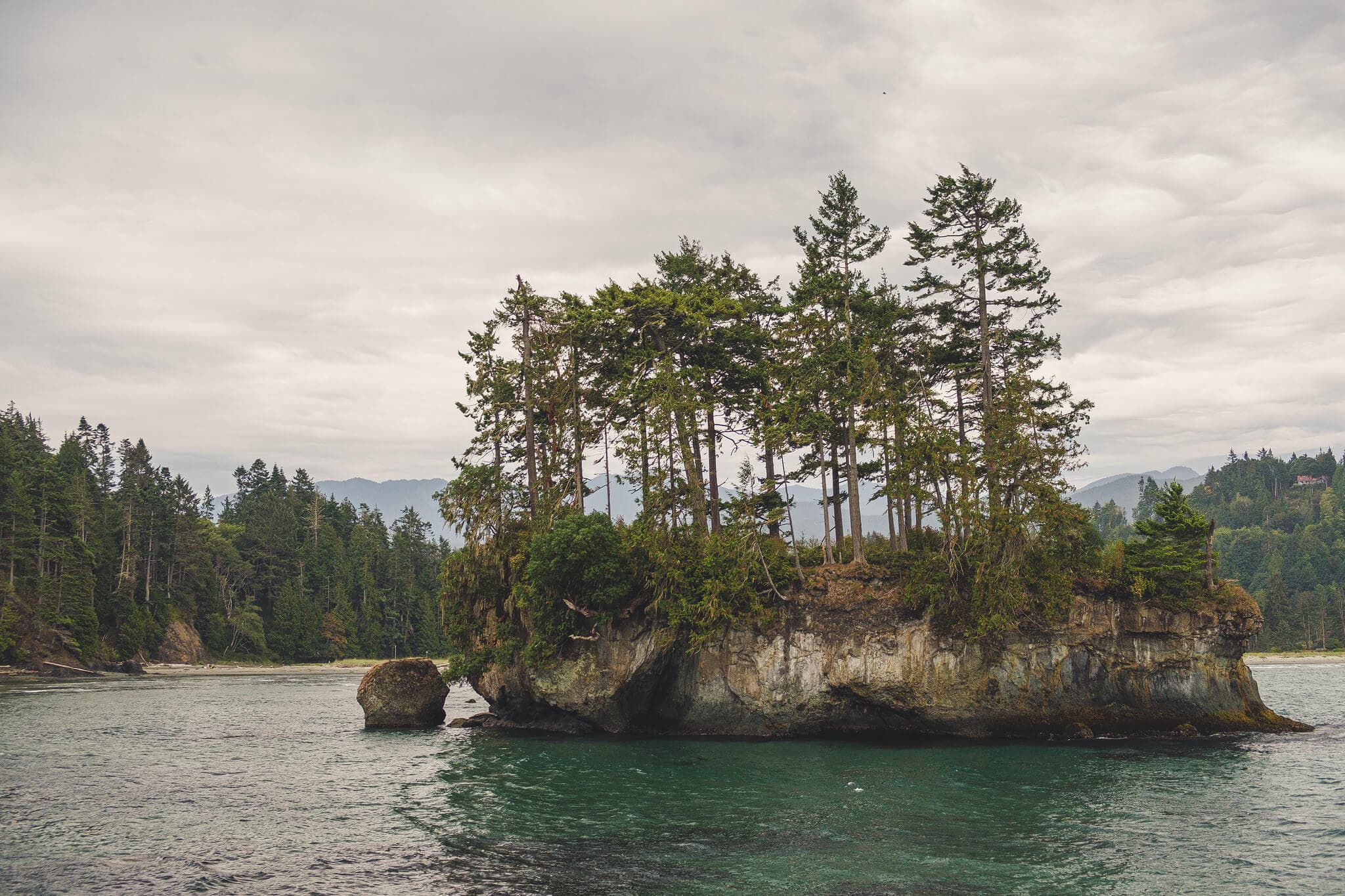
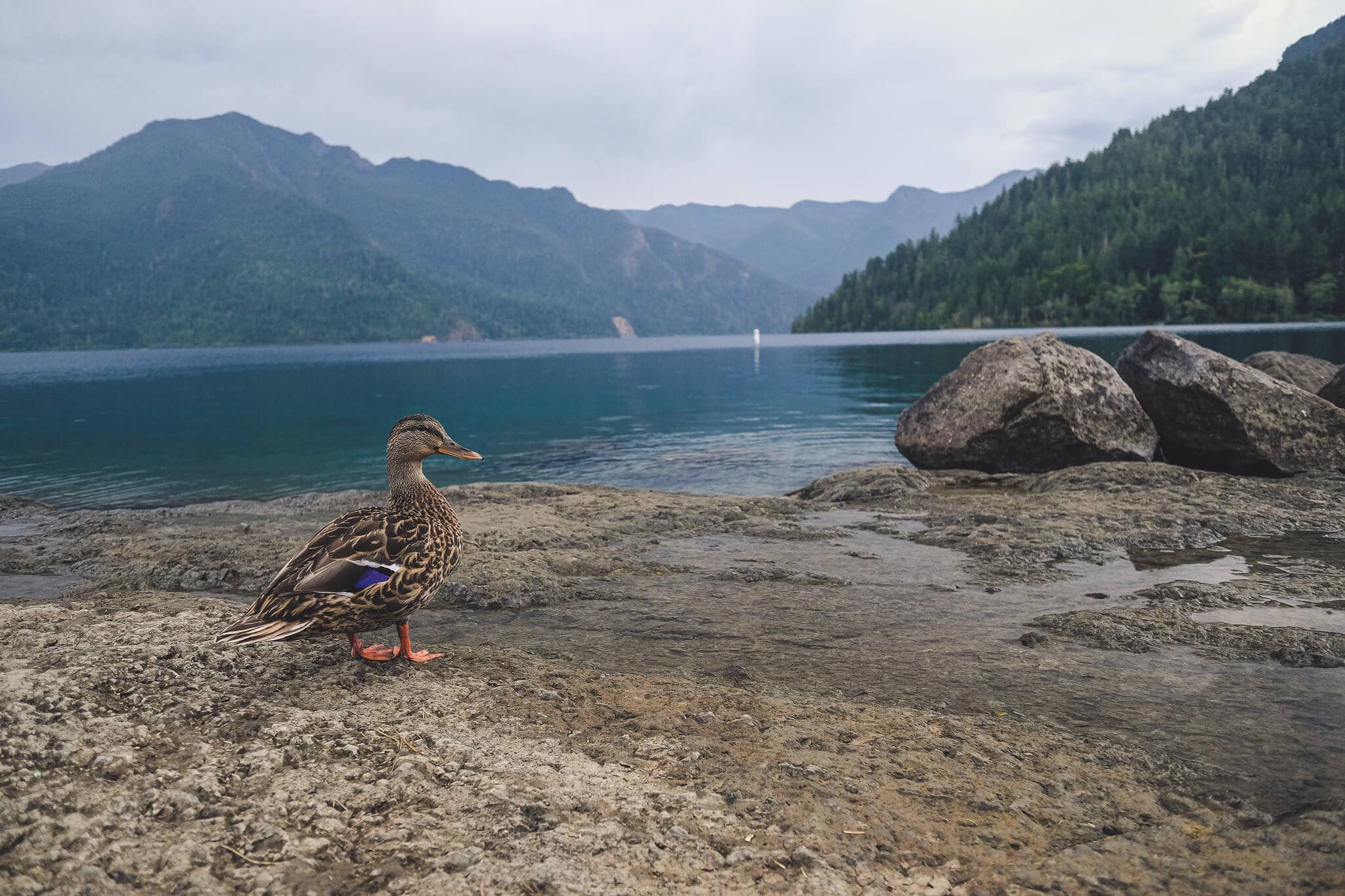
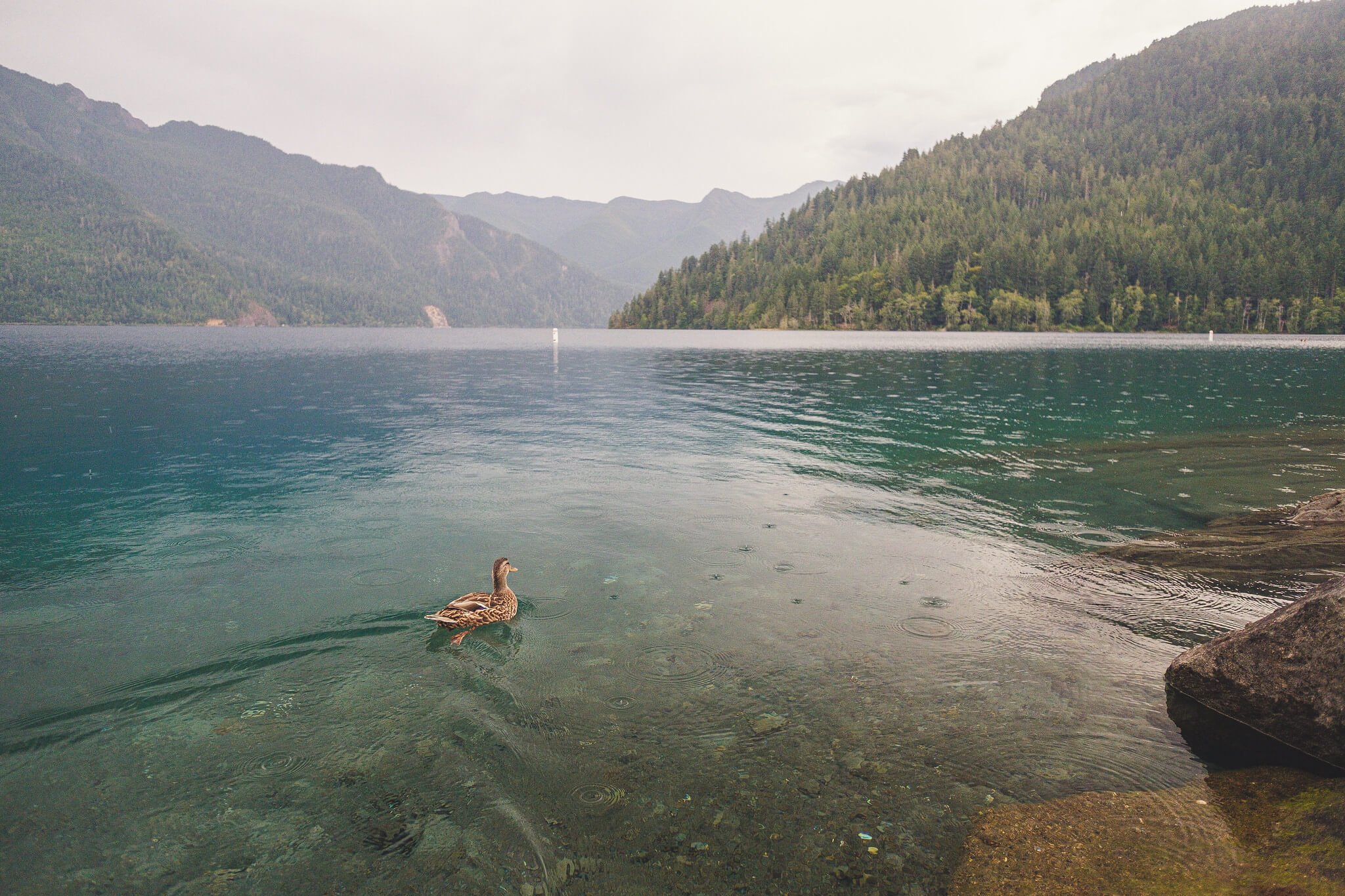
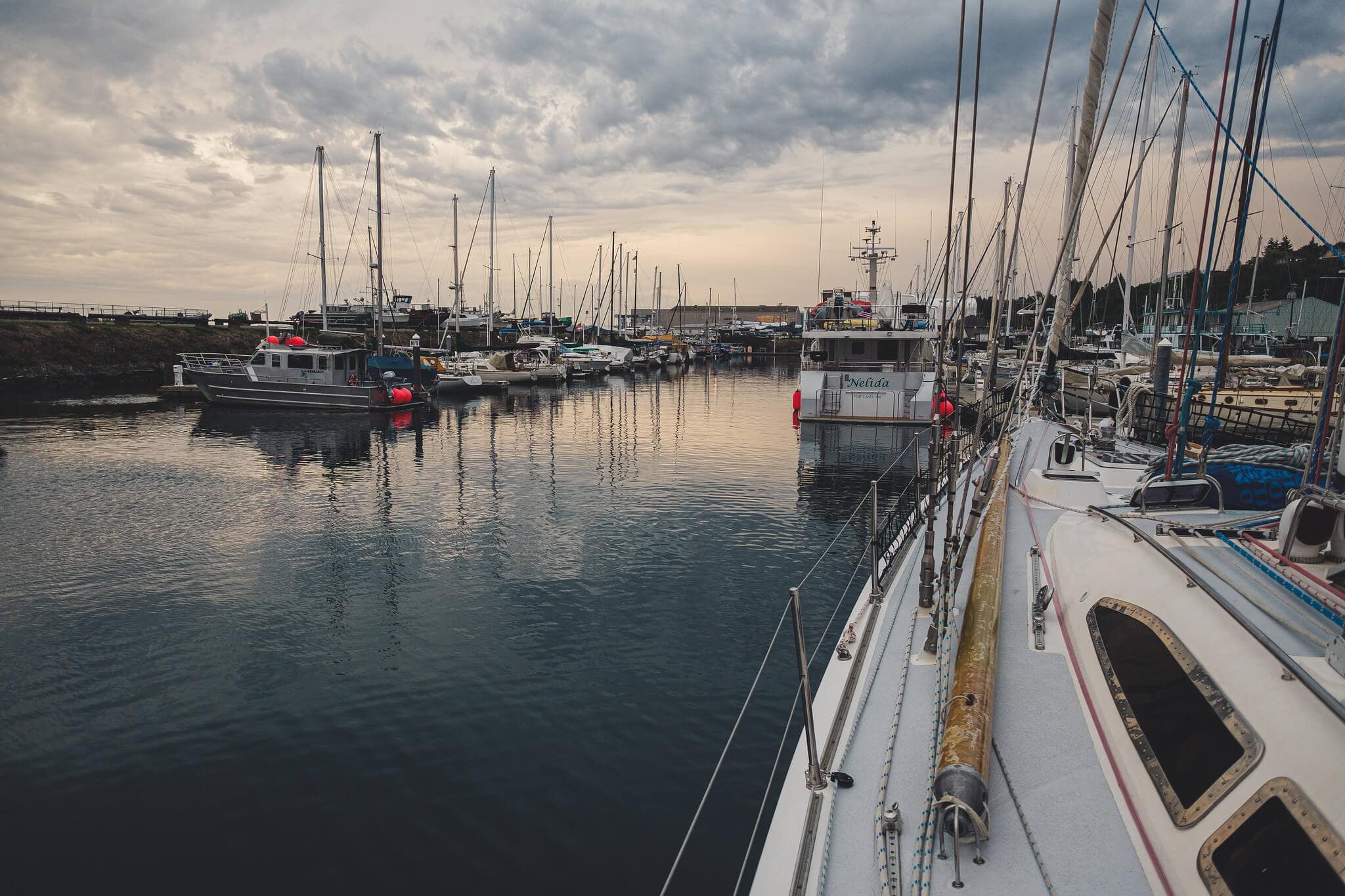
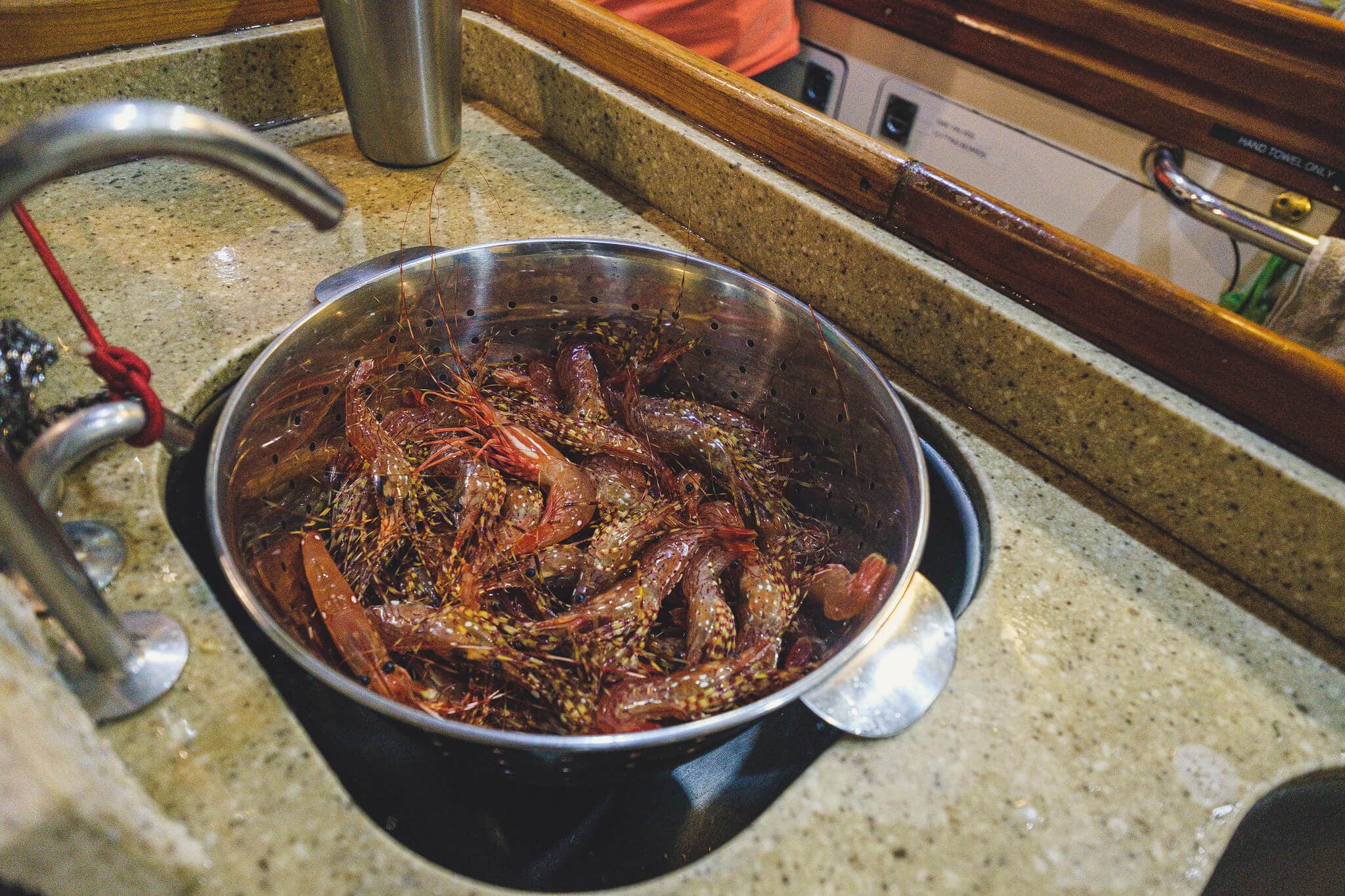
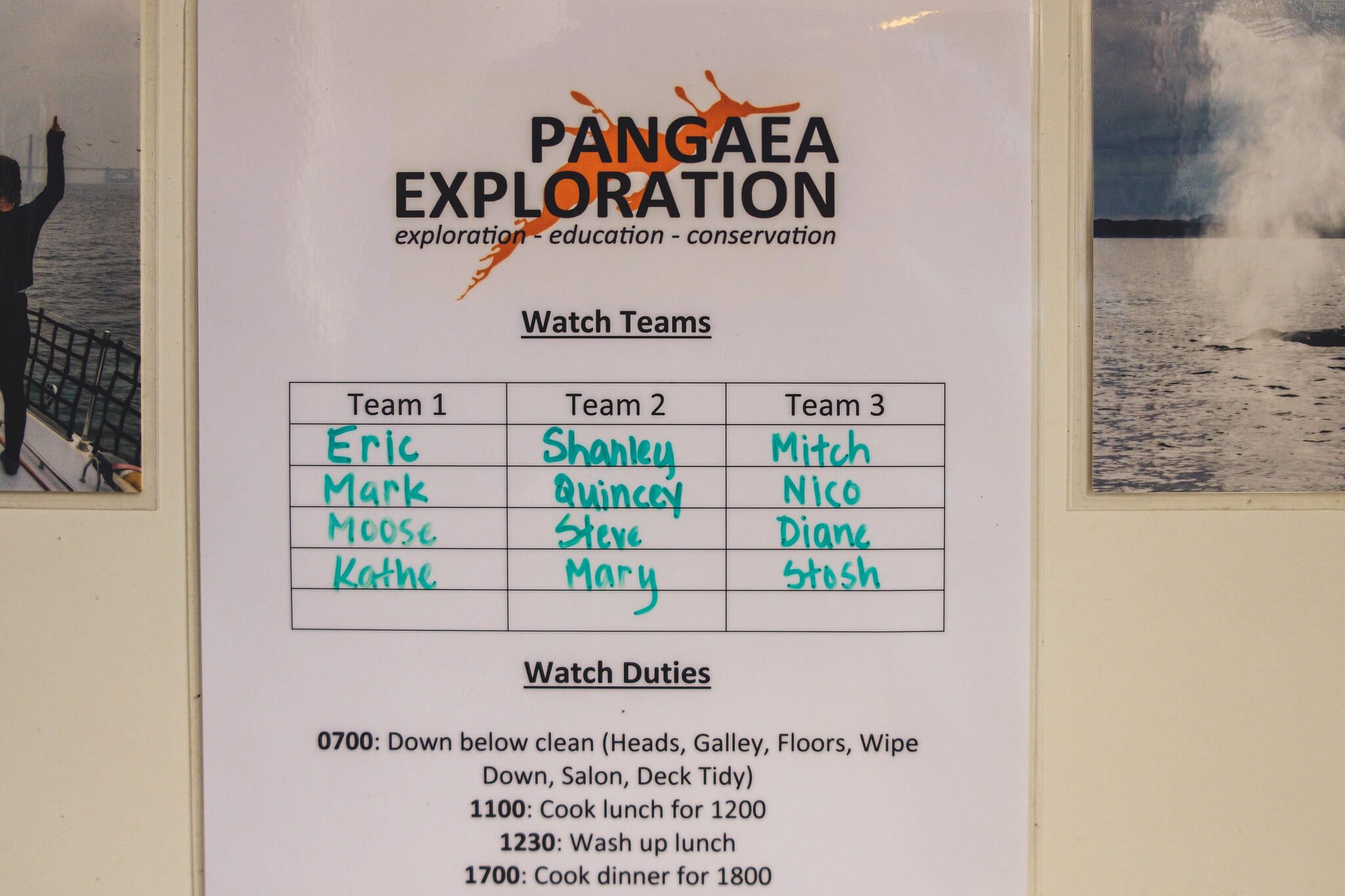
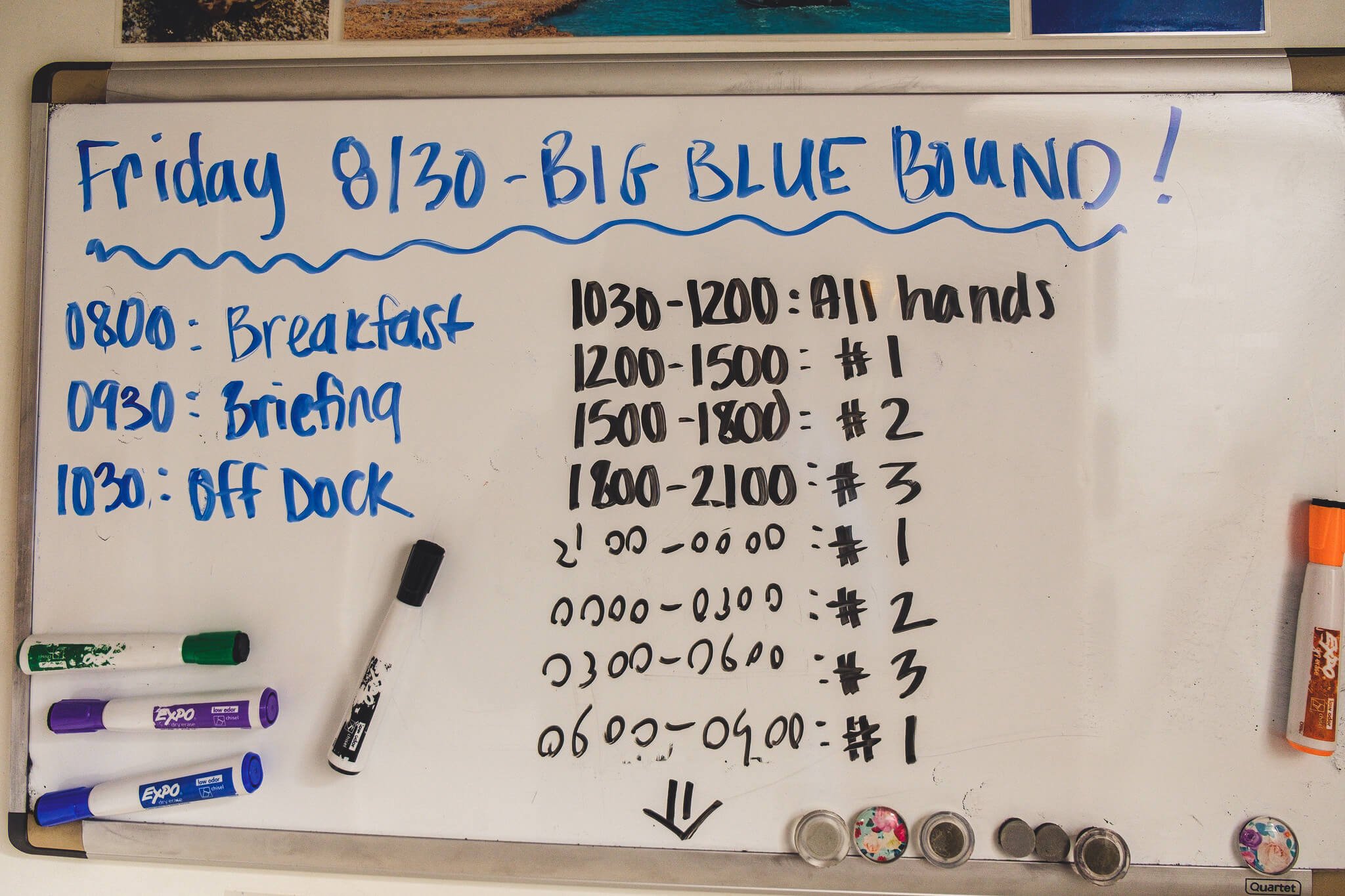
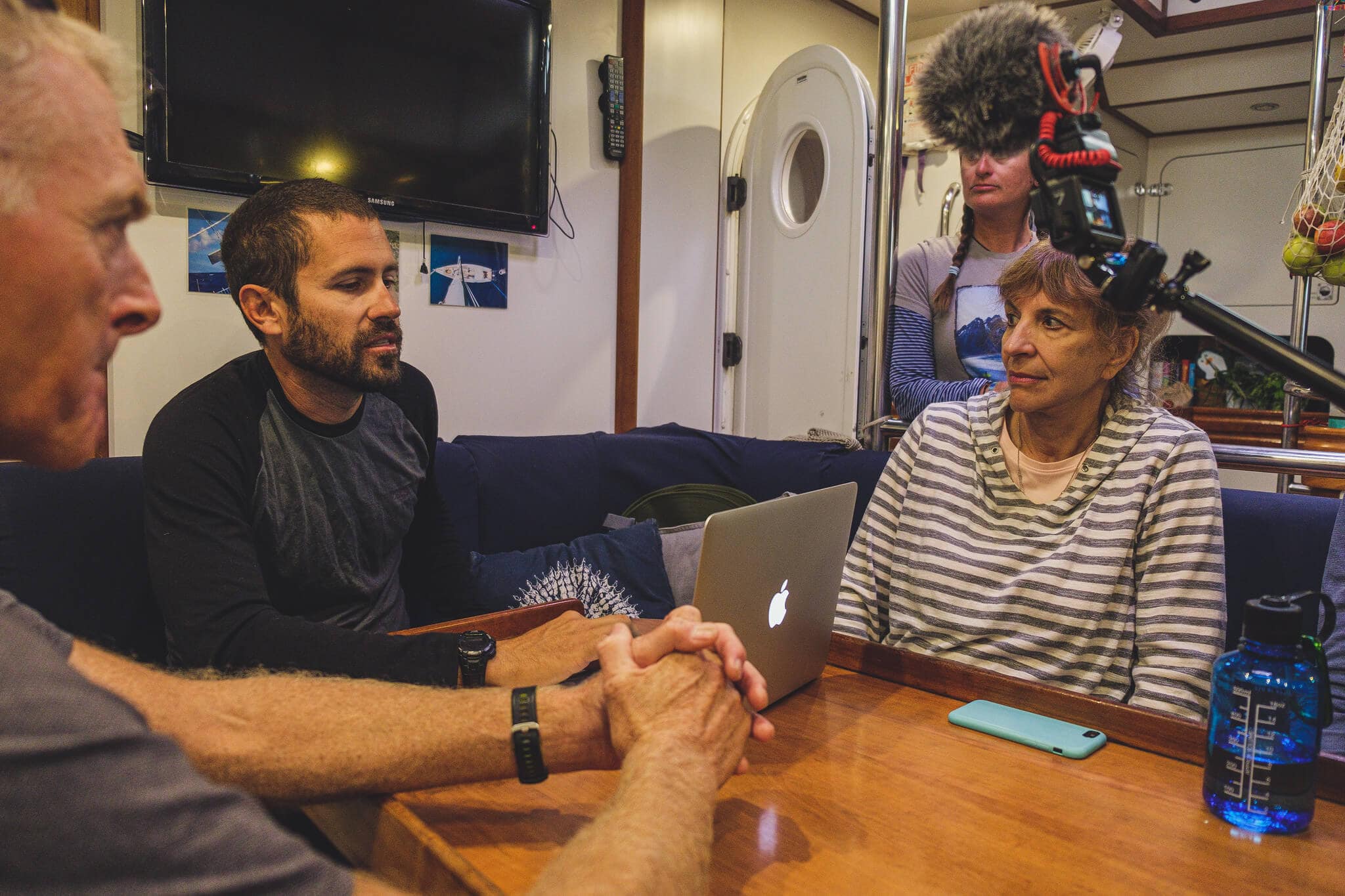
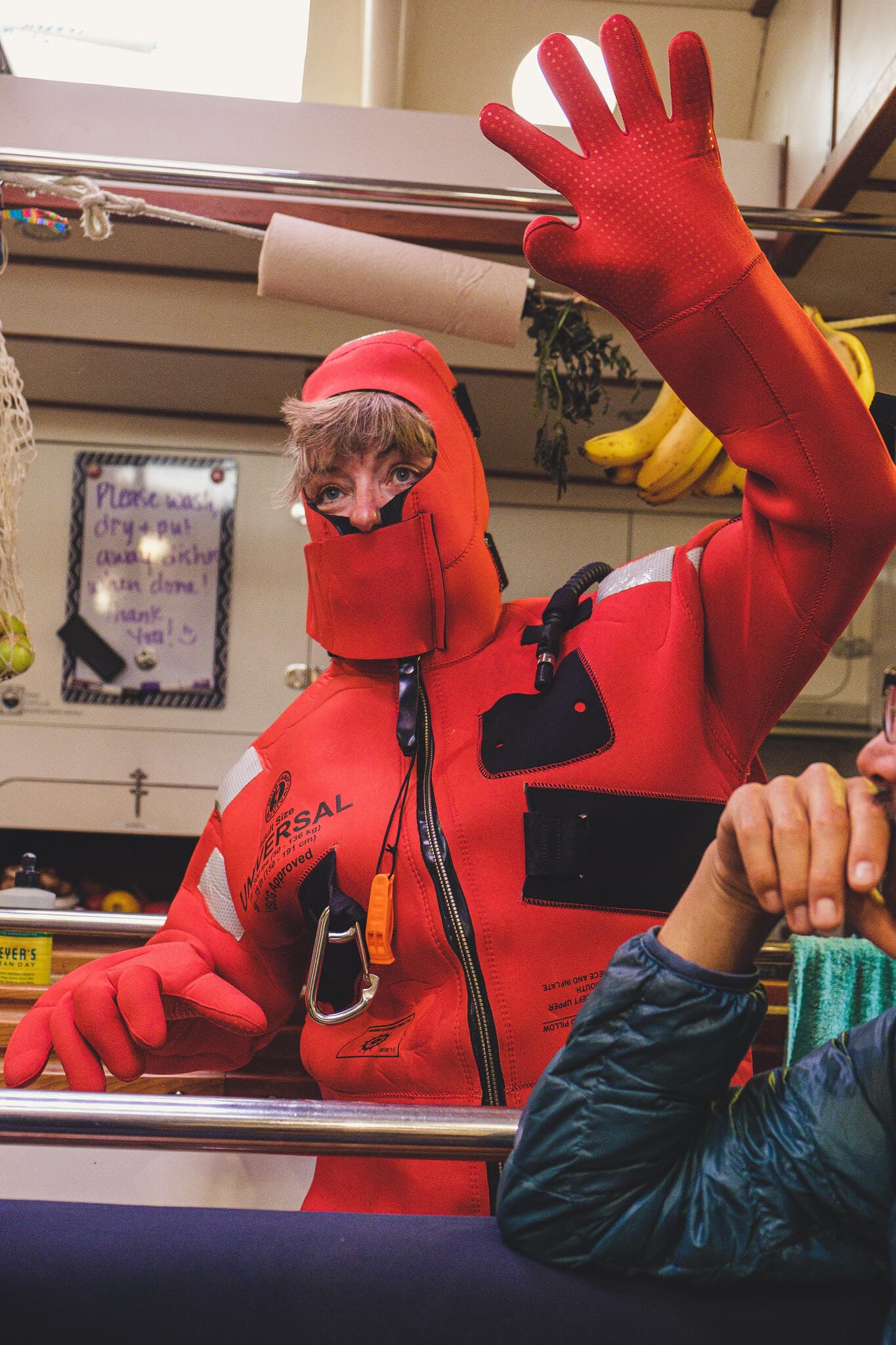
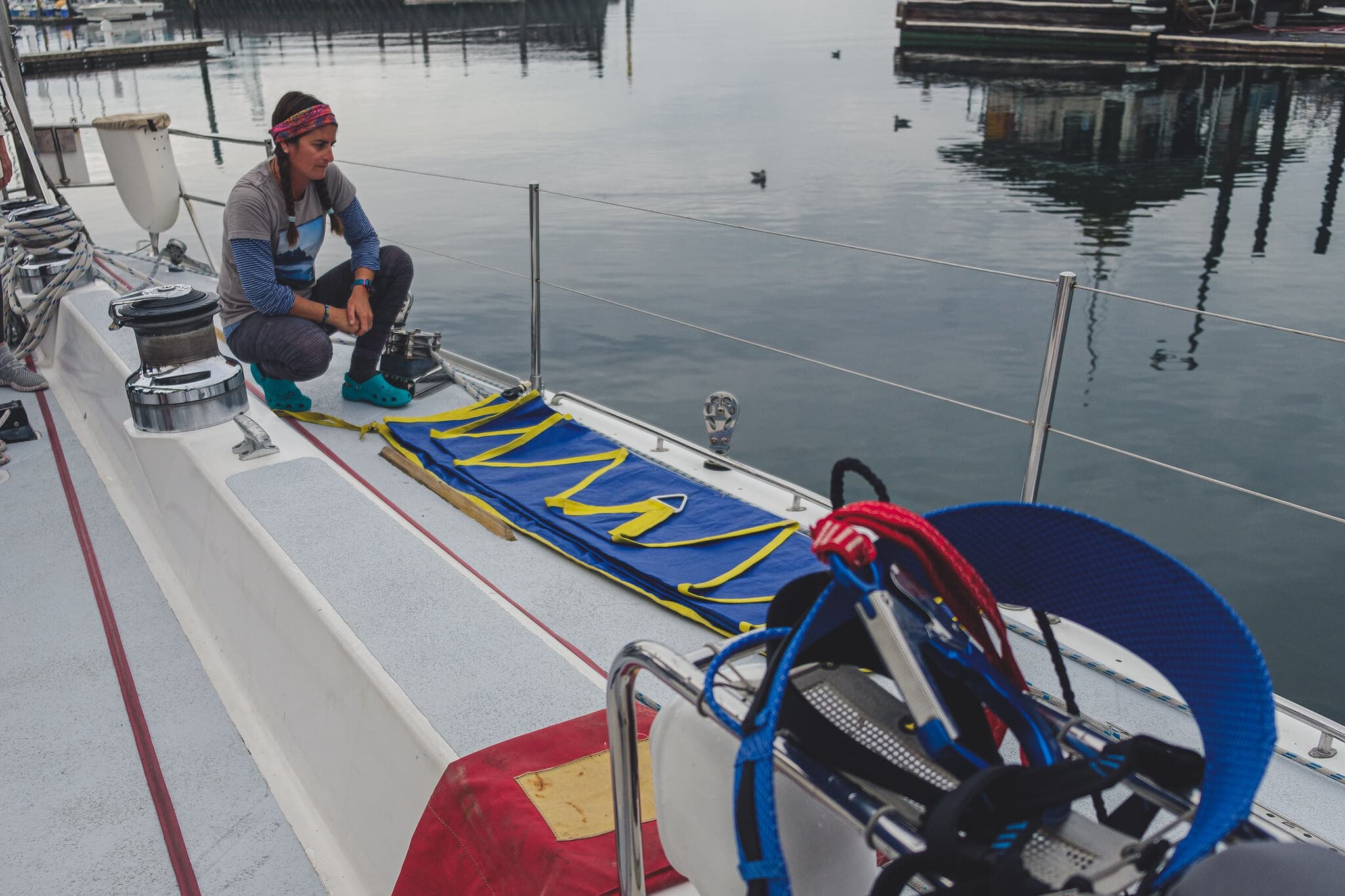
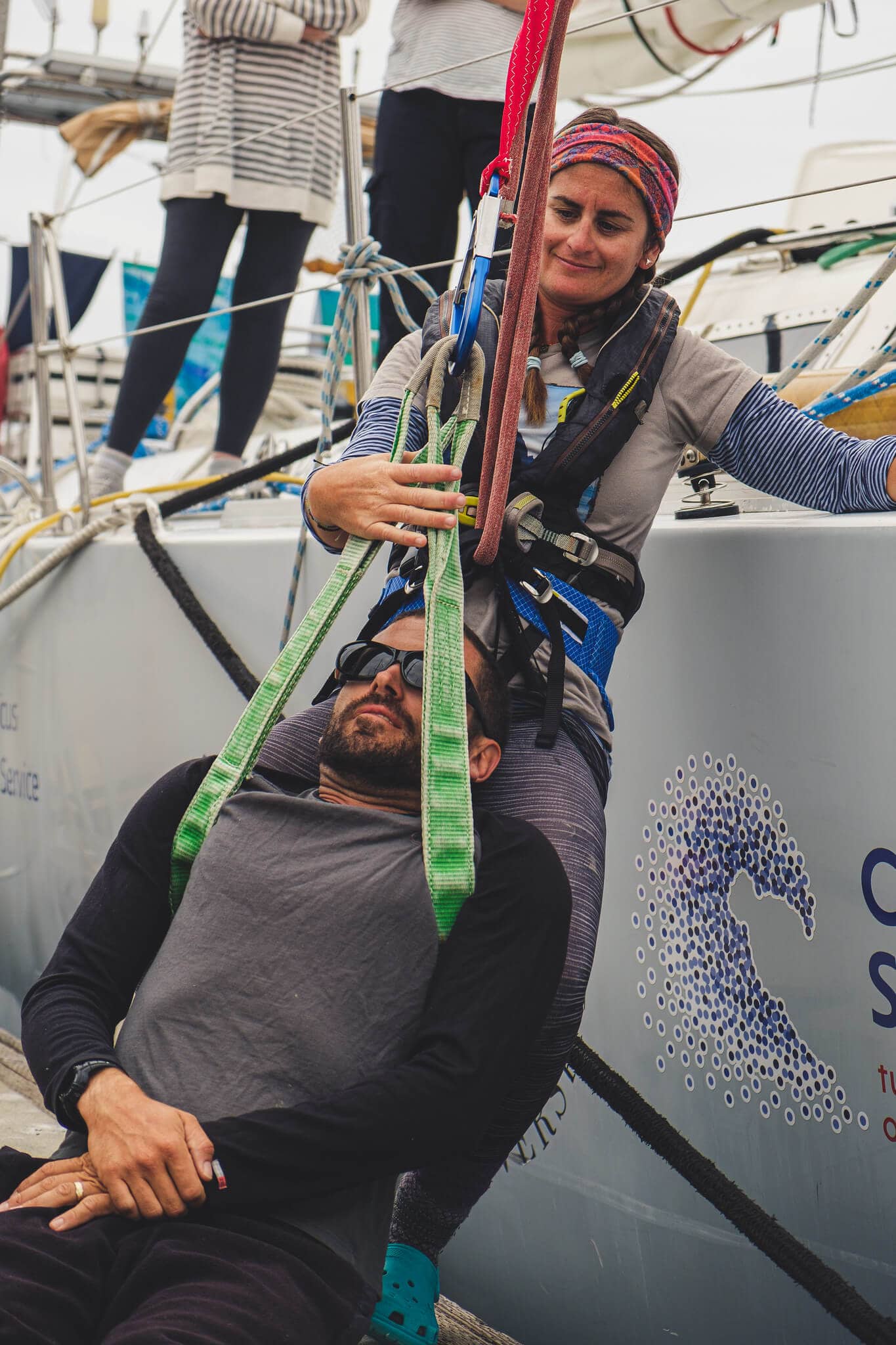
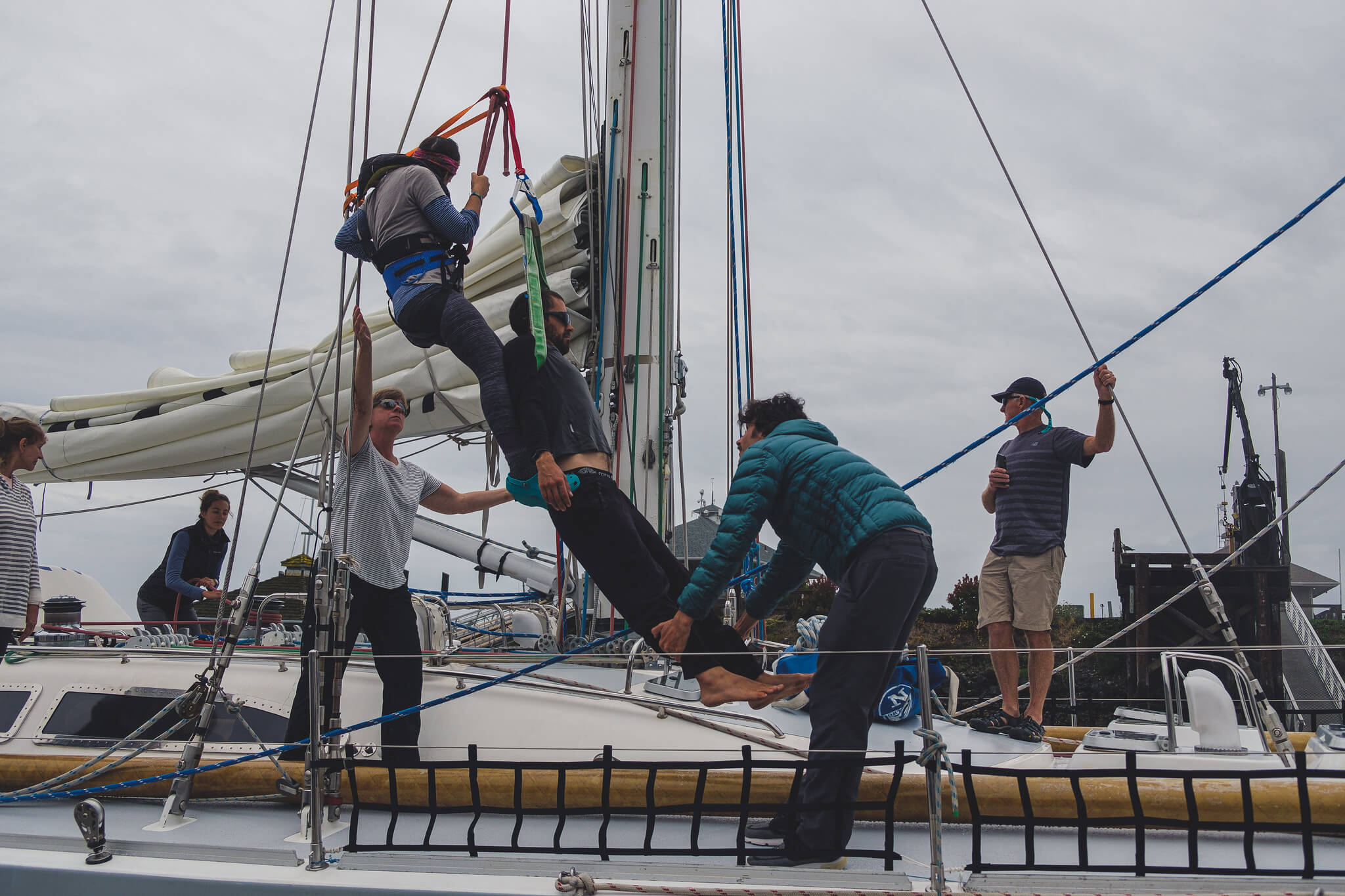
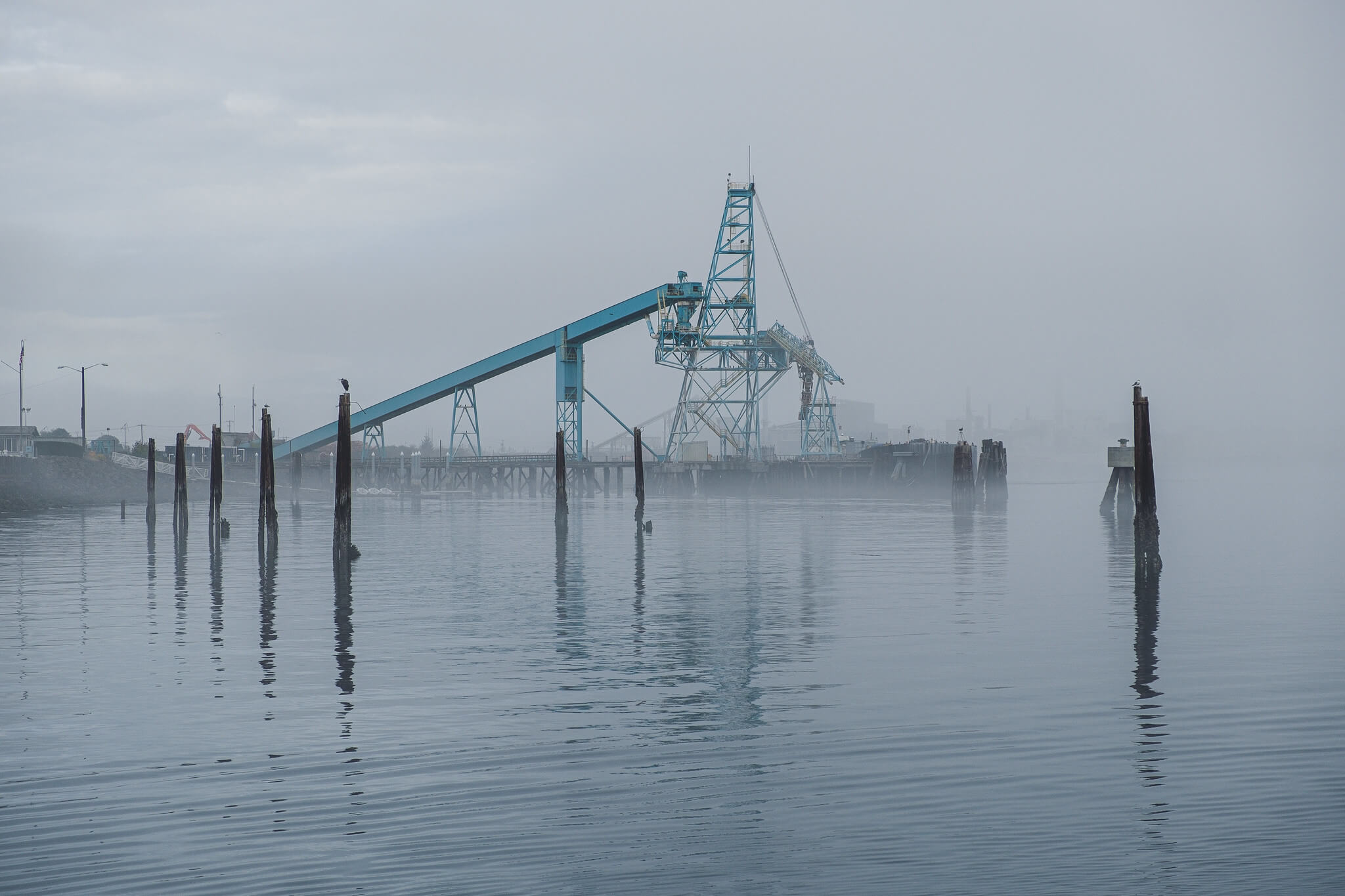
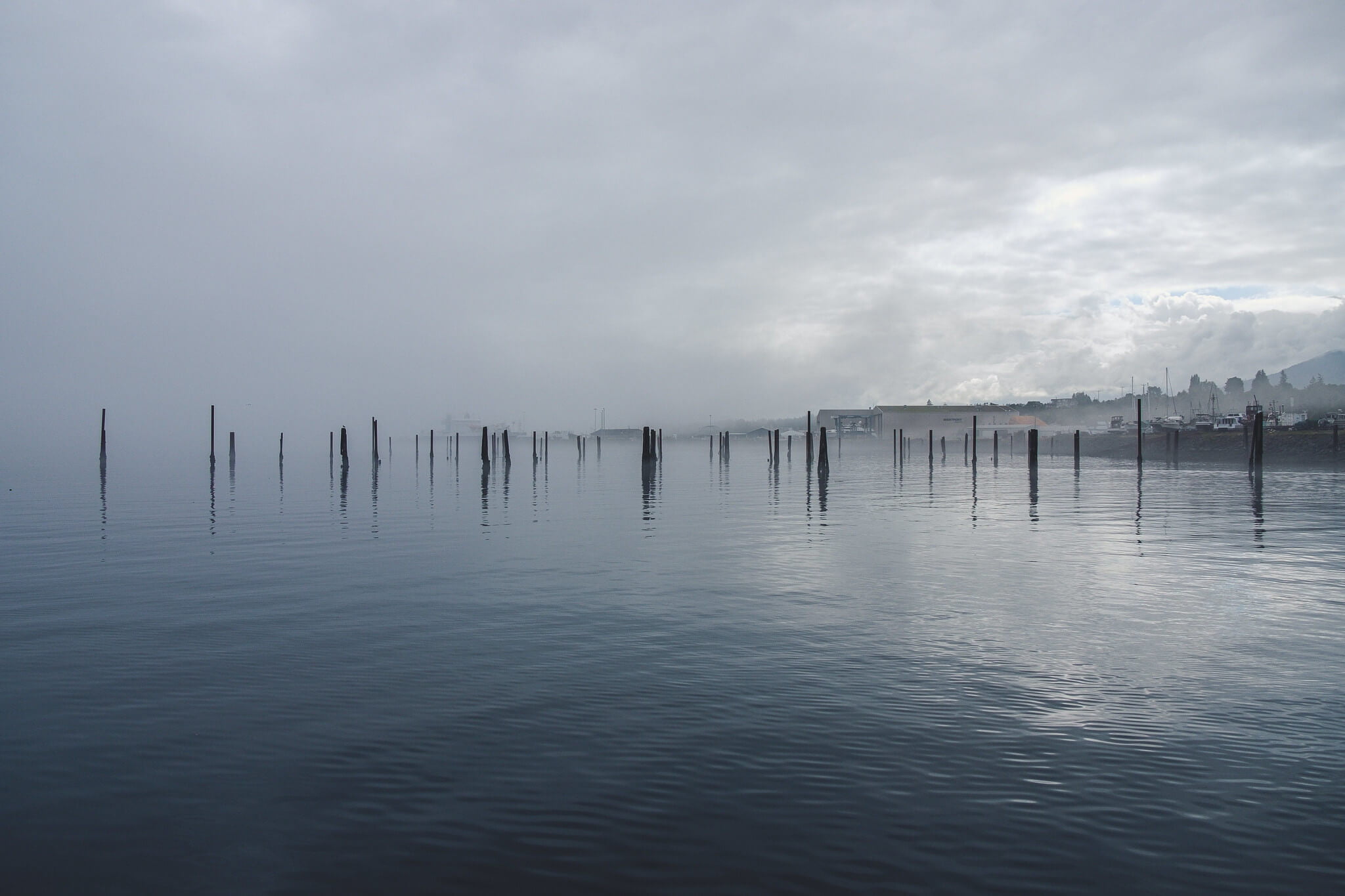
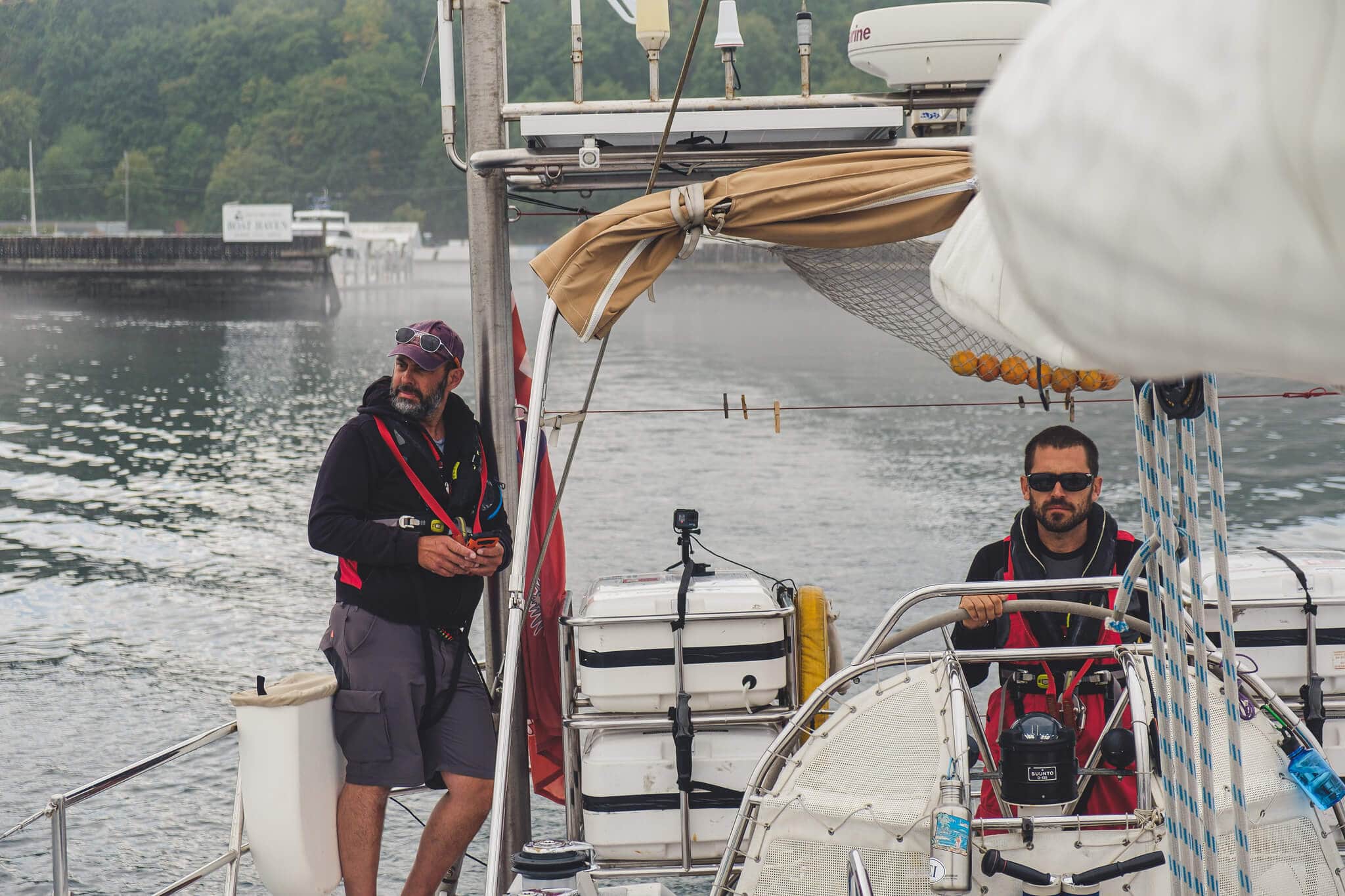
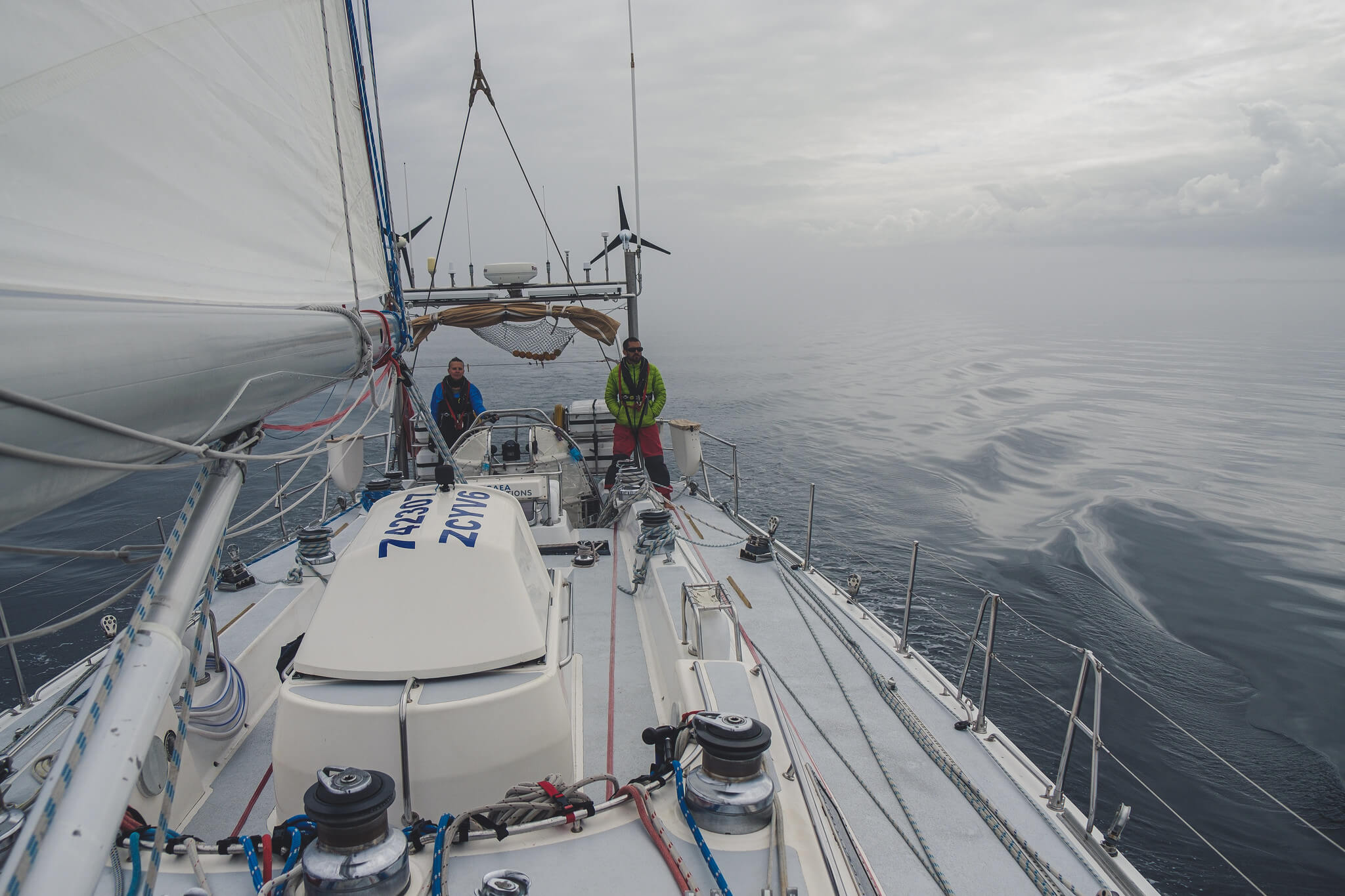
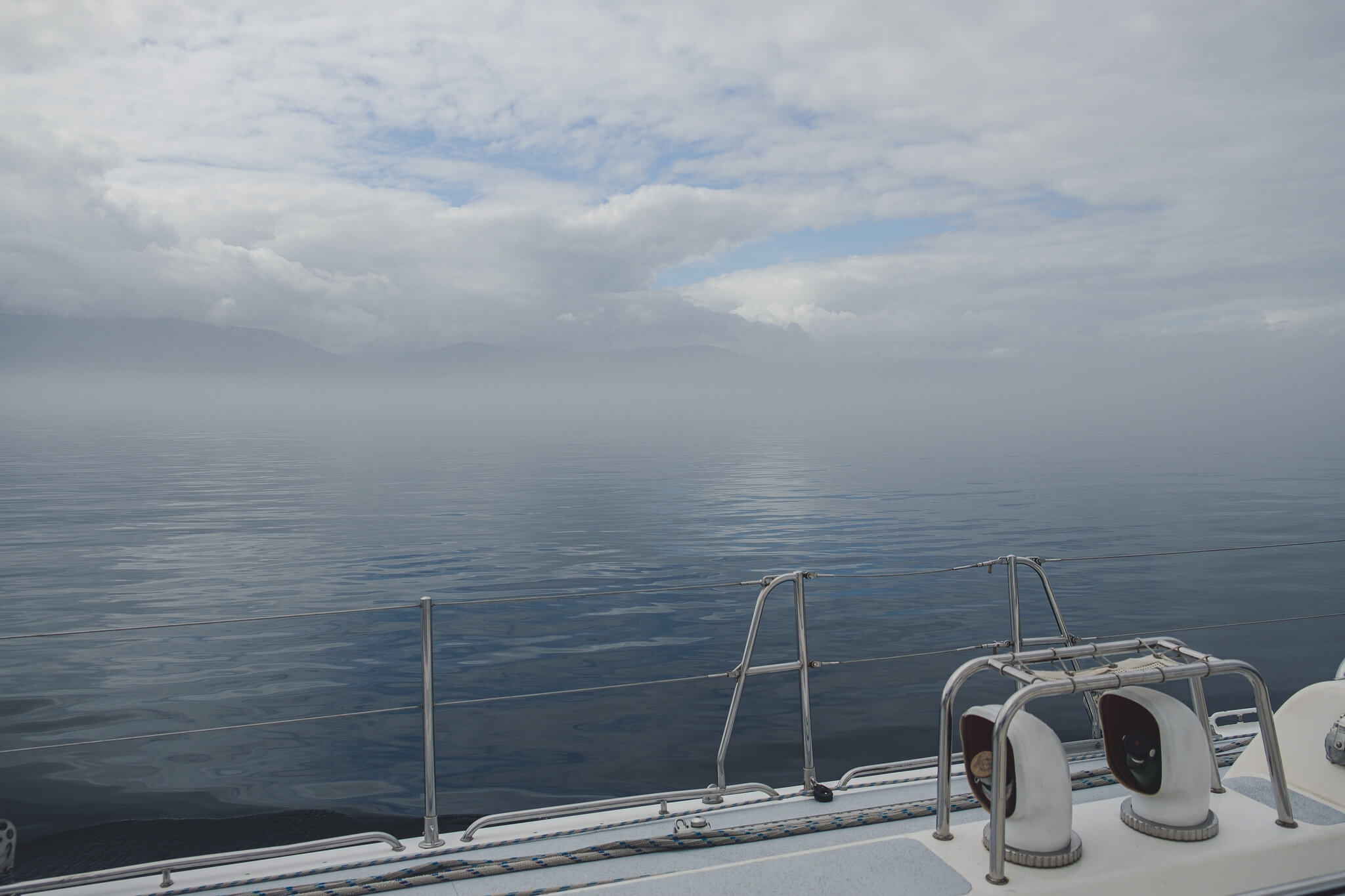
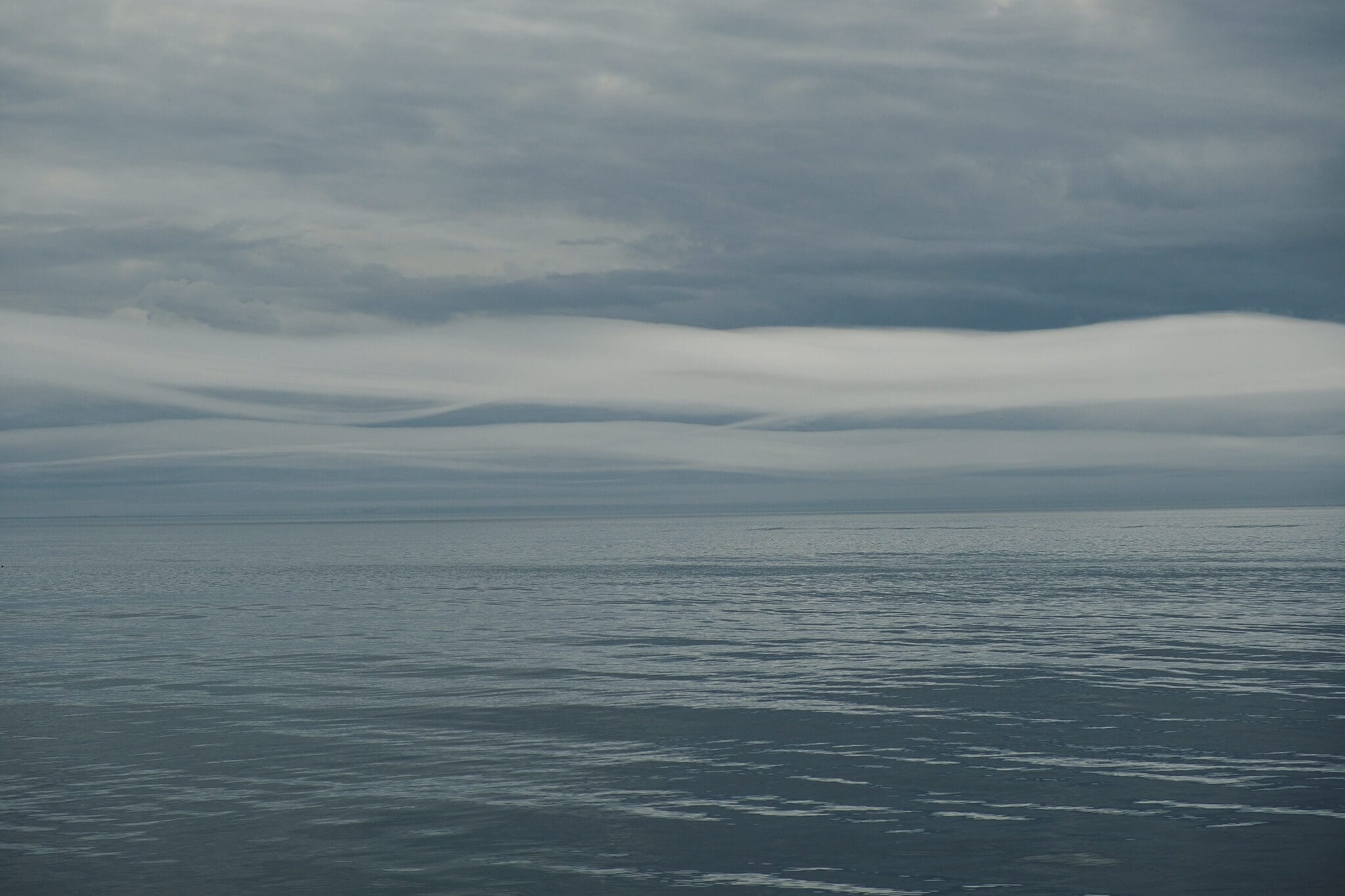
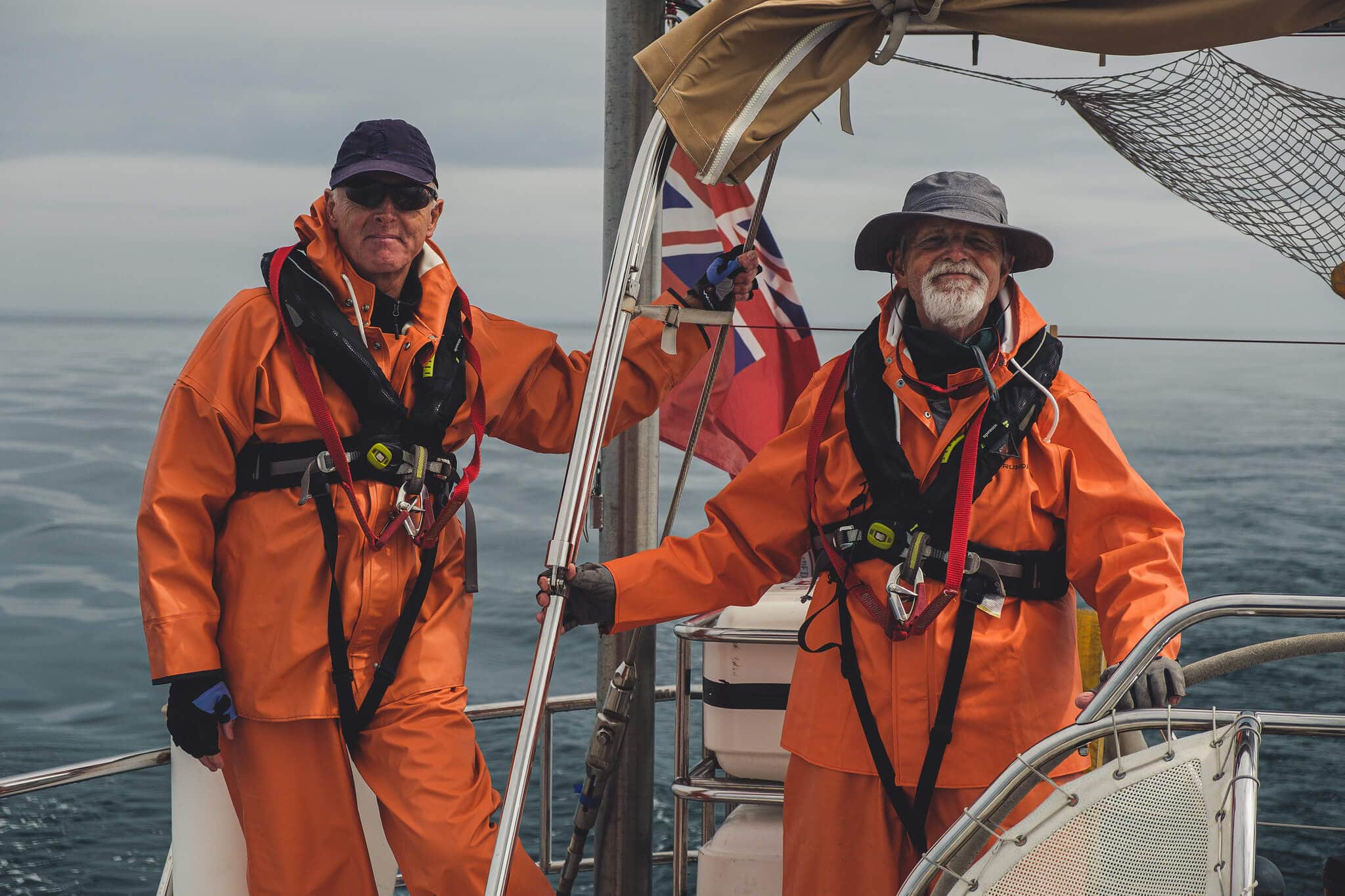
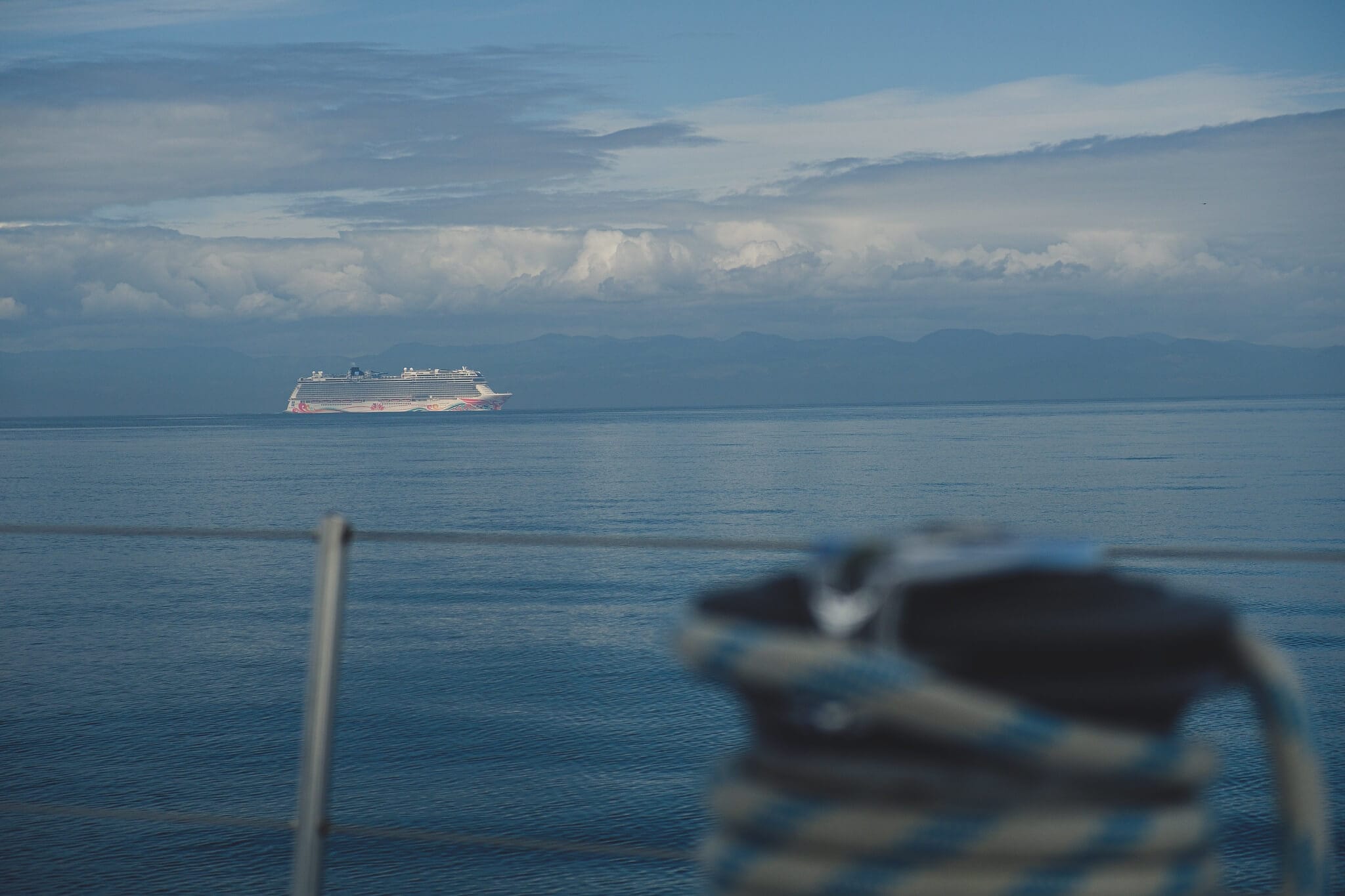
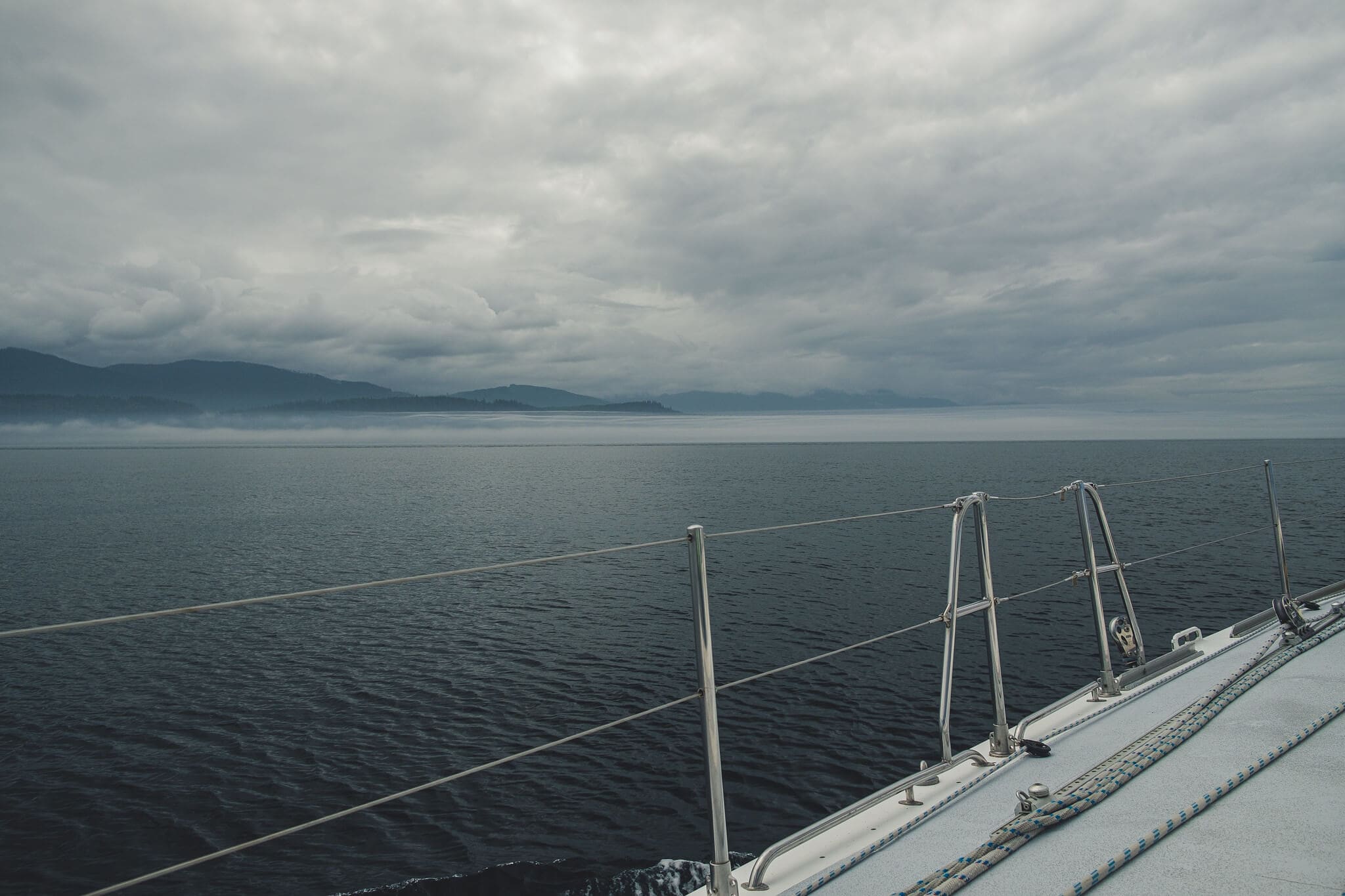
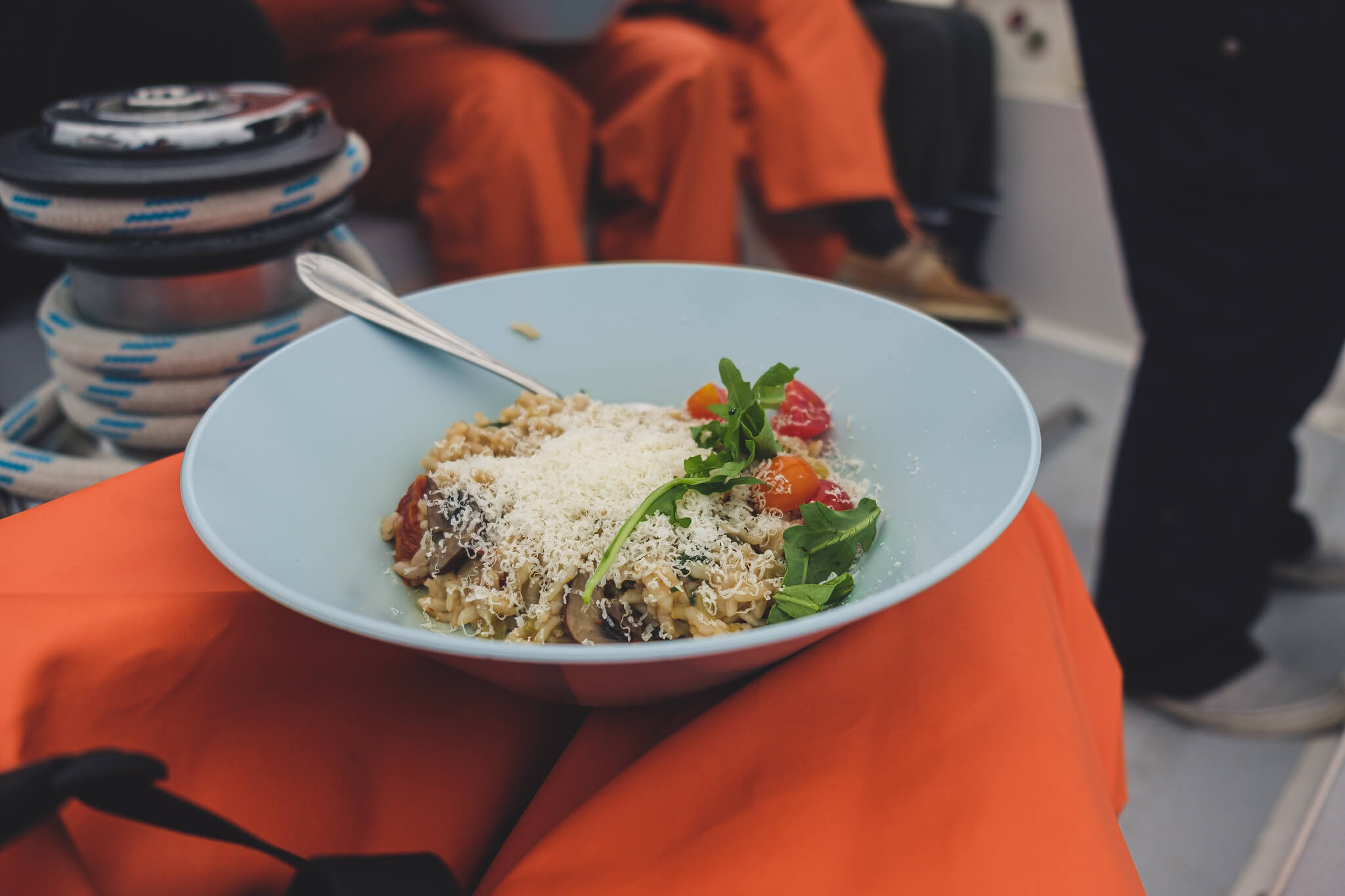
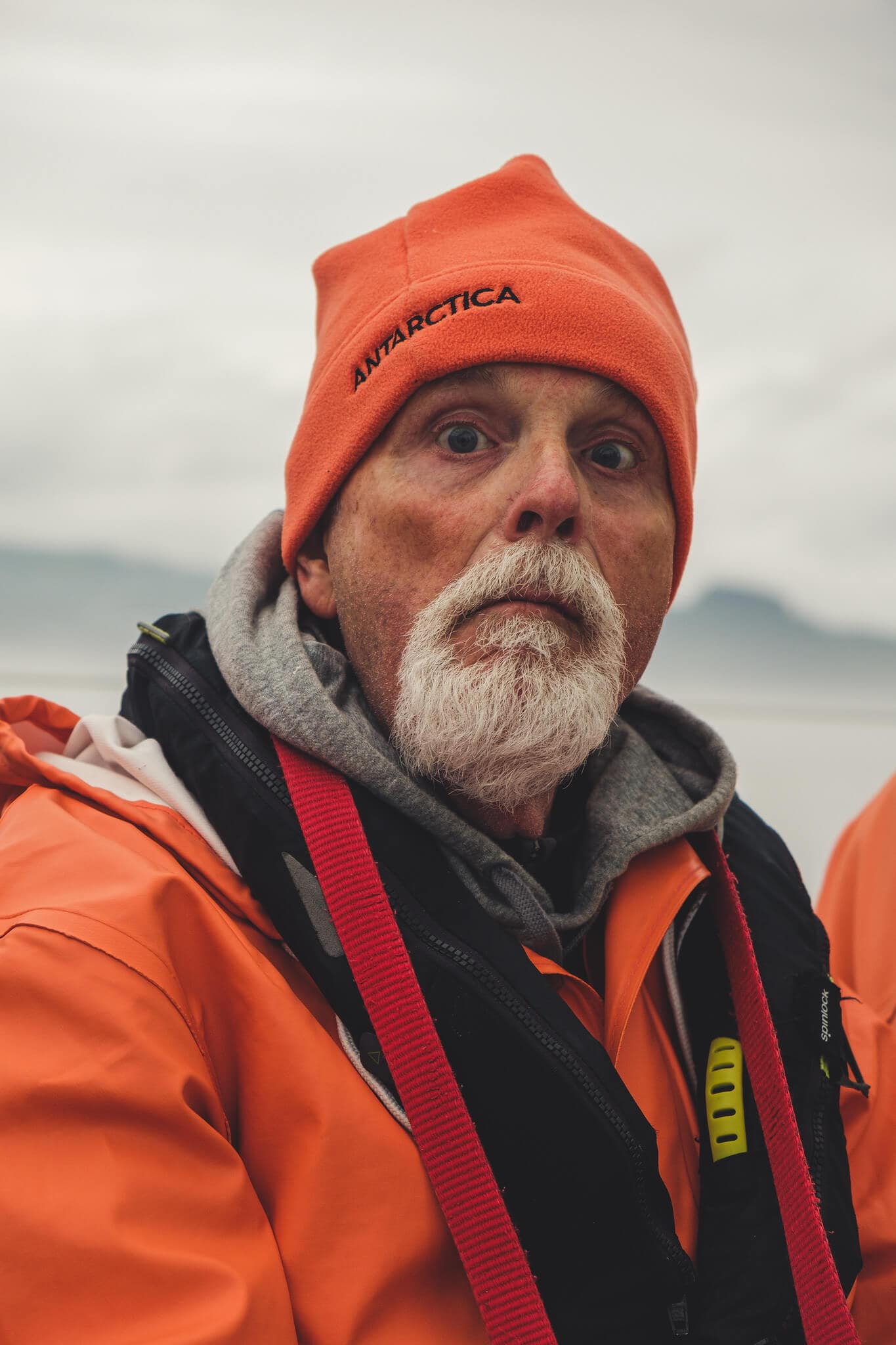
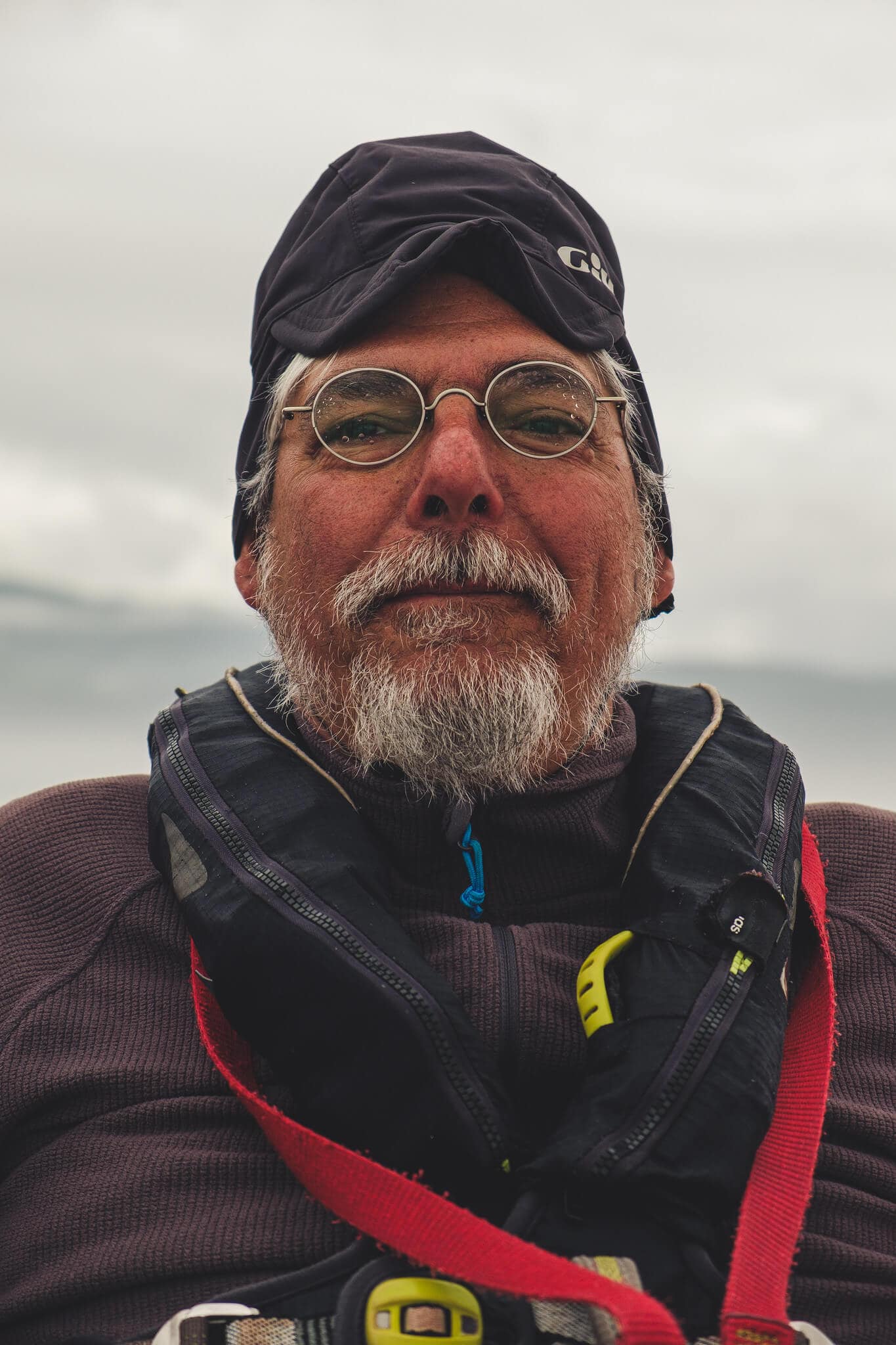

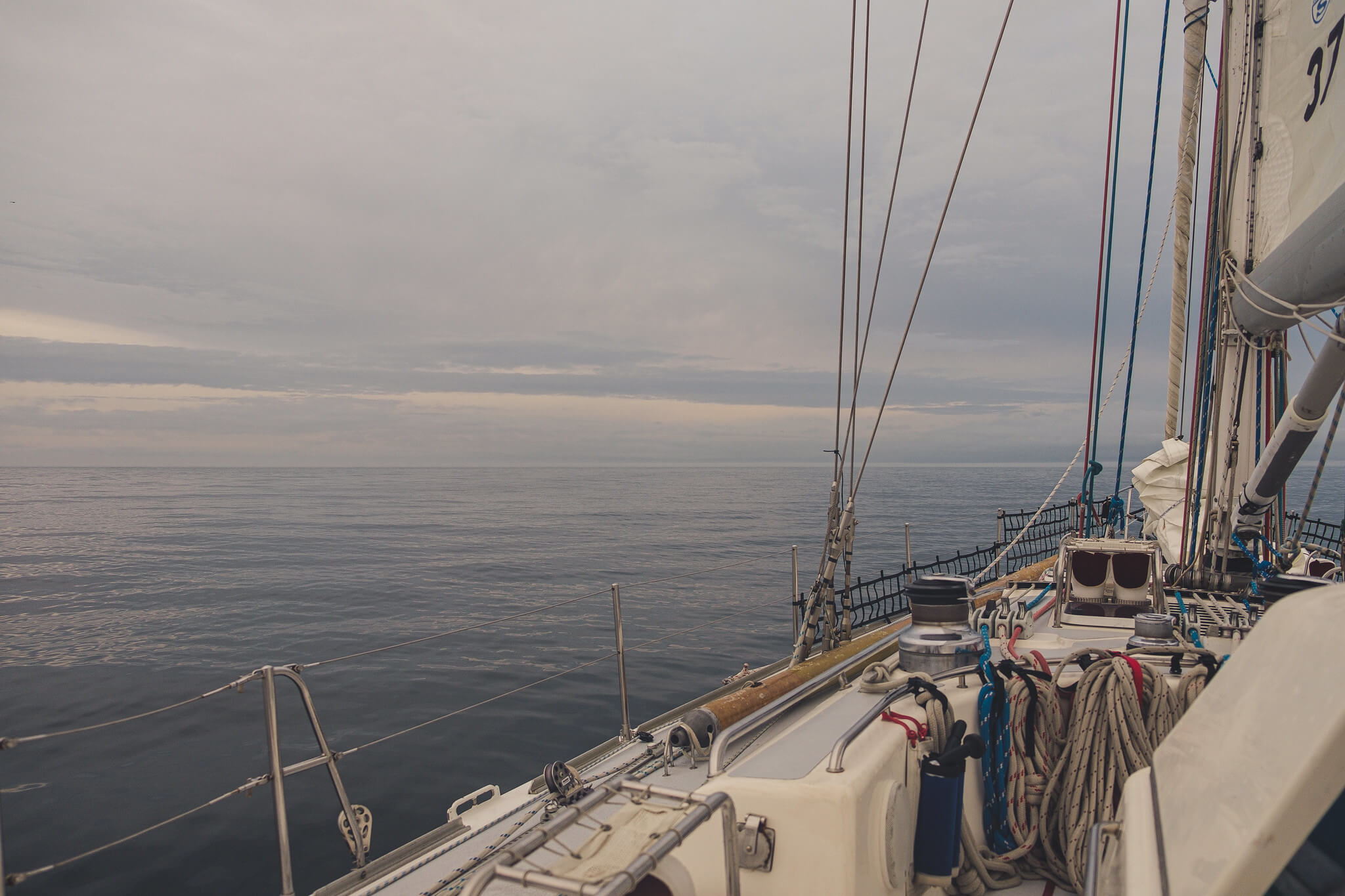
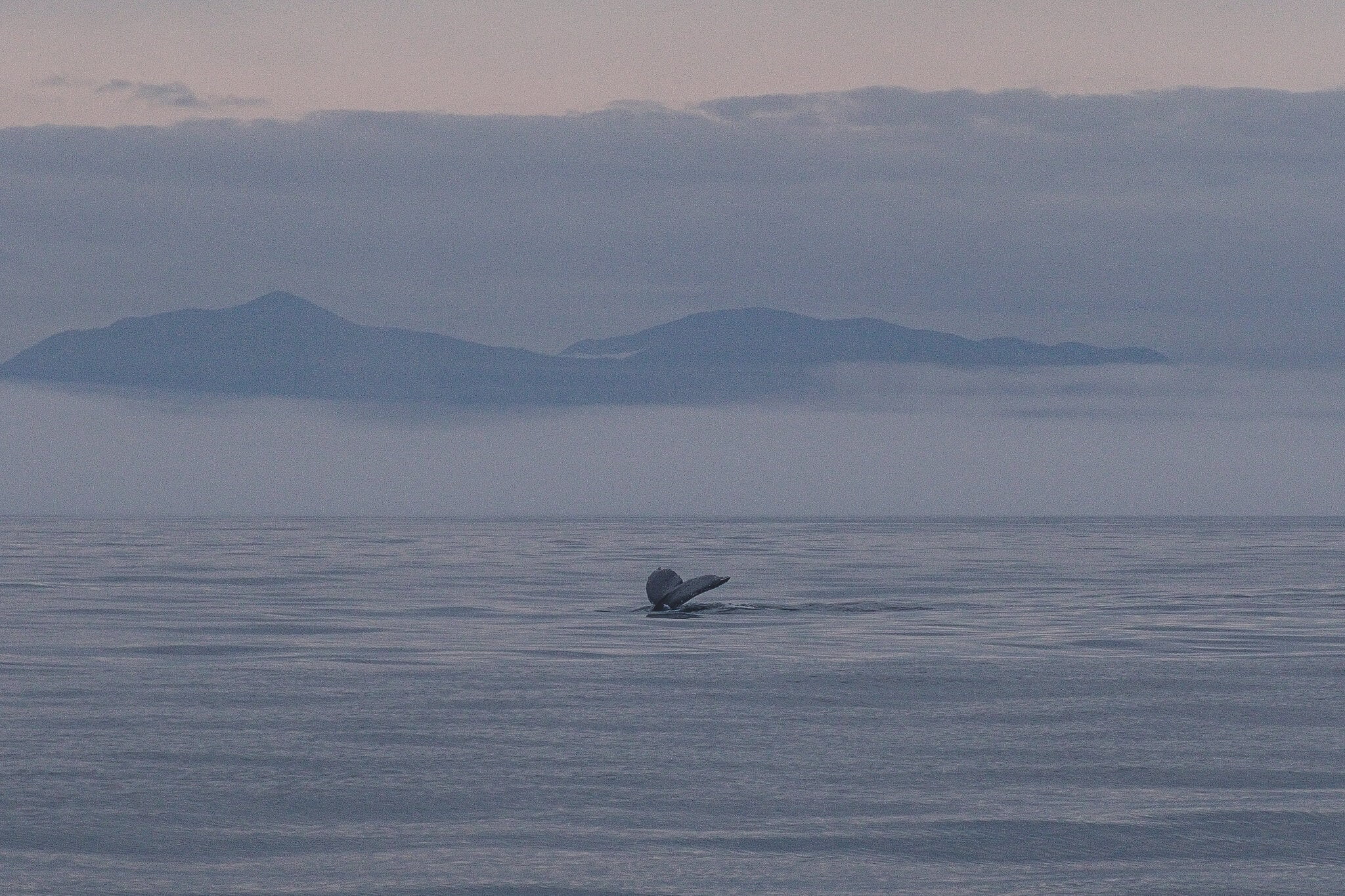
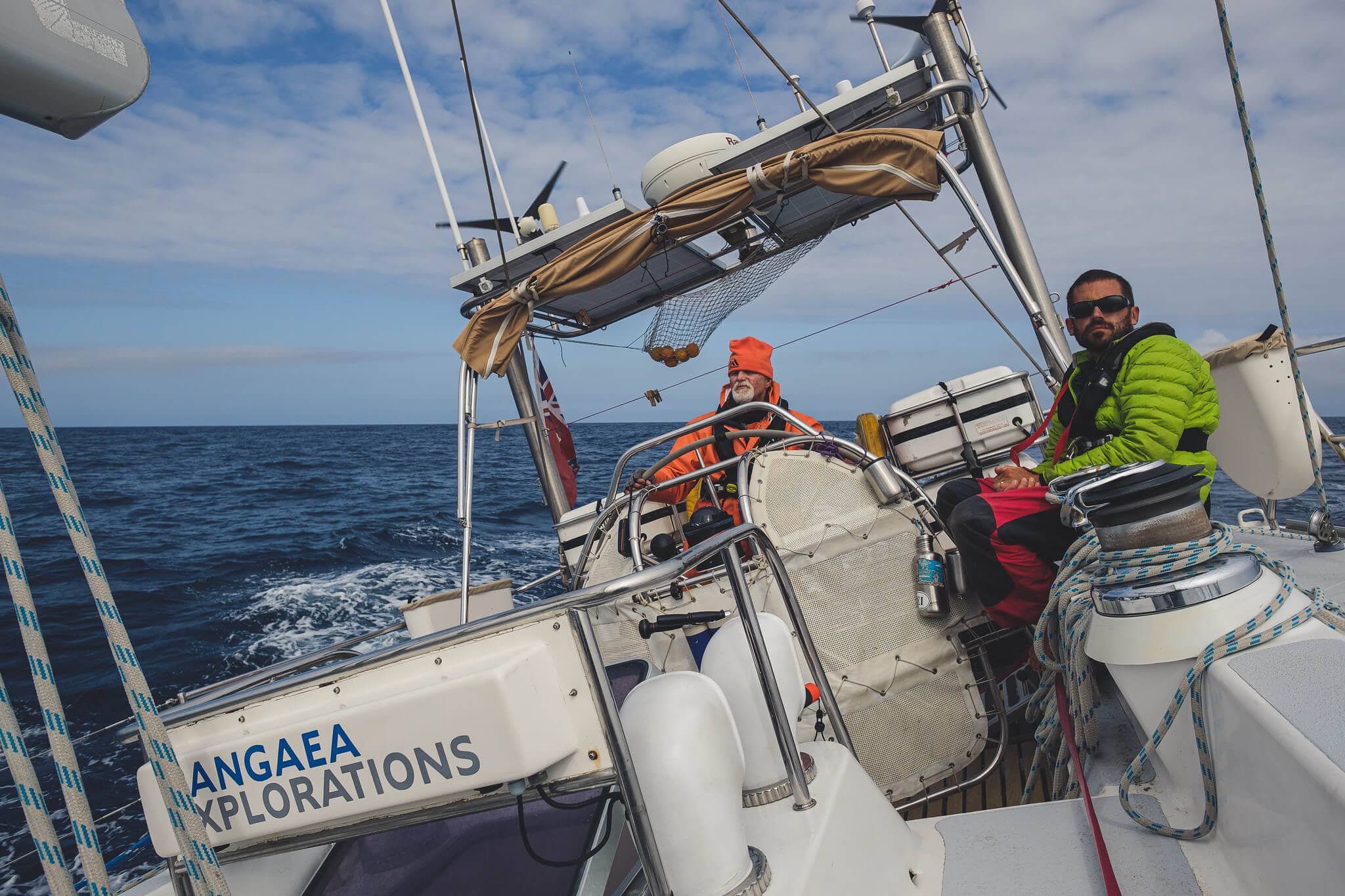
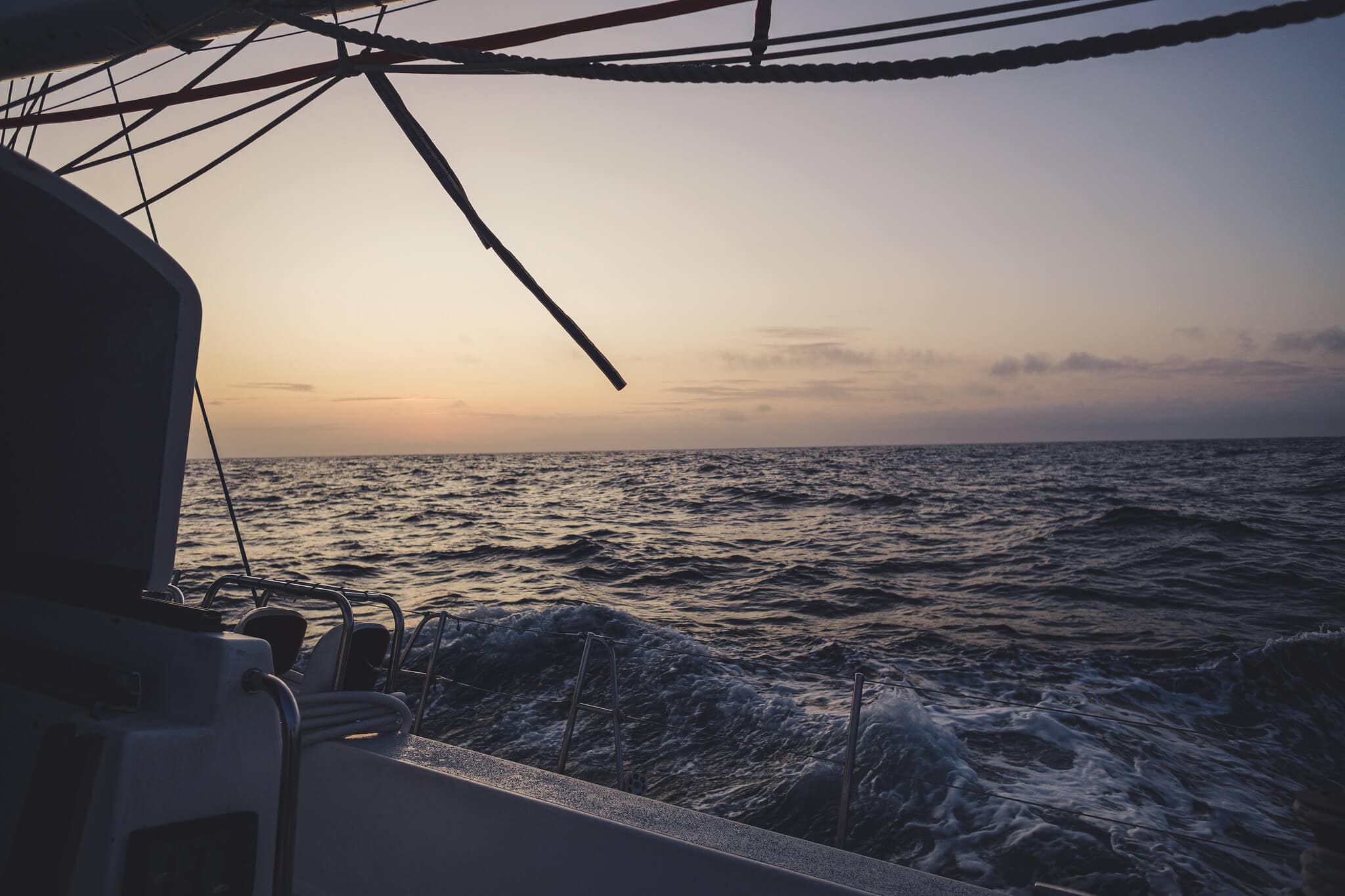
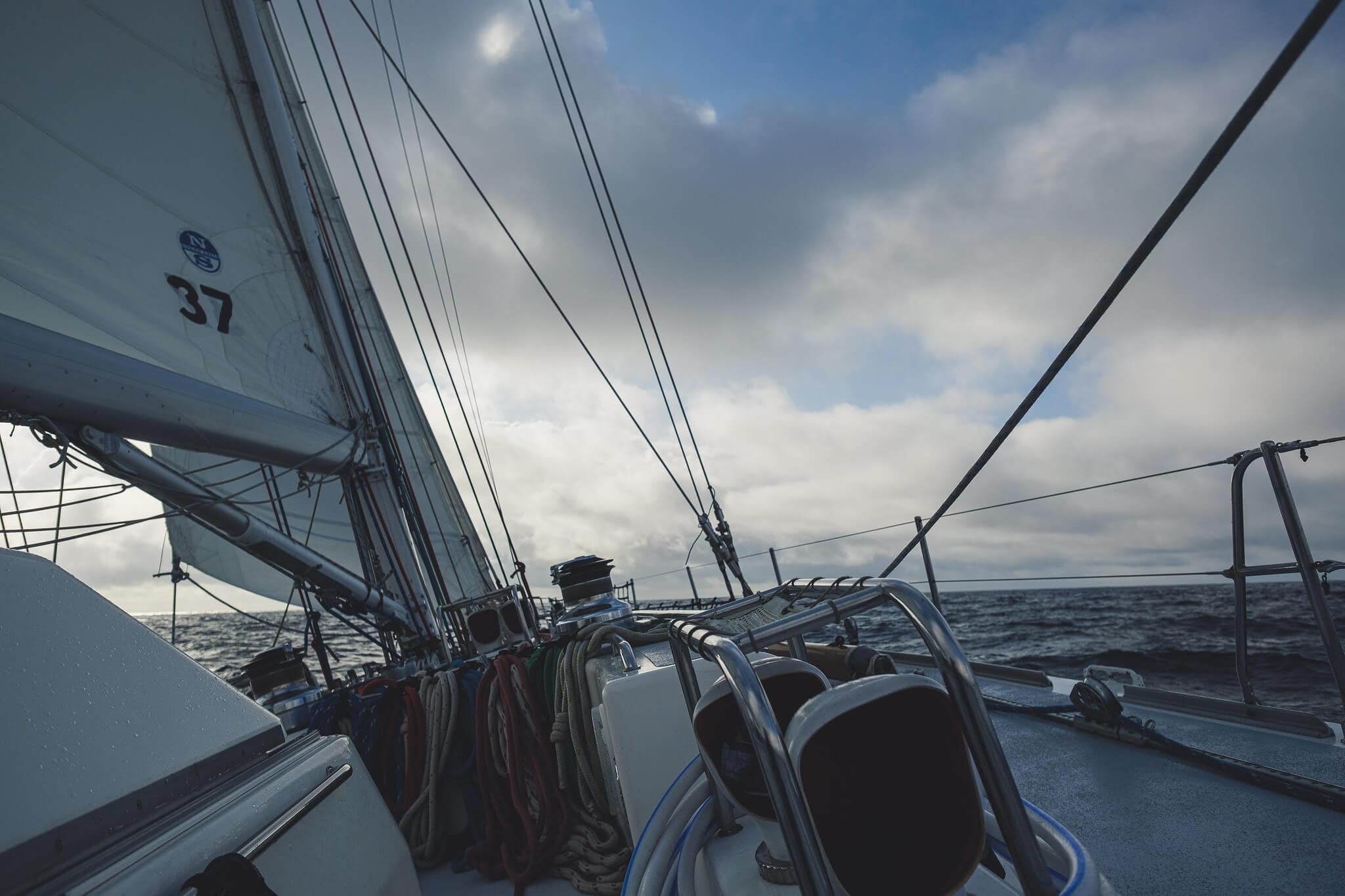
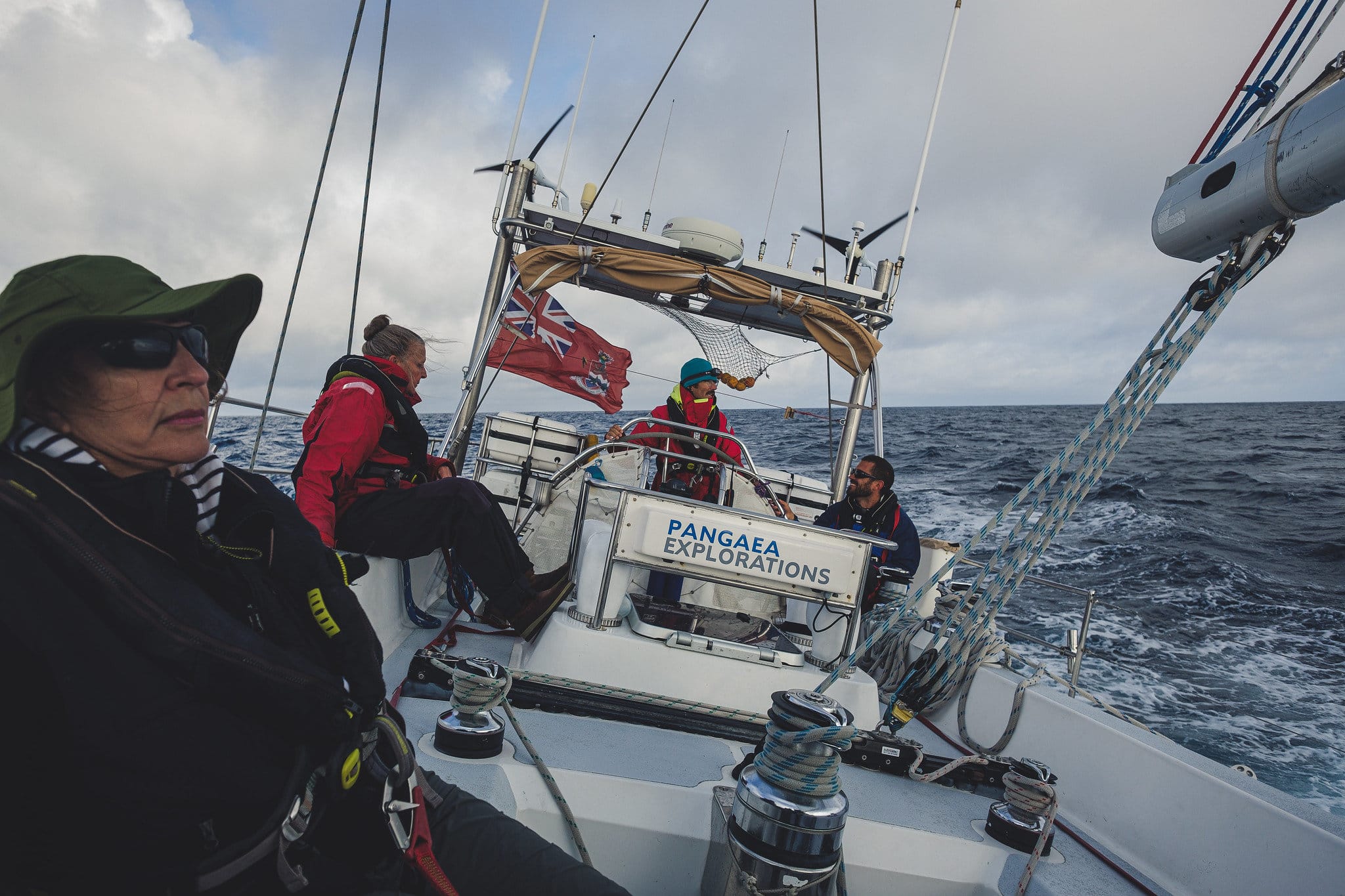

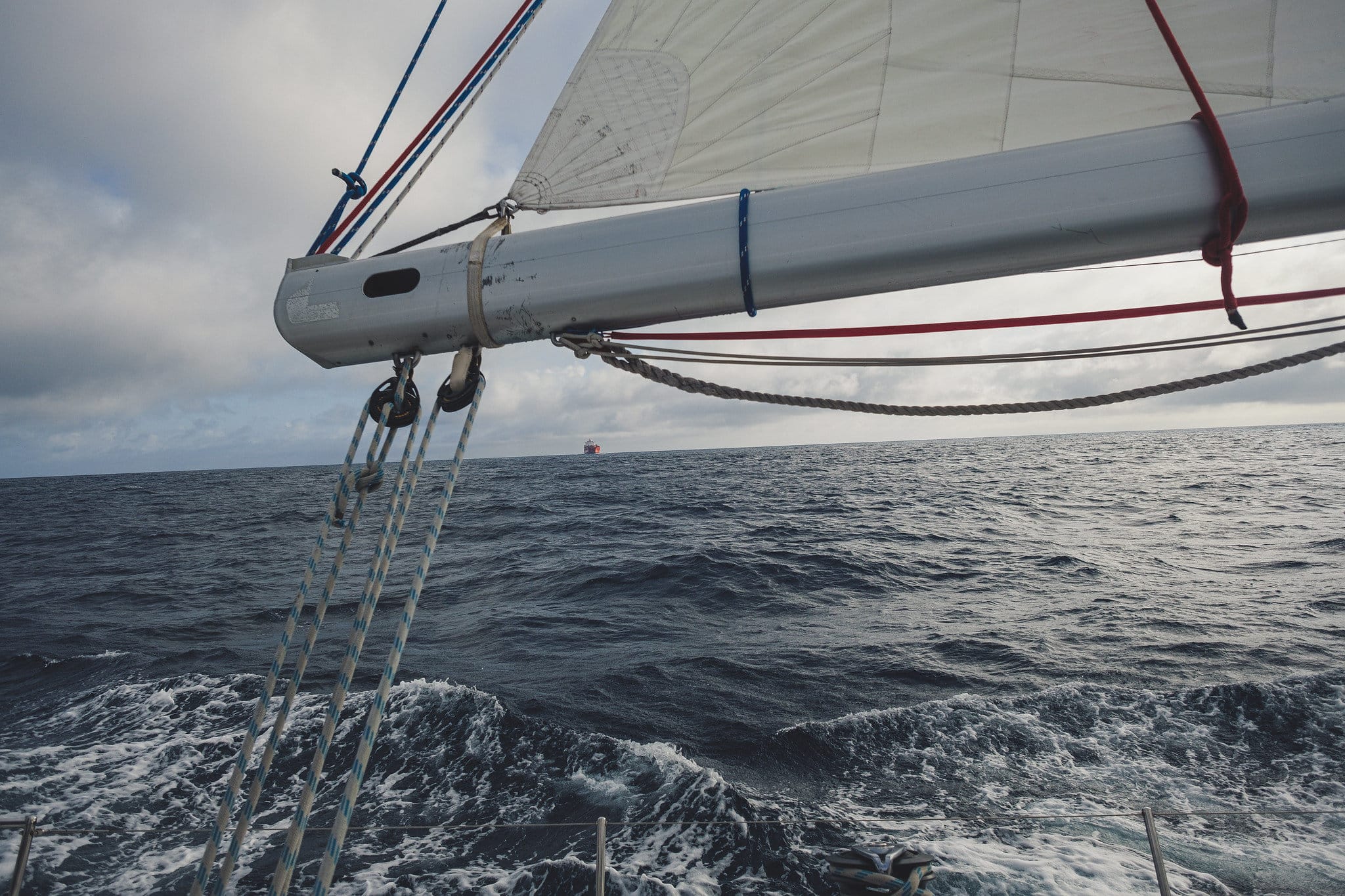
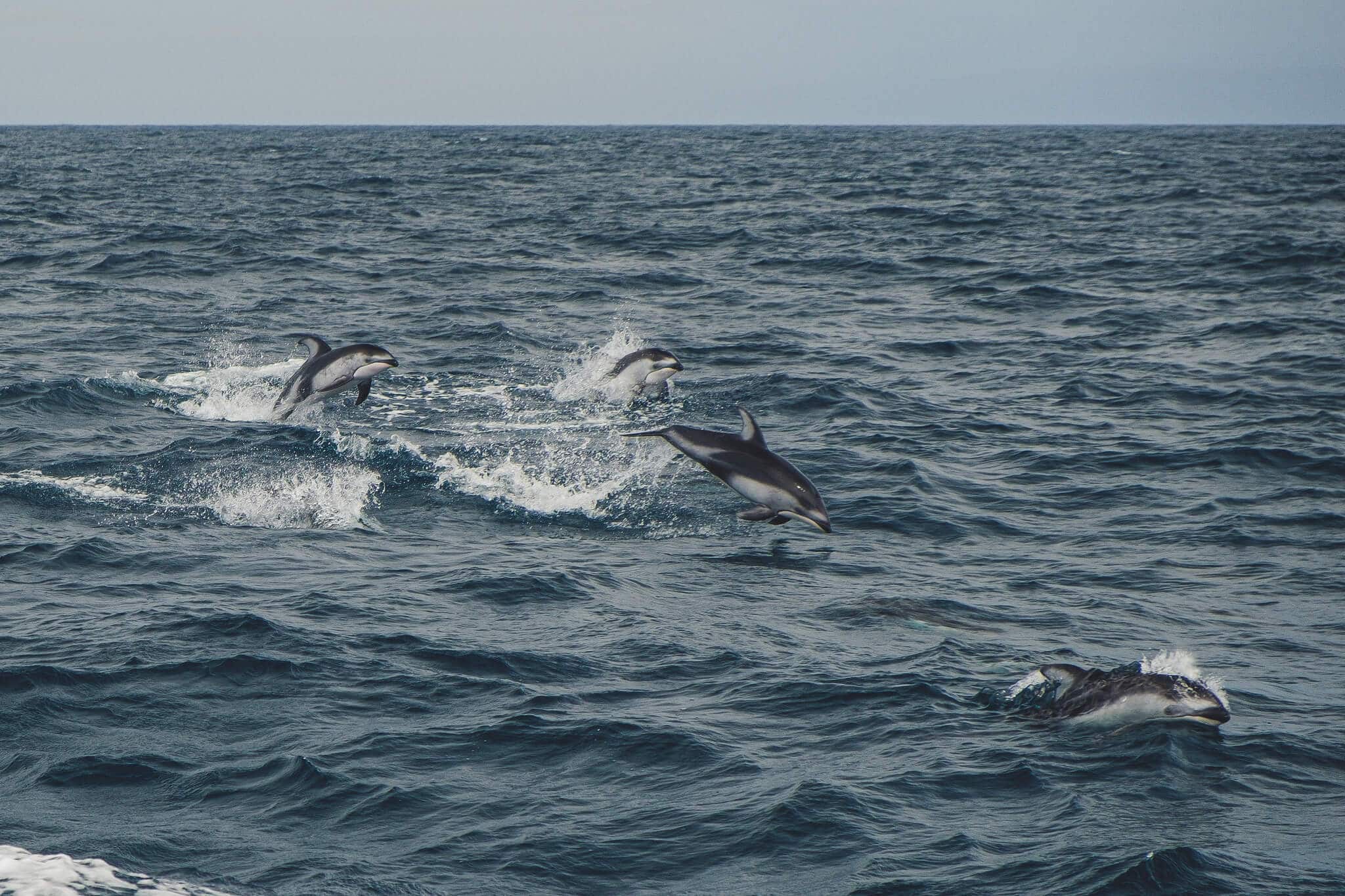
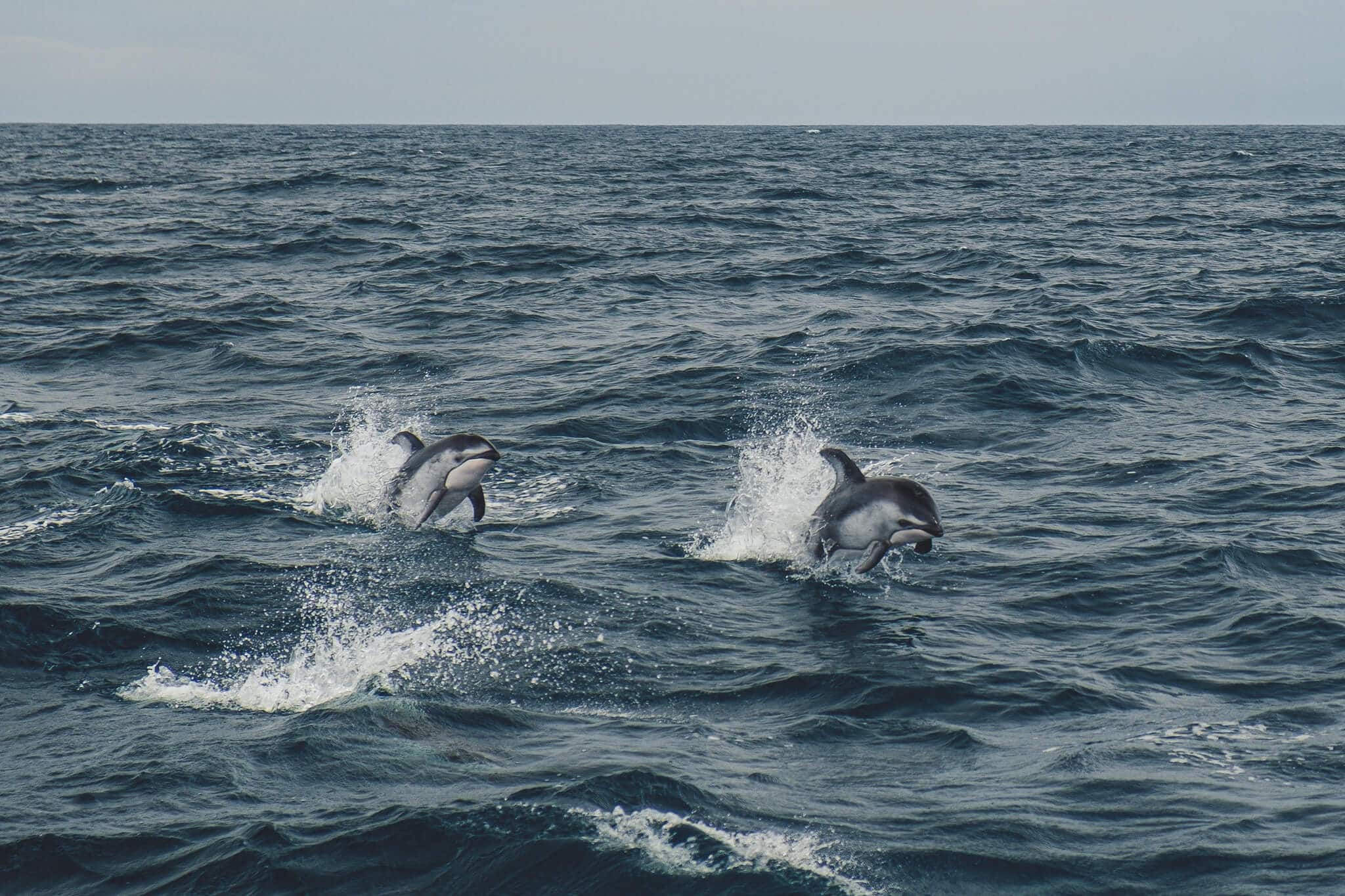
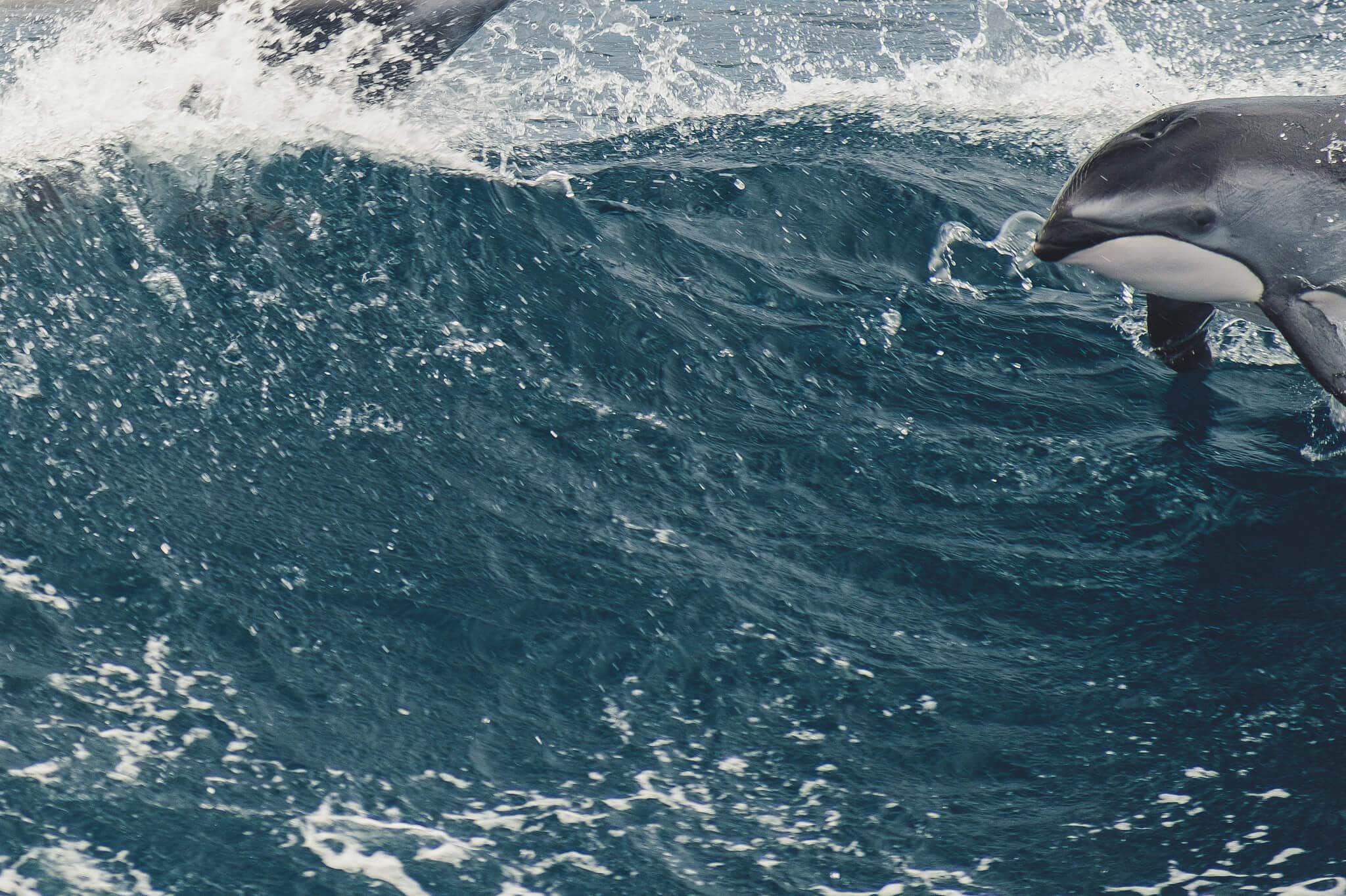
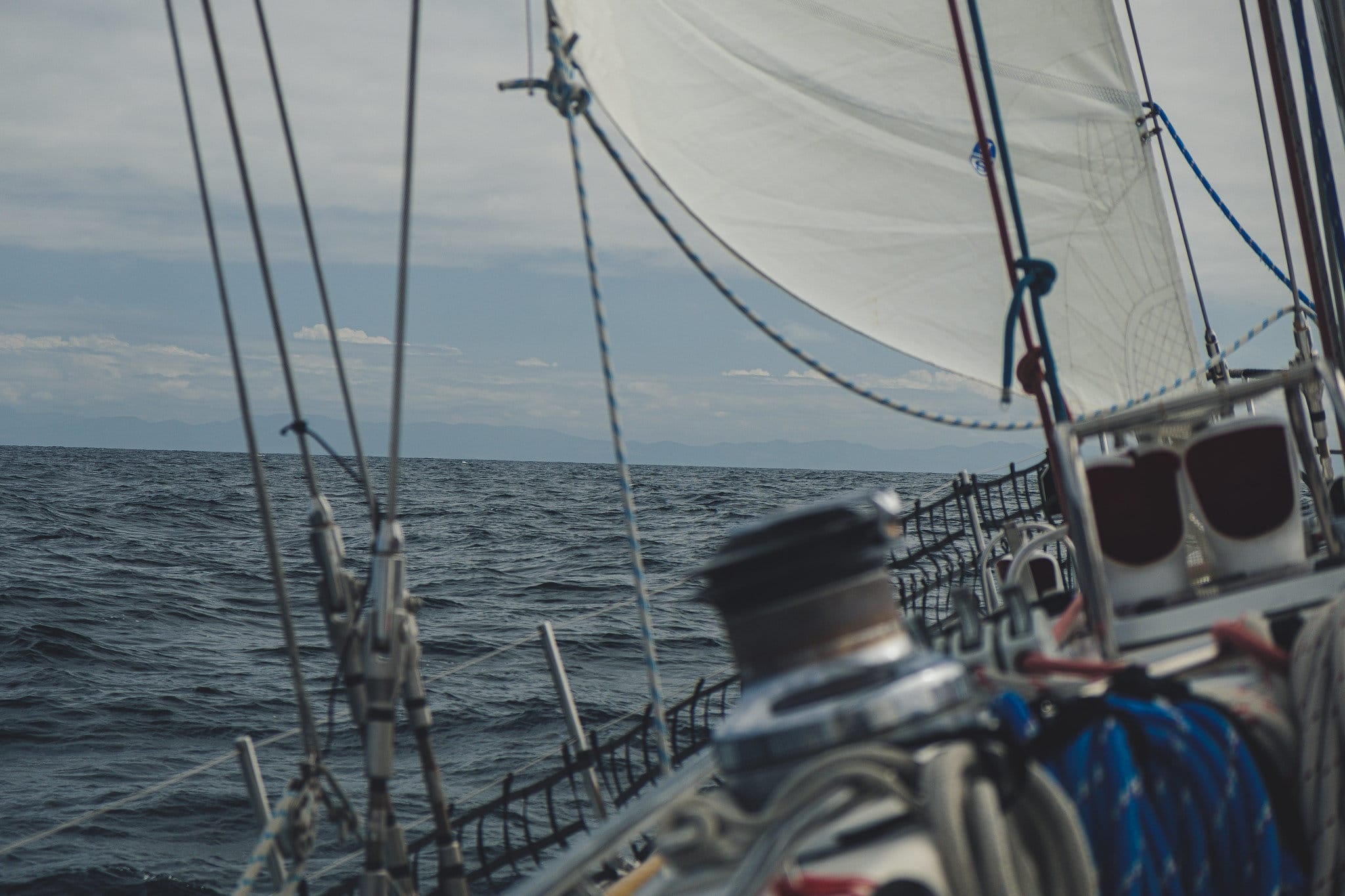
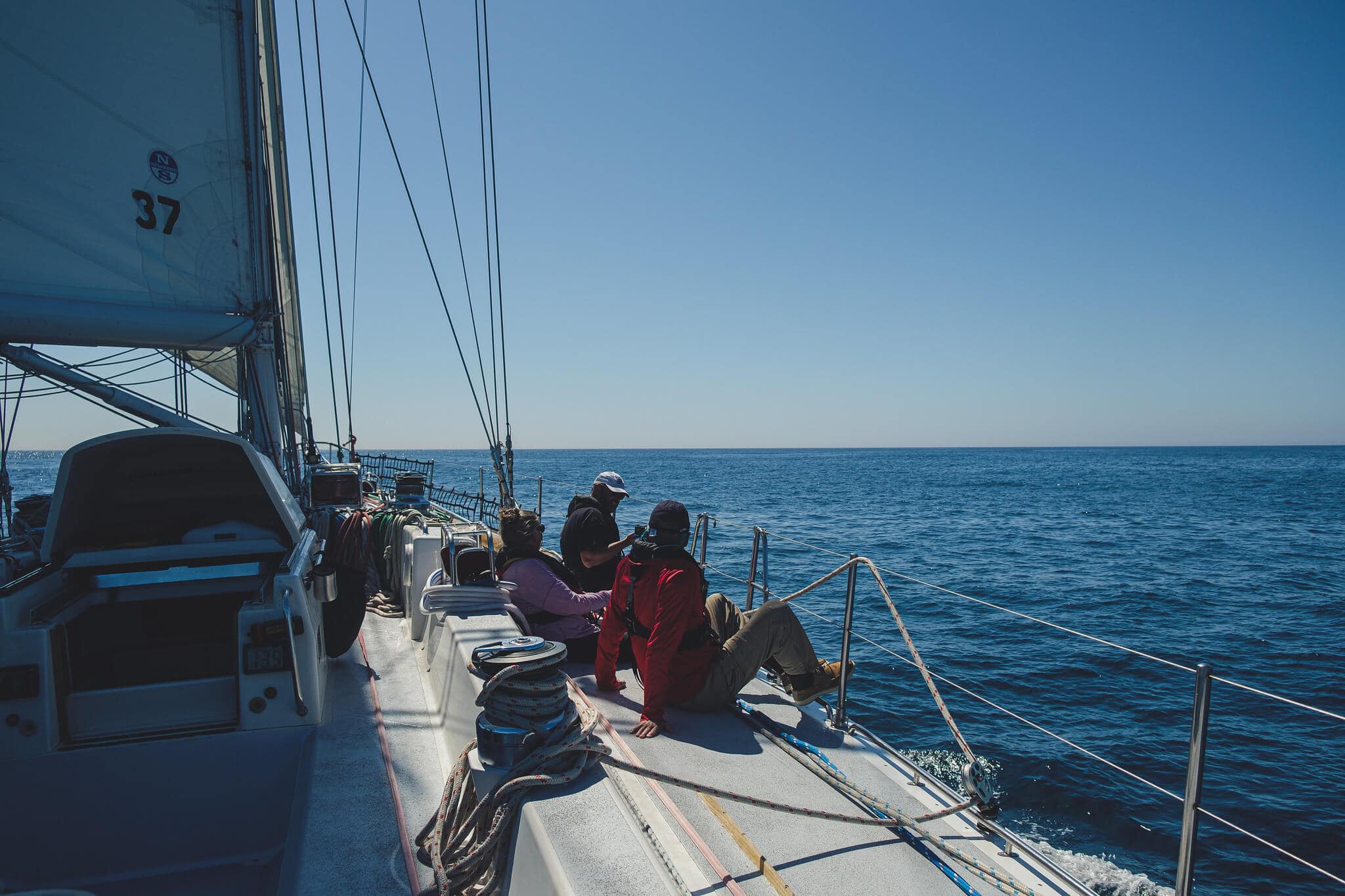
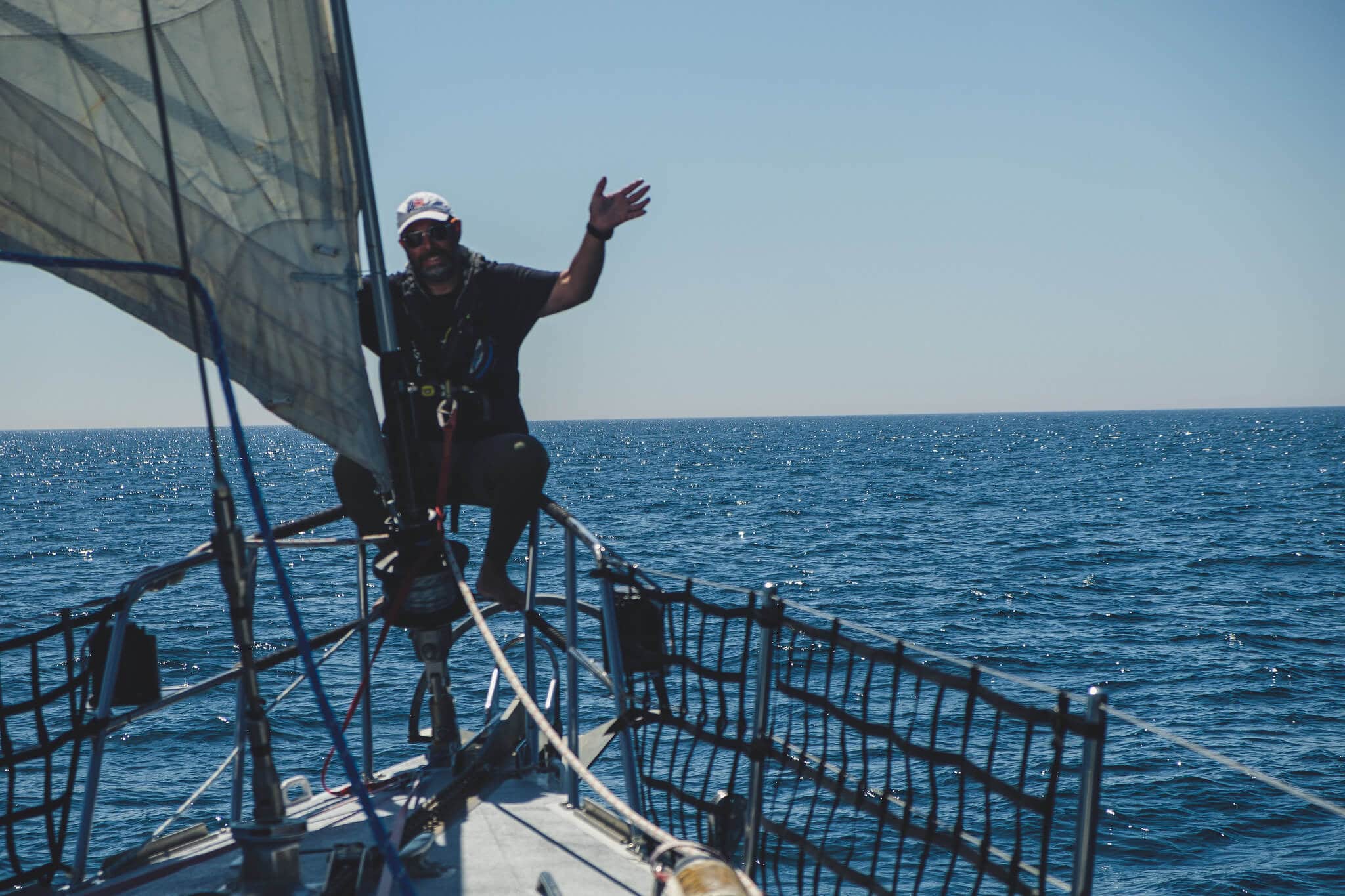
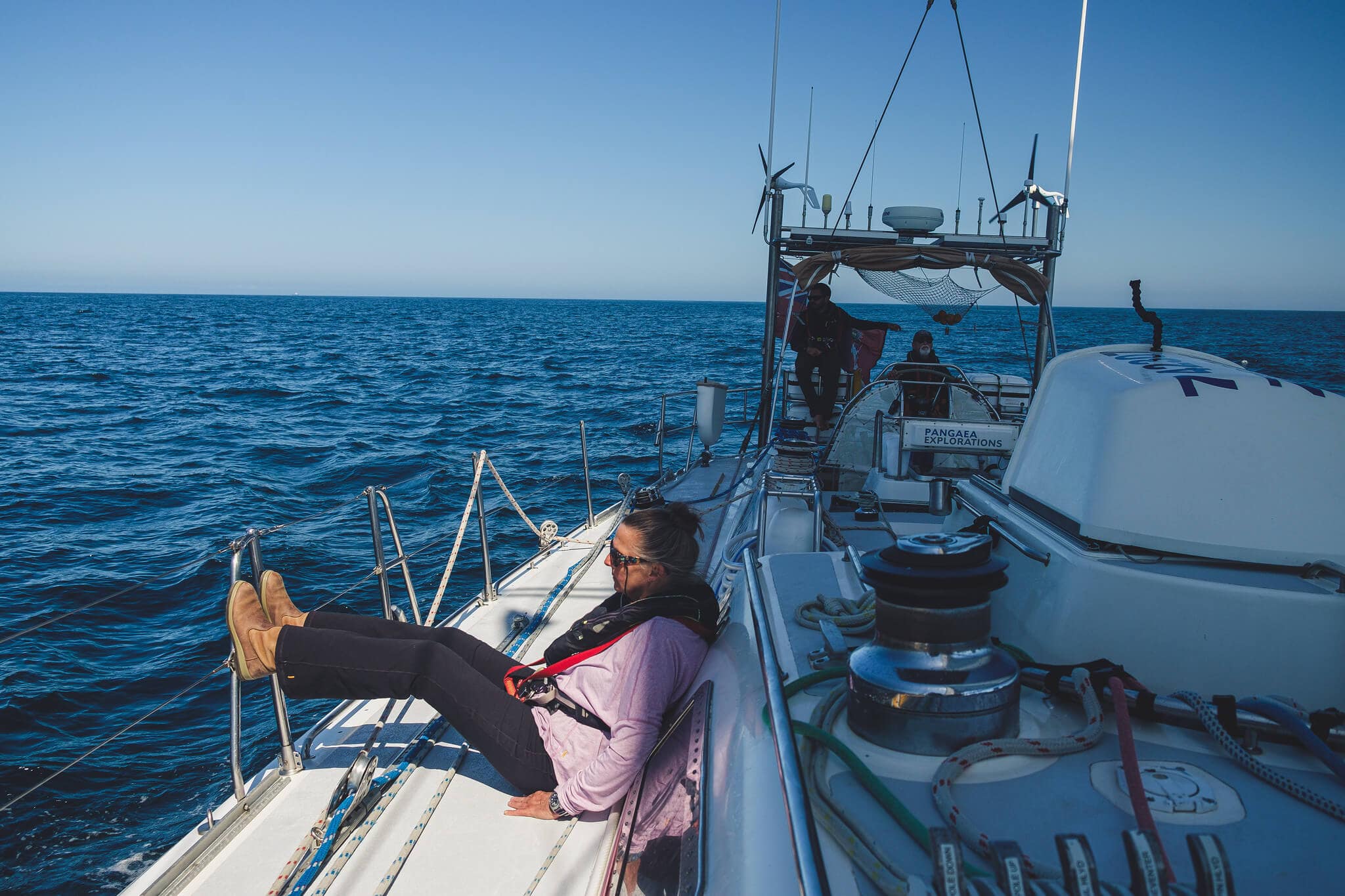
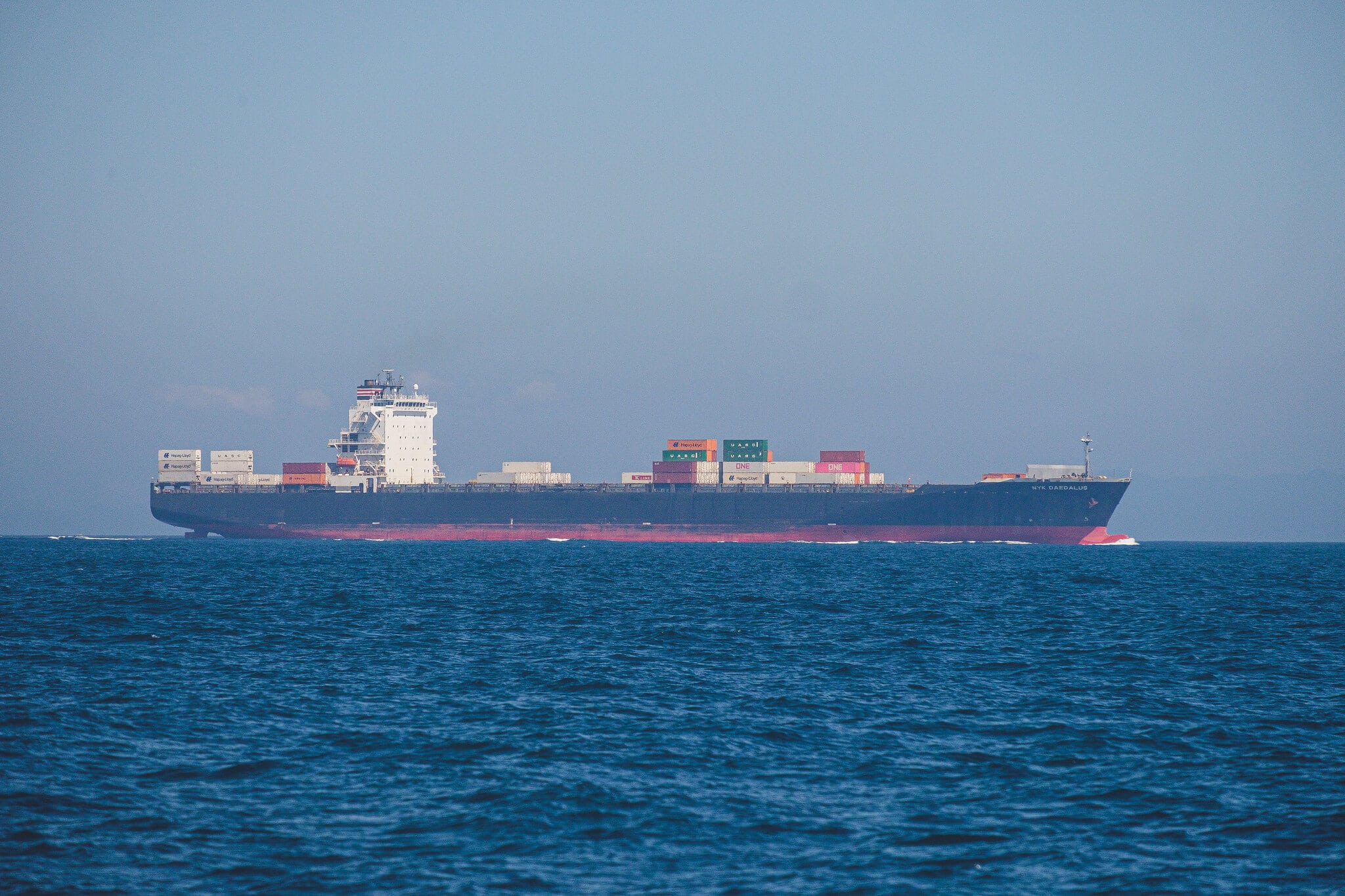
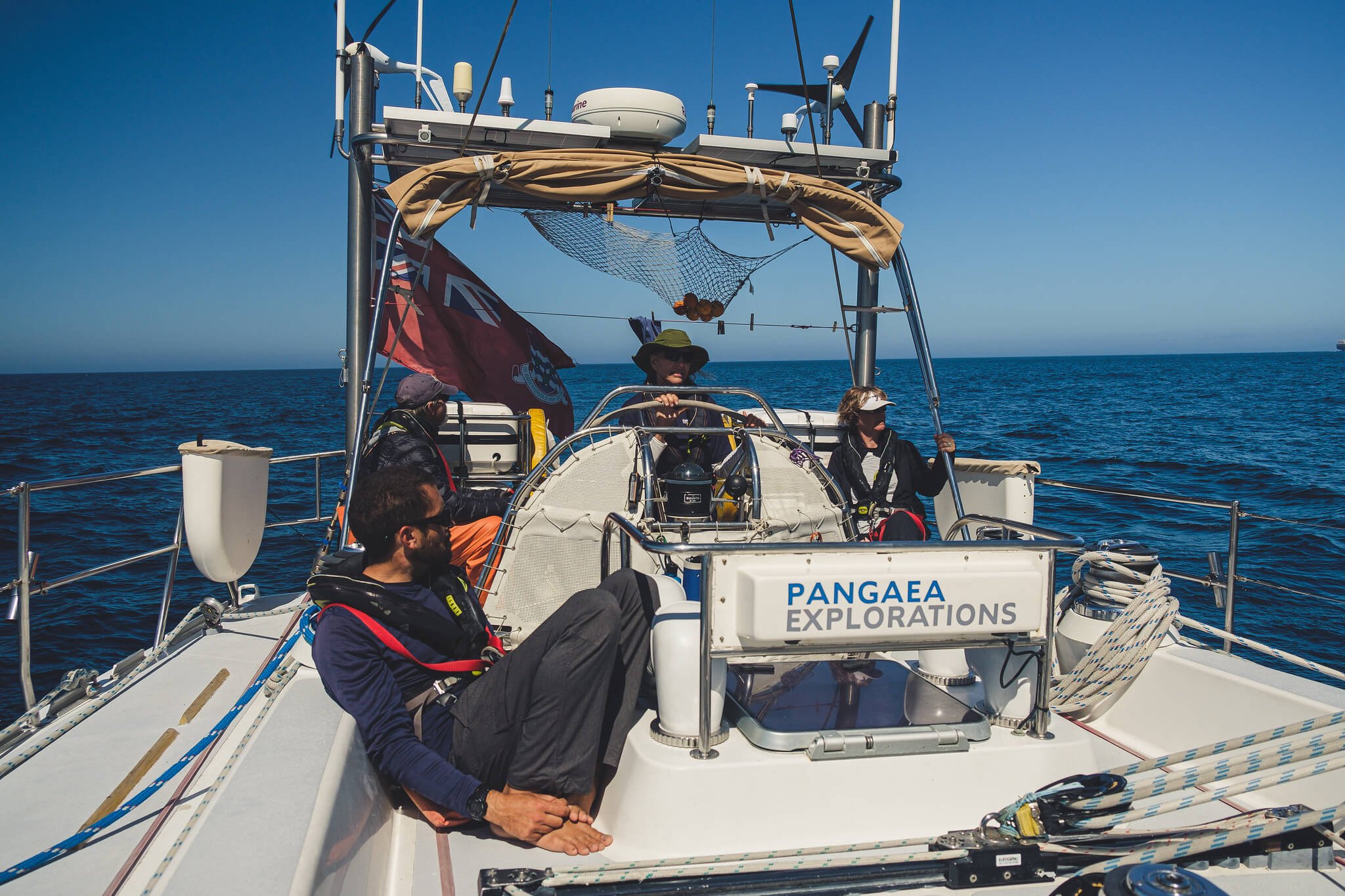
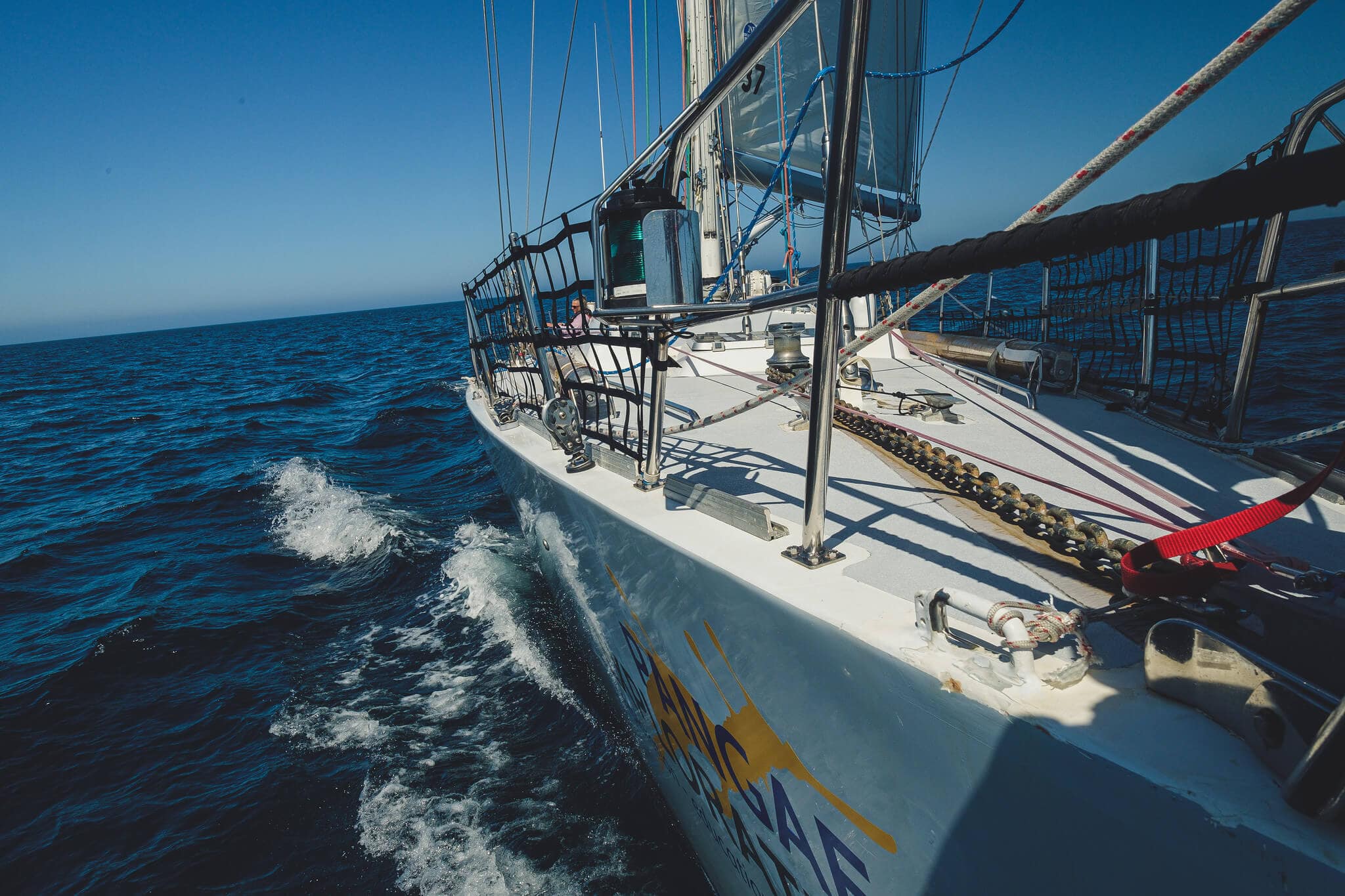
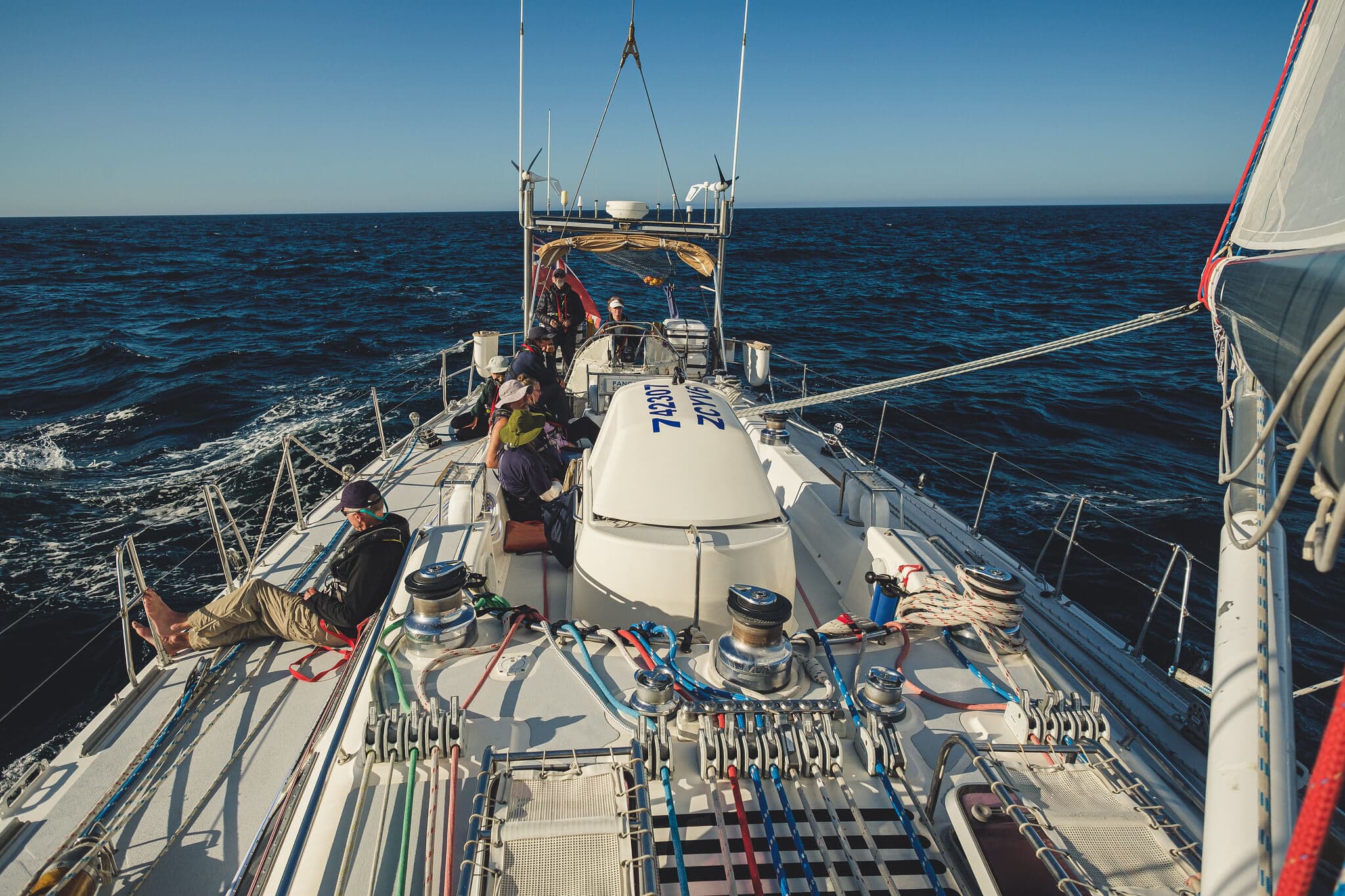
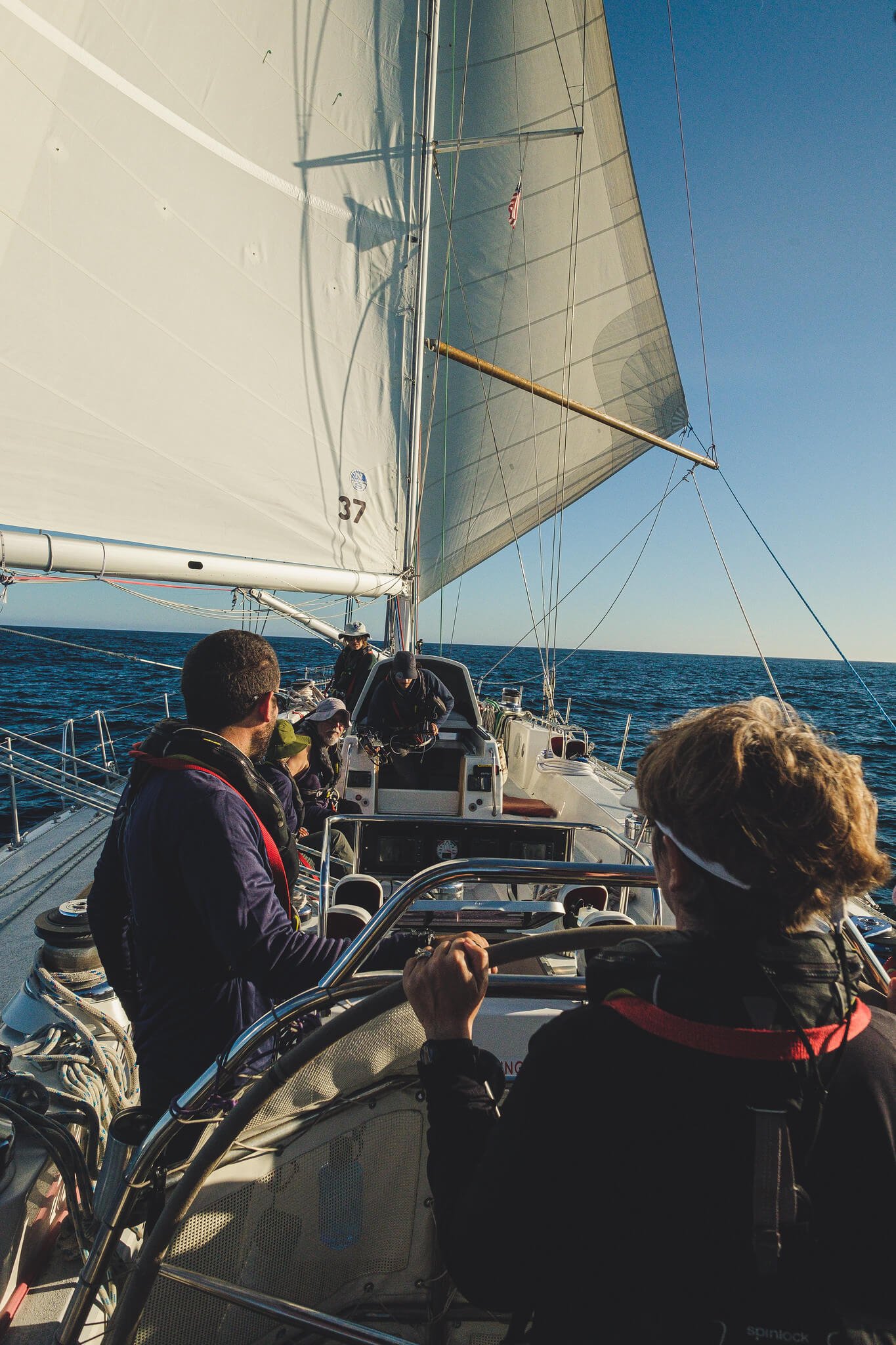
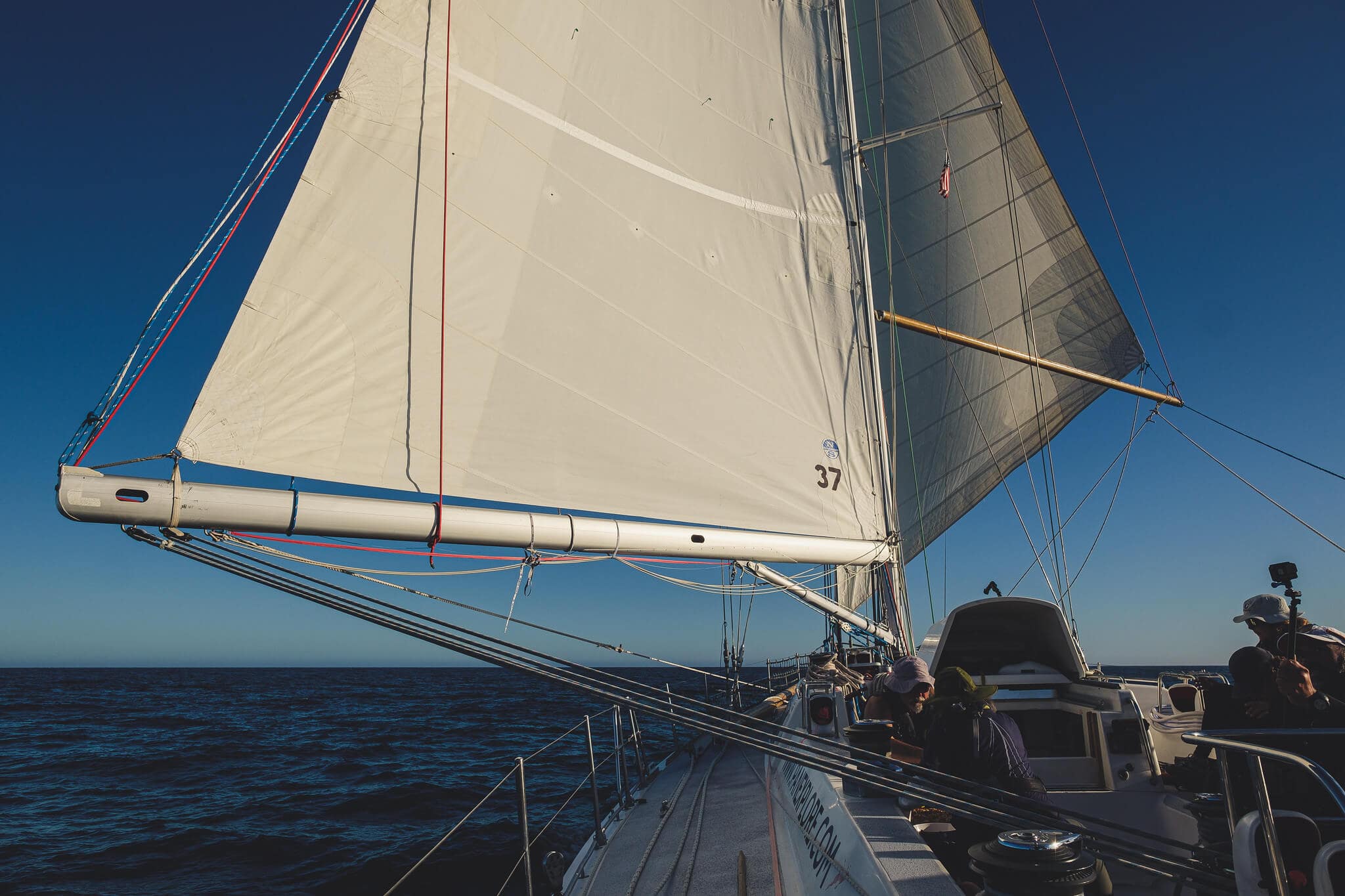
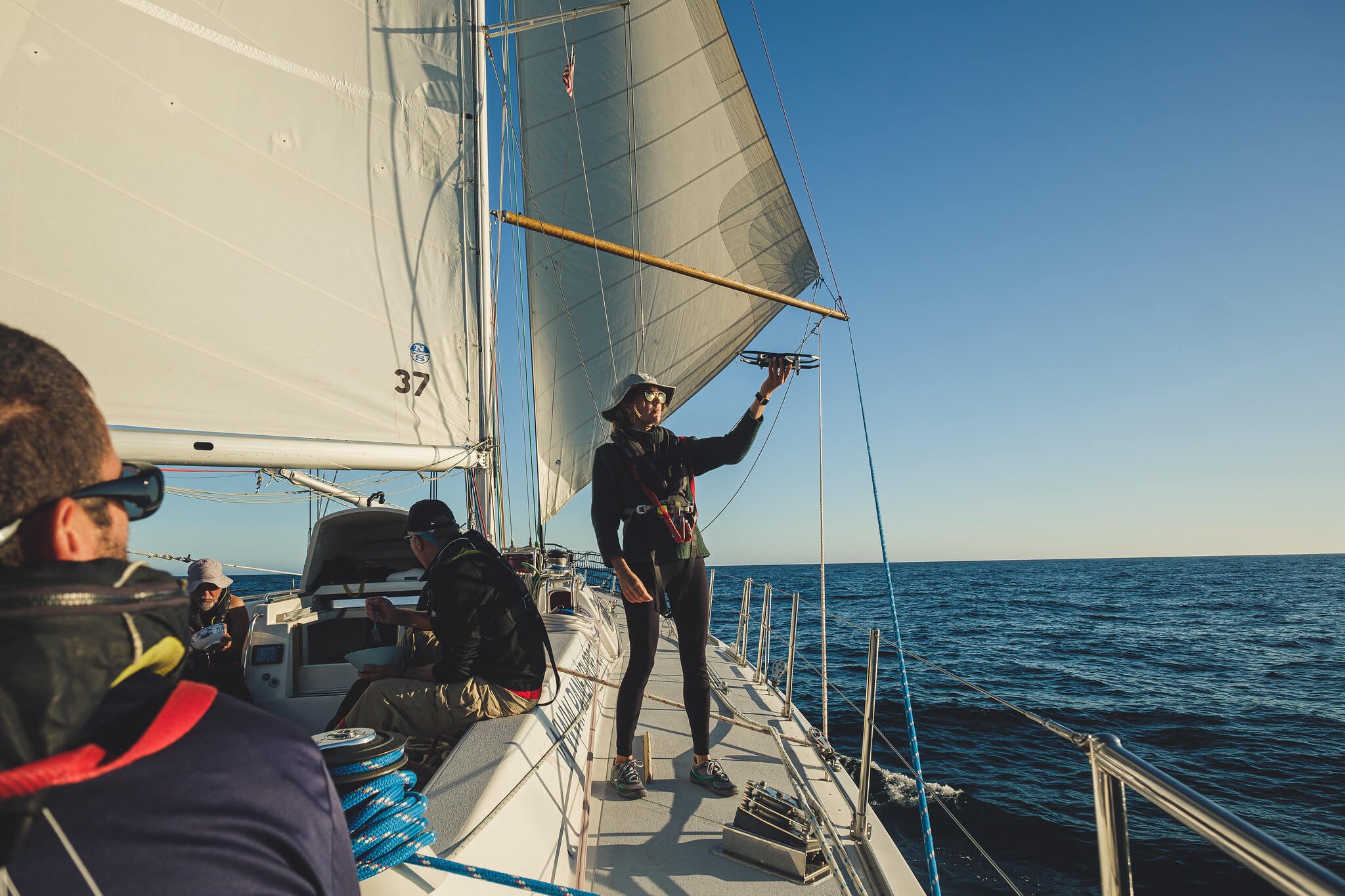
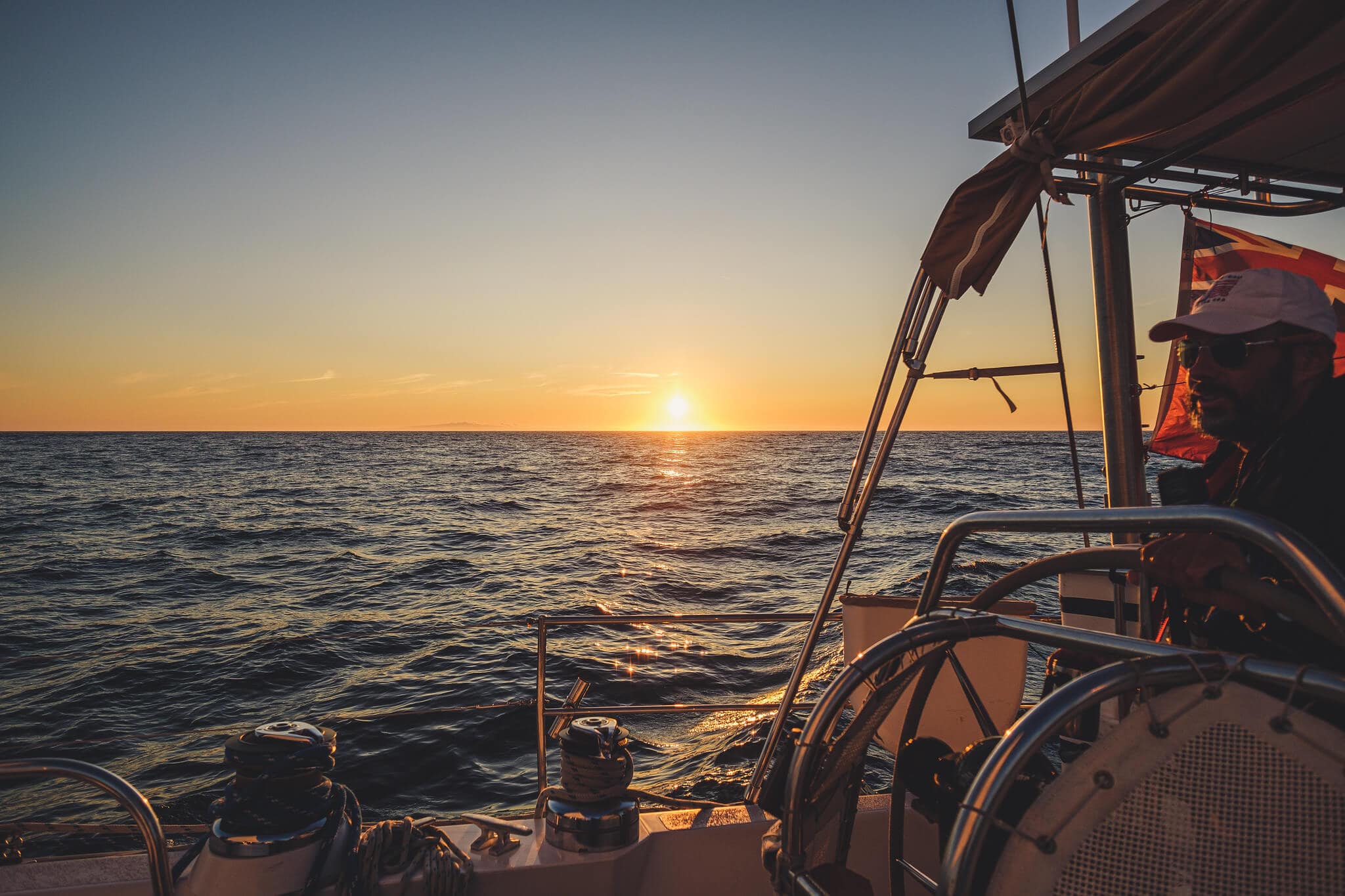
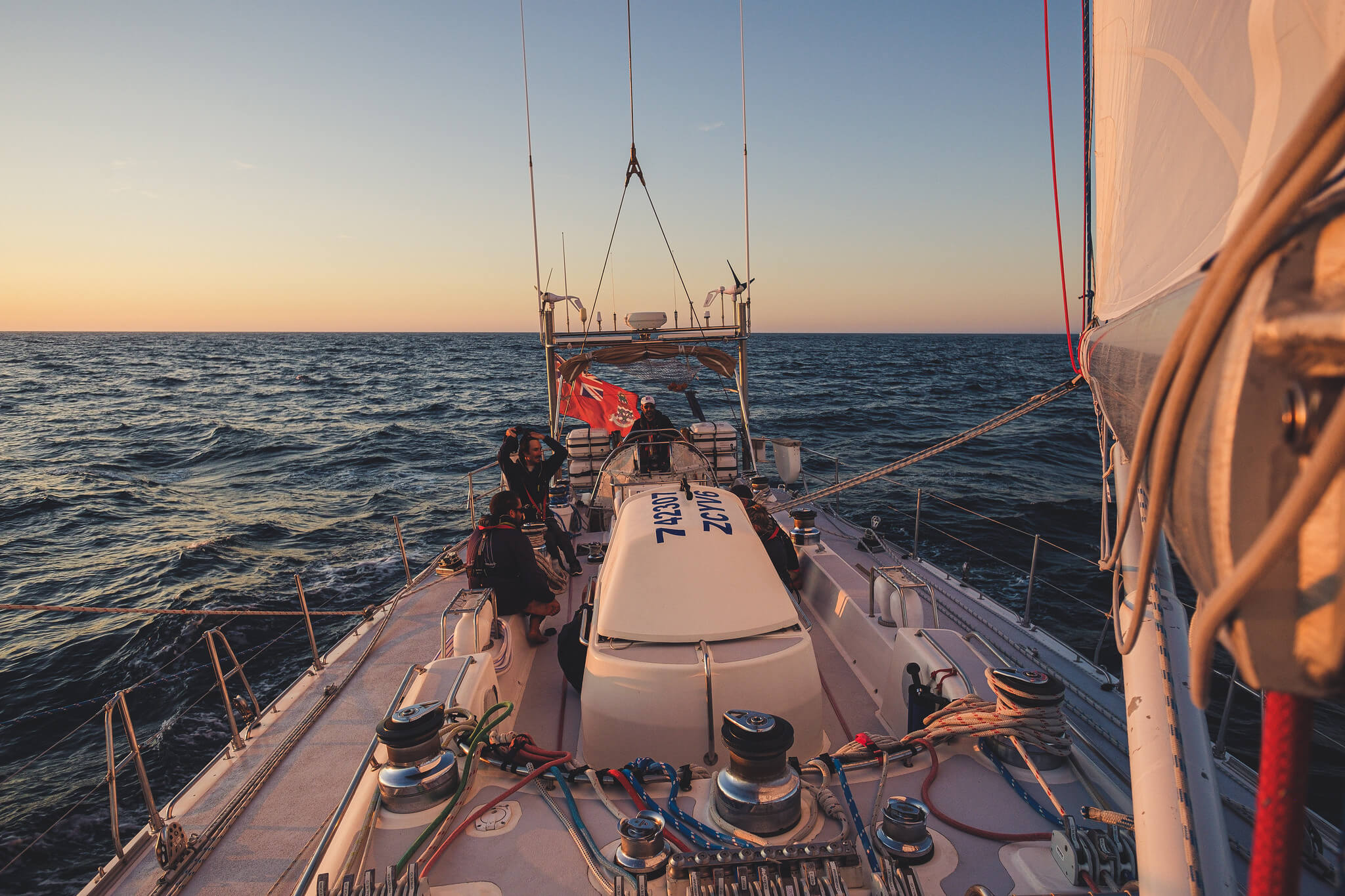
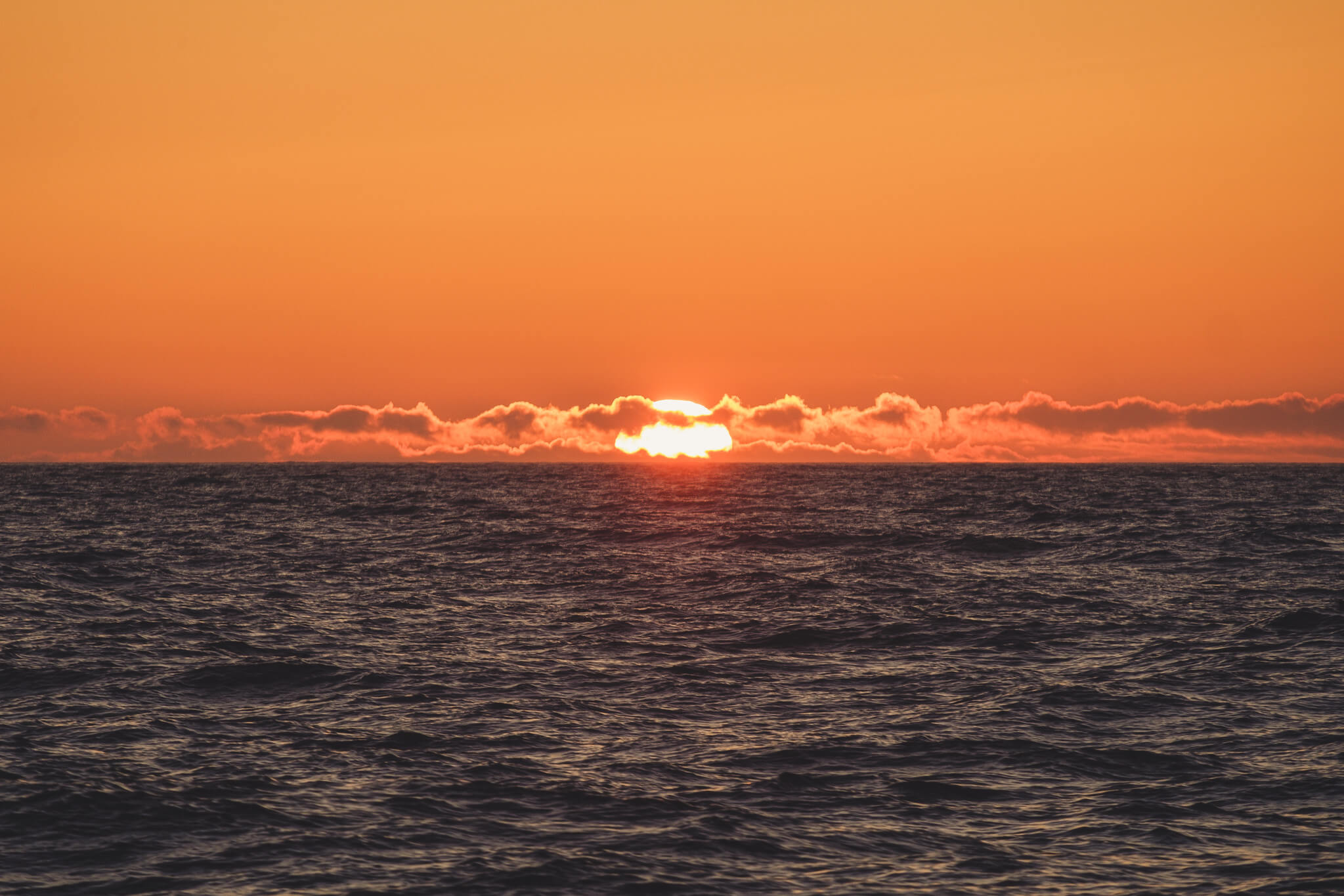
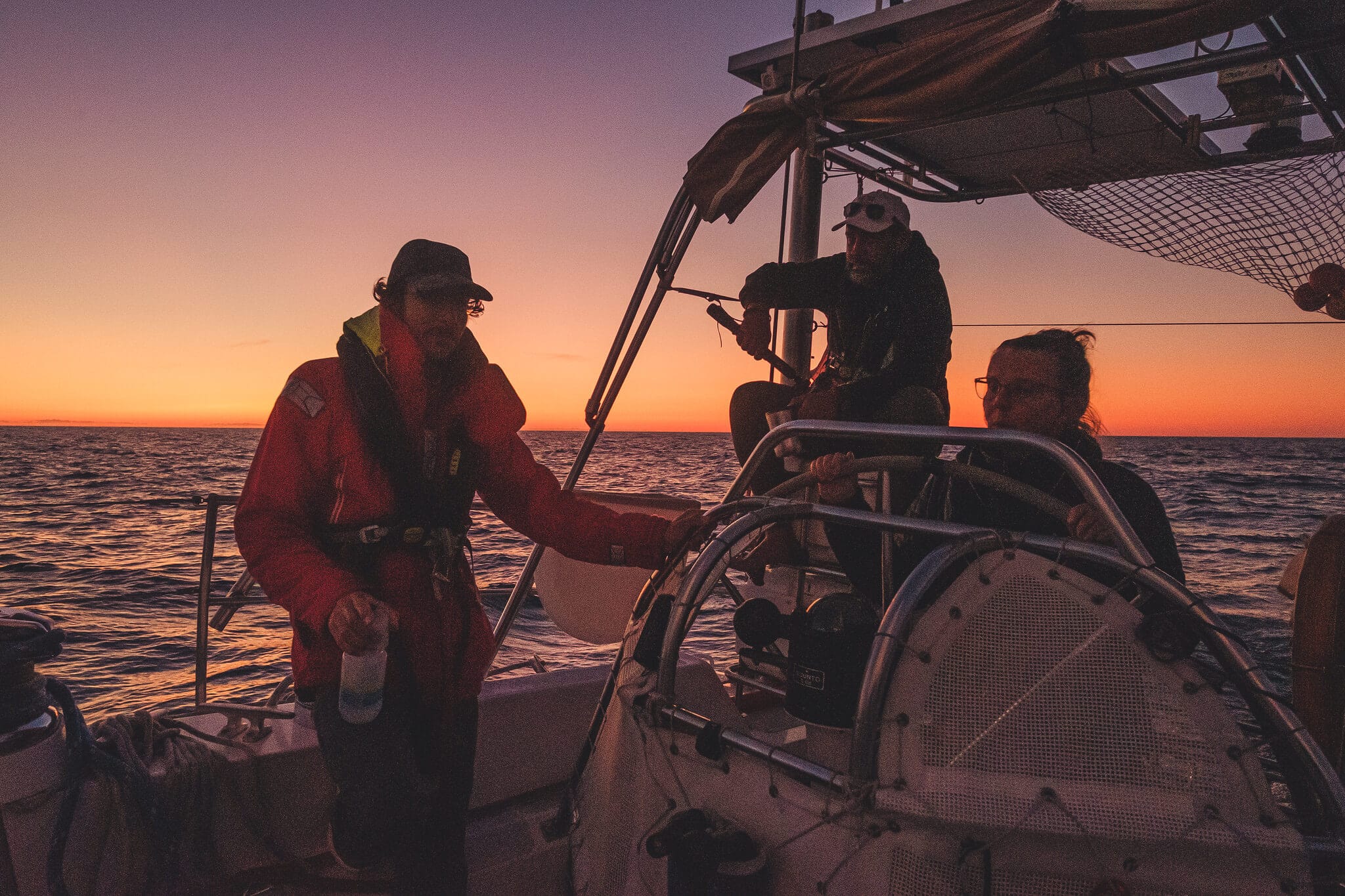
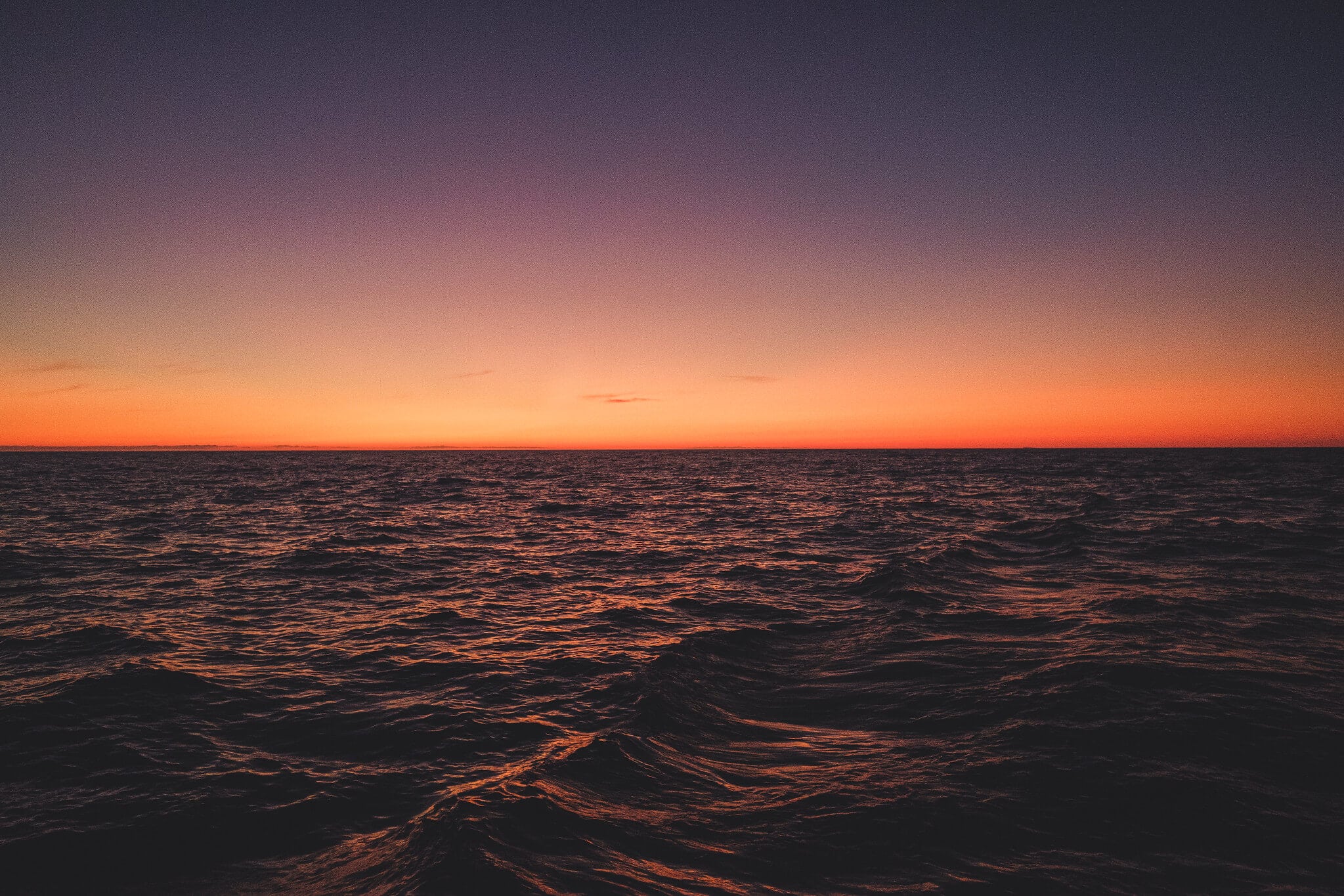
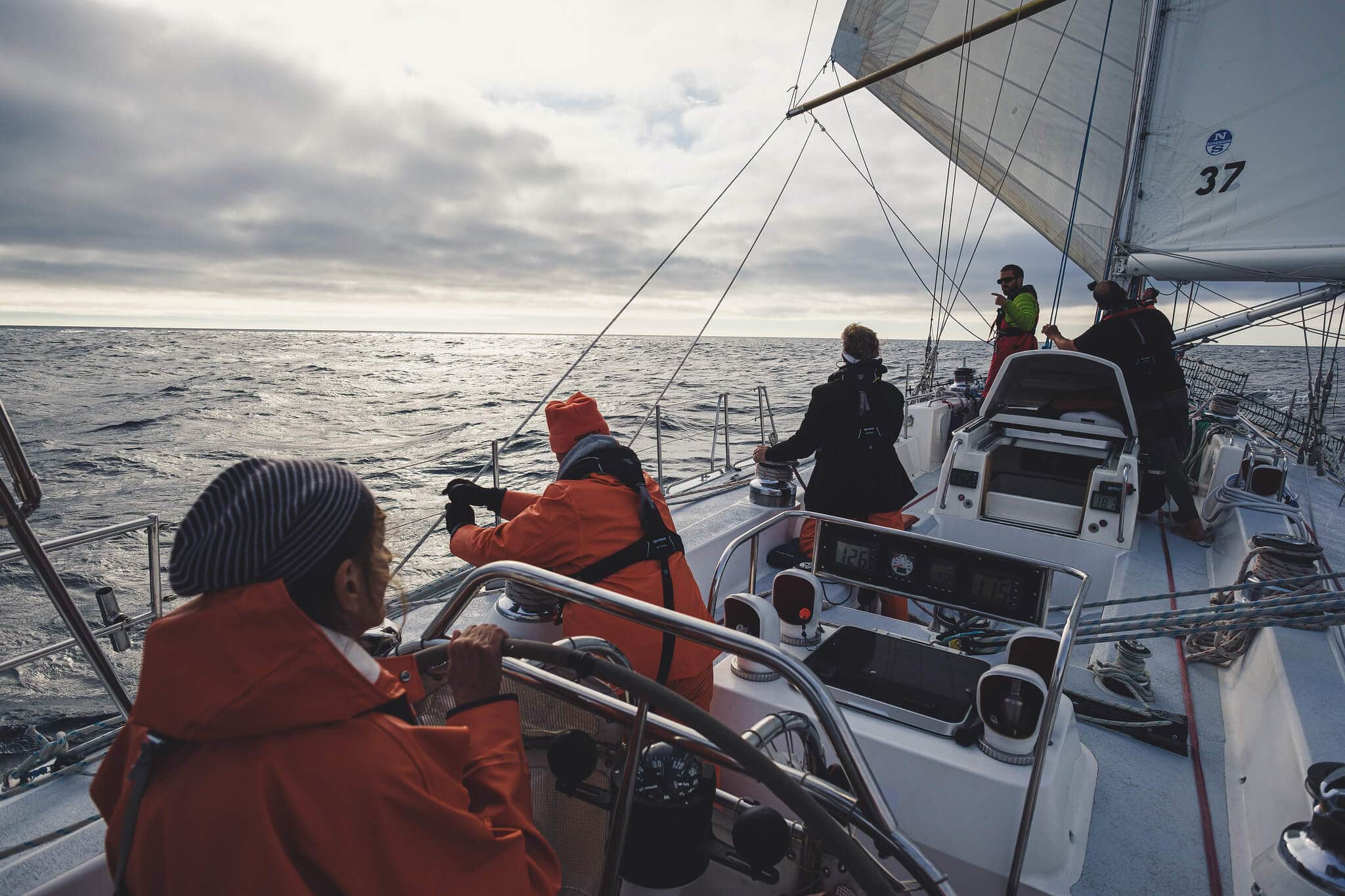
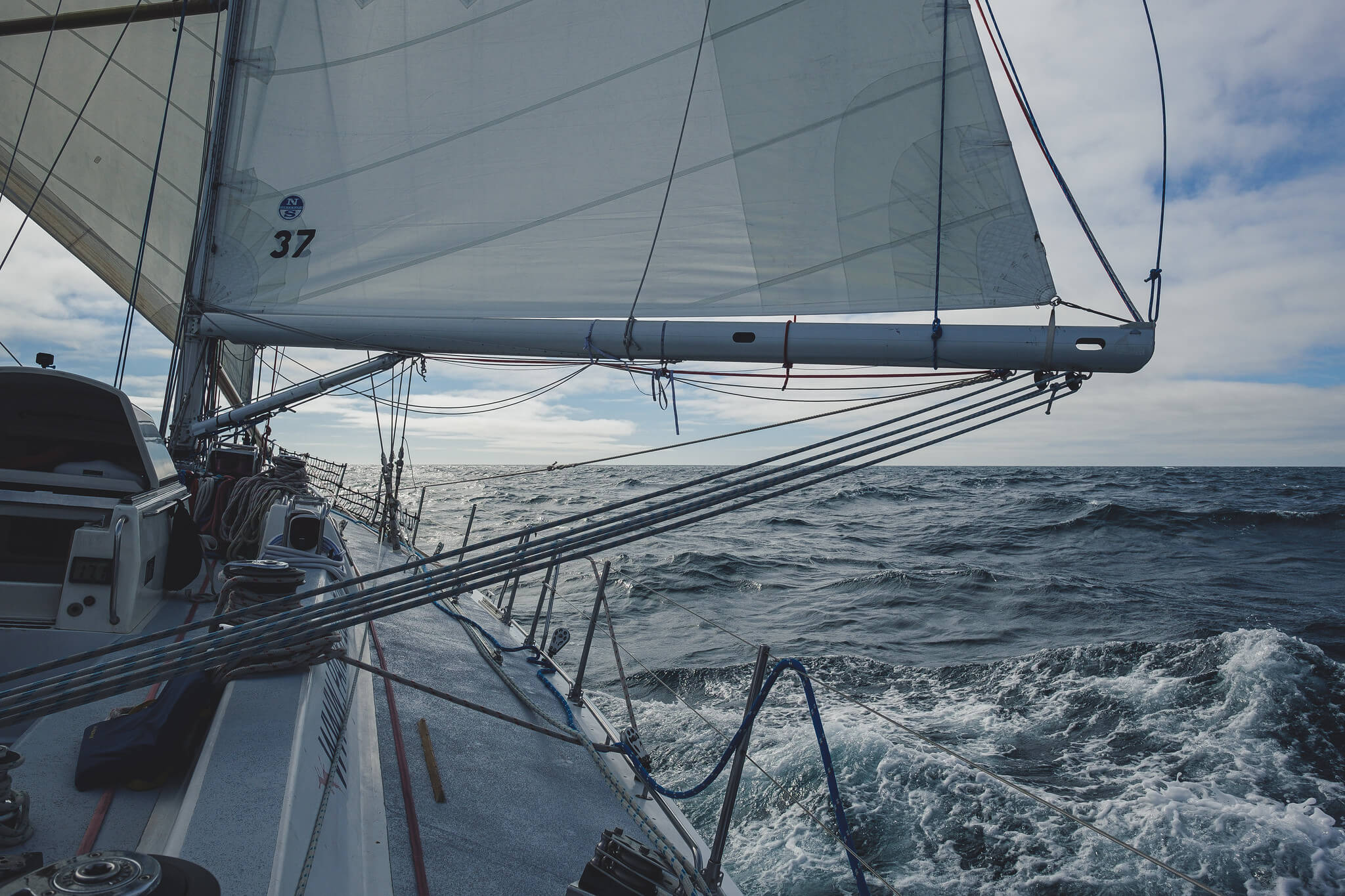
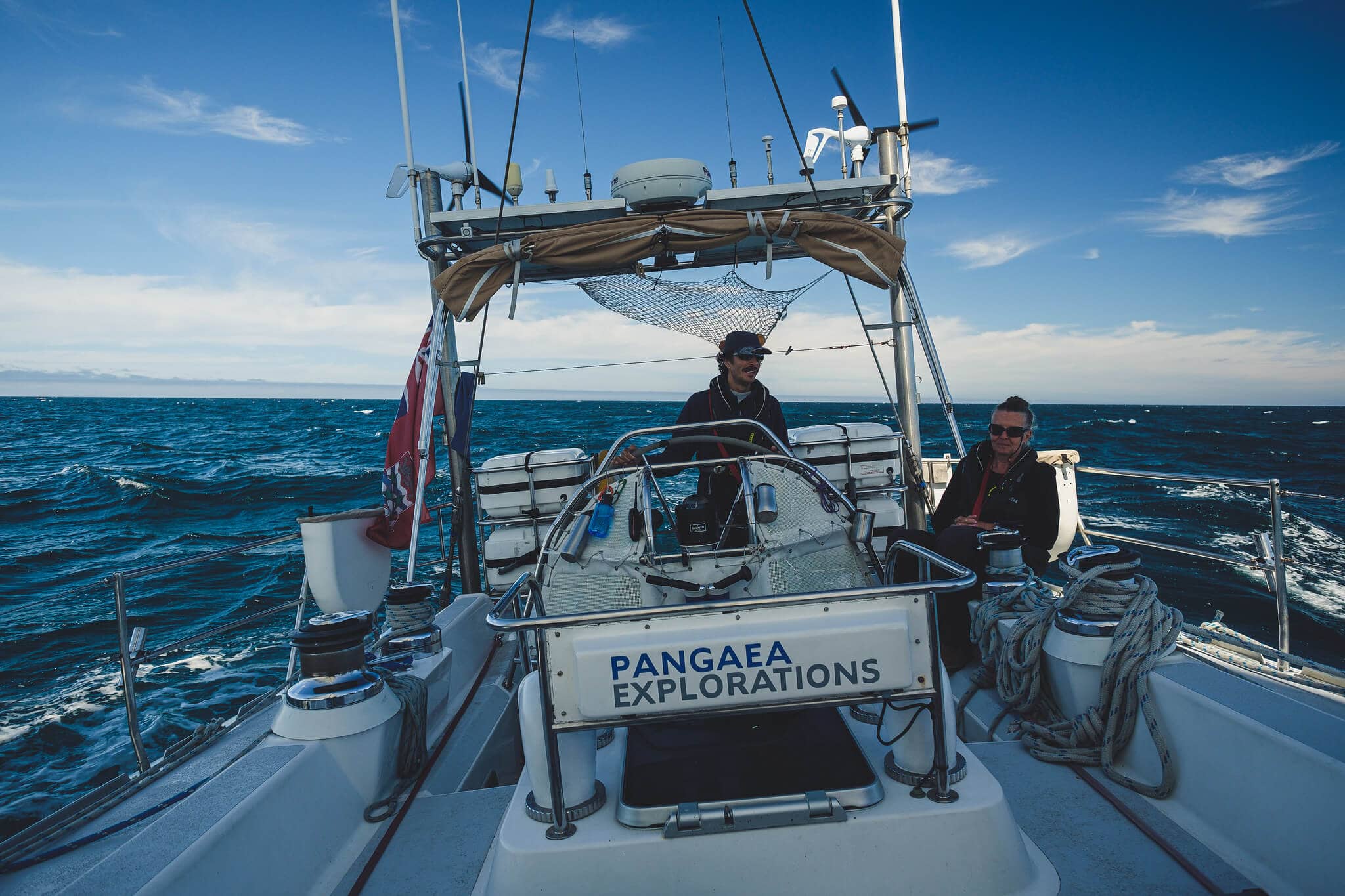
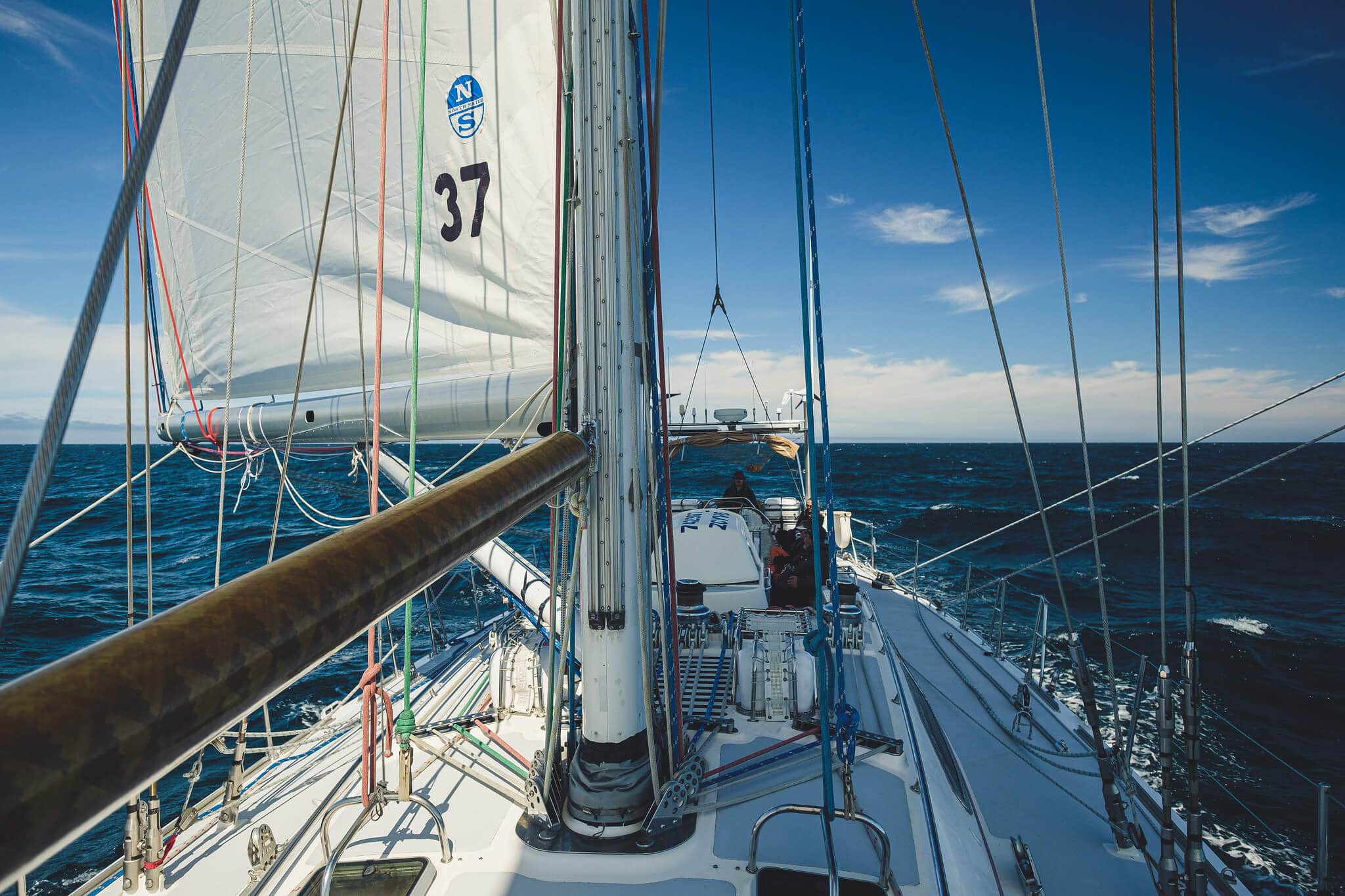
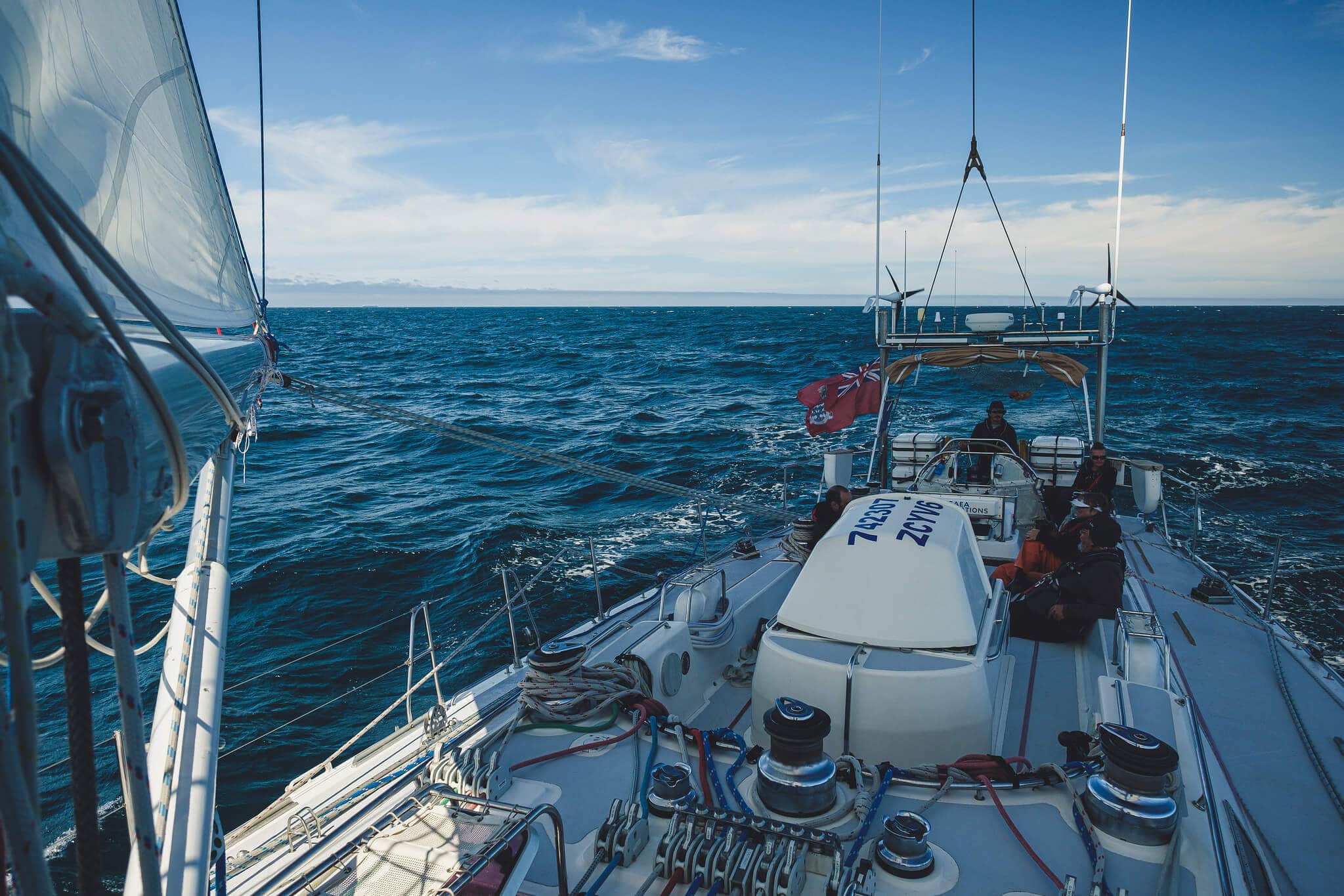
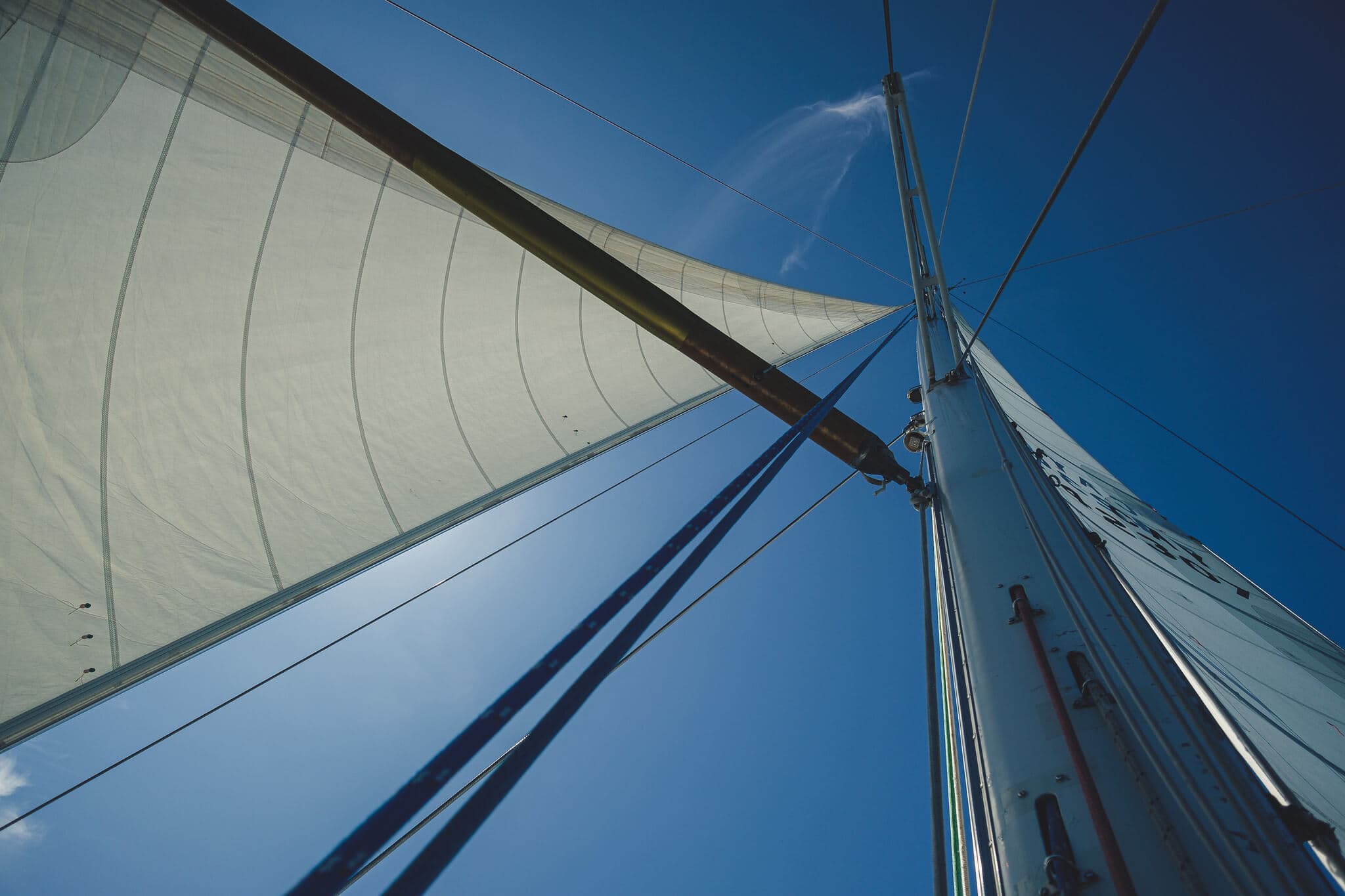
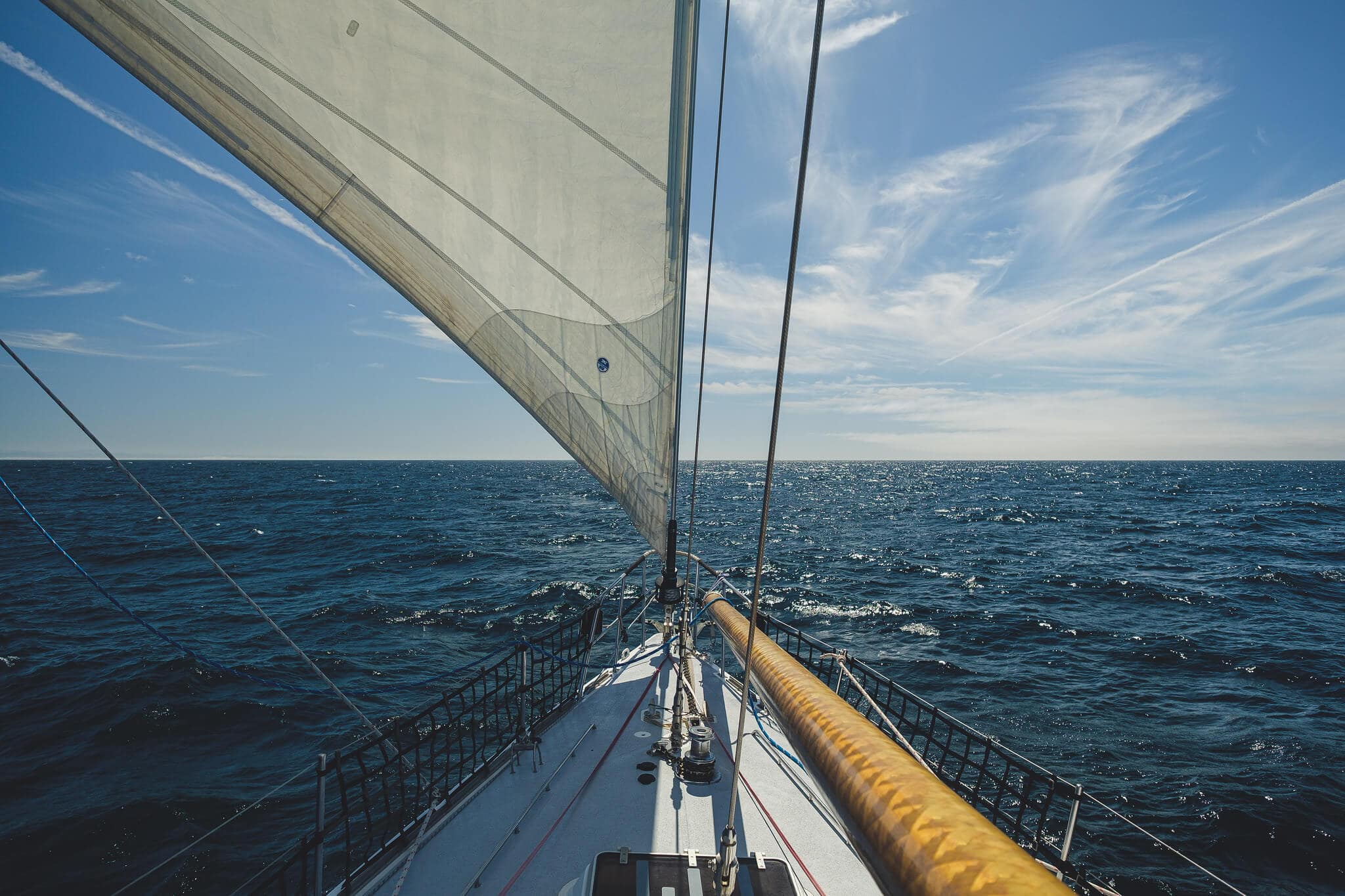

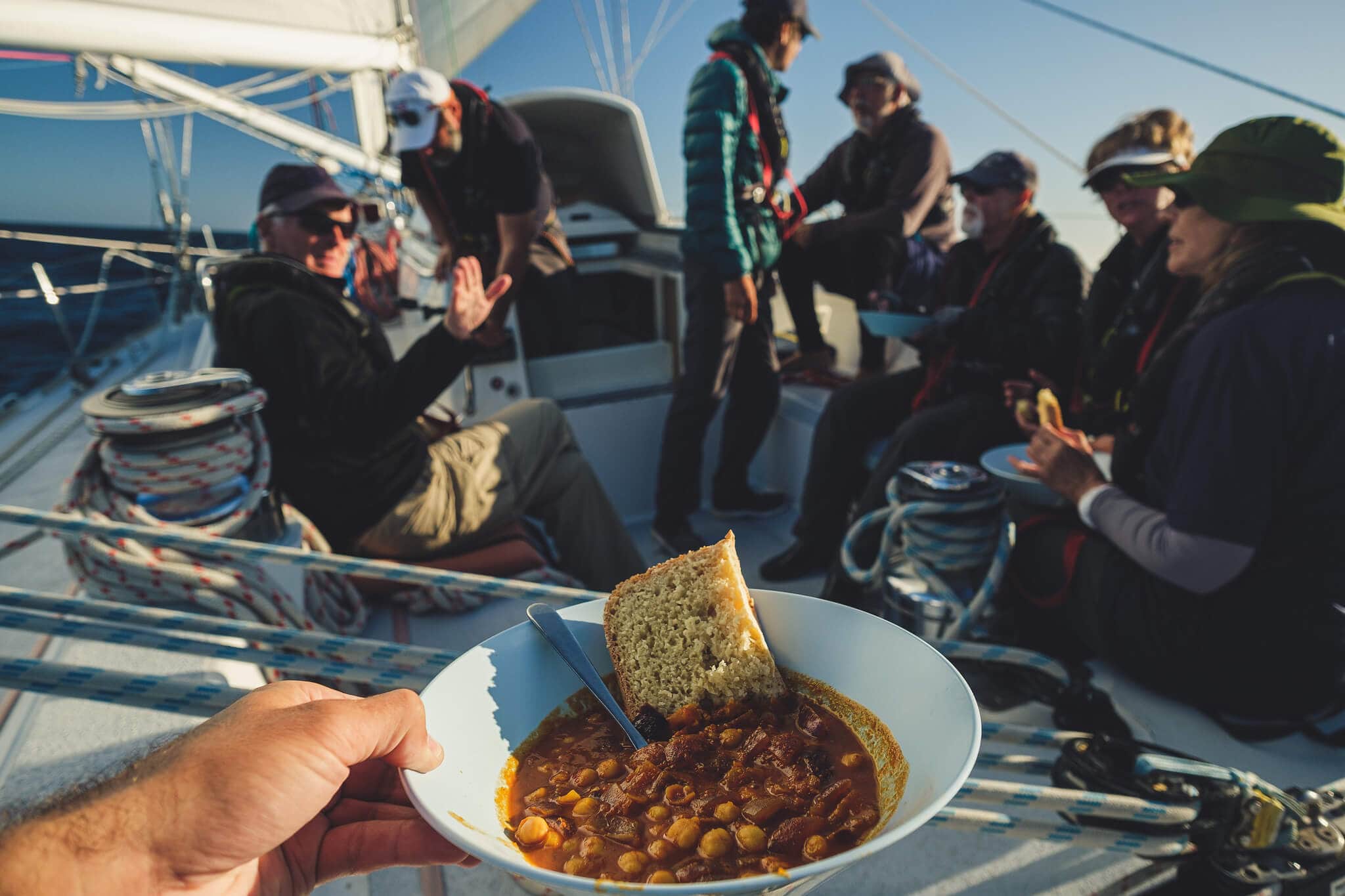
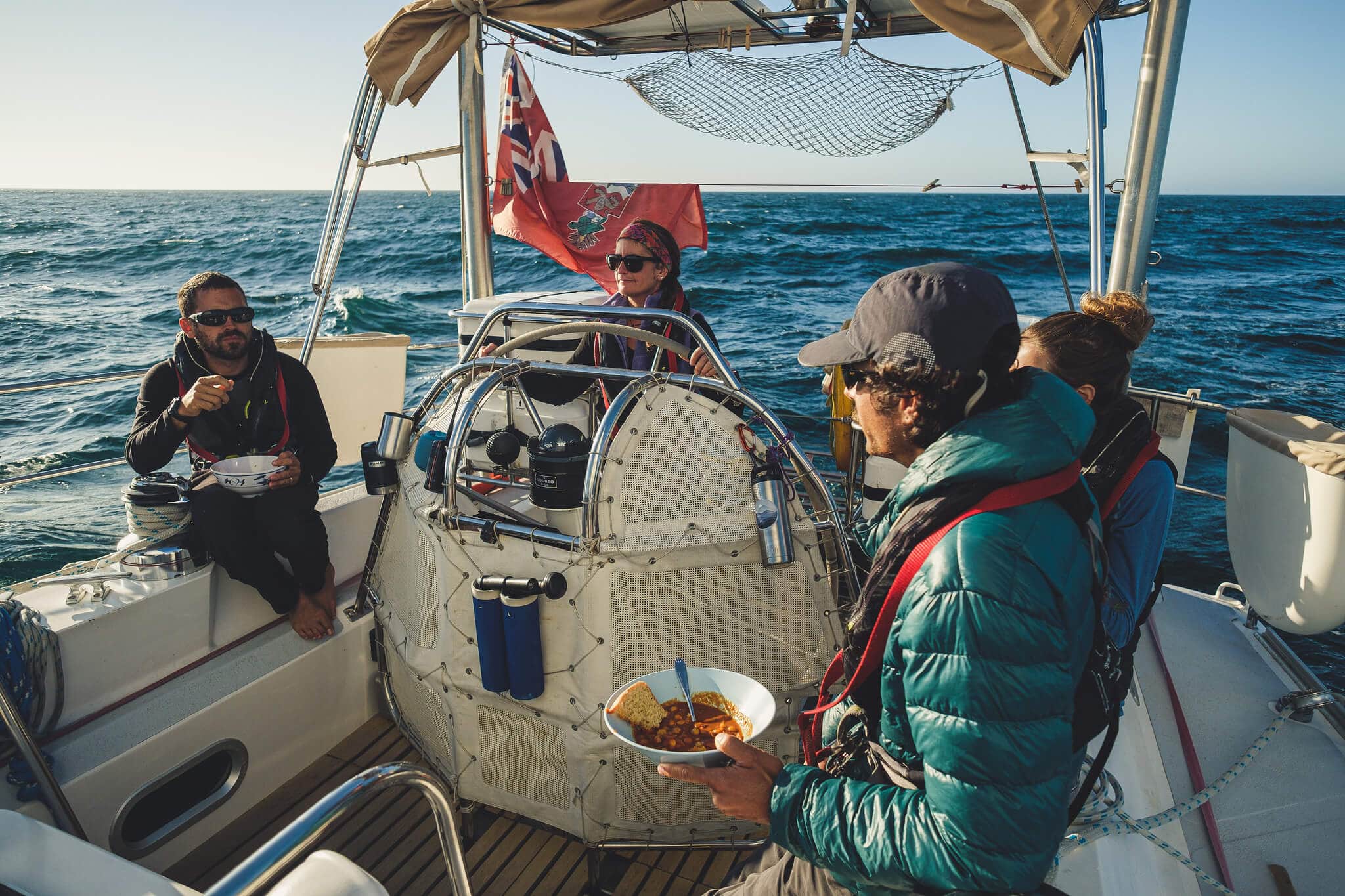
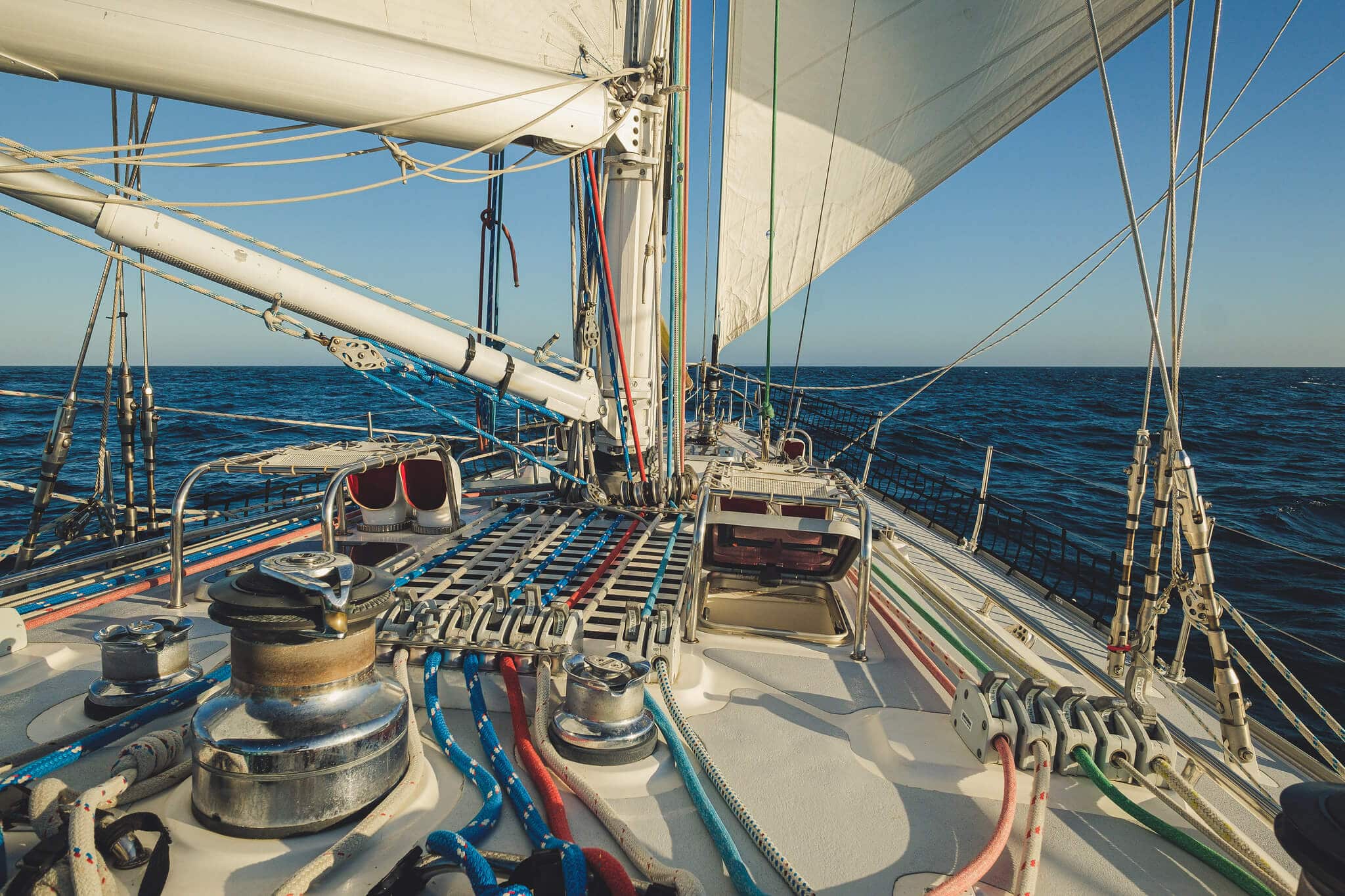
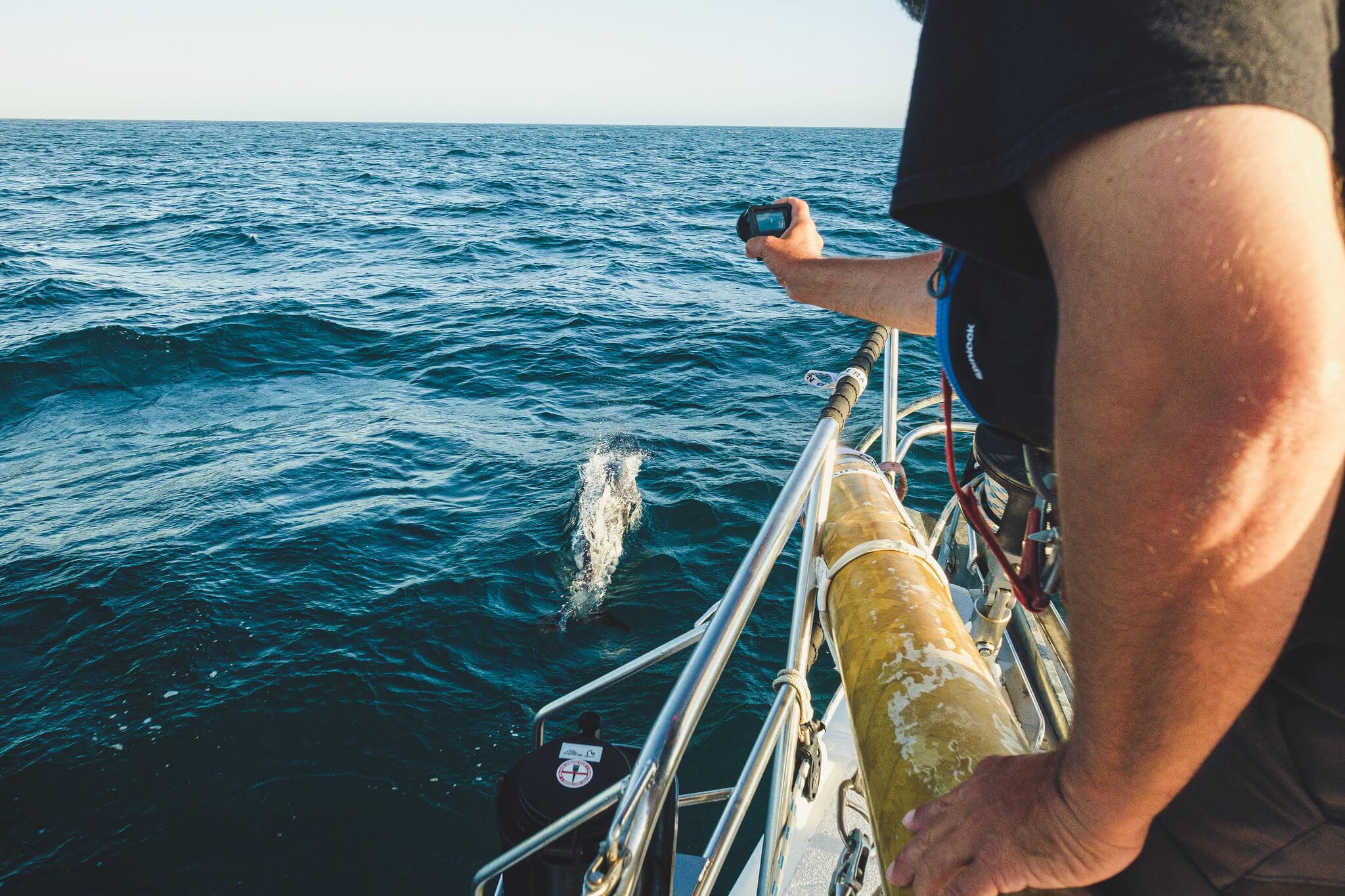
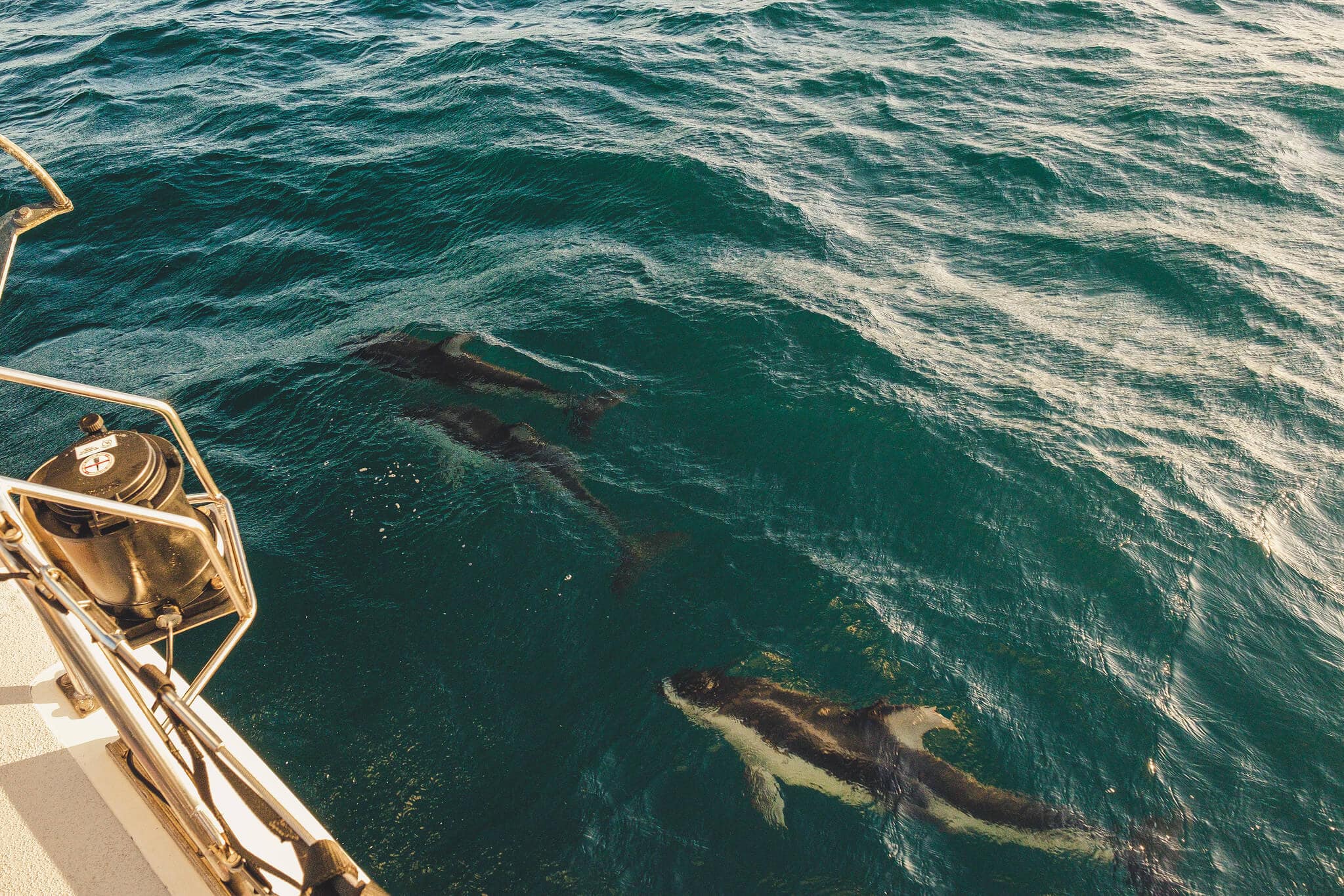
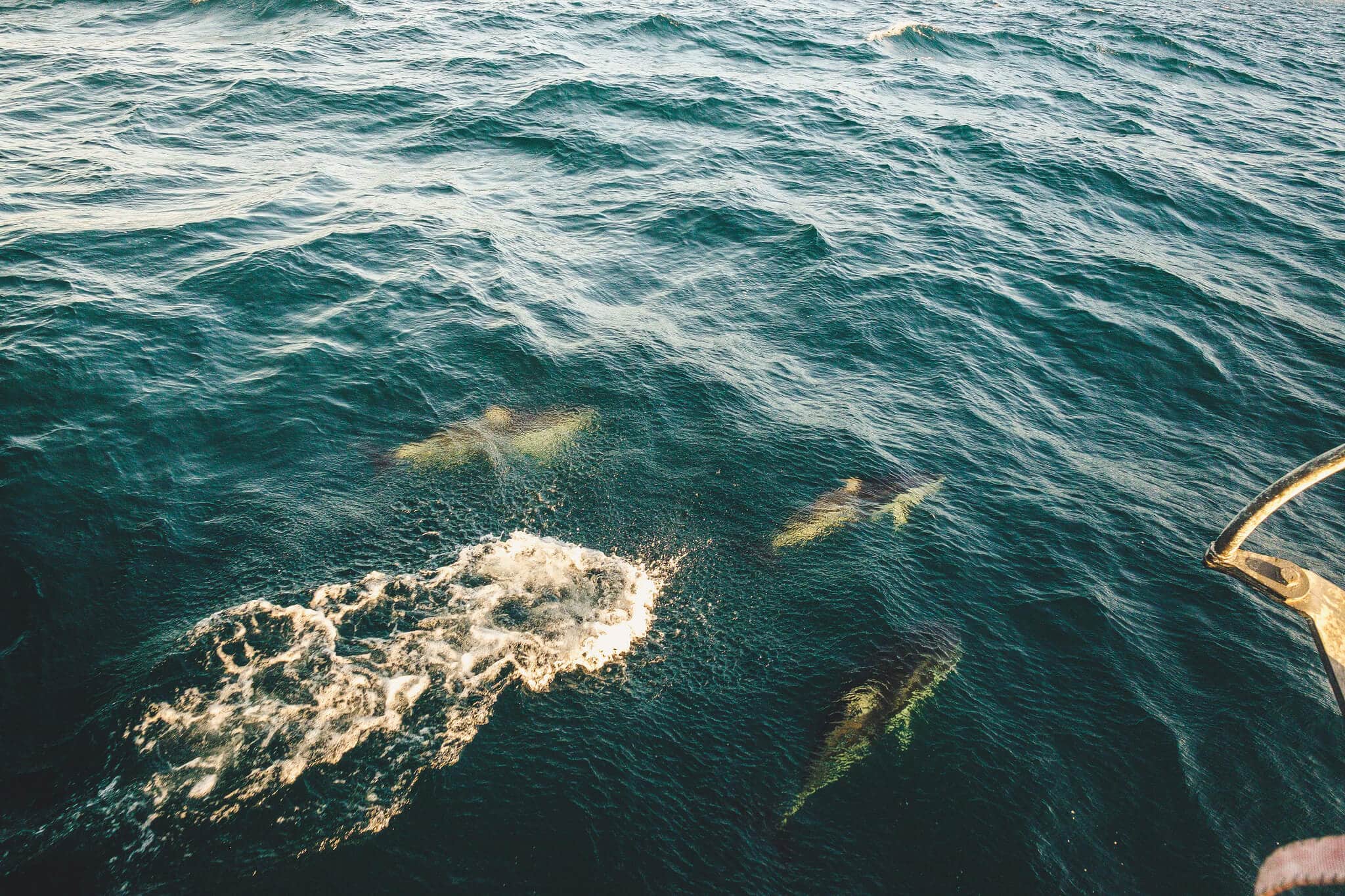
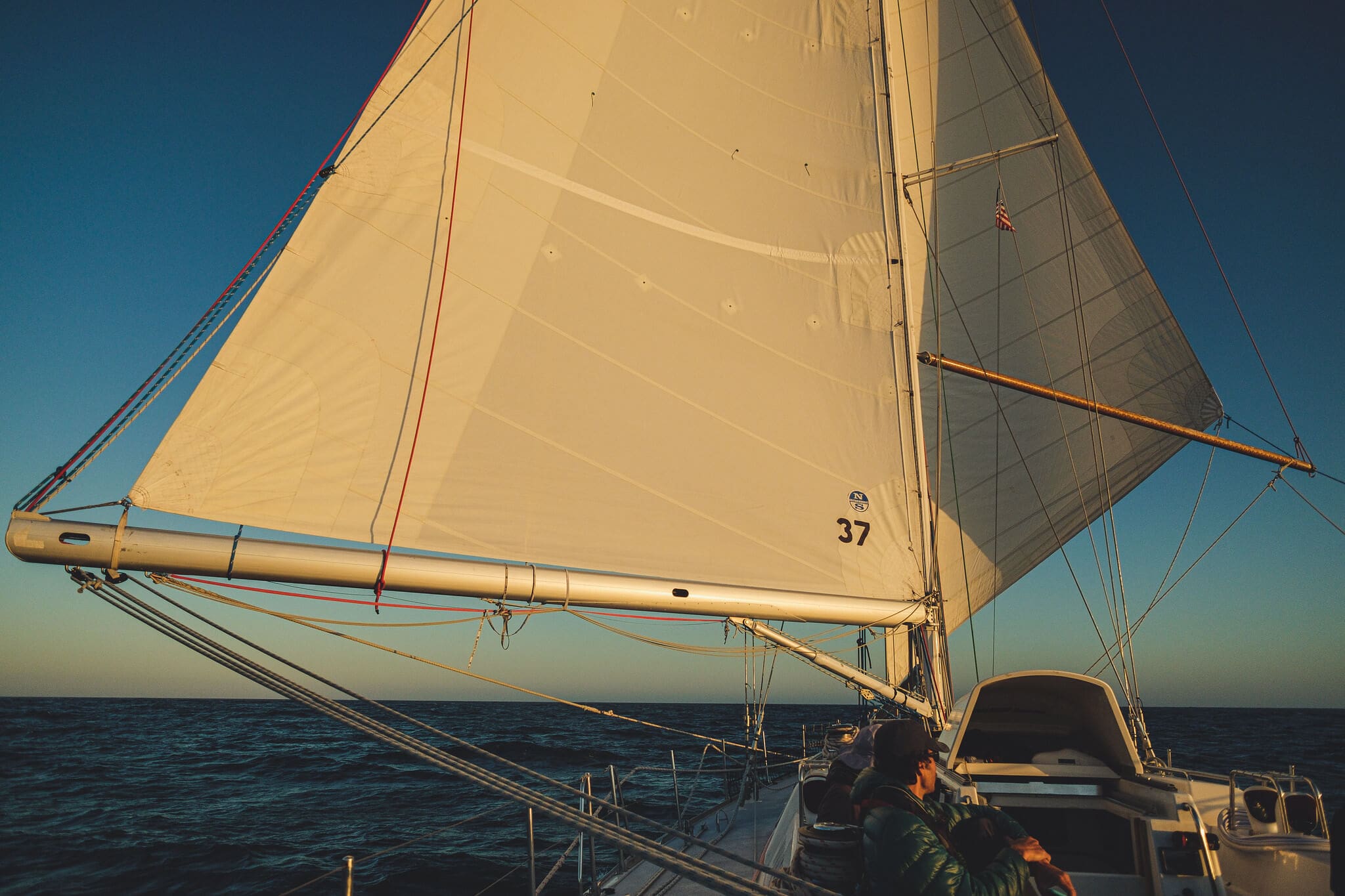
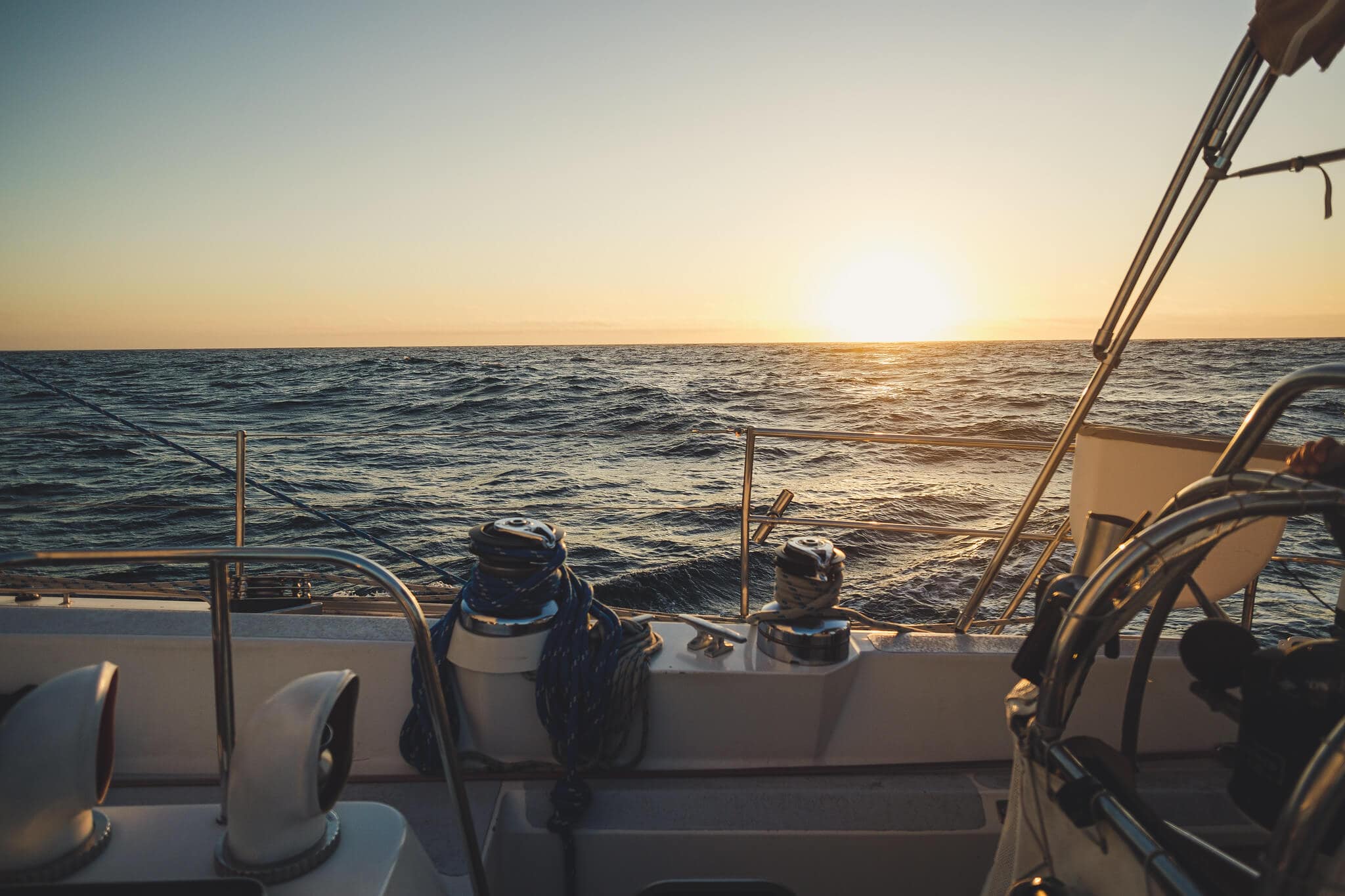
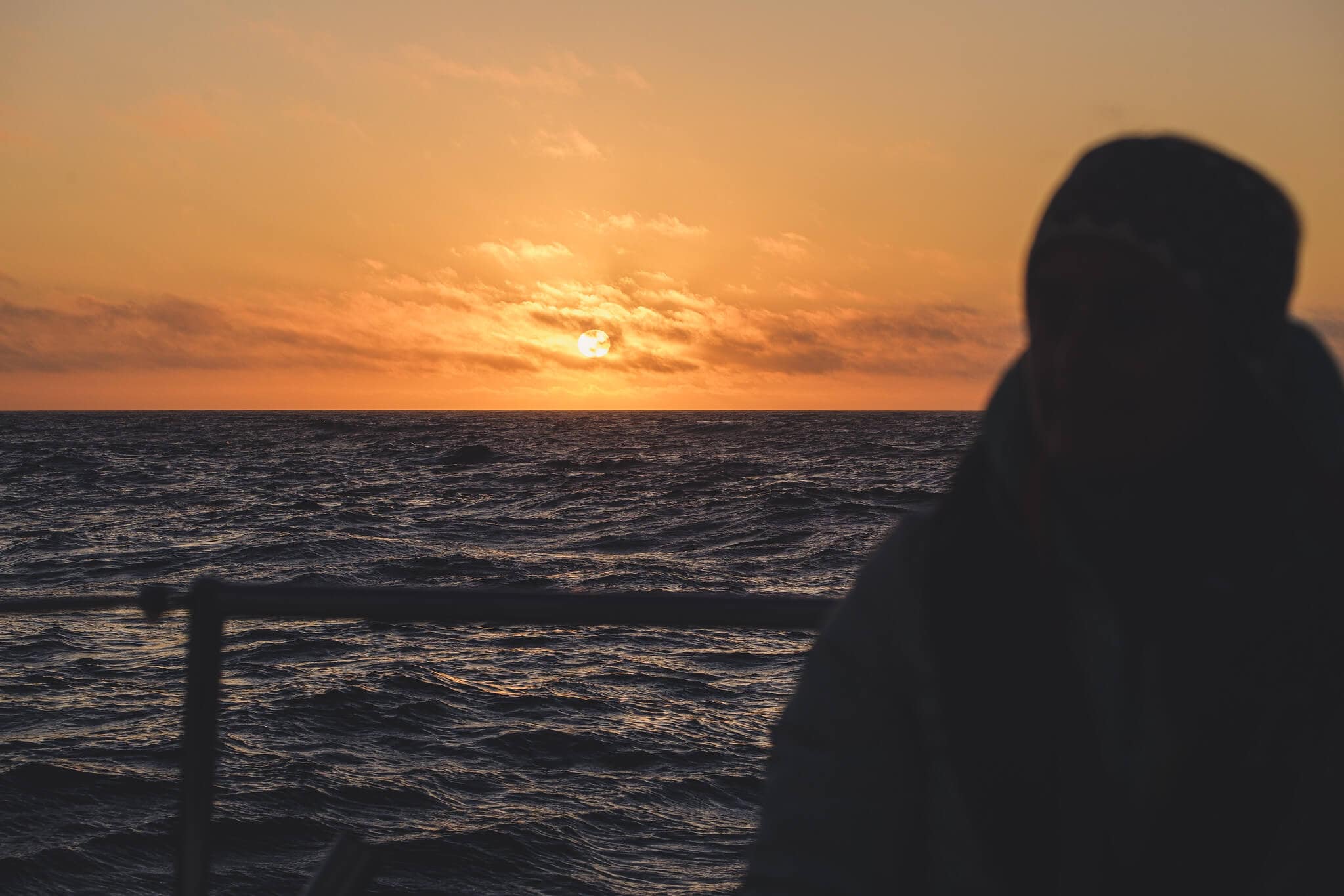
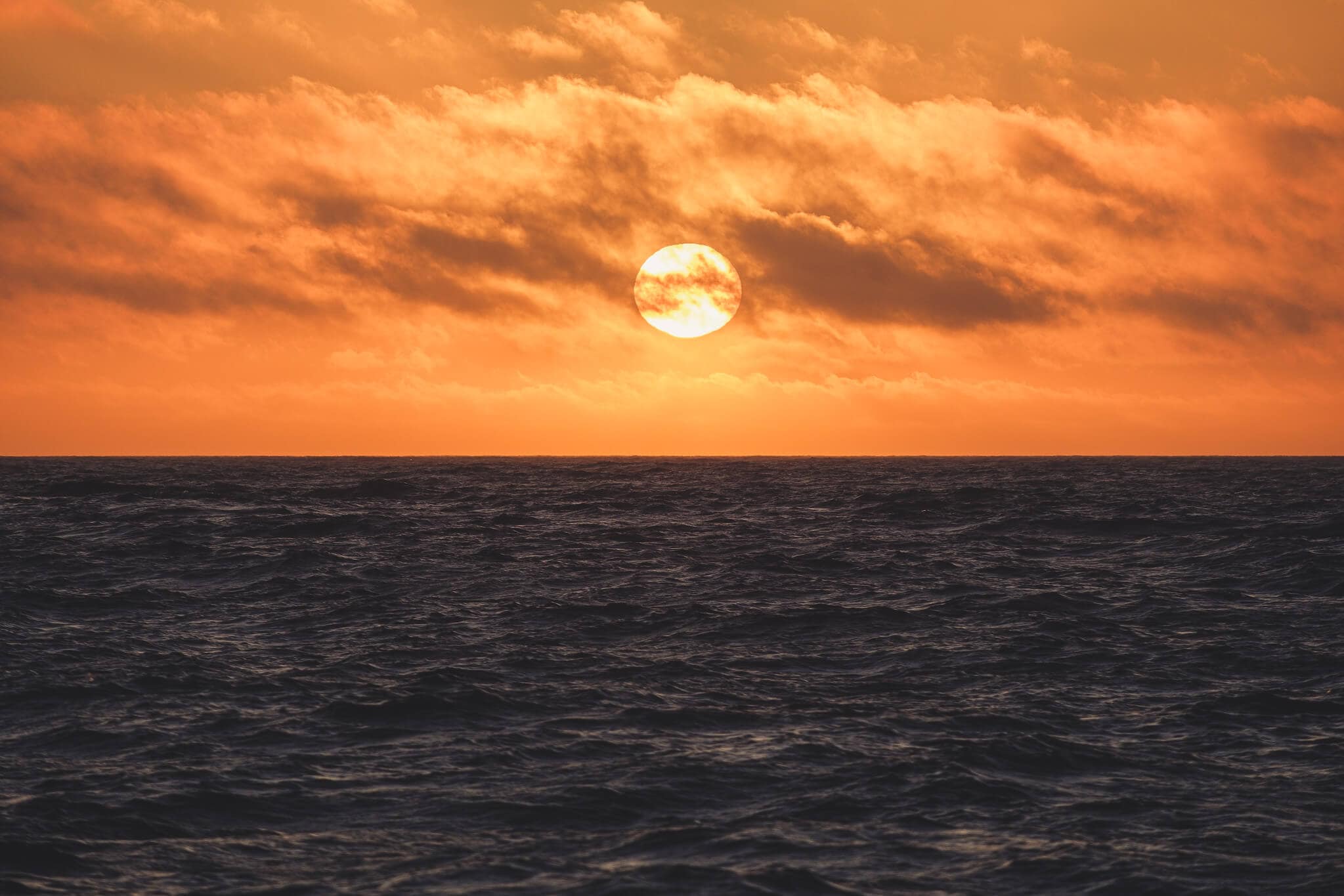
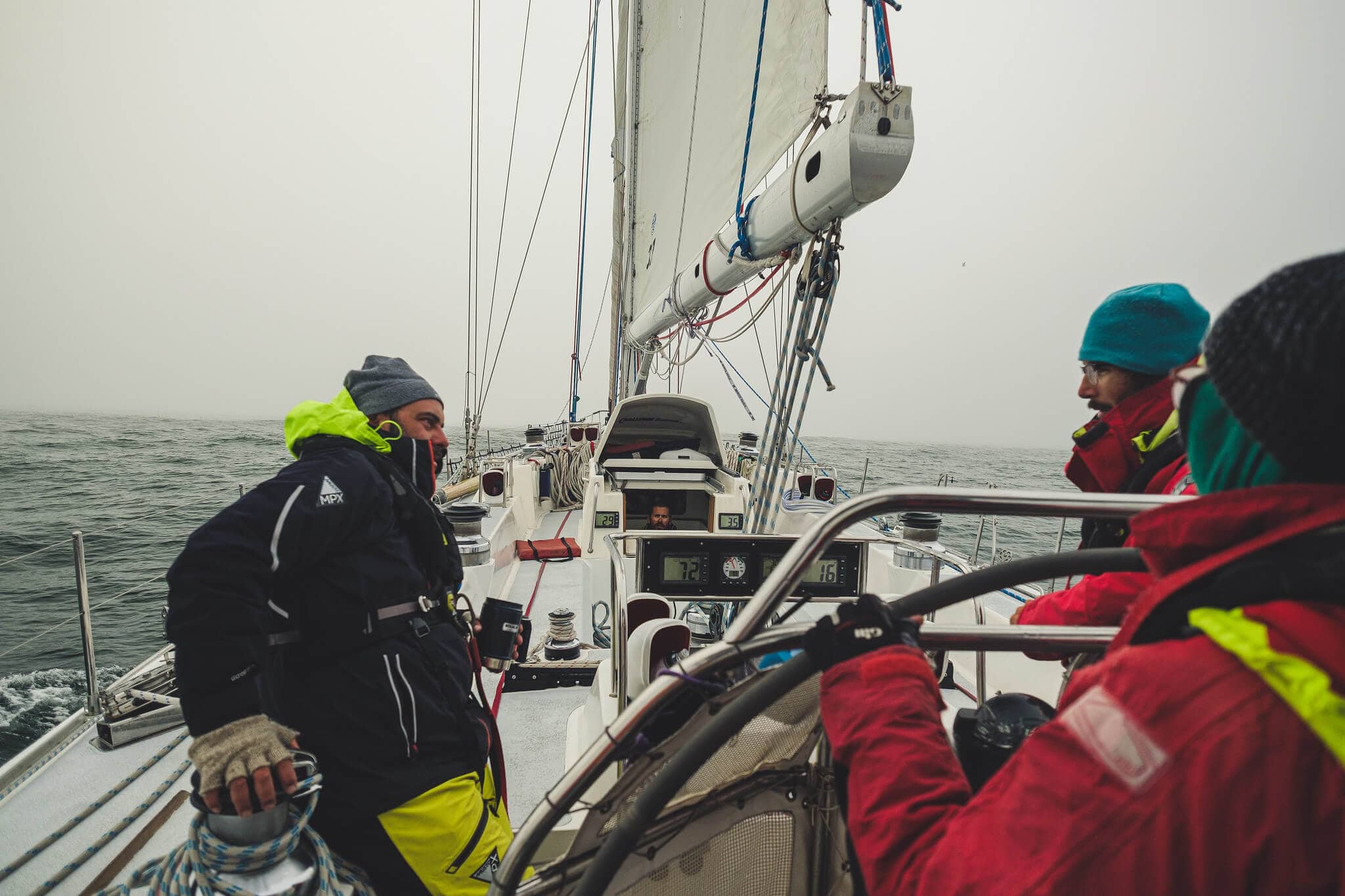
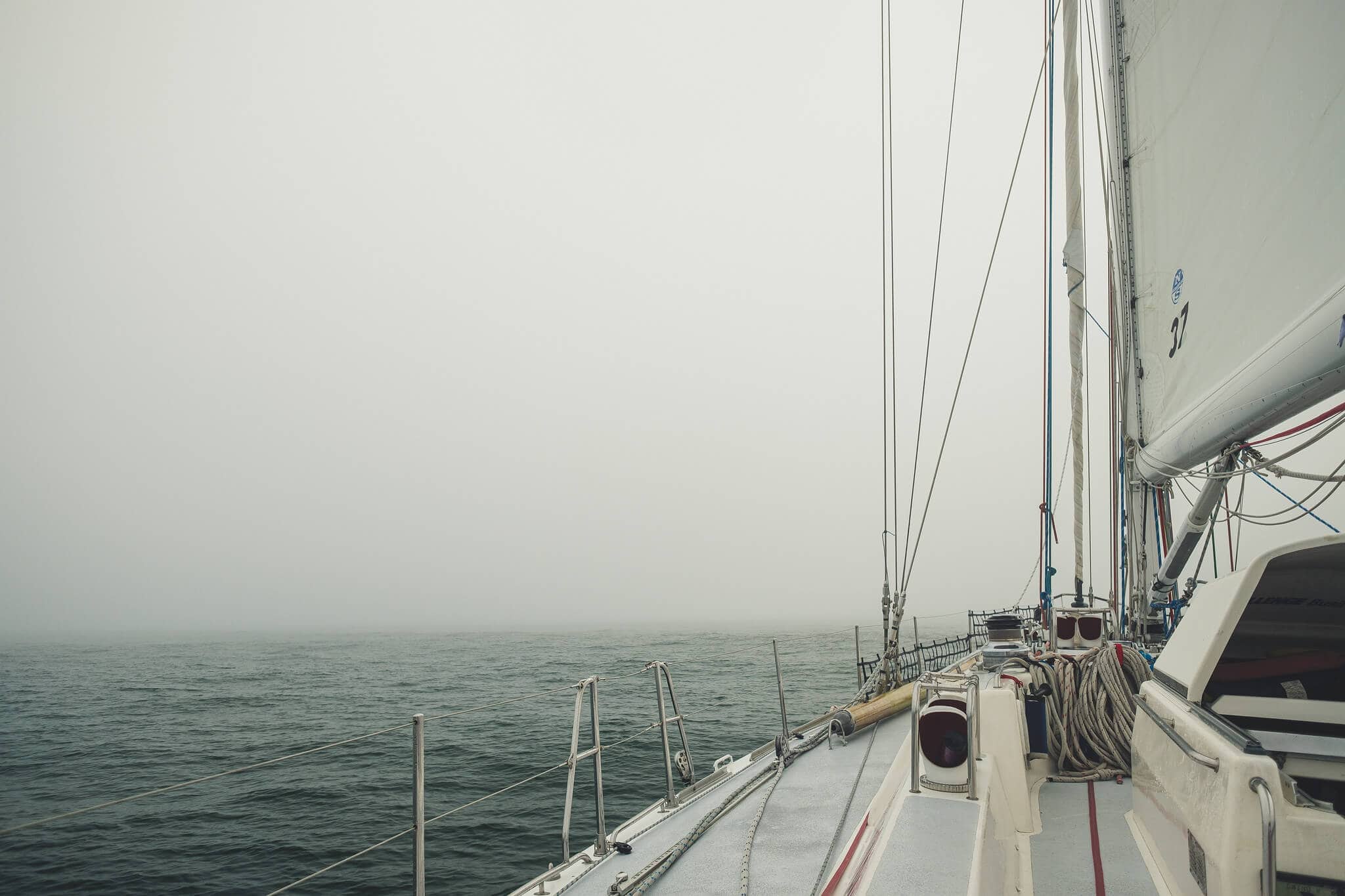
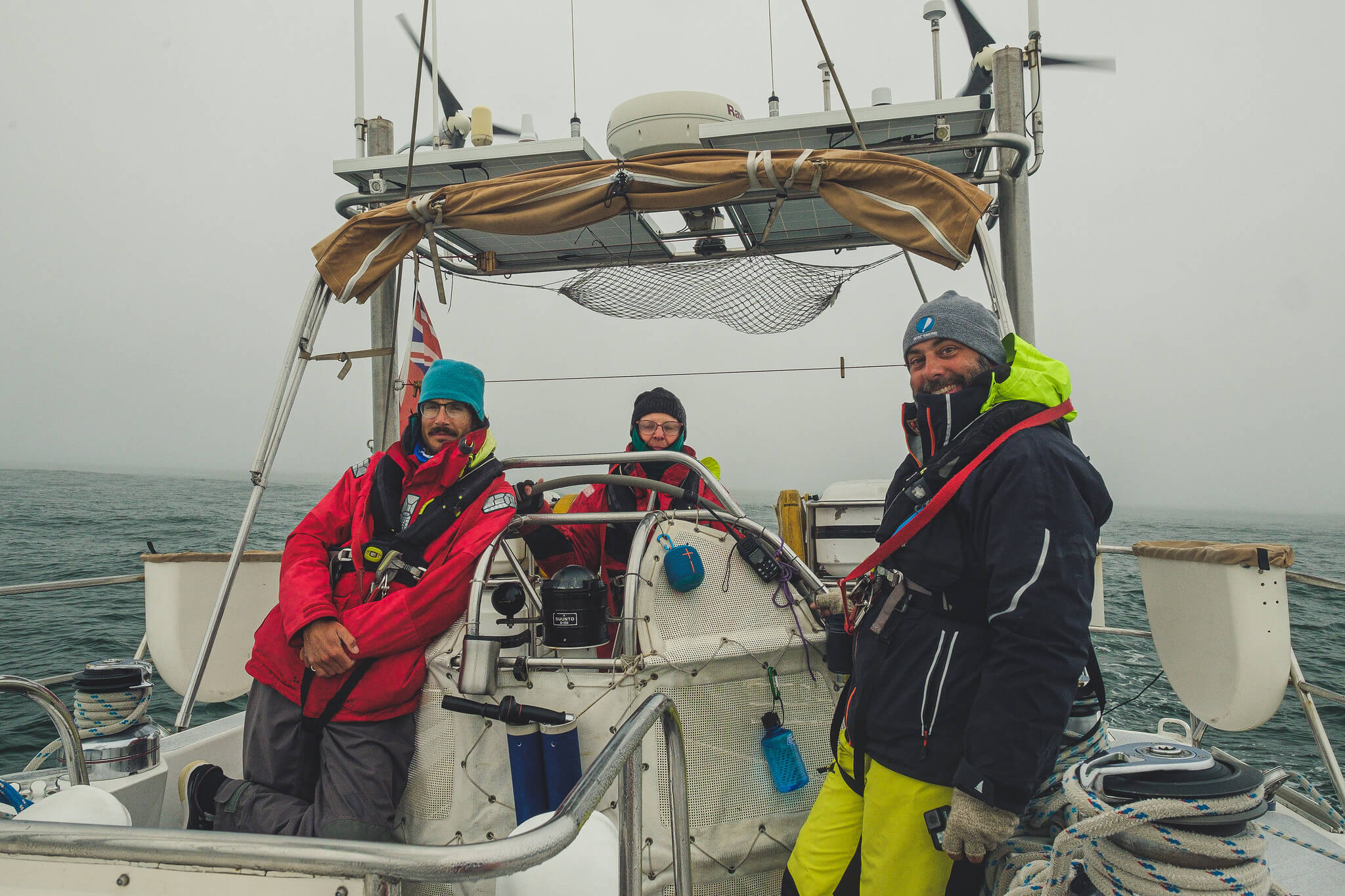
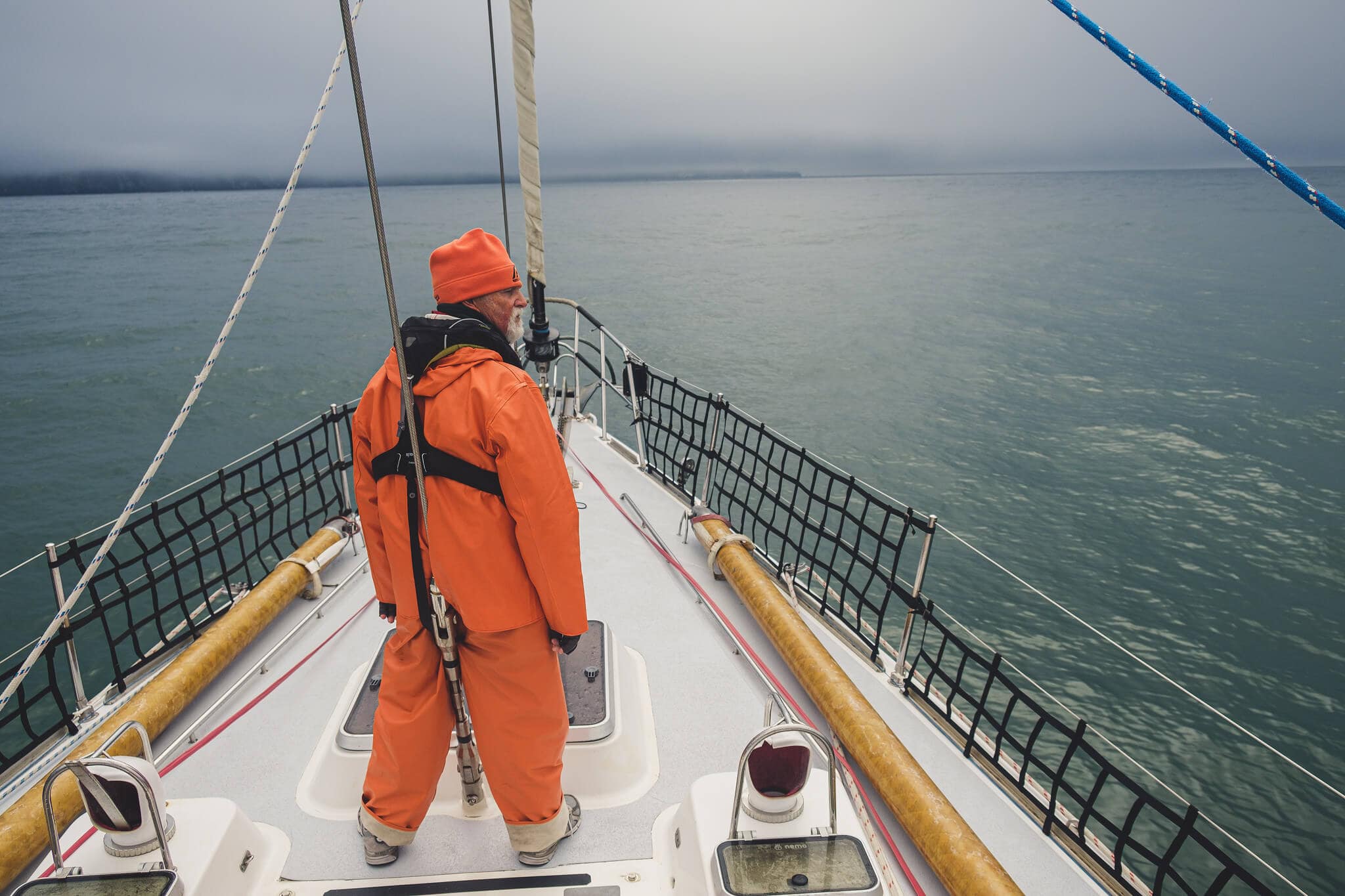
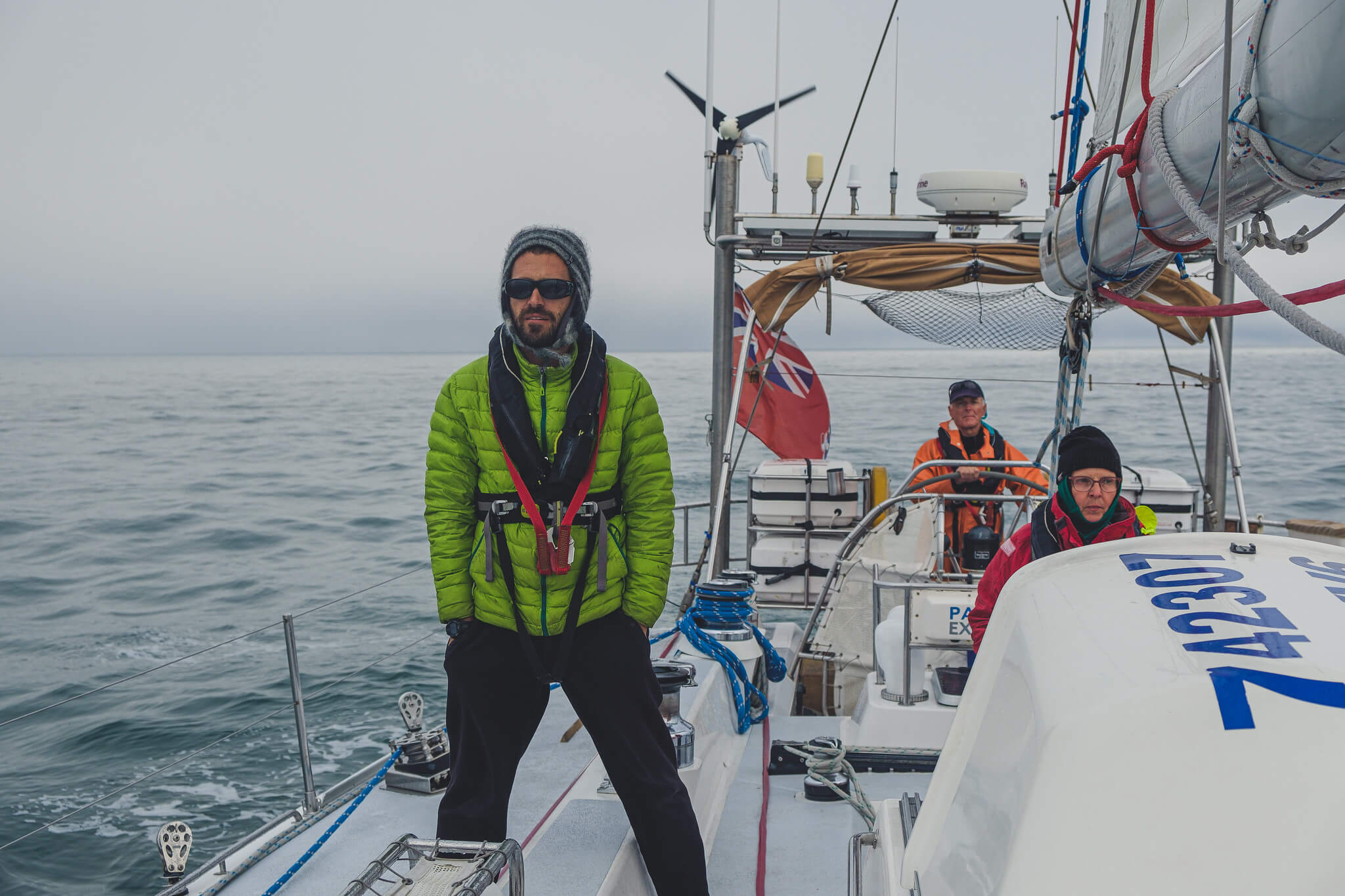
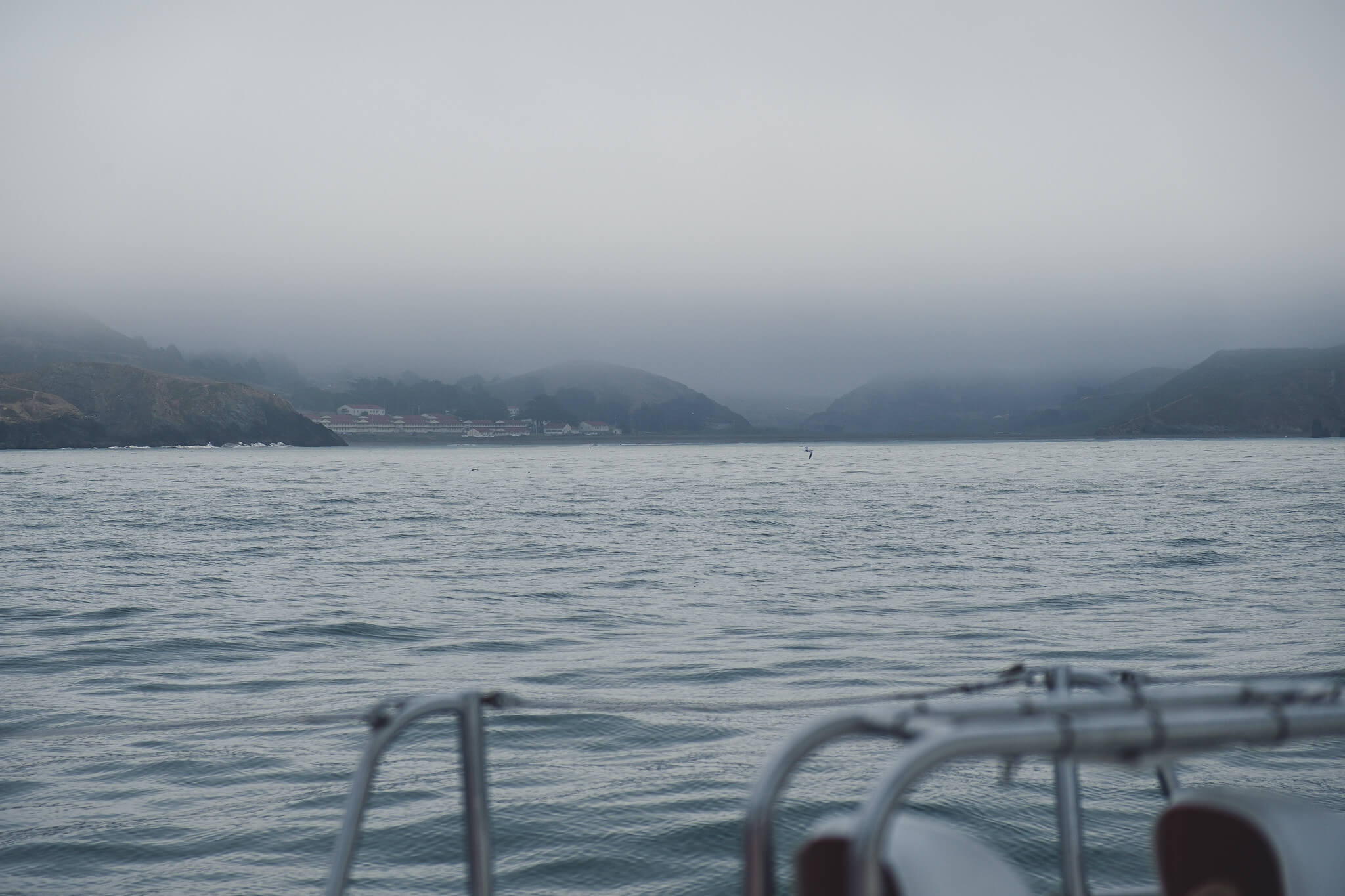
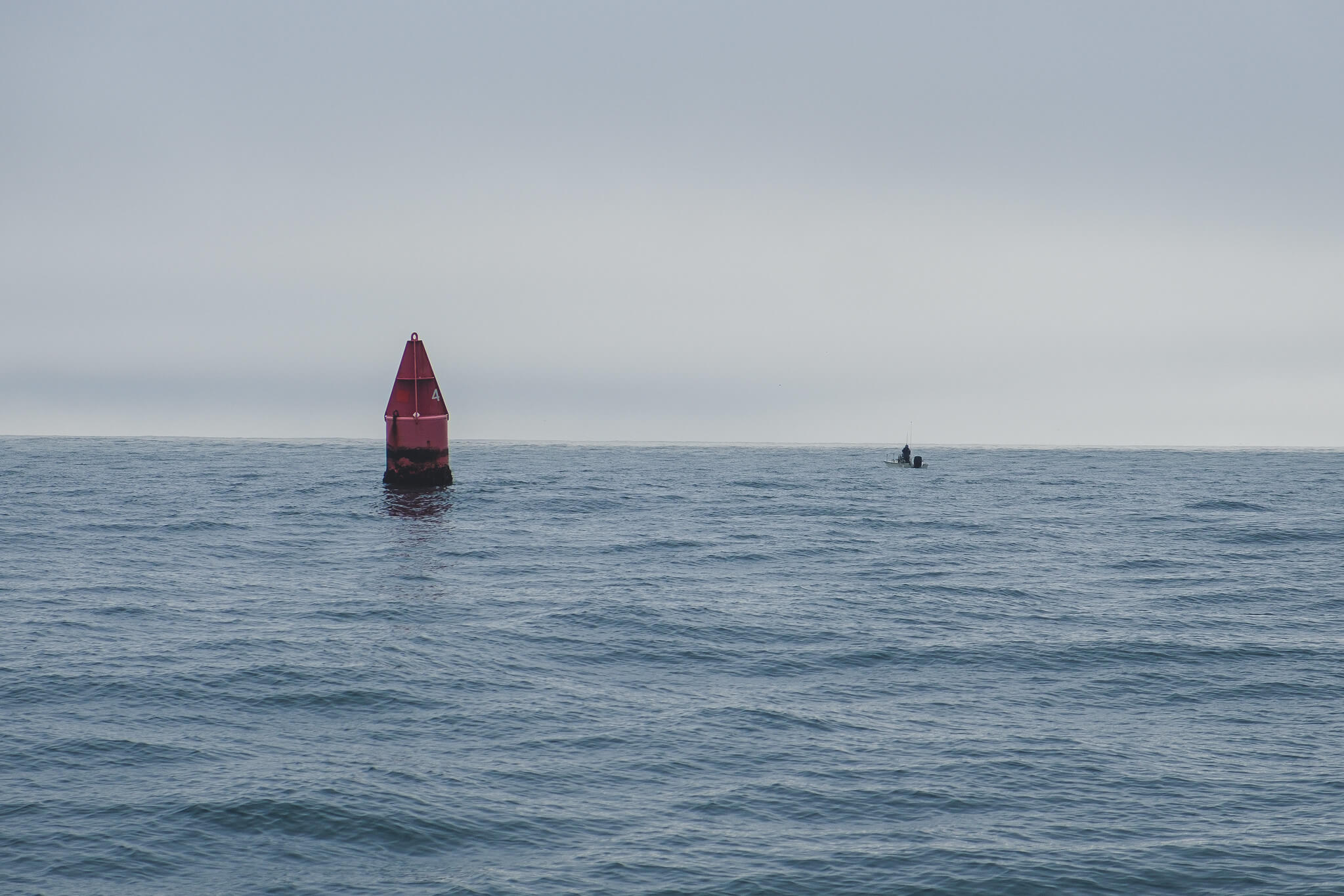
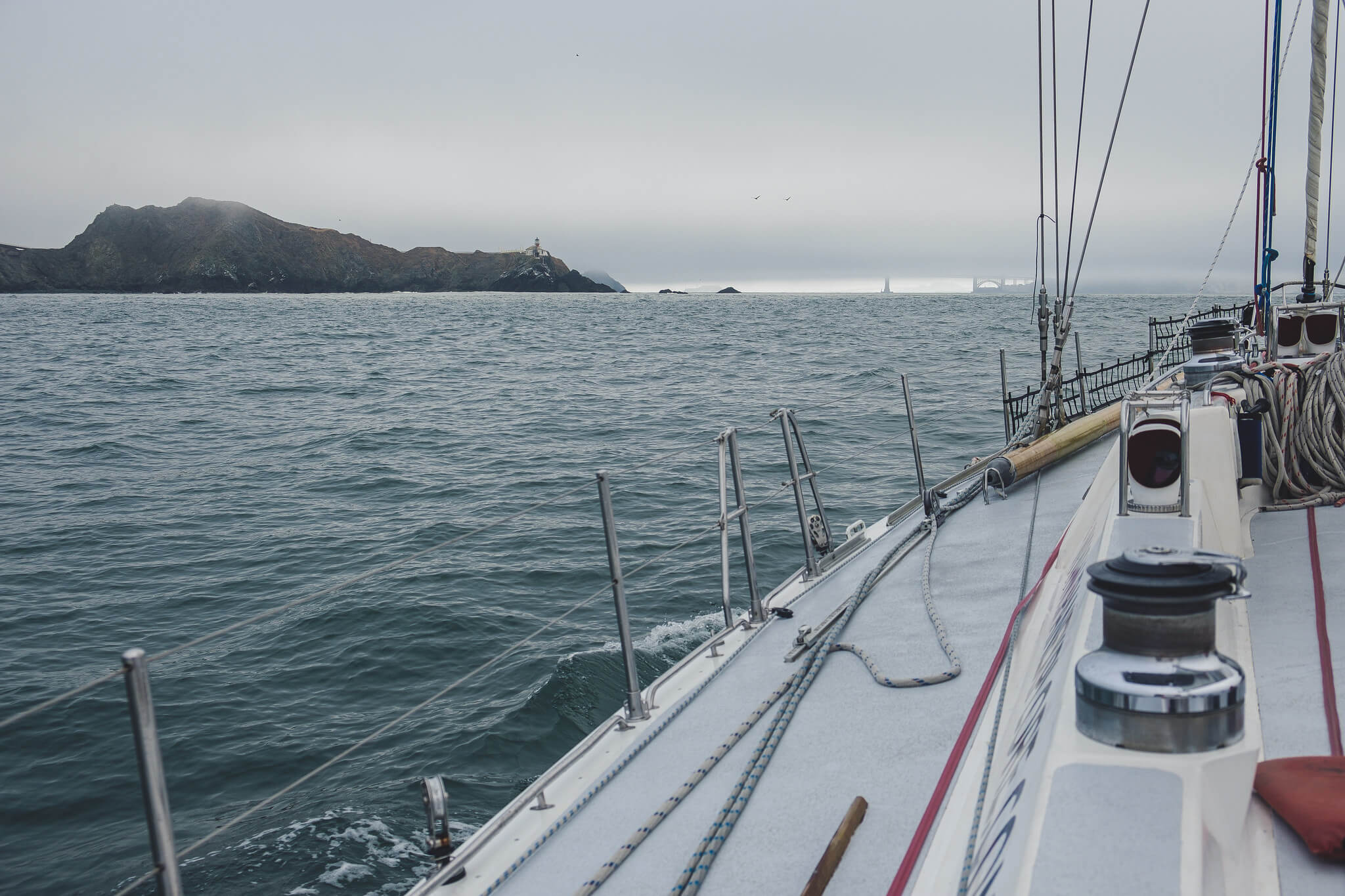
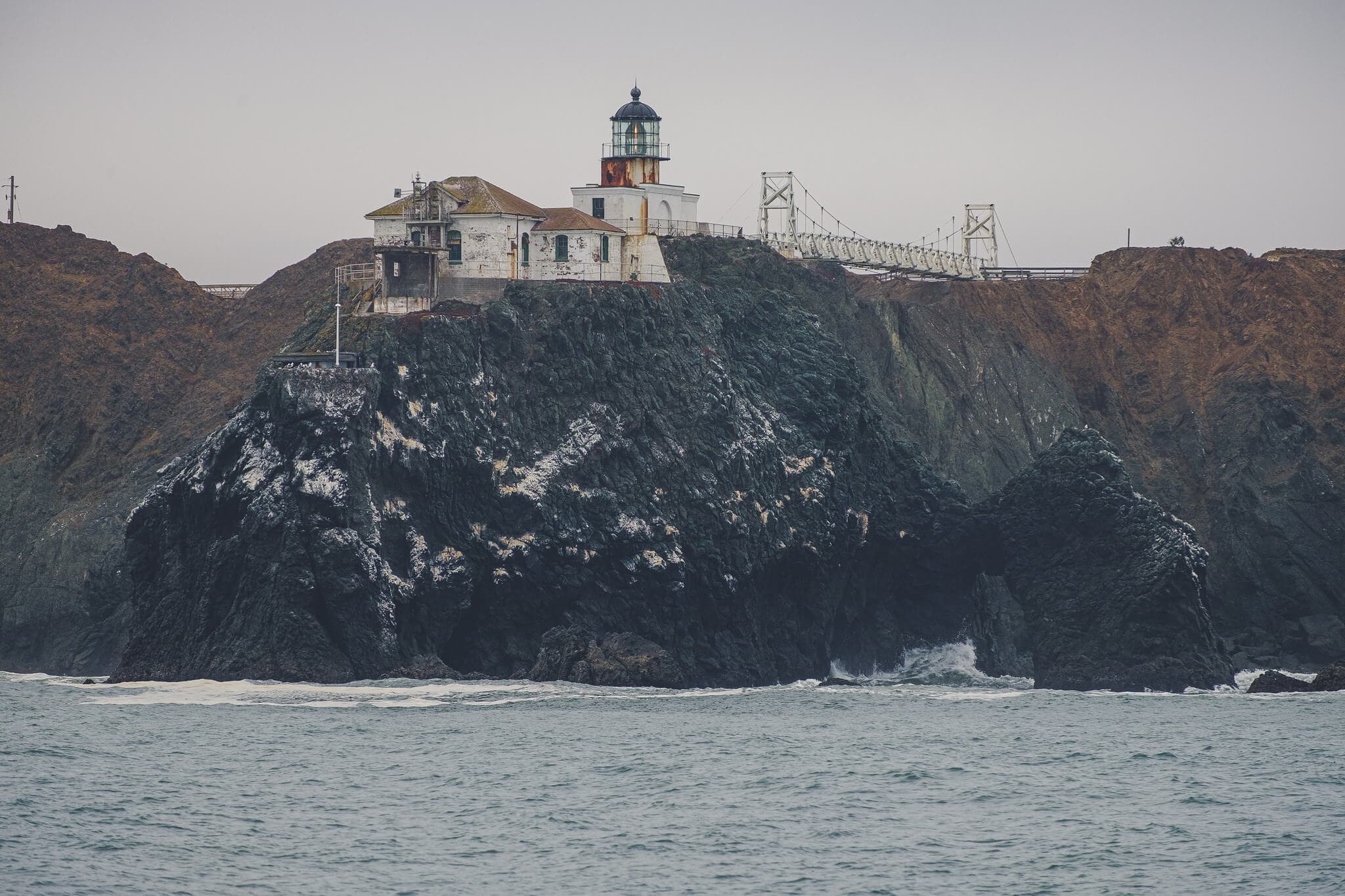

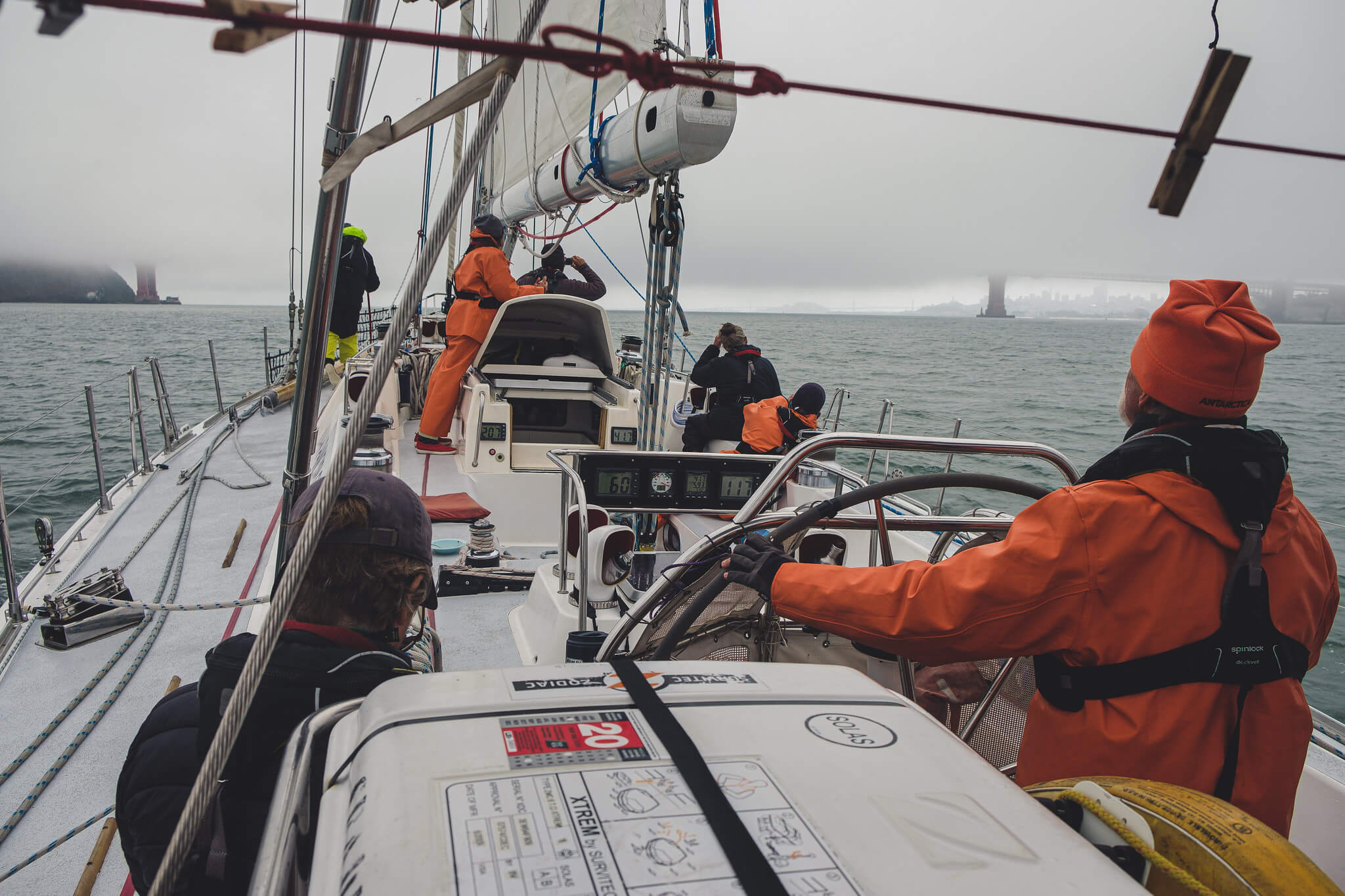
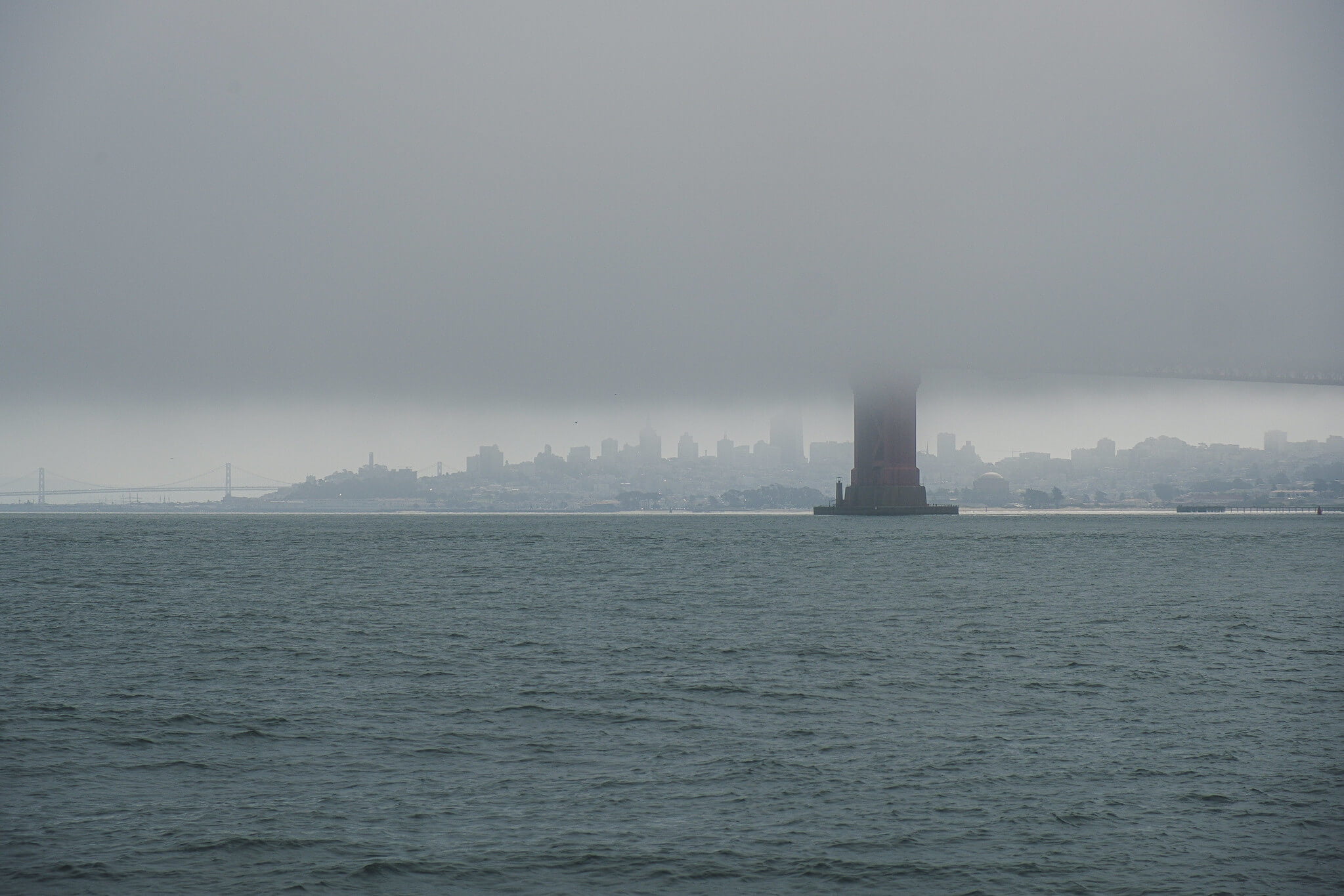
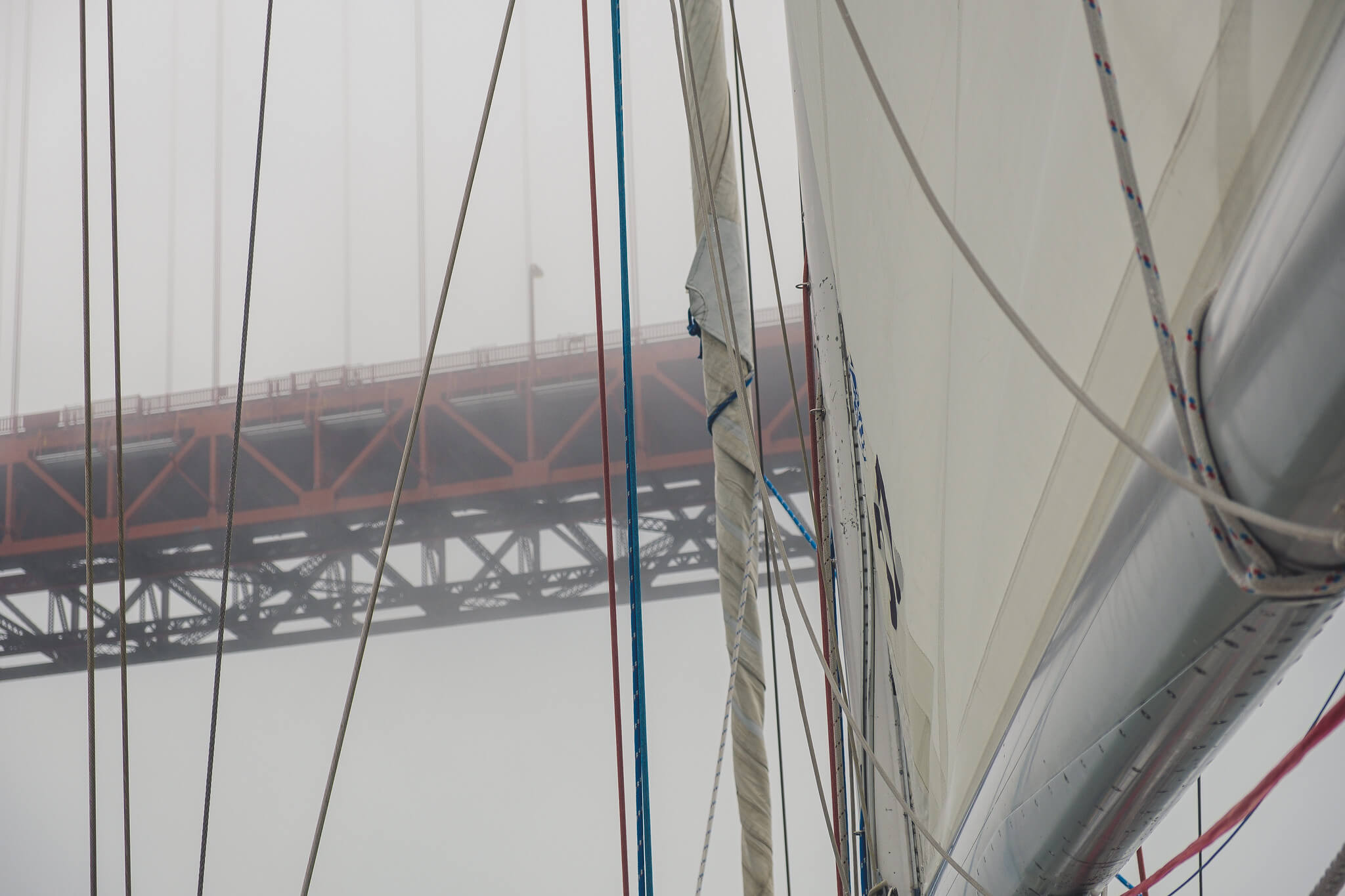
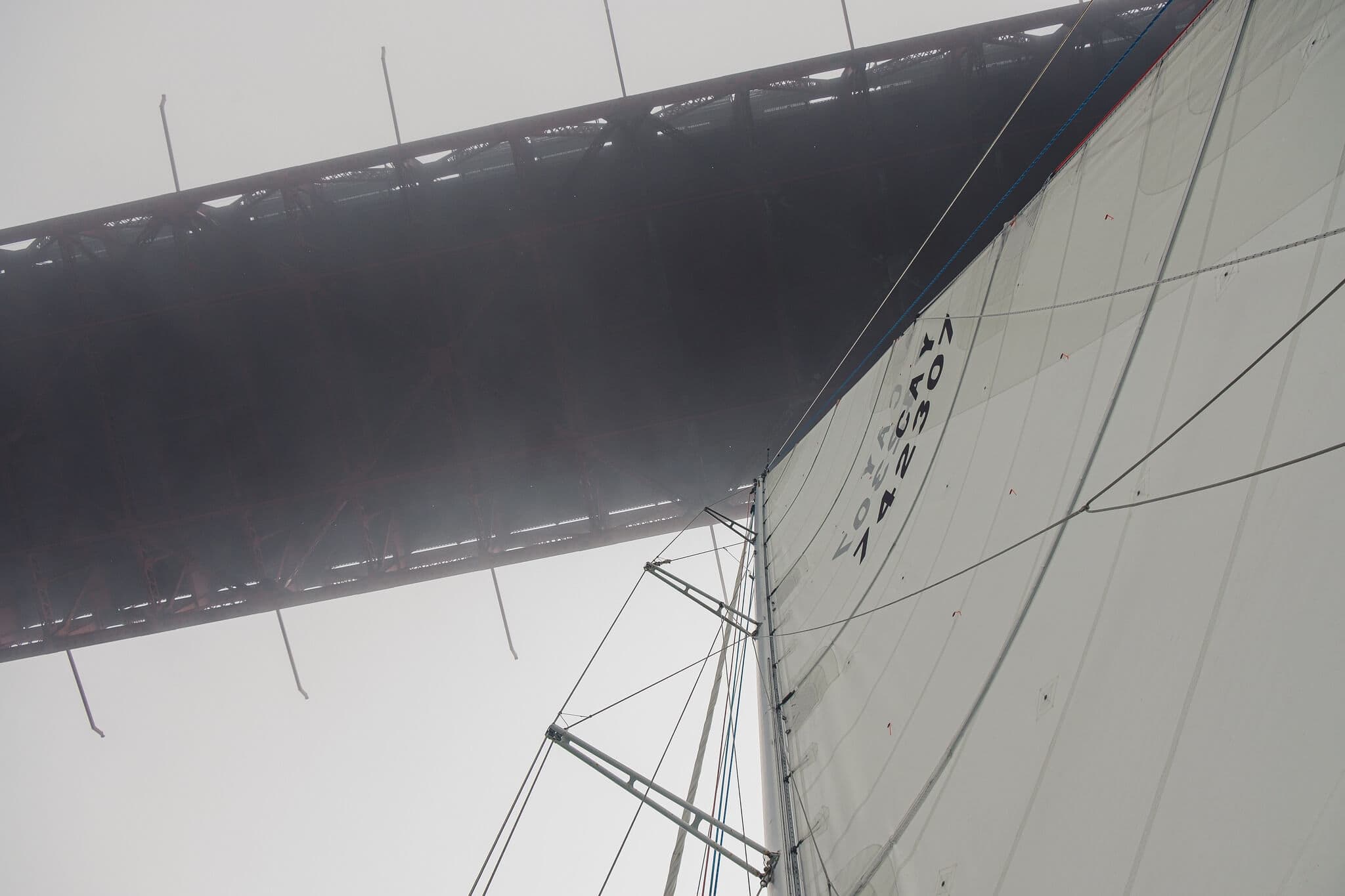
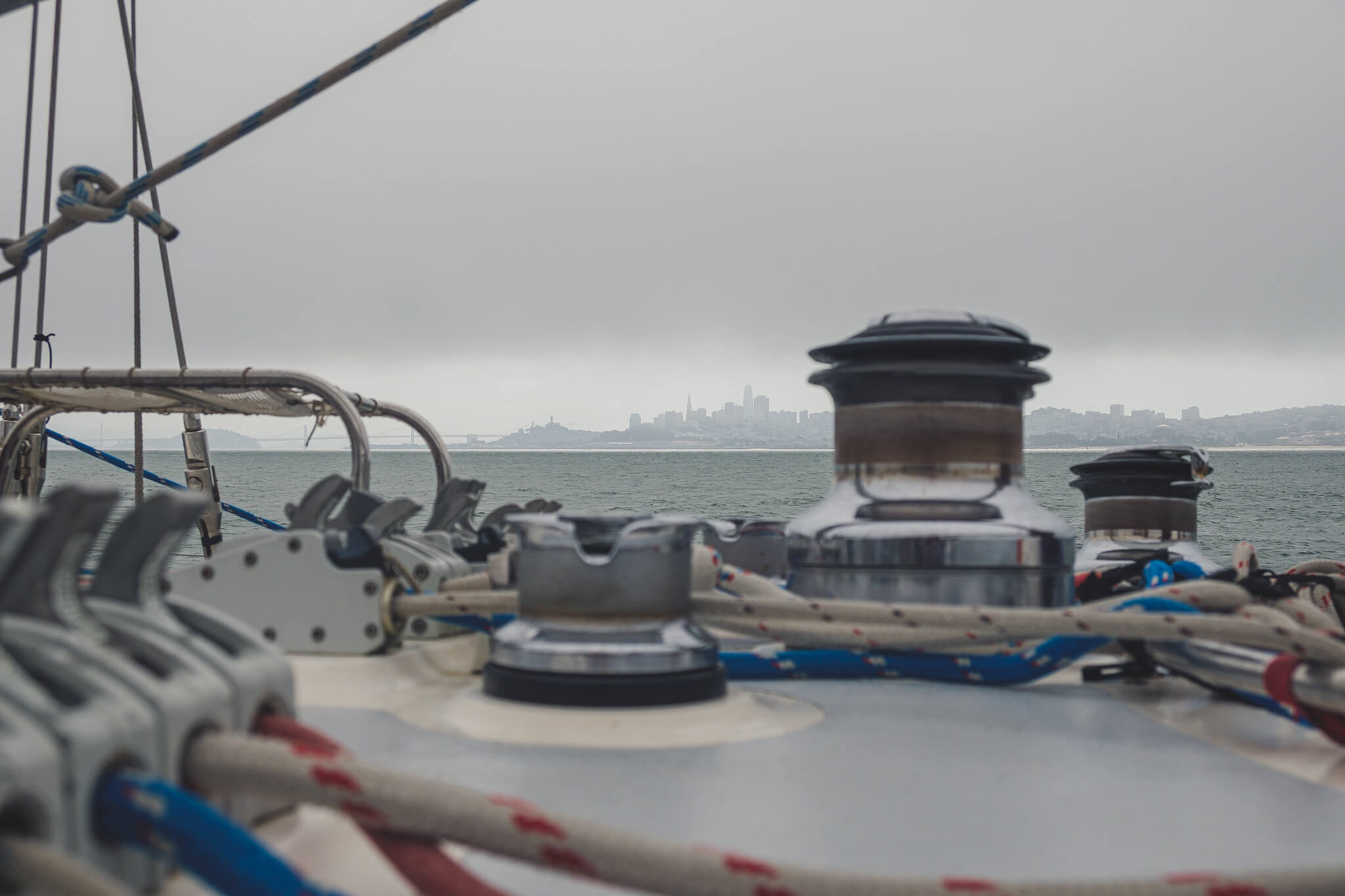
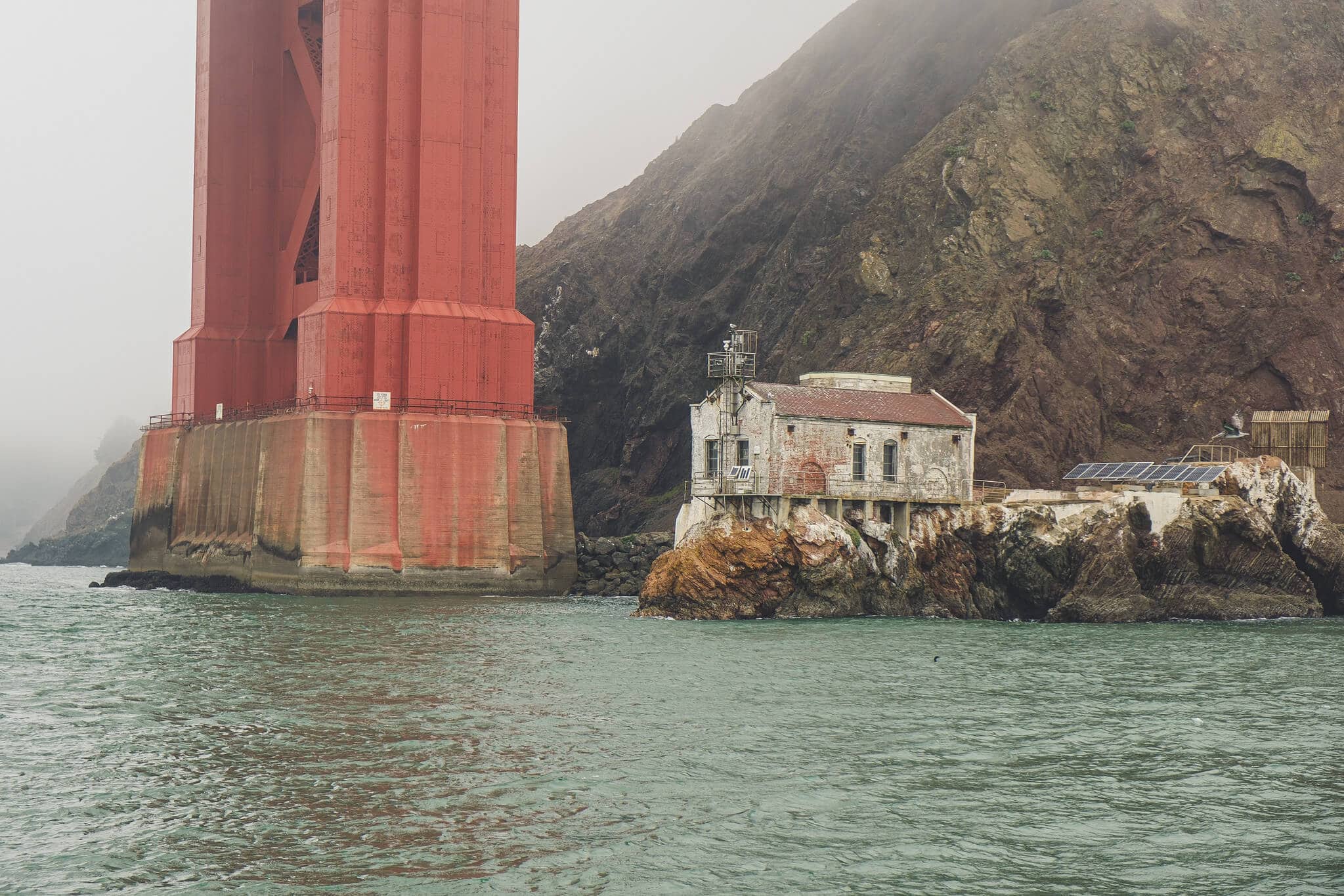
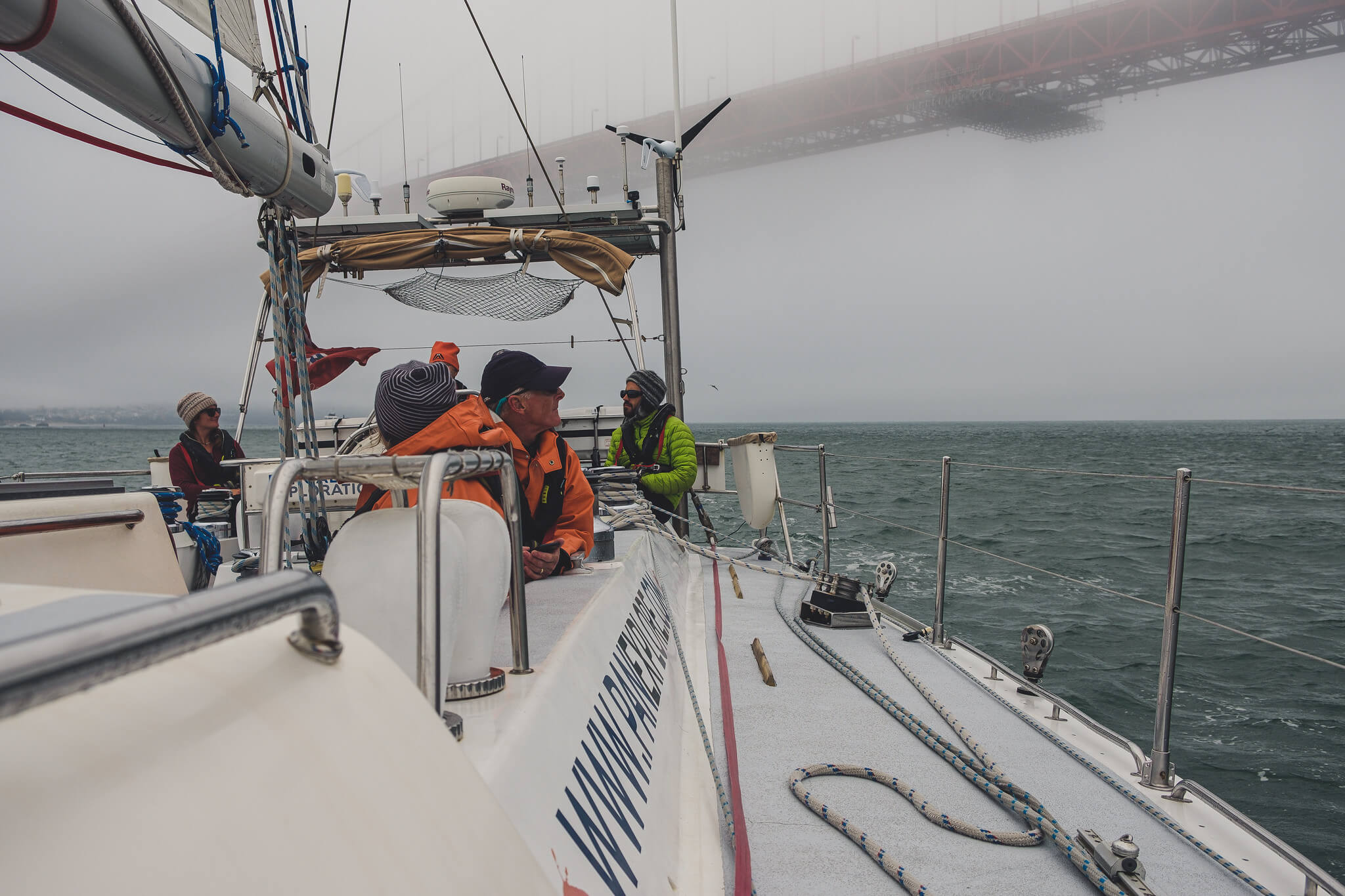
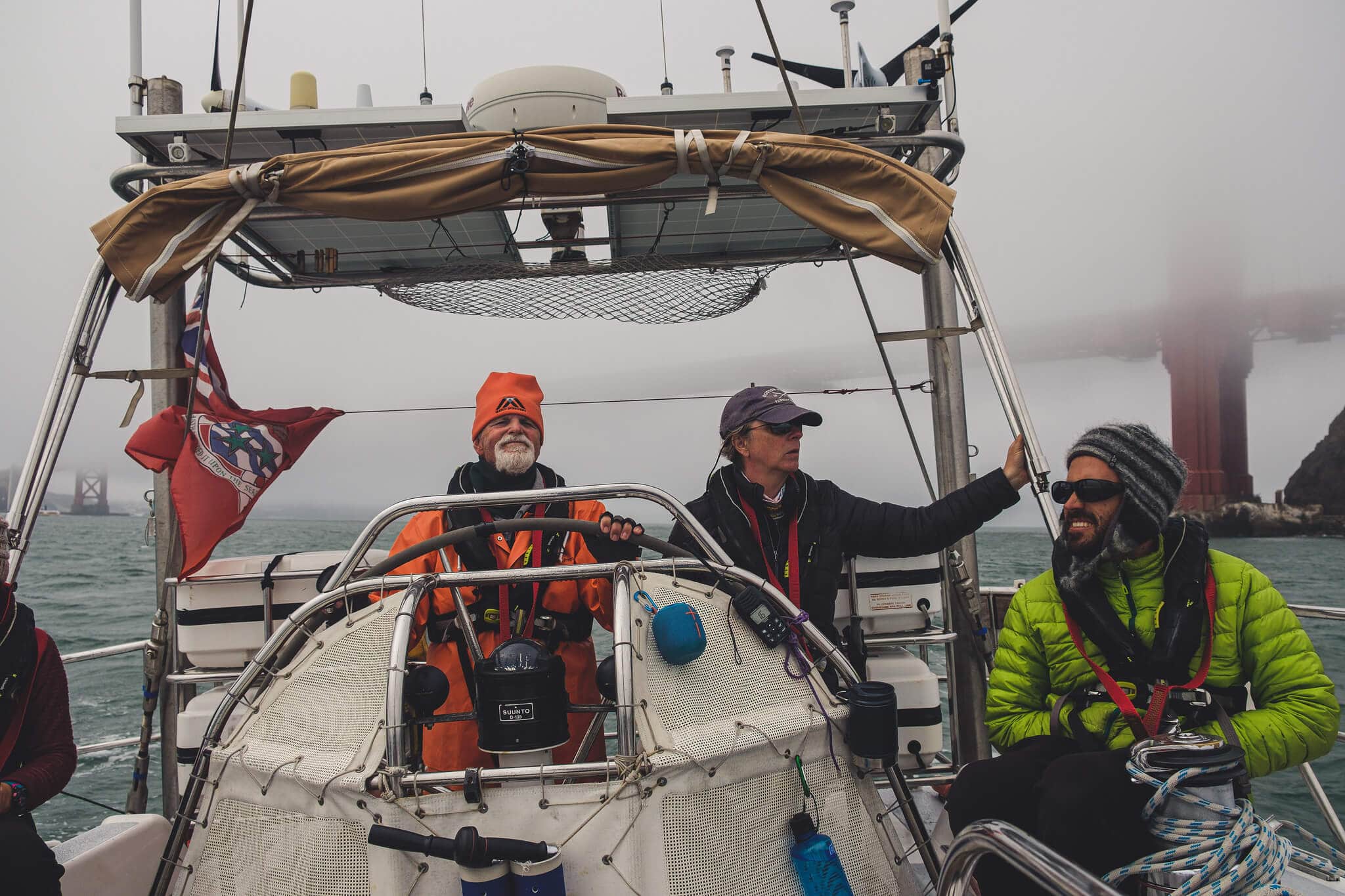
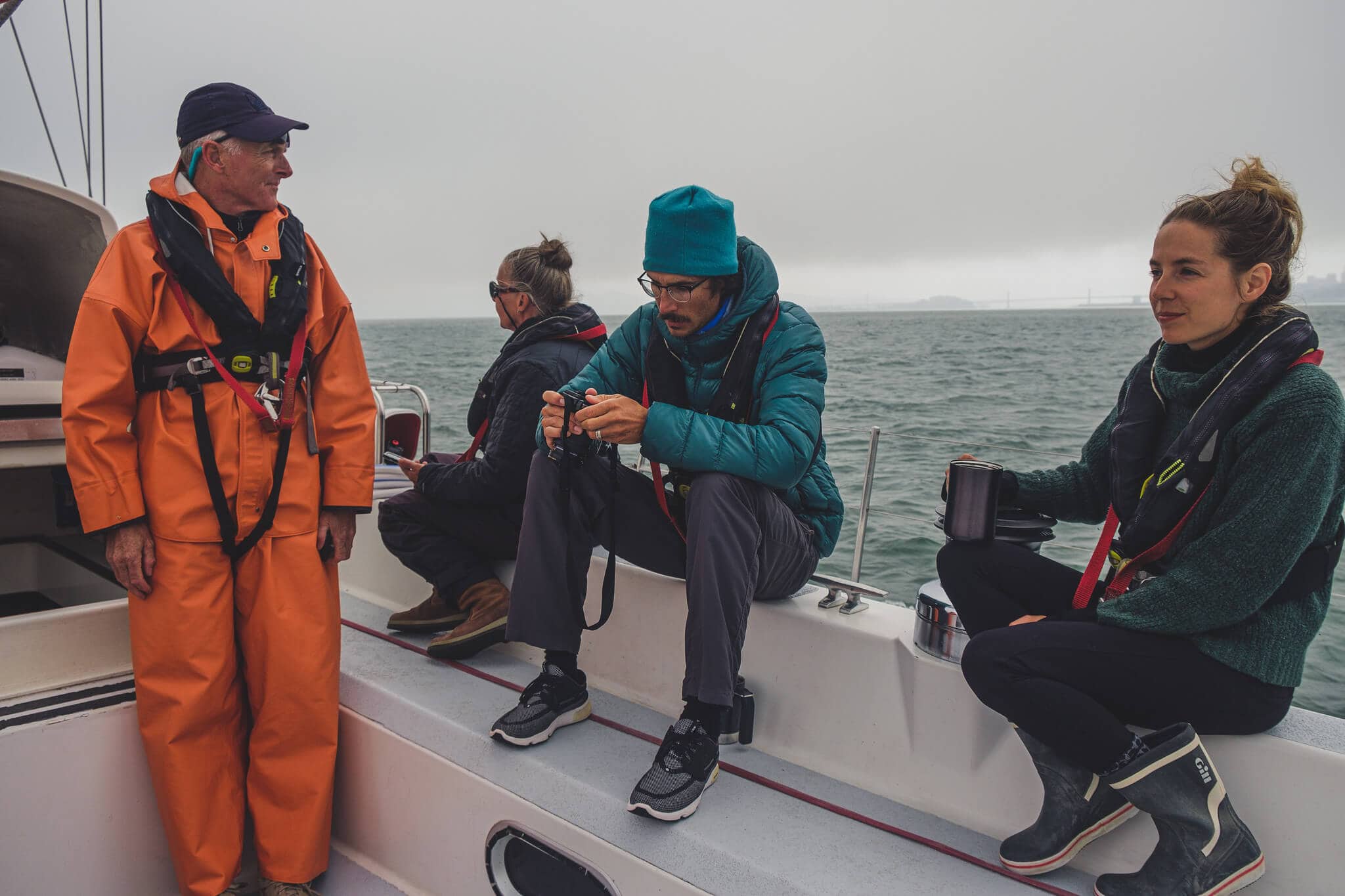
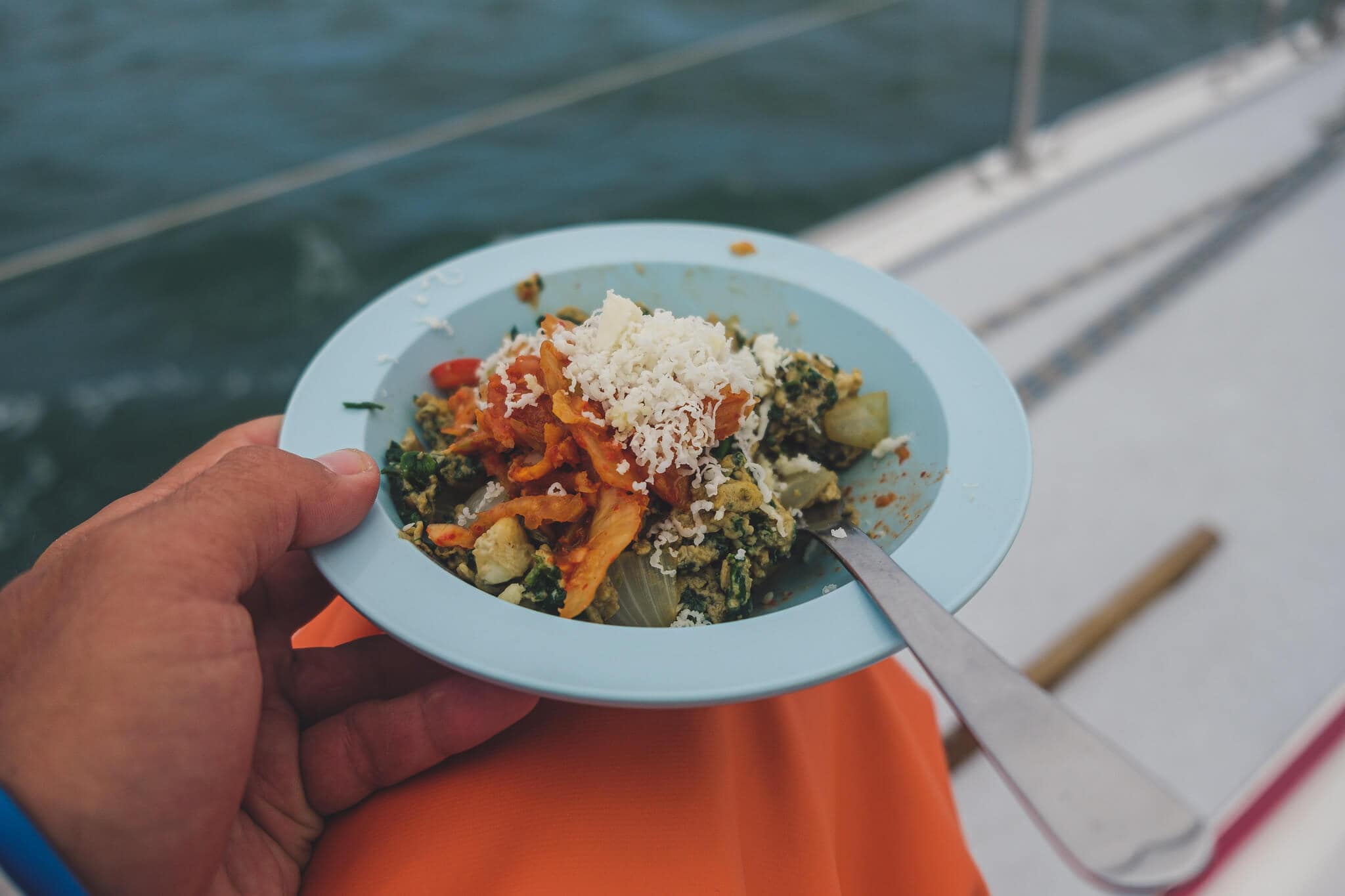
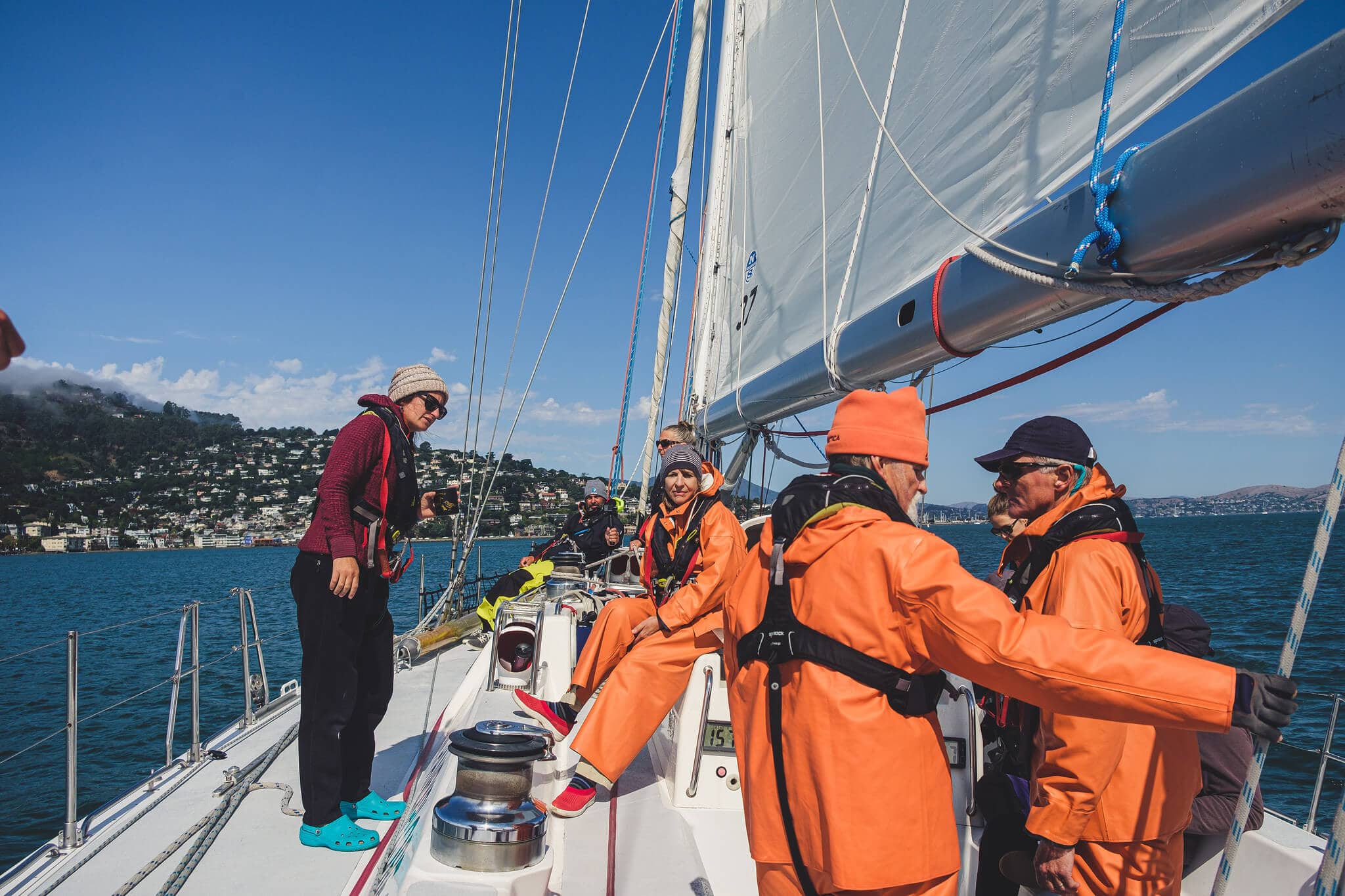
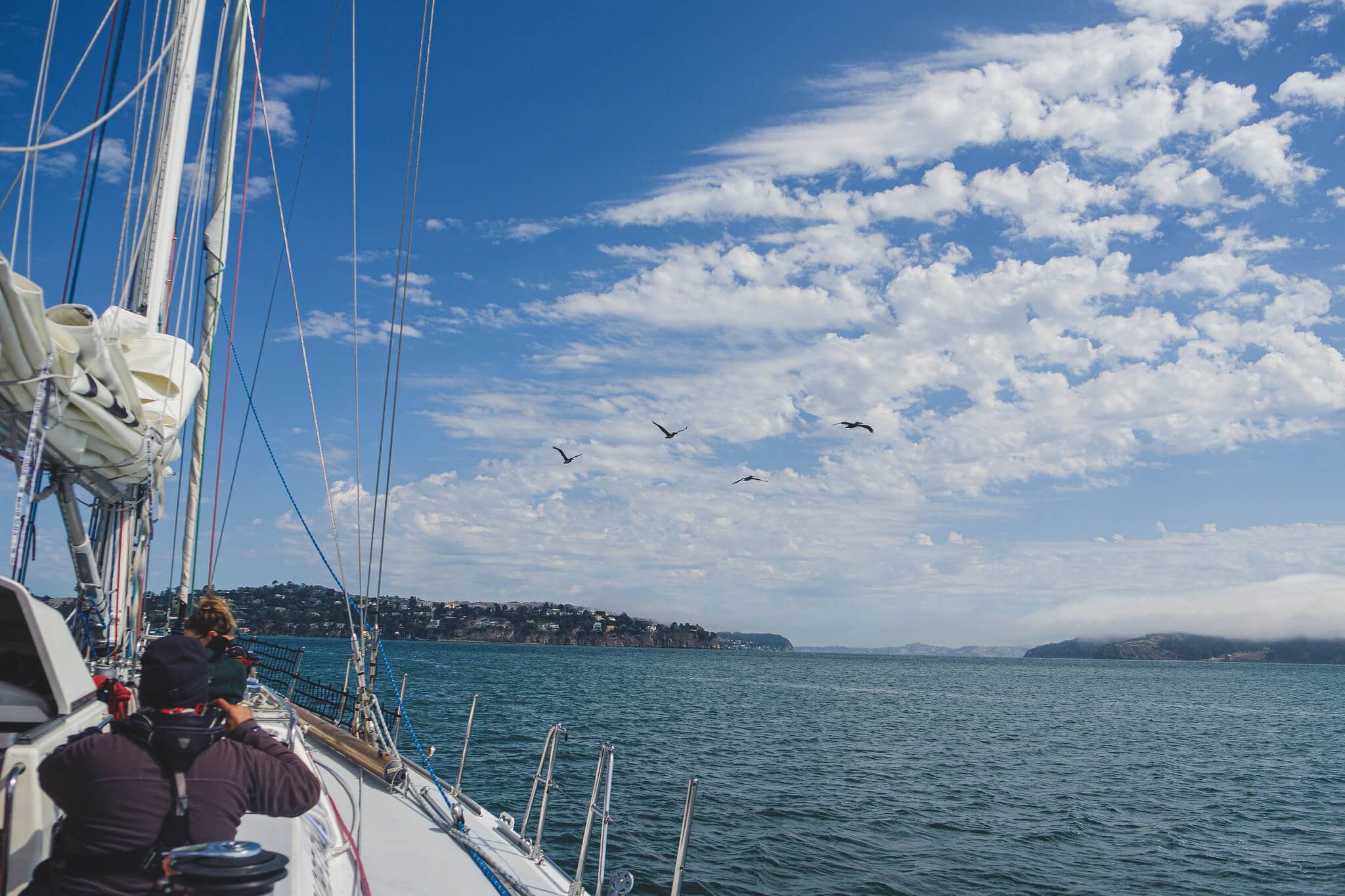
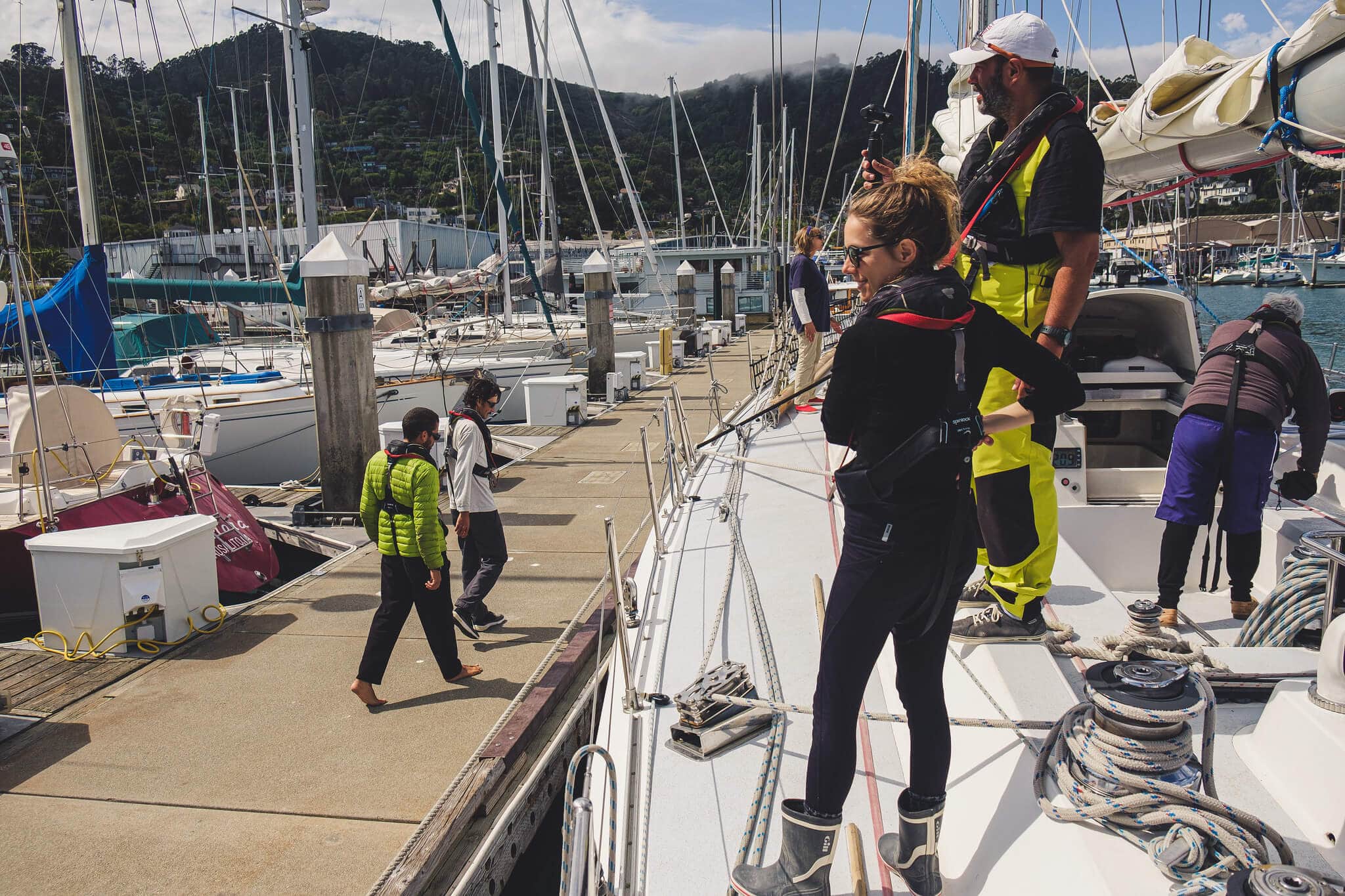
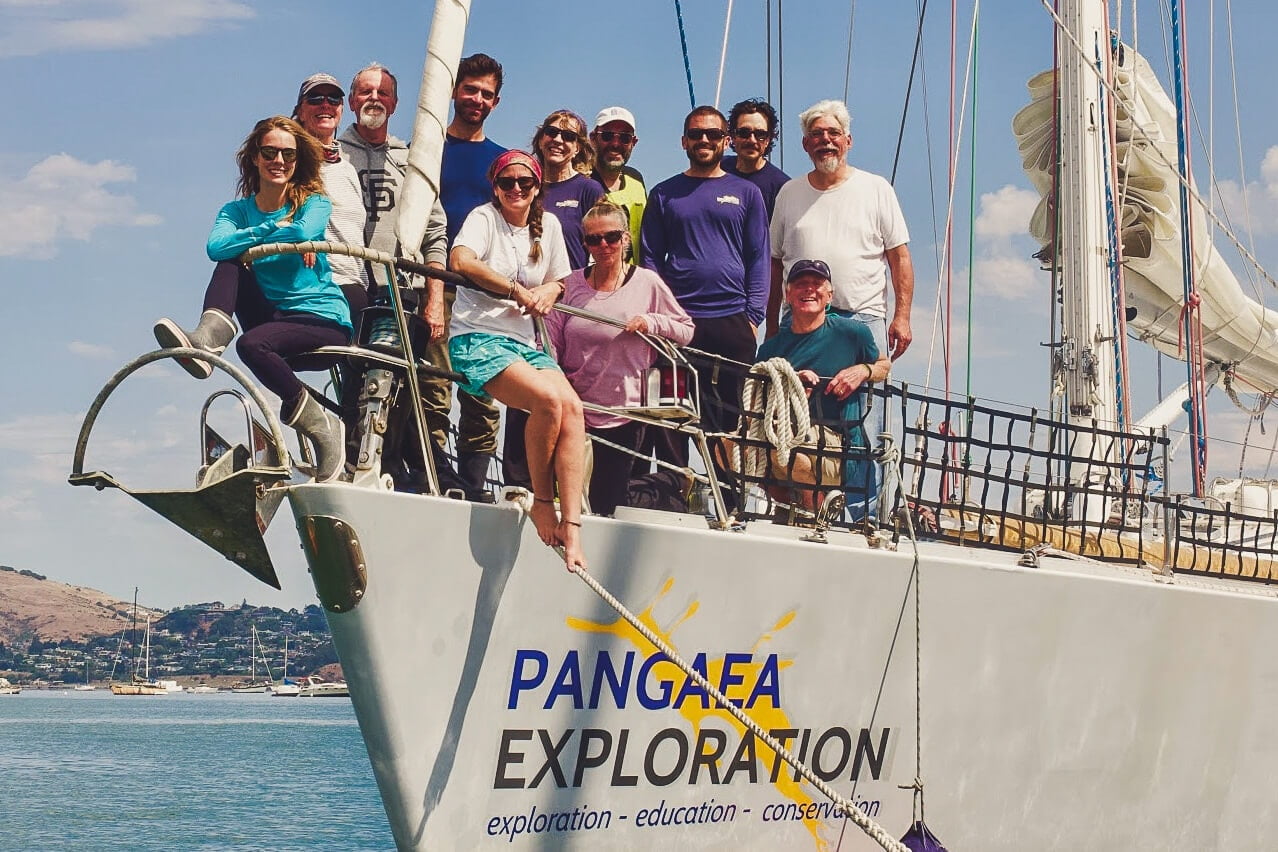
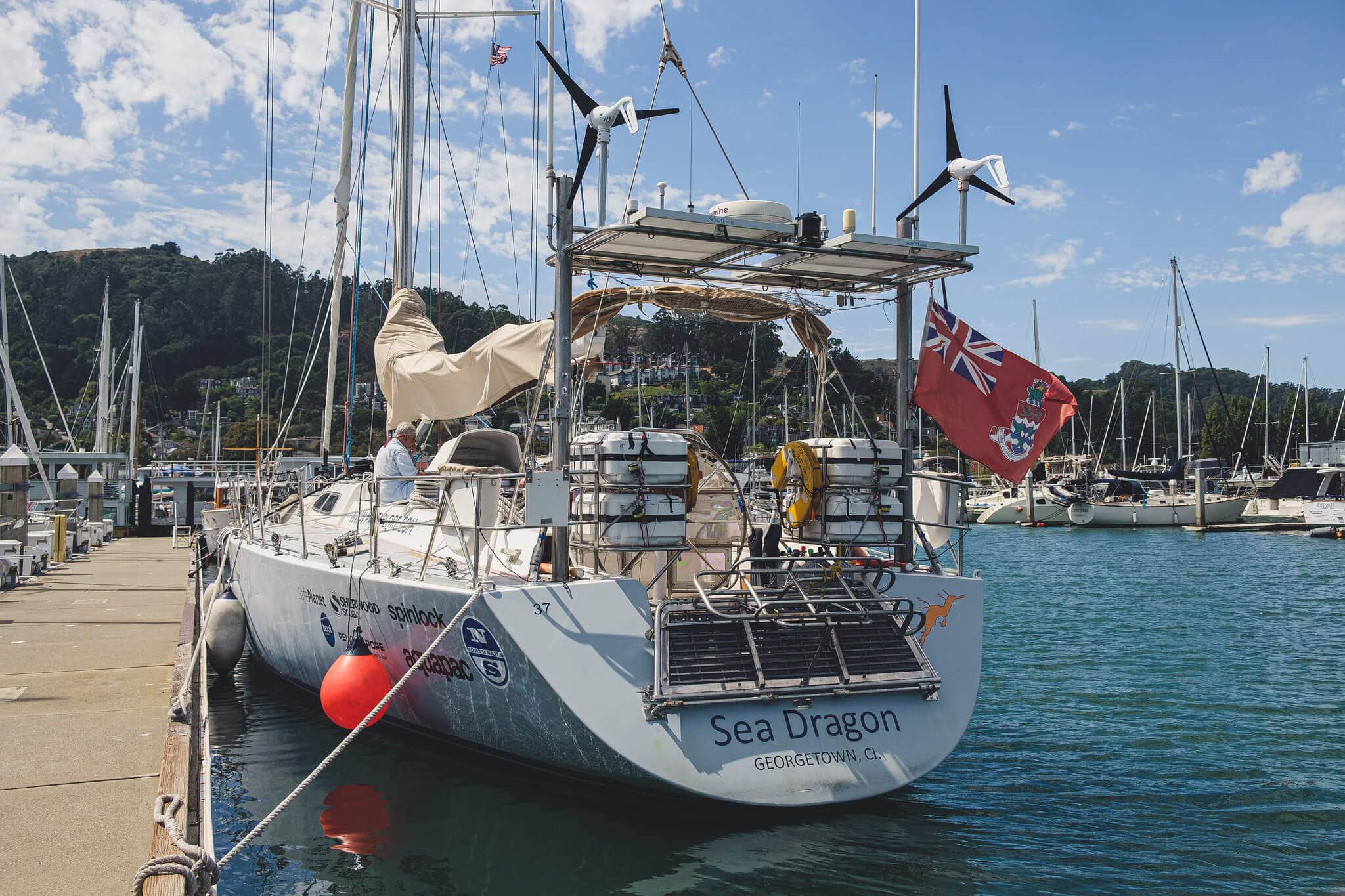





















Poet’s Cove! Epic Orcas!! Thank you for sharing.
Amazing photos and a great read! Thank you for sharing! Those dolphins!
awesome blog of an awesome sail, thanks for sharing!